

20 STEM Projects That Are Great for Middle School
Krystal DeVille
August 24, 2024
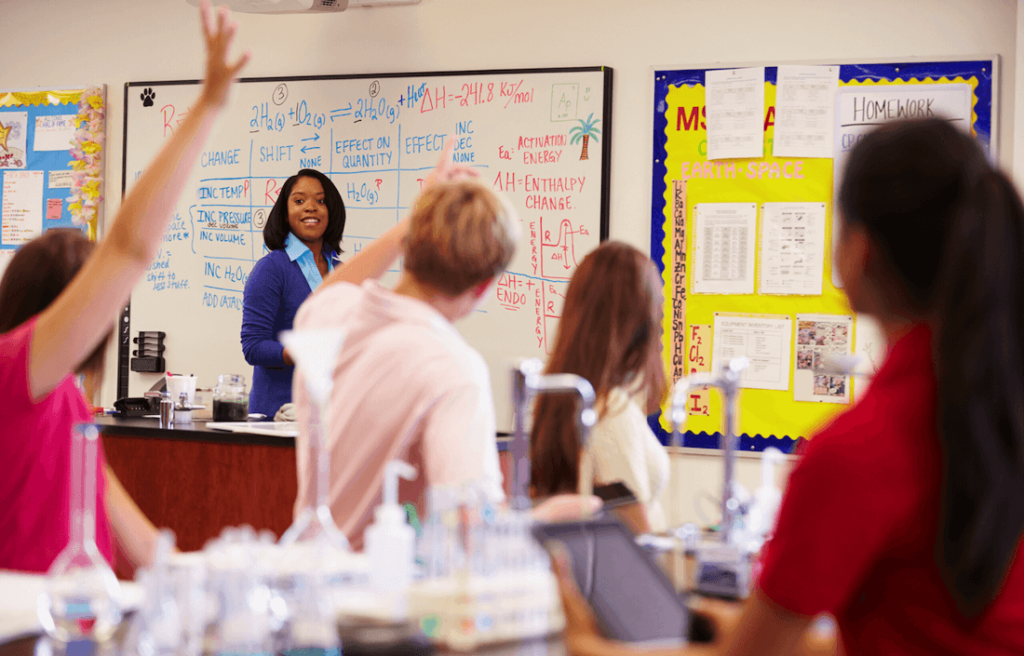
STEM projects allow middle school students to explore science, technology, engineering, and math in fun and hands-on ways. Check out these middle school STEM projects and activities designed to enhance STEM education by engaging students in hands-on learning.
Pick which middle school STEM activities you want to try first.
Simply click the title of each lesson in the list to get the full lesson plan for these great STEM challenges that align with the lessons they are working on.
Alongside these projects, we also offer a variety of easy STEM challenges that can serve as introductory activities for beginners.
I’ve gone through all the educational subscription boxes for teenagers and put together the best ones in this resource, teenagers’ top STEM subscription boxes .
Table of Contents
STEM Activities for Middle School Students
1. i breathe what.
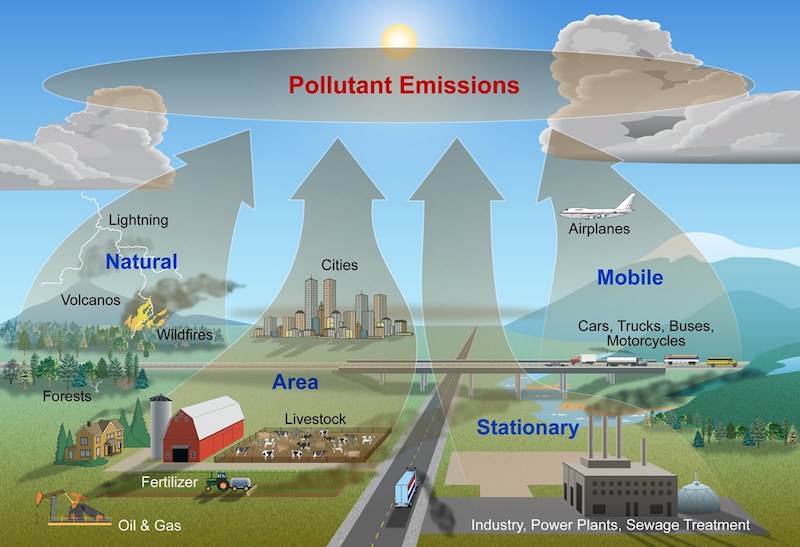
Students can improve their problem-solving skills and understanding of the scientific method by exploring air quality through pollen, dust, and particulates using their homemade ‘pollution detectors.’
They will hypothesize what causes the differences and explain why engineers look at the particulate matter when they observe air quality.
2. Design a Bridge
This is a classic to add to your middle school STEM activities.
It’s a fun way of using simple machines and various materials, students design bridges that can hold 100 pennies for 30 seconds without collapsing, teaching them fundamental principles of physics.
Review engineering concepts such as load and force with your classes before they get started. Consider using craft sticks as one of the materials, which are great for learning about weight distribution and structural integrity.
3. Spaghetti Soapbox Derby
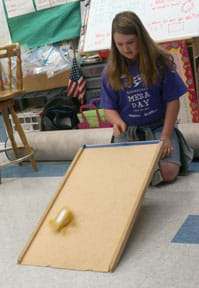
In this science experiment, pairs of students design, build, and test model vehicles made from dry pasta and hot glue. The goal is to roll along a ramp and coast as far as possible. This STEM activity focuses on using somewhat challenging materials in the best possible ways.
For an added challenge, students can use rubber bands to enhance the propulsion of their pasta vehicles.
4. Trail Planning Using Topographic Quadrangle Maps
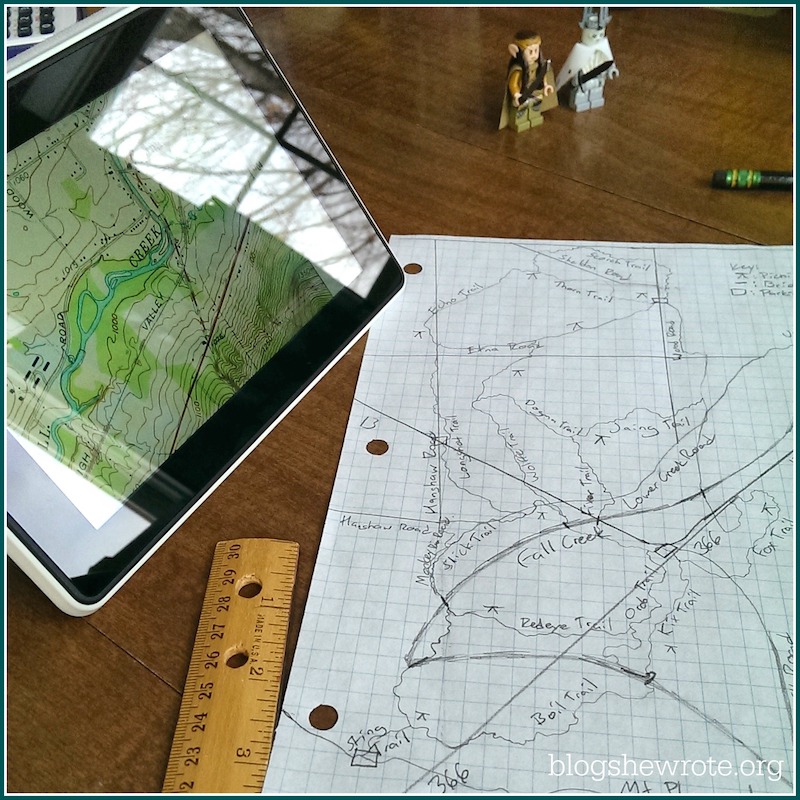
This earth science activity first calls for familiarity with US Geological Survey quadrangle maps. Working within set guideline requirements, students then use these maps to design a good route for a new recreational trail.
5. Bikini Bottom Genetics
Students apply an understanding of genetics in an analysis of sea creature genotypes that live in SpongeBob SquarePants’ neighborhood. Using Punnett squares, they predict the traits of offspring.
6. Design a Wristwatch for the Visually Impaired
Help your students review the engineering design process. They will then research, model, test and evaluate wristwatches for individuals with visual impairments as an exercise in applying engineering skills in the areas of bioengineering and biomedical engineering.
Take a look at our review of Groovy Lab in a Box . It’s hard to convey, but after reviewing about a dozen educational STEM subscription services, Groovy Lab Box has the most well-thought-out lesson plans!
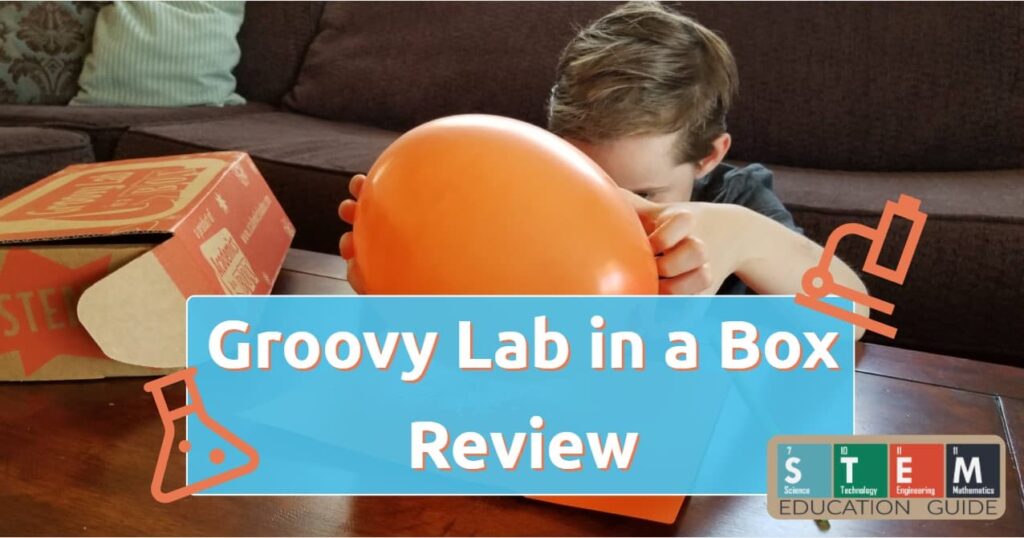
7. Use Your Shoe!
Teachers collect shoe size data from the class.
As a group, they use the data to determine the mean, median, and mode. Students then use that information to make inferences about average shoe size and broader populations.
This STEM activity provides a review of how to calculate mean, median, and mode, along with methods to make inferences based on the sample.
While this article focuses on middle schoolers, we also recommend fun and educational STEM projects suitable for elementary students .
8. Mission to Mars
Following a storyline, task your students with completing various STEM challenges, including understanding chemical reactions through a Coke and Mentos experiment as part of a Mars emergency.
Teamwork, engineering design, and the use of science topics in real life are all addressed.
9. Snack Time!
Using nutritional information labels from various packaged foods, students will organize and describe that info to show the data in a box-and-whisker plot, bar graph, and pie chart.
This activity touches on both math and science standards.
10. No Valve in Vain
Teams of students employ the engineering design process to use tape and plastic tubing to create heart valve models. For this activity, the class reviews the engineering design process and the workings of a one-way valve.
For older kids, particularly high school students looking for more advanced challenges, please check out our article, The Best Science Sets for Teens .
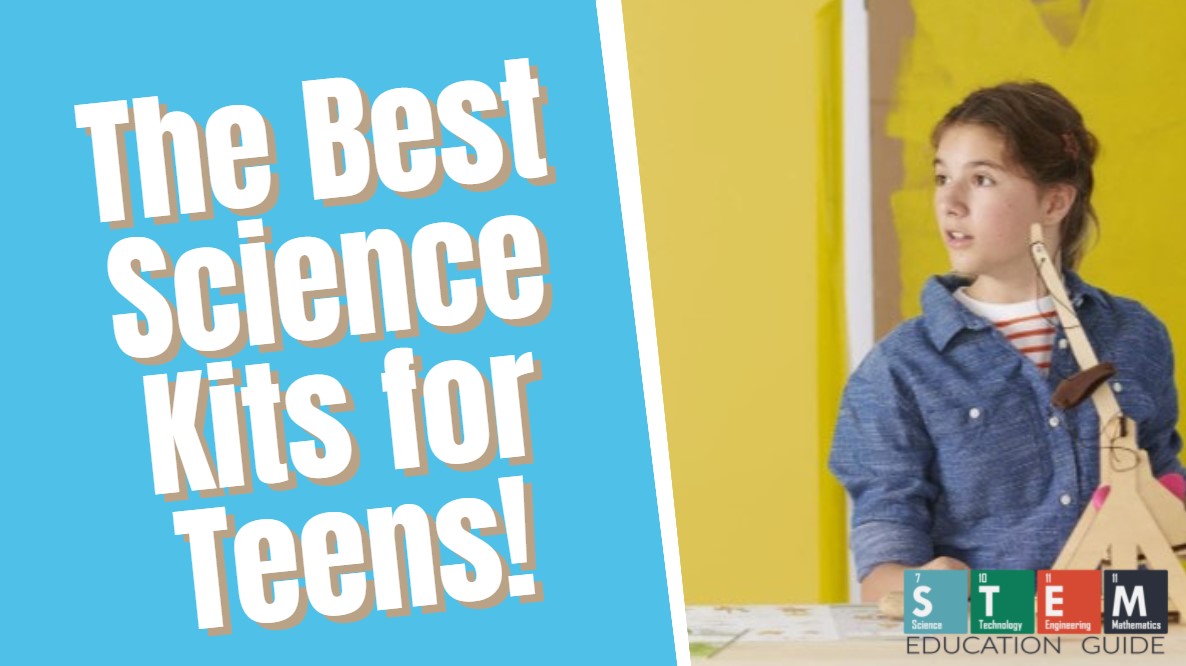
11. Marble Speed Traps with Lego Mindstorms
Students review the formula for velocity . Using drag and drop programming, they code the speed traps to measure the distance between the sensors and time it takes the marble to travel between them.
They design the course, write the code, convert units, evaluate, and make changes as needed.
12. The Million Dollar Project
Students imagine inheriting and spending 1 million dollars with specific guidelines of how they may use that money. They research on the internet, record all purchases, learn to write checks, and track all their spending, which reinforces various mathematical concepts.
13. Explore the Law of Inertia using a Fidget Spinner

Review the equations for torque and inertia with students. By removing lights (weight) from spinners, they can explore how the amount of time the device will continue spinning is affected by the mass.
14. Backyard Weather Stations
Working in groups, students describe the current weather and predict future conditions by observing cloud formations. They design backyard weather stations that could gather data for actual forecasting. Technologies for forecasting would be explored, along with weather basics.
15. Leaning Tower of Pasta
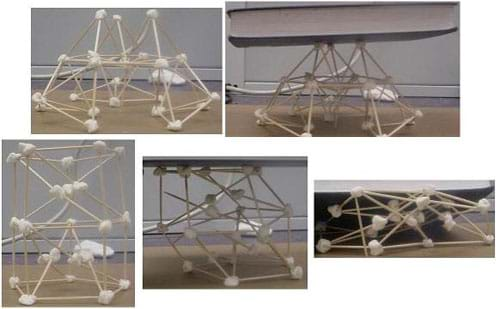
Review compression and tension in structure stability with your class. Students use math and engineering concepts to design and build structures with long, dry spaghetti and marshmallows, to find which ones can withstand the largest amount of load.
16. Cleaning the Great Lakes
What better way to understand environmental science than by having students use limited materials to discover how to filter pollutants from dirty water? Teachers may use this challenge activity along with earth science units about water pollution or those concerning local lakes.
17. Soil Biosolarization: Sustainable Weed Killer
Serving as agricultural engineers, students explore the effectiveness of this sustainable weed control technique that uses organic waste instead of poisons.
By using seed starter pots, they plant “weeds” and test the use of organic matter, like oatmeal, to see if it kills the weeds, assessing the impact of products and systems.
18. Renewable Energy: Power Your School
In pairs, students use real data to assess the possible use of solar or wind power generation at their school.
Using science, math, and engineering concepts, they explore the differences between these two methods, use maps for an analysis of potential, and look at factors related to the feasibility of renewable energy at their location.
19. Generate Your Own Ocean Currents!
Encourage critical thinking and understanding of real-world applications as students design and construct ocean models to study wind-driven currents.
Through this challenge project, they will explore circulation patterns, the Coriolis effect, and the transfer of heat from the global ocean convection cycle.
20. Scaling Up Candy Wrappers
Students bring in their favorite candy bar wrappers, choose a scale factor (larger than 5), and enlarge their wrappers to that scale in a drawing on grid paper.
Scaling up candy wrappers is not just educational, but also a lot of fun, teaching kids about the math concept of scale factor. They can then color and display their finished projects!
21. Rube Goldberg Machines
What is a rube goldberg machine.
A Rube Goldberg machine is a deliberately complex contraption in which a series of devices perform simple tasks linked together to produce a domino effect, ultimately accomplishing a simple goal in a highly complex manner.
Named after the American cartoonist Rube Goldberg, these machines are fantastic tools for teaching students about physics, engineering, and critical thinking.
Why Include Rube Goldberg Machines in Middle School STEM?
- Encourages Creative Thinking : Building these machines requires students to think outside the box and use their imagination to solve problems.
- Teaches Basic Physics Principles : Concepts like energy transfer, motion, and simple machines come to life in a Rube Goldberg project.
- Enhances Teamwork and Collaboration : Students often work in teams, learning to communicate and collaborate to design and build their machines.
- Develops Problem-Solving Skills : Students learn to troubleshoot and iterate, key skills in any STEM field.
Implementing Rube Goldberg Machine Projects
- Introduce the Concept : Start with a brief history of Rube Goldberg and show examples of Rube Goldberg machines, either through videos or illustrations.
- Define the Project Scope : Set clear goals and parameters. For example, each machine must have a minimum number of steps or complete a specific task.
- Materials : Encourage creativity by allowing a wide range of materials, from household items to recycled materials.
- Documentation : Have students document their design process, challenges, and solutions. This can be in the form of a journal, video, or presentation.
- Presentation and Reflection : Allow students to present their machines to the class. Encourage them to discuss what they learned and how they overcame obstacles.
22. Egg Drop Challenge
What is the Egg Drop Challenge? An engaging physics experiment for middle schoolers, the Egg Drop Challenge involves designing a device to protect a raw egg from breaking when dropped from a height. It’s an excellent way for students to apply concepts of gravity, impact force, and material properties.
Why It’s Beneficial:
- Encourages creative problem-solving.
- Demonstrates physics principles like momentum and shock absorption.
- Promotes teamwork and collaborative skills.
Implementing the Challenge:
- Materials: Offer materials like straws, balloons, and craft sticks.
- Design and Build: Students design and construct their egg-protecting devices.
- The Drop: Test the devices by dropping eggs from a set height.
- Analysis: Discuss the outcomes, focusing on physics concepts and design strategies.
Curriculum Alignment: This challenge complements the middle school physics curriculum, applying theoretical concepts practically.
23. The Index Card Tower Challenge
What is the Index Card Tower Challenge? The Index Card Tower Challenge is a straightforward yet engaging activity that introduces students to basic principles of physical science and engineering. Using only index cards, students are challenged to build the tallest possible tower.
This activity is the best way to demonstrate concepts like balance, gravity, and kinetic energy, making it perfect for kids of all ages, including younger kids.
Why It’s Essential in STEM Curriculum:
- Introduces Physical Science Concepts: Focuses on basic principles like stability and kinetic energy.
- Encourages Creative Problem-Solving: Challenges students to think innovatively using simple materials.
- Accessible to All Ages: Easily adaptable for different age groups, making it suitable for both younger kids and older students.
- Prepares for Future Careers: Develops foundational skills useful in various STEM fields.
- Materials: Provide students with a stack of index cards.
- Build the Tower: Students experiment with different construction techniques to build their towers.
- Discussion on Physical Science: After the activity, discuss how forces like gravity and kinetic energy influenced their designs.
- Real-World Connection: Relate the activity to real-world structures and engineering challenges.
How It Fits Into STEM Courses: The Index Card Tower Challenge is a versatile activity that can be integrated into various STEM courses. It encourages students to apply scientific principles and think critically about engineering challenges, making it a valuable addition to any STEM curriculum.
How To Make The Most Of These Fun STEM Activities for Middle School Students
Whether in STEM labs, at home, or in the classroom, engaging students with discussion questions throughout these hands-on activities is vital.
To connect with students’ interests, some of these STEM activities offer different ways, including the design or analysis of simple video games, blending technology with creativity.
We rounded up these projects specifically because they align with learning objectives and lessons for 6th to 8th-grade students. Ask how this applies to what they’re currently learning in class? What did the project demonstrate?
Let us know in the comments what your favorite Middle School STEM projects! We’d love to hear them.
2 thoughts on “20 STEM Projects That Are Great for Middle School”
I taught bridge building to sixth grade students. The only thing I taught them was information and diagrams about trusses. They had to take notes for their own use during construction. Gave them the materials, formed groups and gave them them help without interfering with their own ideas. The amount of enthusiasm I have seldom seen in middle school. They were so excited they told their other teachers about the project. The bridges were beautiful and so strong. It was great to see the application of the trusses! I am all for STEM activities!
These are some great activities thanks for sharing and I’ll use them at my school.
Leave a Comment Cancel reply
Save my name, email, and website in this browser for the next time I comment.
most recent

Activities and Games , Toy Gift Guides
Best stem subscription boxes for kids: hands-on reviews.
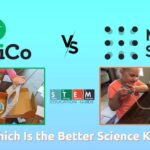
Science , Engineering , Math , Technology
Kiwico vs mel science: a complete breakdown.
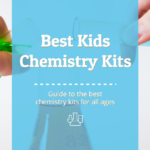
Best Chemistry Kits for Kids (for Every Age!)
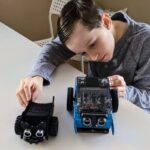
Teach Kids to Code , Activities and Games , Technology , Toy Gift Guides
11 best coding robots to teach kids to code (for all ages).
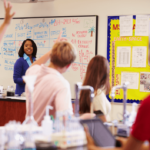
Activities and Games , Math
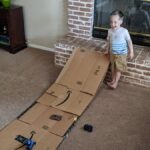
Engineering
6 projects for learning about simple machines.

Amplify Your Outdoor Living Space with Garden Décor
STEM Education Guide
[email protected] STEM Education Guide 9125 SVL BOX Victorville, CA 92395
Your Compass for STEM Discovery
© 2024 STEM Education Guide

- Math for Kids
- Parenting Resources
- ELA for Kids
- Teaching Resources

Who Invented Math? History, Facts & More
How to Teach Number Recognition to Kids in 8 Easy Steps
How to Teach One to One Correspondence To Kids: 4 Easy Steps
How to Teach Odd and Even Numbers in 4 Easy Steps
How to Teach Long Division to Kids in 6 Easy Steps
8 Types of Preschool Programs for Kids in 2024
6-year-old Developmental Milestones Checklist
How to Prepare a Schedule for Kindergarten With Examples
How to Prepare a Schedule for Preschoolers With Sample
12 Best Funny Short Stories for Kids to Read in 2024
13 Best Phoneme Segmentation Activities for Kids
How to teach decoding in 9 simple steps.
300+ Halloween Words From A-Z for Kids [Free Downloadable]
17 Best Guided Reading Activities for Teachers
190+ Fall Words From A-Z for Kids [Free Downloadable List]
11 Best Coloring Apps for Kids [Android & iOS]
12 Best Reading Bulletin Board Ideas for Your Classroom
15 Fun Summer Bulletin Board Ideas for 2024
13 Best Assessment Tools for Teachers in 2024
12 Best STEM Programs for Kids in 2024

50 Best STEM Projects for Middle School Kids
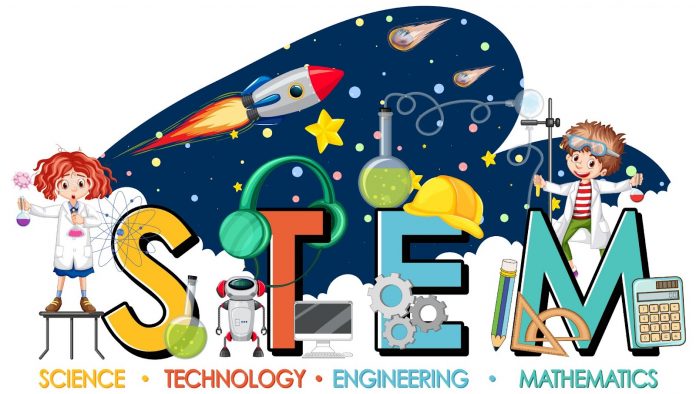
Science Activities for Middle Schoolers
Technology activities for middle schoolers, engineering activities for middle schoolers, math activities for middle schoolers.
- Interactive Learning Stations
- Outdoor Laboratories
- Technology Enhanced Playgrounds
- Innovative Equipment
STEM projects for middle school are an excellent way to engage young minds and spark their curiosity in science, technology, engineering, and math. Research supports that STEM activities positively impact the scientific creativity of middle school students. These exercises give students an enjoyable learning experience and promote critical thinking and problem-solving abilities .
Math & ELA | PreK To Grade 5
Kids see fun ., you see real learning outcomes ..
Watch your kids fall in love with math & reading through our scientifically designed curriculum.

Additionally, middle school STEM programs help foster interest in these subjects, develop skills, improve future job prospects, encourage creativity and innovation, and promote diversity and inclusivity. However, before delving into the exciting projects, it’s essential to understand why STEM programs in middle school are crucial for a student’s academic journey.
5 Essentials Of Middle School STEM Programs
In the modern work market, STEM education has increased. Students in middle school are at a pivotal point in their development, and exposure to STEM education can greatly impact how they grow academically and professionally. The following justifies the necessity of STEM programs in middle schools.
1. Fostering Interest in STEM
Middle school STEM programs offer an interactive and immersive approach to STEM education by providing hands-on opportunities for students to engage in projects and experiments, which can lead to deeper comprehension and enthusiasm for these subjects. The Journal of Pedagogical Research suggests that a STEM-focused learning environment can positively influence academic achievement in science. Moreover, STEM education provides students with practical applications of these topics in the real world, which fosters a heightened curiosity and drive for learning.
2. Developing Critical Thinking Skills
Problem-solving and critical thinking abilities are emphasized in STEM education. Students’ minds are still developing throughout middle school. Thus, STEM education can aid in the development of the abilities necessary for success in the real world.
3. Improving Future Job Prospects
Middle school STEM education can provide students with the essential abilities and skills necessary to pursue high-paying professions in the rapidly-growing STEM sectors of the contemporary economy.
4. Encouraging Creativity and Innovation
Middle school STEM programs have been known to be a catalyst for fostering creativity and innovation among students. This is because these programs equip students with the necessary skills to design, build, and test their projects, which can be quite perplexing. By undertaking middle school STEM programs, children can develop the courage and aptitude to take risks, think outside the box, and solve problems in novel and unexpected ways.
5. Promoting Diversity and Inclusivity
The benefits of STEM education extend beyond just individual development, as it can also promote diversity and inclusivity among students. Regardless of background, all students have equal opportunities to learn and succeed in STEM. By introducing students to a wide range of STEM occupations and showcasing the achievements of underrepresented groups in these industries, middle school STEM programs can inspire kids from diverse backgrounds to pursue their interests in these disciplines.
What Does STEM Education for Middle Schoolers Look Like?
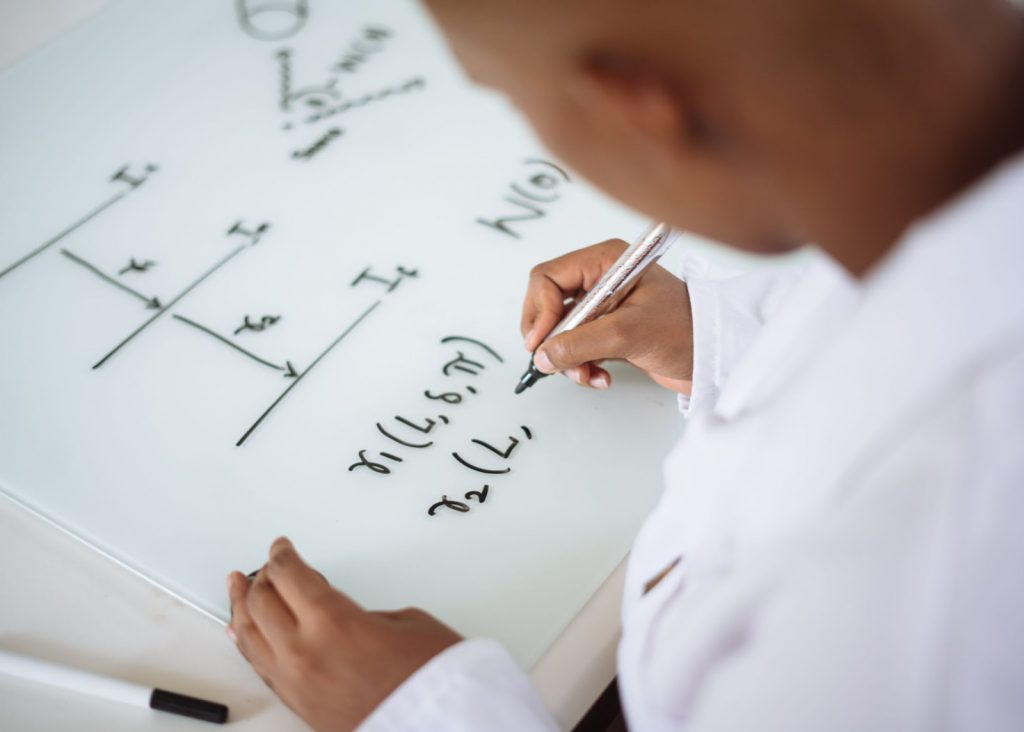
Middle school STEM education is a way of teaching that focuses on science, technology, engineering, and math. It’s exciting and interactive, aiming to help students become skilled in these subjects. The main goal is to give students the knowledge and abilities they need to handle the many challenges of our ever-changing technology-driven world.
“STEM education is not just about learning scientific concepts and principles; it’s about developing critical thinking, problem-solving, and collaboration skills that will benefit students throughout their lives.” – Arne Duncan, former U.S. Secretary of Education.
Students are introduced to the fundamentals of STEM disciplines in middle school through practical, project-based learning . They investigate the scientific method, study the fundamentals of engineering and design, and become aware of the wonders of math and technology.
Middle schoolers can develop critical thinking skills, problem-solving abilities, and creativity through STEM education. Research suggest that STEM activities effectively develop positive views toward interdisciplinary education and 21st-century skills such as creativity, collaboration, critical thinking, and problem-solving. By engaging in STEM activities , students can also improve their science process skills, STEM career interests, motivation, and views about STEM education.
50 Best STEM Activities for Middle School Kids
Engaging in STEM activities for middle school kids, students can gain valuable skills and knowledge that will assist them in success in high school, college, and beyond. So, without further ado, let’s explore these best STEM activities for kids!
“STEM learning is vital for the future success of our students and our country. By engaging students in hands-on projects and encouraging their curiosity, we can inspire the next generation of innovators.” – Mae Jemison, former NASA astronaut and founder of the Jemison Group.
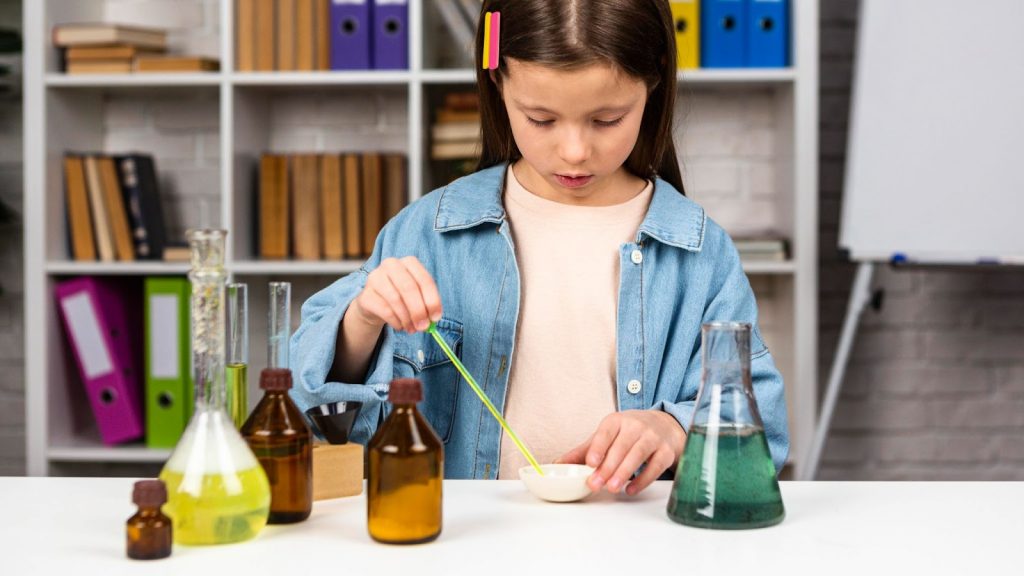
Science is essential to STEM education and can be incredibly engaging and exciting for middle schoolers. Here are some science-related STEM activities for middle school kids that can inspire young minds to discover the world around them.
- Chemical Reactions: Mix baking soda and vinegar to observe the fizzy reaction. Try other combinations like lemon juice and baking soda.
- Solar Oven: Cut a flap in a cardboard box and line it with foil. Place food inside and keep it in the sun to cook.
- Egg Drop Challenge: Gather materials like straws, paper, and tape. Create a protective structure around an egg and drop it from a height.
- Rock Candy Experiment: Dissolve sugar in hot water and grow crystals on a string suspended in the solution.
- Volcano Eruption: Build a clay volcano around a small bottle. Mix baking soda and vinegar inside the bottle for an eruption.
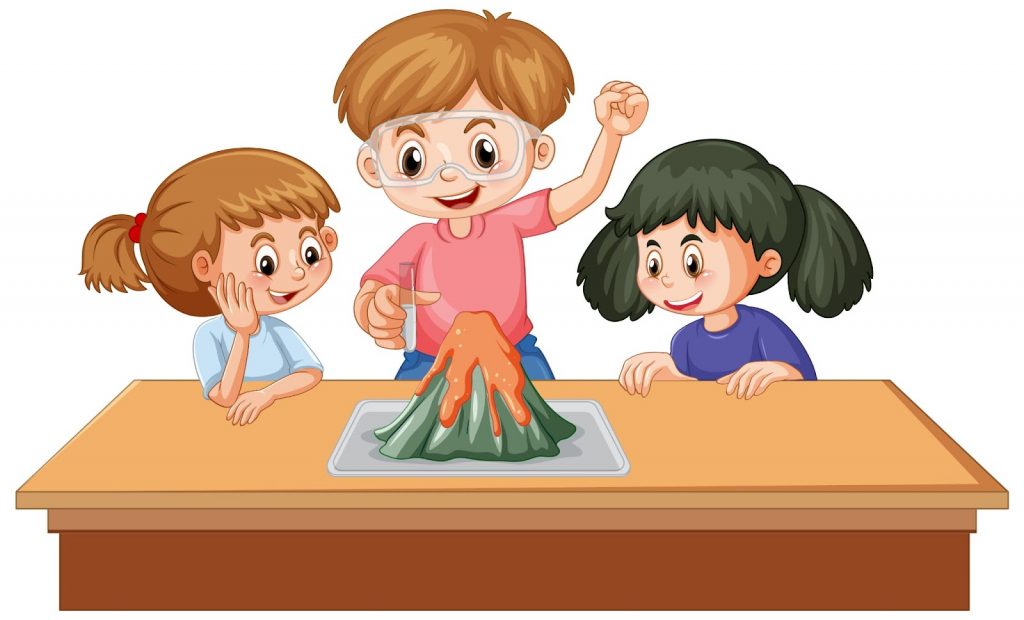
- Hovercraft: Glue a balloon to a CD, then inflate the balloon and place the CD on a smooth surface to create a hovercraft.
- Slime Making: Mix glue, water, and borax solution to create slime. Explore different ratios for varying consistencies.
- Bottle Rocket Launch: Fill a plastic bottle partially with water, then quickly attach a cork and pump air inside to launch the rocket.
- Sundial Crafting: Place a stick vertically in the ground, and mark the shadow cast by the sun at different times of the day.
- Plant Growth Study: Plant seeds in pots with varying amounts of sunlight, water, and soil to observe their growth over time.
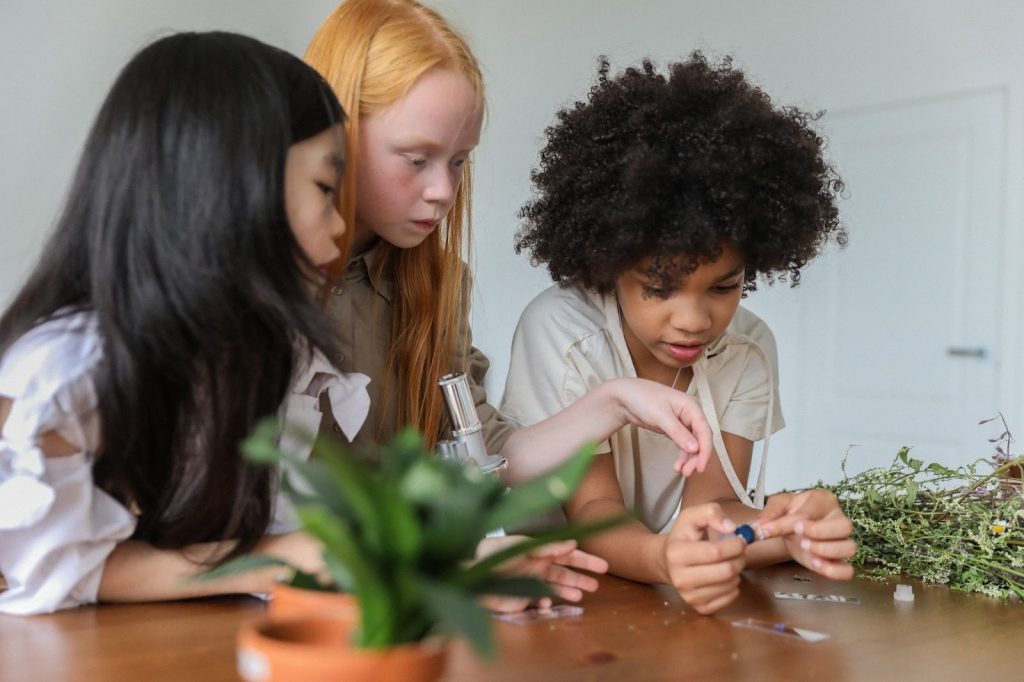
- Static Electricity: Rub balloons against clothing to create static charge. Test its effect on objects like paper and hair.
- Dissecting Owl Pellets: Purchase owl pellets and use tweezers to carefully dissect them, identifying the bones of small animals.
- Microscope Adventures: Collect samples from ponds or leaves, place them on slides, and observe under a microscope to discover tiny organisms.
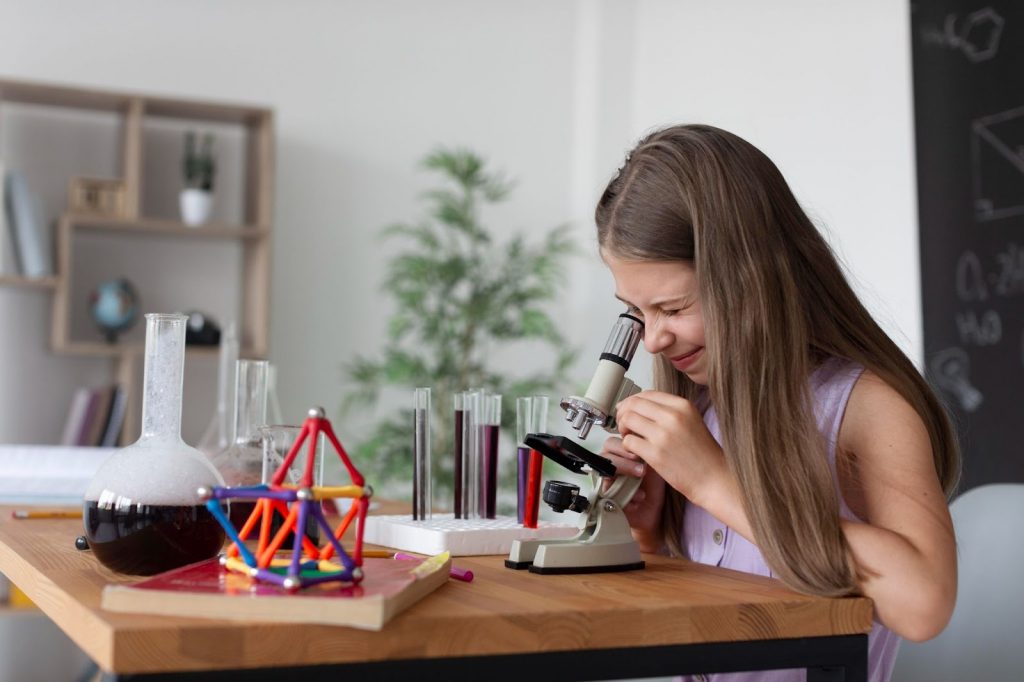
Now that we’ve explored some exciting science-related STEM ideas for middle school kids, let’s look at engaging technology activities to help students develop important coding, programing and digital literacy skills.
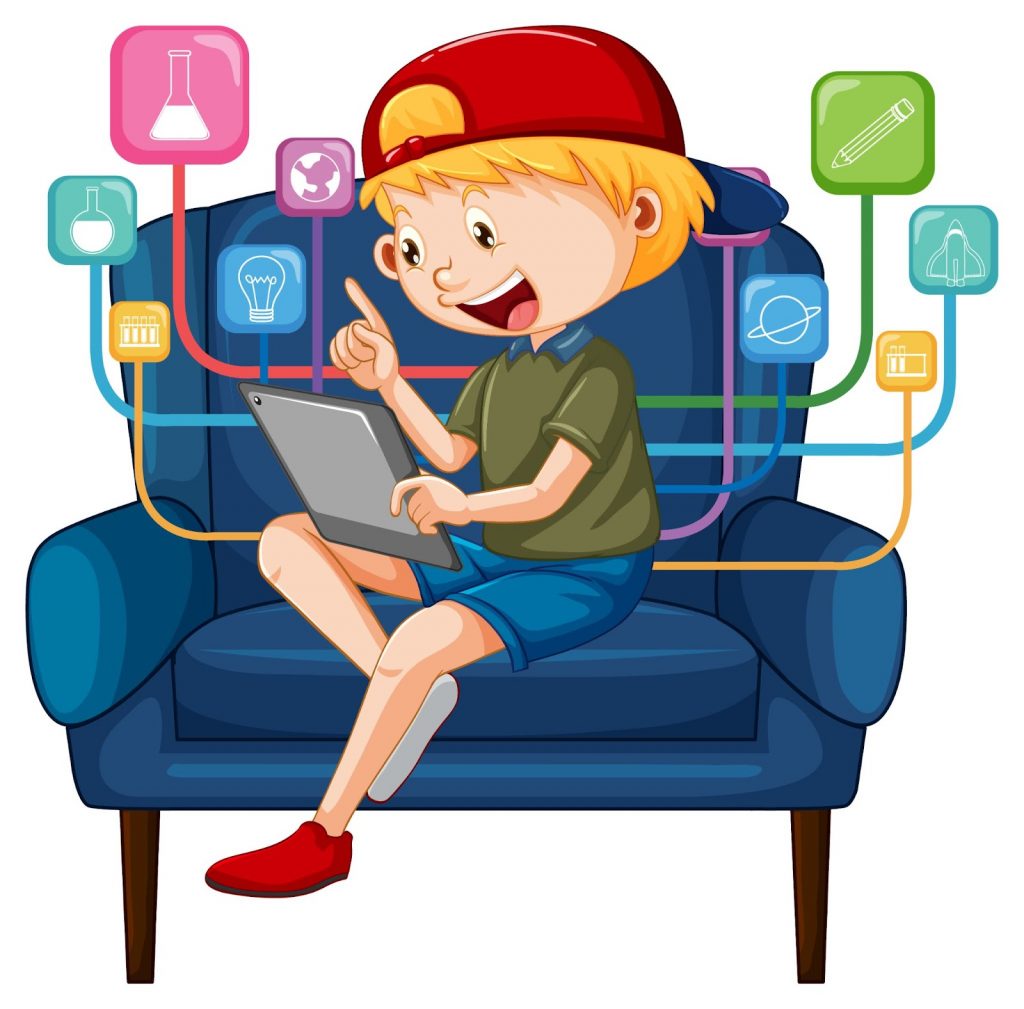
Technology activities for middle schoolers are designed to introduce students to coding, programing, and digital design basics. These hands-on activities are a great way to build technical skills while fostering creativity and innovation. Here are a few technology-related STEM activities for middle school kids.
- Coding Basics: Use online platforms like Scratch or Code.org to start learning coding concepts through interactive tutorials and projects.
- Robotics Challenge: Provide robot kits with instructions and coding software. Students follow the instructions to assemble the robot and write code to make it perform tasks.
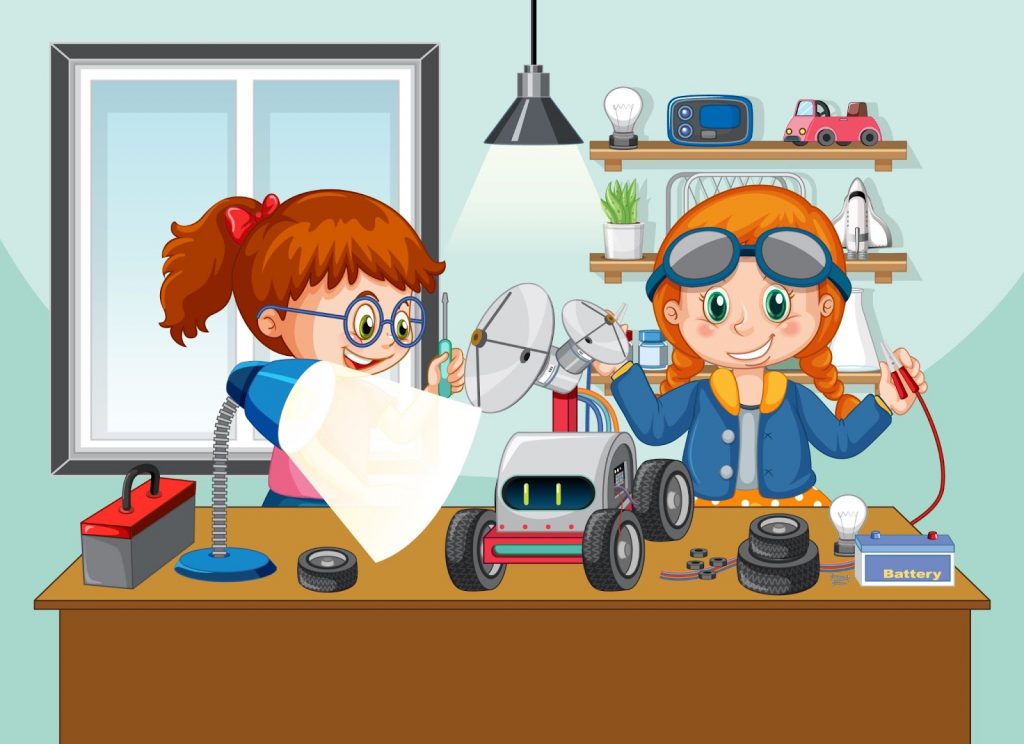
- App Design: Utilize app development tools or platforms like MIT App Inventor to design and prototype mobile apps. Students can create simple apps and explore different features.
- 3D Printing: Teach students how to use 3D modeling software to design objects. Then, print the designs using a 3D printer.
- Website Creation: Introduce HTML and CSS coding languages to build a basic website. Students can experiment with customizing their site.
- Video Game Design: Use game development software like GameMaker or Unity to design and create simple video games with characters, levels, and gameplay.
- Augmented Reality (AR) Exploration: Explore AR technology using AR apps or platforms. Students can create interactive experiences by overlaying virtual objects on the real world.
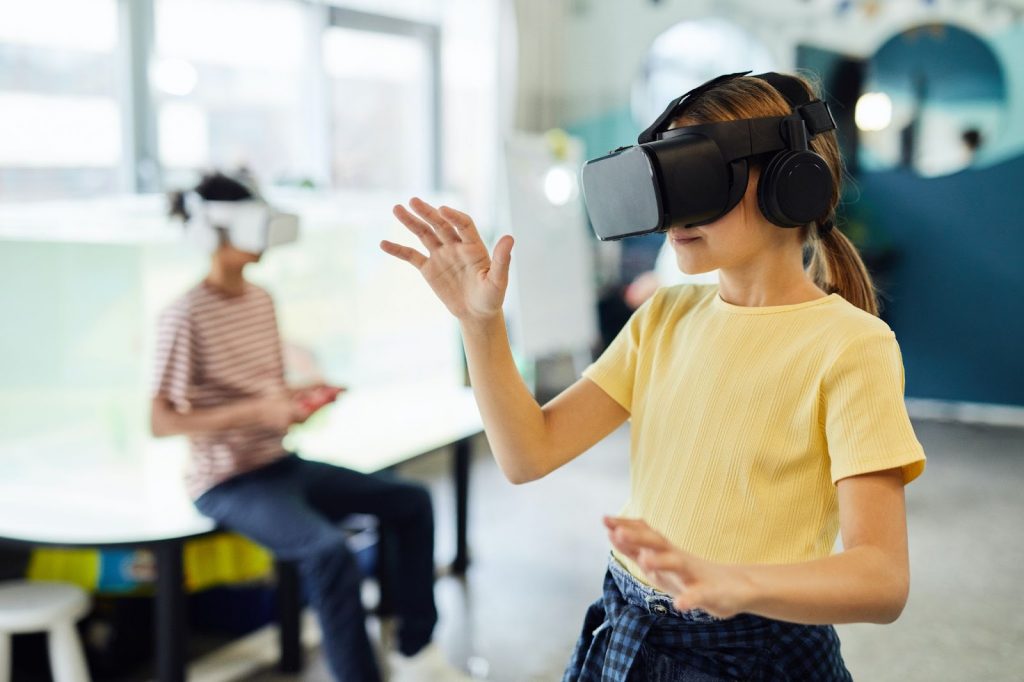
- Green Screen Projects: Provide a green screen and video editing software. Students can record themselves against the green screen and use the software to replace the background with any image or video.
- Electronic Circuits: Use a circuit kit with components like LEDs, resistors, and wires. Students follow diagrams to build circuits and learn about electronics.
- Digital Storytelling: Use digital tools like PowerPoint or video editing software to create multimedia stories with text, images, and audio narration.
- Internet Research Challenge: Assign specific research topics, and guide students on using search engines and reputable websites to find relevant information.
- Cybersecurity Awareness: Conduct discussions and workshops on online safety, creating strong passwords, and protecting personal information from online threats.
- Virtual Field Trips: Utilize virtual reality headsets or online platforms with virtual tours to take students on immersive journeys to museums, historical sites, or outer space.
Now that we’ve explored some exciting technology-related STEM projects for middle school kids, let’s shift our focus to engineering. These activities are designed to introduce students to engineering and design principles and provide hands-on opportunities to create and build.
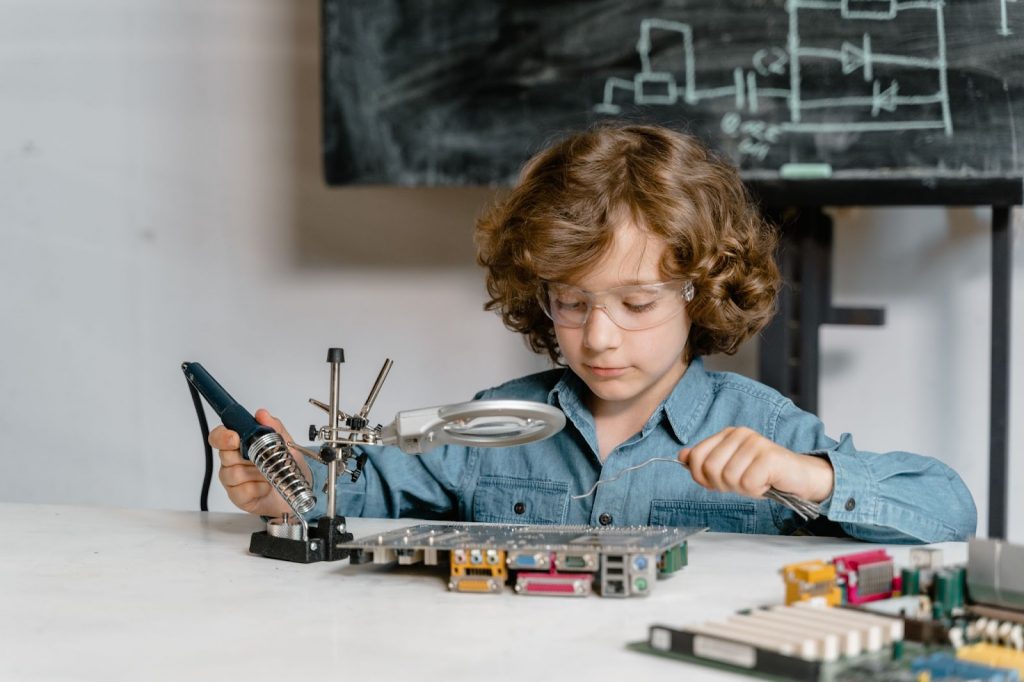
Engineering activities are a great way for middle schoolers to explore design principles, problem-solving, and creativity. These activities help develop important skills that benefit students in all aspects of life. Here are a few engineering-related STEM projects for middle school kids that are both fun and educational.
- Popsicle Stick Bridges: Provide popsicle sticks and glue. Instruct students to design and build bridges using the sticks, aiming to make them sturdy enough to hold weight.
- Hydraulic Lifts: Provide syringes, plastic tubes, and water. Students build a hydraulic lift system using syringes and water to lift objects.
- Spaghetti Towers: Offer uncooked spaghetti and marshmallows as building materials. Challenge students to construct tall and stable towers using the two items.
- Water Filtration: Teach students about water filtration concepts. Provide various materials like sand, gravel, and cotton balls for them to build their filtration systems and test their effectiveness.
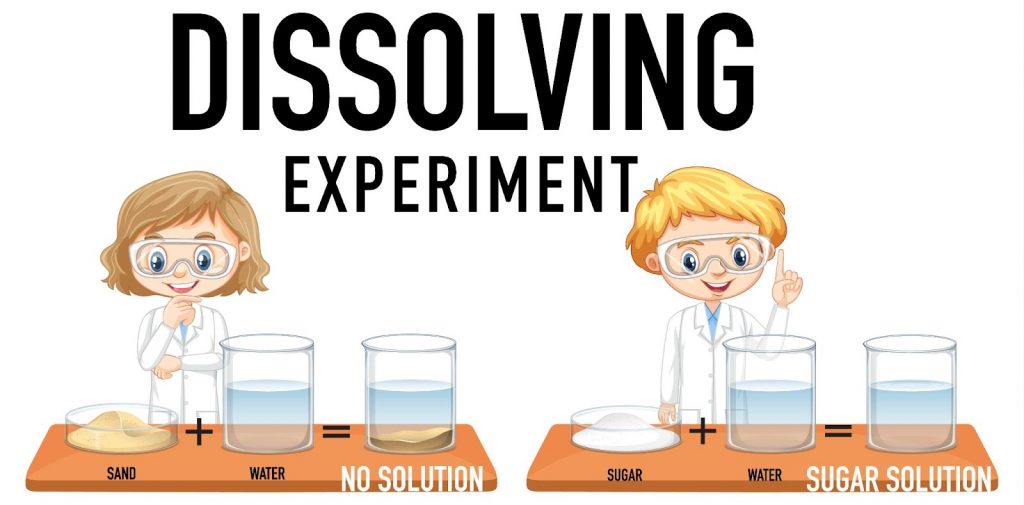
- Egg Parachute Drop: Provide materials like plastic bags, strings, and cushioning materials. Have students construct a parachute to safely drop an egg from a height.
- Catapult Challenge: Gather materials like popsicle sticks, rubber bands, and plastic spoons. Instruct students to build a working catapult and launch small objects towards targets.
- Mini Wind Turbines: Provide students with materials like cardboard, straws, and small motors. Guide them in creating miniature wind turbines to generate electricity from wind energy.
- Simple Machines Exploration: Set up stations with different simple machines like pulleys, levers, and inclined planes. Allow students to experiment and learn how these machines work.
- Sustainable Building Designs: Introduce sustainable building practices to students. Let them design and sketch eco-friendly and energy-efficient buildings or houses on paper.
- Bristlebot Robots: Provide toothbrush heads, small vibrating motors, and batteries. Show students how to assemble these components into tiny robots called Bristlebots that move around.
- DIY Waterwheel: Provide materials like popsicle sticks, cups, and a small water source. Students design and build a waterwheel to harness water energy.
While engineering activities focus on design and problem-solving, math activities for middle schoolers aim to build a strong foundation in mathematical concepts and practical applications. Let’s look at some engaging and hands-on math activities that middle schoolers can enjoy and learn from.
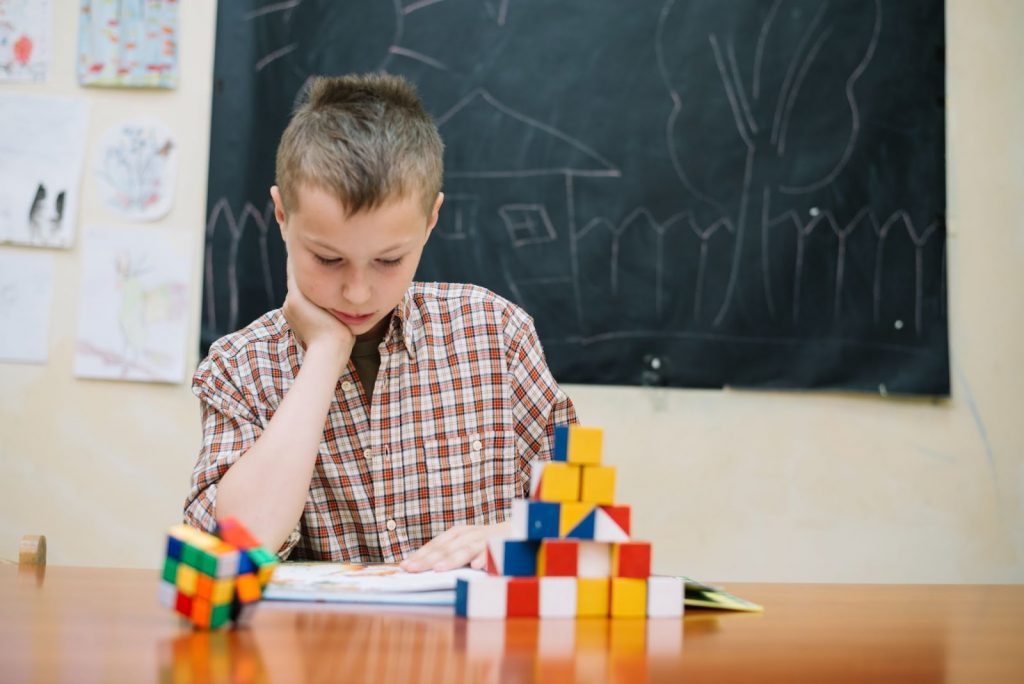
Middle school math activities are made to help kids develop a solid mathematical foundation while also exposing them to real-world applications of mathematics. Through these exercises, students can improve their ability to think logically, solve problems, and appreciate the beauty of mathematics. A few math projects and activities are listed below for middle school students to try out.
- Math Scavenger Hunt: Create a list of math-related items or problems for students to find and solve around the school or outdoors.
- Fraction Pizza: Use construction paper to create “pizza slices,” and have students color in fractions to represent different toppings.
- Math Board Games: Introduce math-based board games like “Math Bingo” or “Math Jeopardy” to reinforce skills in a fun way.
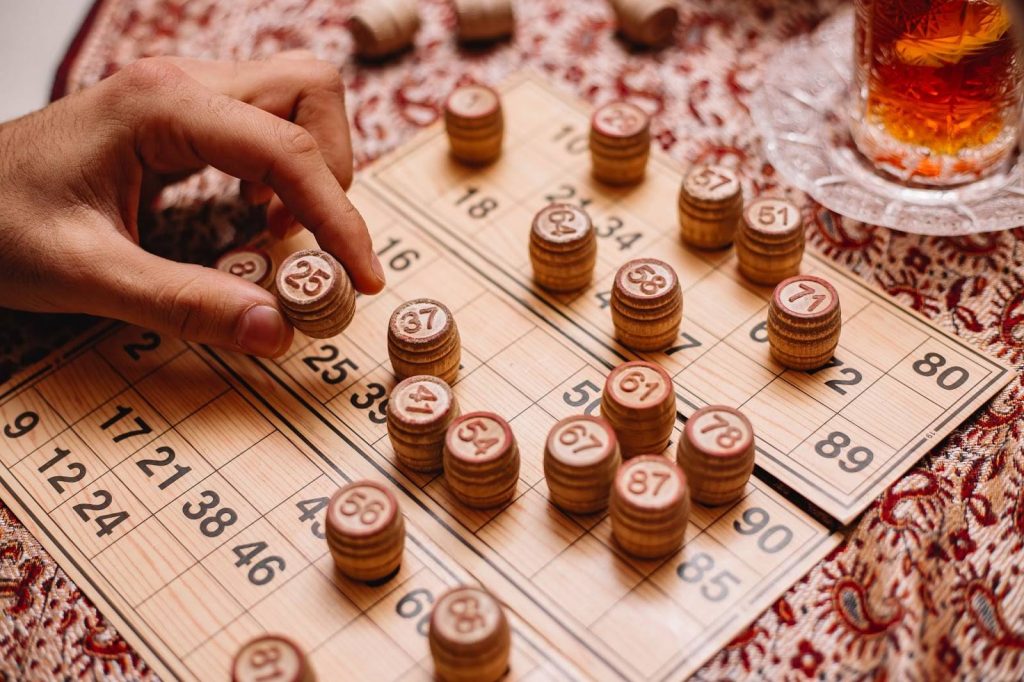
- Math Art: Have students create geometric art using shapes, angles, and symmetry.
- Math Puzzles: Provide various math puzzles like Sudoku, logic puzzles, or tangrams to challenge problem-solving abilities.
- Real-World Budgeting: Assign students a hypothetical budgeting project to plan for expenses like groceries, entertainment, and savings.
- Data Analysis with Graphs: Present students with real data sets and guide them in creating different types of graphs to analyze the information.
- Math Escape Room: Design a math-themed escape room with puzzles and problems that students must solve to “escape.”
- Geometry Construction: Teach students how to use a compass and straightedge to construct geometric shapes and angles.
- Math Relay Race: Divide students into teams and create a relay race with math problems they must solve to pass the baton.
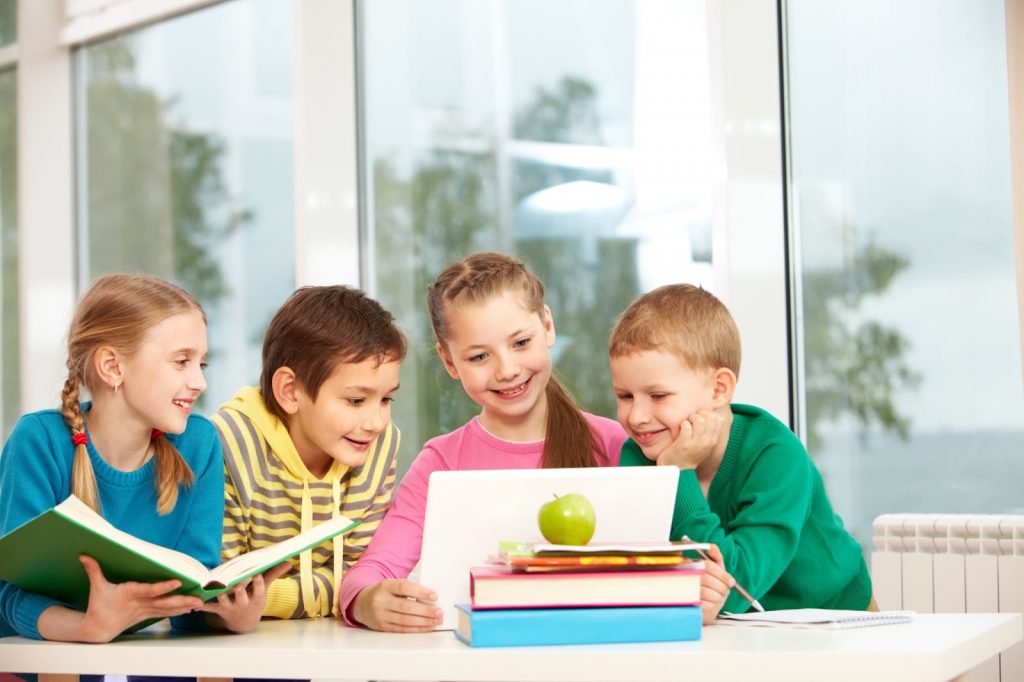
- Mathematical Storytelling: Have students write stories or scenarios that involve math concepts and solve problems within the narrative.
- Measurement Olympics: Set up a measurement-based competition, like seeing who can estimate and measure the length of various objects most accurately.
- Math in Nature: Take students outside to explore the environment and find examples of math concepts like patterns , symmetry, and angles in nature.
Engaging in hands-on learning through math activities and projects can help middle school students develop a deep understanding and appreciation for mathematics. Having explored a variety of fun STEM activities for middle school, it’s worth considering how we can integrate STEM learning into other aspects of a student’s daily experience, including during recess or on the playground.
4 Ways To Integrate STEM Activities Into Middle School Playgrounds
Middle school is a pivotal developmental period for students, marked by a strong desire for knowledge acquisition and exploration. In this phase, students indulge in both physical activity and cognitive stimulation, and incorporating STEM projects for middle school can substantially enhance their educational experience. Thus, it is imperative to investigate why STEM activities should be included in the middle school playground, and one promising answer is through interactive learning stations.
1. Interactive Learning Stations
These learning stations offer a unique opportunity for students to learn while simultaneously enjoying themselves via experiential education. Specifically, students can engage in hands-on activities such as building miniature wind turbines or constructing solar-powered vehicles, which can enhance their problem-solving skills and deepen their understanding of STEM concepts.
2. Outdoor Laboratories
Students may conduct experiments and gather data in outdoor laboratories because they are situated in a natural setting. Weather stations, gardens, and animal habitats can all be included as part of these laboratories. Kids can develop a passion for science and receive real-world experience by participating in these events.
3. Technology Enhanced Playgrounds
The utilization of technology-enhanced playgrounds represents a novel opportunity to combine fitness and STEM activities, thereby improving student engagement in the form of augmented reality activities, interactive displays, and sensory tools. The resultant learning experience is distinctive and enriching. By integrating technology into gardening , students can augment their digital literacy in a enjoyable and educationally valuable manner.
4. Innovative Equipment
Innovative tools can be utilized to design fun STEM projects for middle school that pushes kids to think creatively. Programable robots, 3D printers, and virtual reality headsets are a few examples of this equipment. With the use of this equipment, kids can enhance their creativity and problem-solving abilities while learning more about STEM principles.
The academic achievement, physical health, and general well-being of children can all be dramatically impacted by including STEM activities in middle school playgrounds. By giving children the chance to participate in practical STEM activities, we can help them acquire crucial abilities that will set them up for future success.
Middle school completion is an indispensable prerequisite for reinforcing students’ aptitude and mastery in STEM (Science, Technology, Engineering, and Mathematics). STEM challenges for middle school students are boundless and varied. We must encourage them to face challenges and in order to ensure that students are equipped for future prosperity, we must proffer them with diverting, interactive, and engaging STEM-related activities. Integration of STEM education within the middle school curricula can be accomplished through various methods such as interactive learning stations, avant-garde tools, and outdoor laboratories.
By providing middle schoolers with the best STEM activities, we can encourage and kindle their passion, empowering them to create a better future. Let us, therefore, take the initiative and encourage our schools to allocate sufficient funding toward STEM education. This will help our children realize their full potential and have a transformative impact on the world.
Frequently Asked Questions (FAQs)
Can middle school stem instruction aid pupils with learning disabilities.
STEM instruction can be modified to meet the needs of children with varying learning preferences and aptitudes. All pupils can benefit from the promotion of problem-solving and critical-thinking abilities.
At what age can you start STEM?
STEM education can start as early as preschool and continues through elementary, middle, and high school. Introducing STEM concepts early helps foster curiosity and lays the foundation for future learning and exploration in science, technology, engineering, and math.
Does incorporating STEM activities into middle school playgrounds come with any risks?
When incorporating STEM activities into playgrounds, safety should always come first. It’s critical to correctly identify risks, train staff members and teachers, and maintain equipment.
17 Fun Letter H Activities & Crafts for Kids
12 Best Pre-Writing Activities for Preschoolers in 2024
16 Fun Letter G Activities & Crafts for Kids
- Pre-Kindergarten
- Kindergarten
Most Popular

76 Best Report Card Comments Samples for Teachers

117 Best Riddles for Kids (With Answers)

40 Best Good Vibes Quotes to Brighten Your Day
Recent posts.

Math & ELA | PreK To Grade 5
Kids see fun., you see real learning outcomes..
Watch your kids fall in love with math & reading through our scientifically designed curriculum.
Parents, try for free Teachers, use for free
- Games for Kids
- Worksheets for Kids
- Math Worksheets
- ELA Worksheets
- Math Vocabulary
- Number Games
- Addition Games
- Subtraction Games
- Multiplication Games
- Division Games
- Addition Worksheets
- Subtraction Worksheets
- Multiplication Worksheets
- Division Worksheets
- Times Tables Worksheets
- Reading Games
- Writing Games
- Phonics Games
- Sight Words Games
- Letter Tracing Games
- Reading Worksheets
- Writing Worksheets
- Phonics Worksheets
- Sight Words Worksheets
- Letter Tracing Worksheets
- Prime Number
- Order of Operations
- Long multiplication
- Place value
- Parallelogram
- SplashLearn Success Stories
- SplashLearn Apps
© Copyright - SplashLearn

Back-to-School Learning Boost!
Turn play into progress., jumpstart learning now.
Explore 4,000+ games and 450+ lesson plans designed to make this school year the best one yet!
Parents, Try for Free Teachers, Use for Free

40 Best Science Experiments & Projects for Middle School
Welcome to our curated collection of top science fair projects and experiments, perfectly tailored for the inquisitive middle schoolers. Our collection offers hands-on activities that will captivate young minds and ignite their passion for learning.
Science fairs during middle school years are less about competition and more about fostering a love for exploration, experimentation, and the thrill of the “Eureka!” moment. That’s why we have ensured that all the experiments on our list are fun and easy.
Through hands-on experimentation, students can gain a deeper understanding of scientific concepts, build confidence in their abilities, and cultivate a lifelong passion for learning.
1. Crushed Can
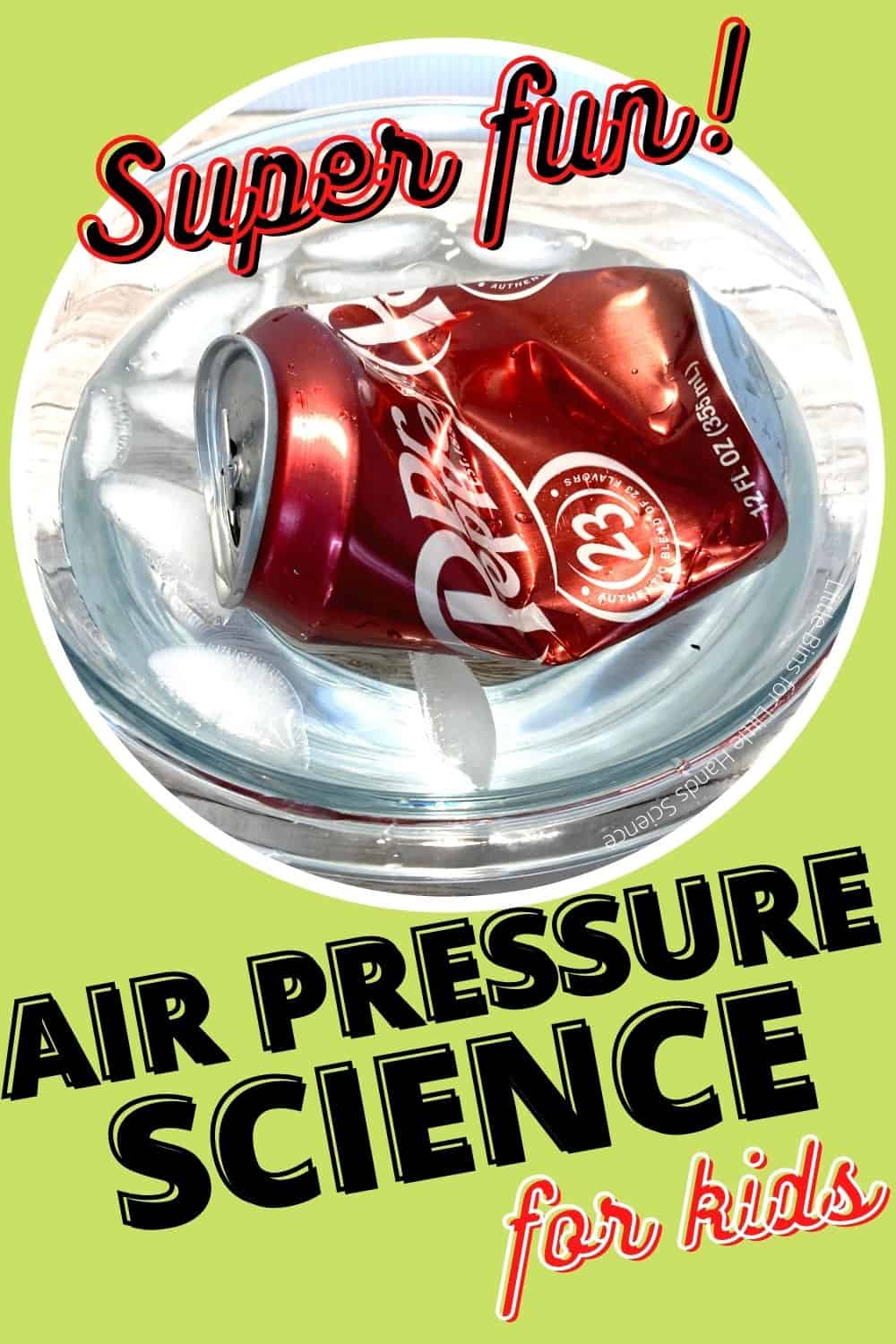
Students will be amazed as they witness an ordinary can being transformed before their very eyes. By simply heating it and then rapidly cooling it, the can will be crushed as if by magic!
Learn more: Little Bins Little Hands
2. Water Bottle Rockets
In this engaging activity, students will have the opportunity to design, build, and launch their very own water-propelled rockets.
By adjusting variables like water level and air pressure, they’ll witness firsthand how these factors impact the rocket’s flight path and distance.
3. Cabbage Ph Indicator
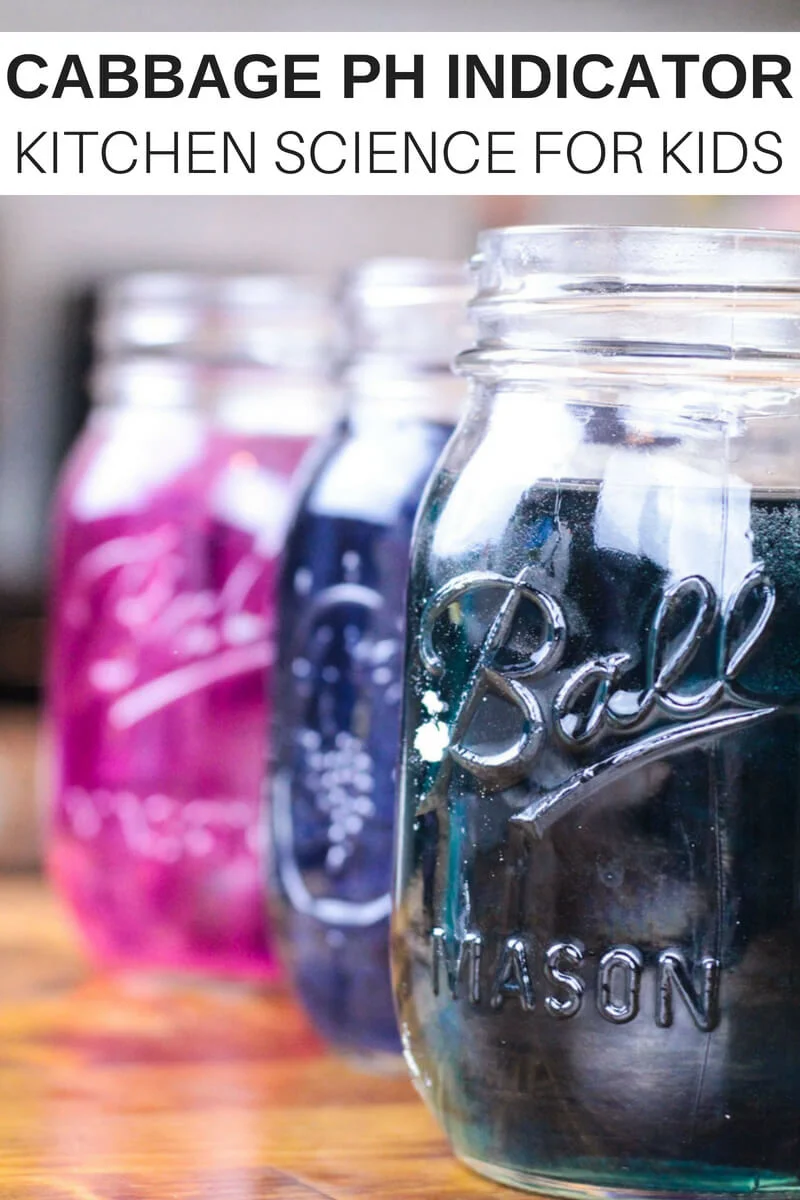
In this middle school science project, students will use red cabbage as a natural pH indicator to test the acidity or alkalinity of various household substances.
Learn more: Cabbage PH Indicator
4. Build a Solar Oven
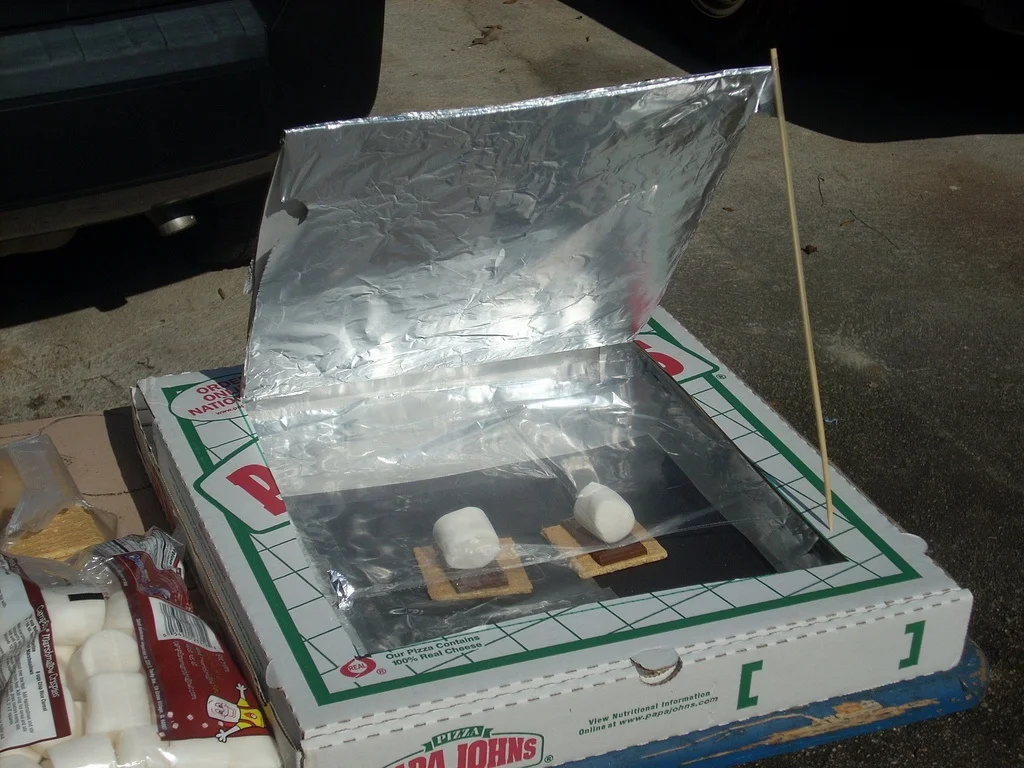
By building these ingenious devices using simple materials, they will discover the incredible potential of renewable energy and its practical applications in everyday life.
Learn more: Solar Oven
5. Build a Helping Hand
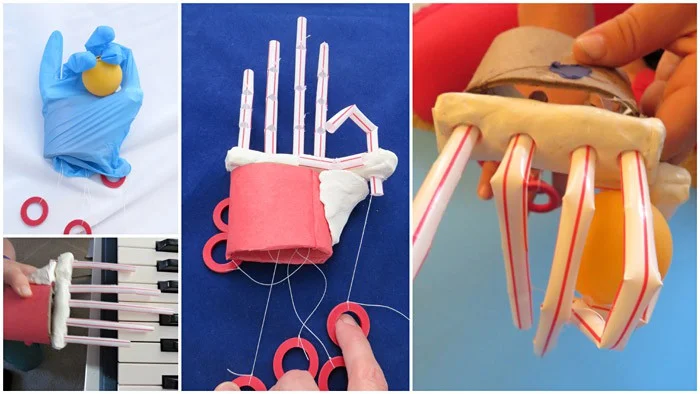
In this captivating middle school science experiment, students will have the opportunity to construct their very own “Helping Hand” device.
Learn more: Science Buddies
6. DIY Lung Model
This captivating middle school project offers an exciting hands-on opportunity to explore the inner workings of our respiratory system.
By creating their own lung models using simple household materials, students will gain a deeper understanding of how our lungs function and the vital role they play in our bodies.
7. Flying Tea Bag

By harnessing the power of convection currents, students will learn about the fascinating relationship between heat and air pressure.
Learn more: Flying Tea Bag
8. Egg Float Experiment
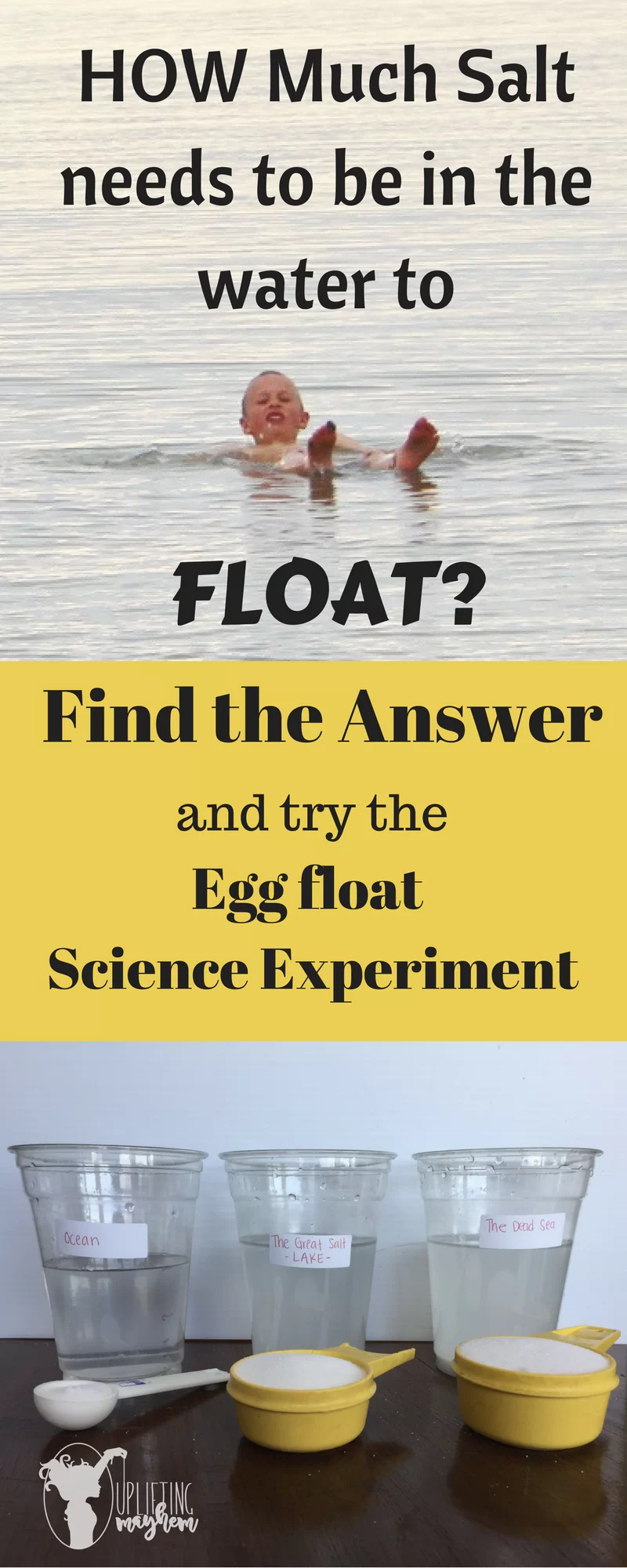
In this captivating middle school science project, students will unlock the mysteries of density and water displacement while discovering the fascinating properties of eggs.
Learn more: Egg Float Experiment
9. Popsicle Stick Chain Reaction
This captivating middle school project is all about the magic of potential energy and kinetic energy. By carefully setting up a series of interlinked popsicle sticks, students will create a mesmerizing chain reaction that ripples through the entire structure.
10. How to See Sound
As they watch sound come to life through colorful visualizations, students will develop a deeper appreciation for the profound impact of sound in our daily lives.
11. Orange Peel Plate Tectonics
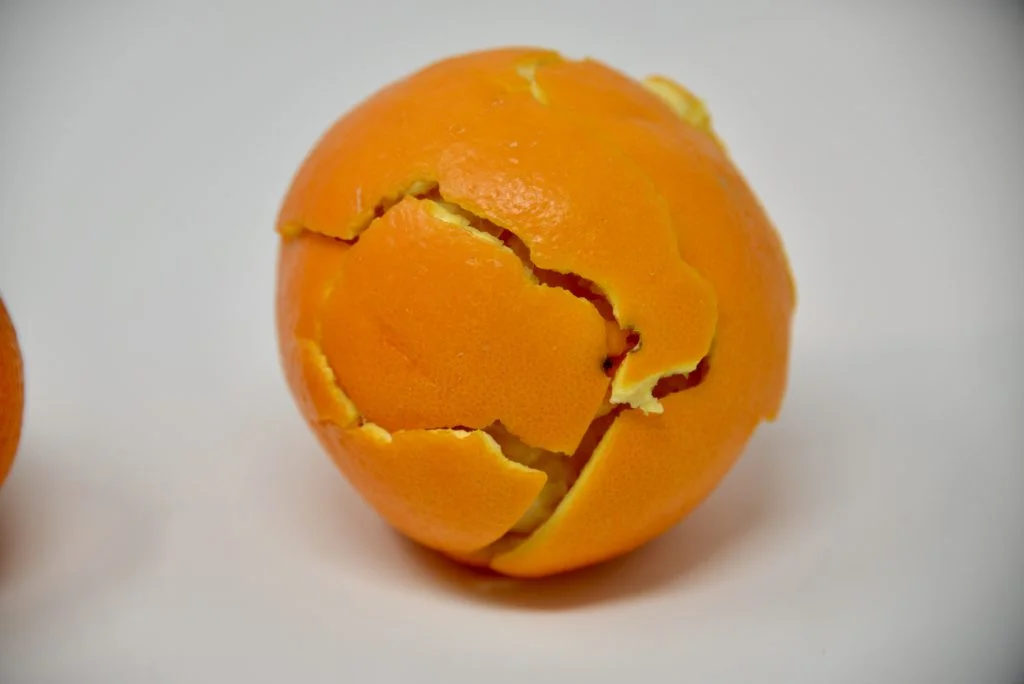
In this captivating middle school project, students will learn about the dynamic of Earth’s crust and explore the powerful forces that shape our planet’s surface.
12. Heart Pump
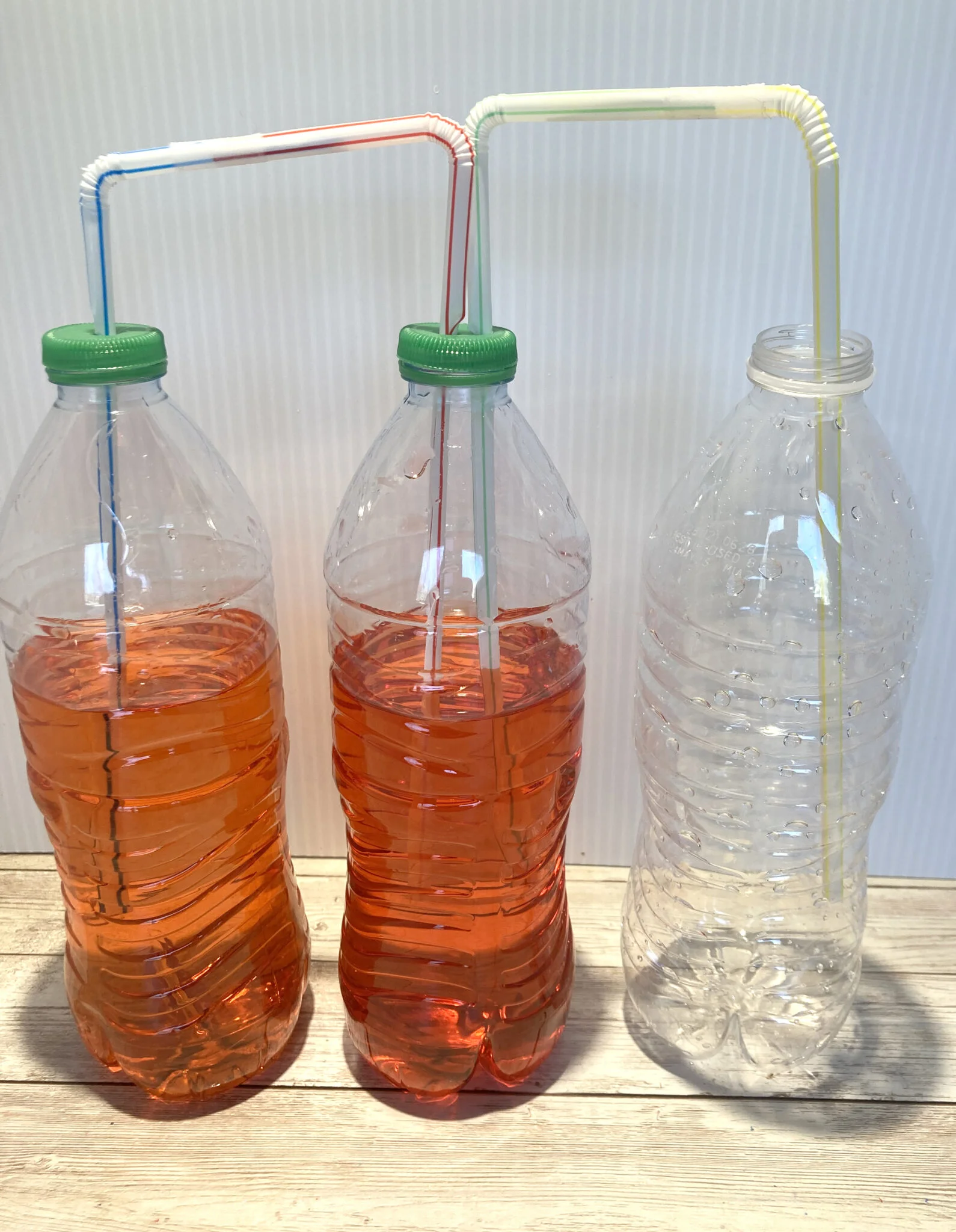
In this captivating middle school project, students will embark on a hands-on exploration of the human circulatory system and discover the marvels of the heart’s pumping mechanism.
Learn more: Heart Pump Model
13. Invisible Ink
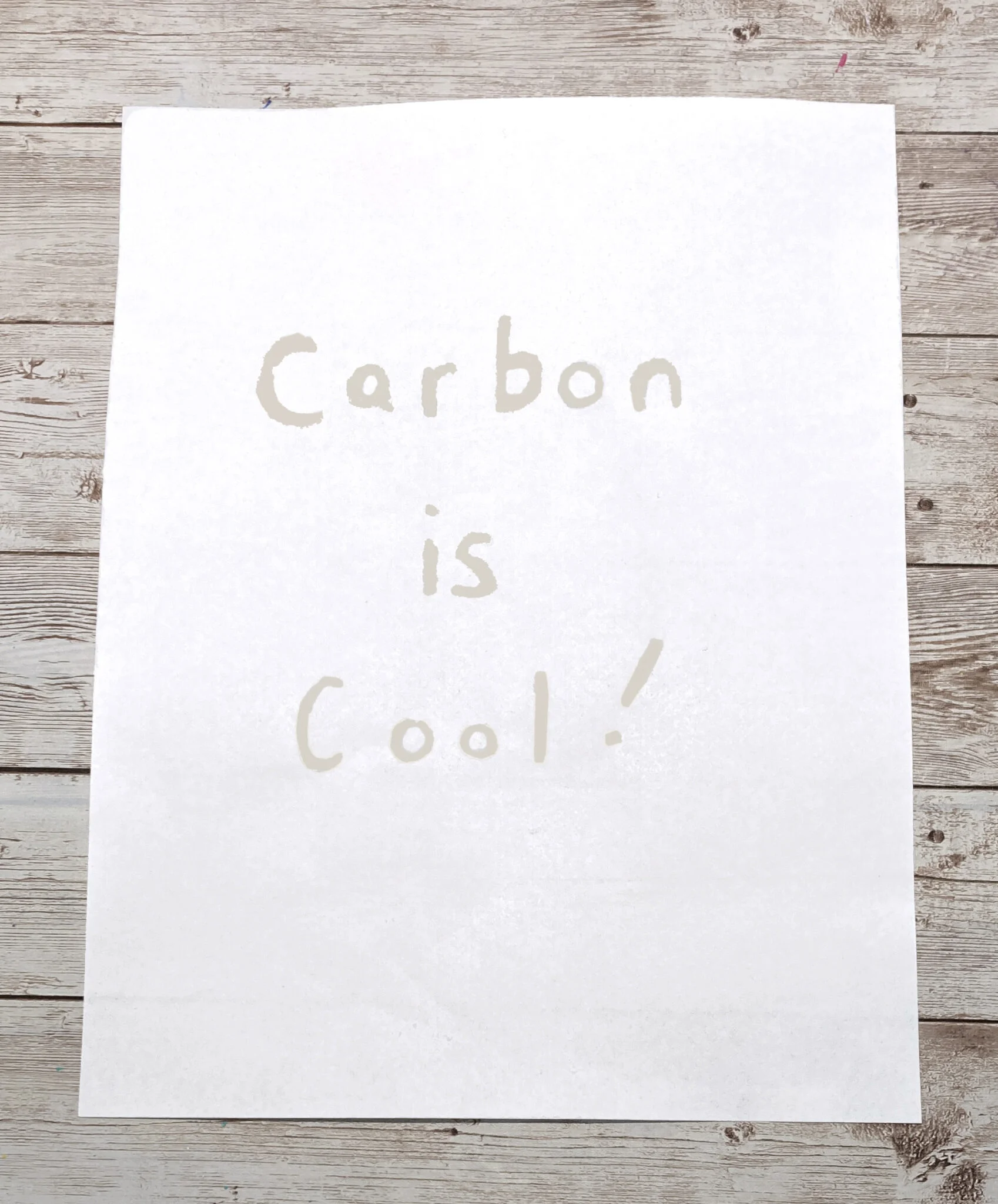
By concocting their own invisible ink, students will discover the science behind chemical reactions and learn how certain substances react to reveal hidden text when exposed to heat, light, or other catalysts.
Learn more: Invisible Ink
14. DIY Grow Box
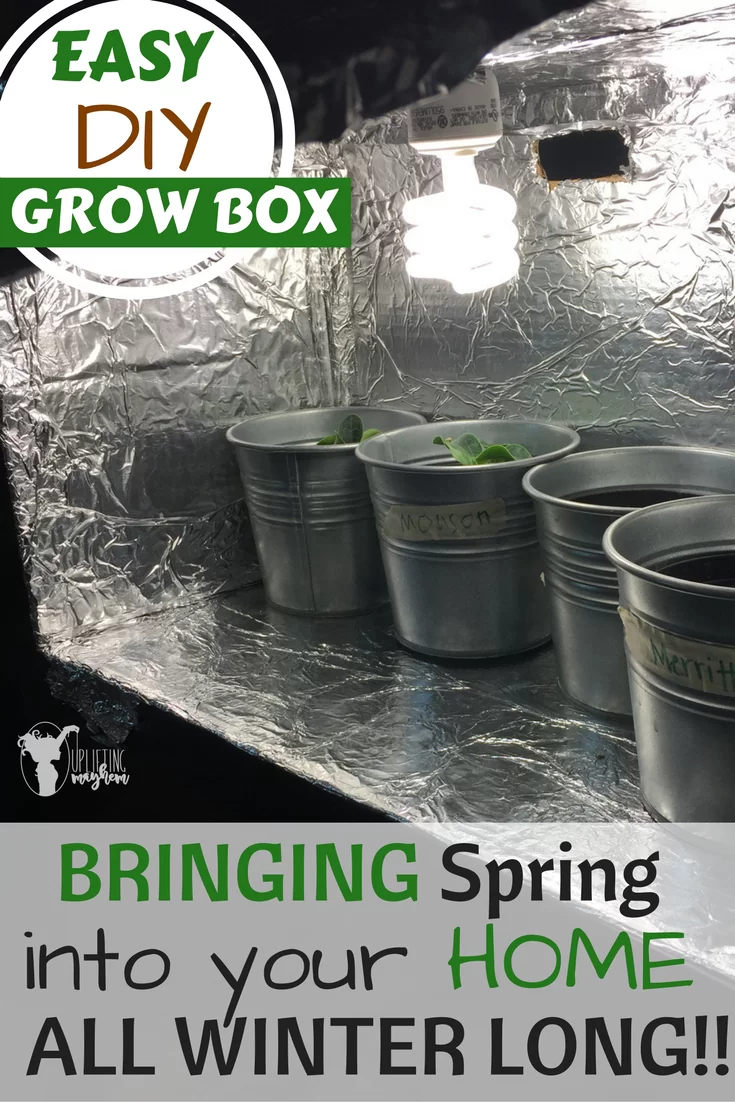
In this captivating middle school project, students will learn the wonders of plant growth and the art of nurturing a thriving garden.
By constructing their own affordable and innovative grow boxes using simple materials, they’ll have the perfect environment to observe the magical transformation from seeds to flourishing plants.
Learn more: Easy DIY Grow Box
15. Creative Ferris Wheel
By encouraging creativity and experimentation, this engaging experiment not only promises an exciting learning experience but also fosters teamwork and critical thinking
16. Alka Seltzer Rockets
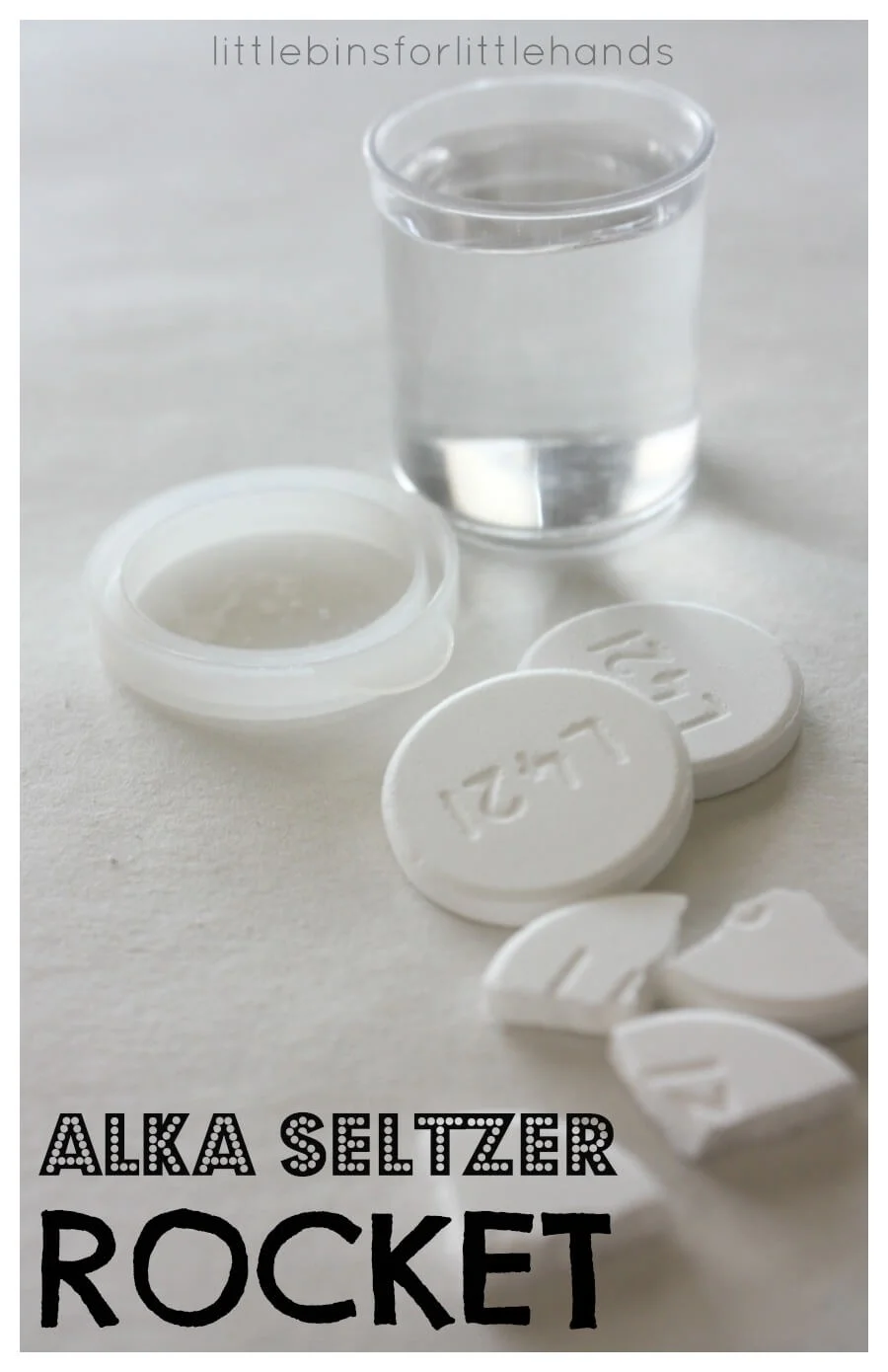
Prepare for a high-flying adventure with the Alka Seltzer Rockets science experiment! This exciting and explosive activity is a perfect choice for middle school students eager to explore the wonders of chemical reactions and rocketry.
17. Why do Apples Turn Brown?
Through hands-on exploration, middle school students will discover the role of enzymes and oxygen in this intriguing transformation.
18. Water Bending Experiment
By understanding the principles of surface tension and cohesion, you’ll be able to create mesmerizing effects, seemingly bending water with just a piece of static material.
19. Water Clock
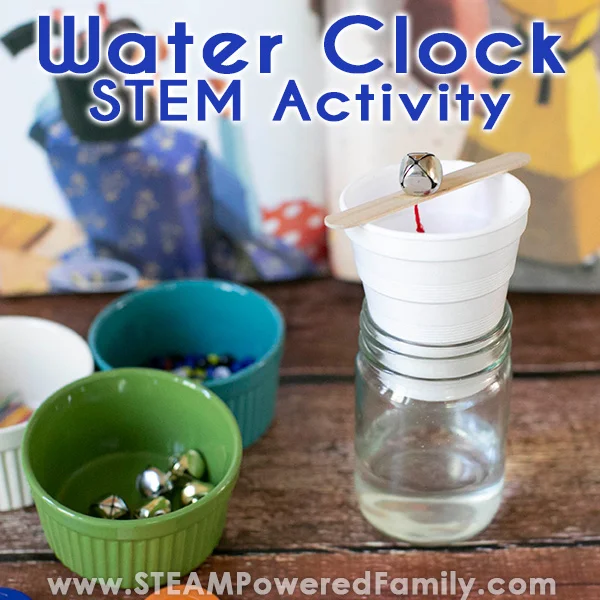
Experience the magic of timekeeping in its most ancient form with the fascinating Water Clock project! In this hands-on experiment, students will learn about history, physics, and engineering as they build their own timekeeping device using just water and a few simple materials.
Learn more: Steam Powered Family
20. Paper Ball Run Challenge
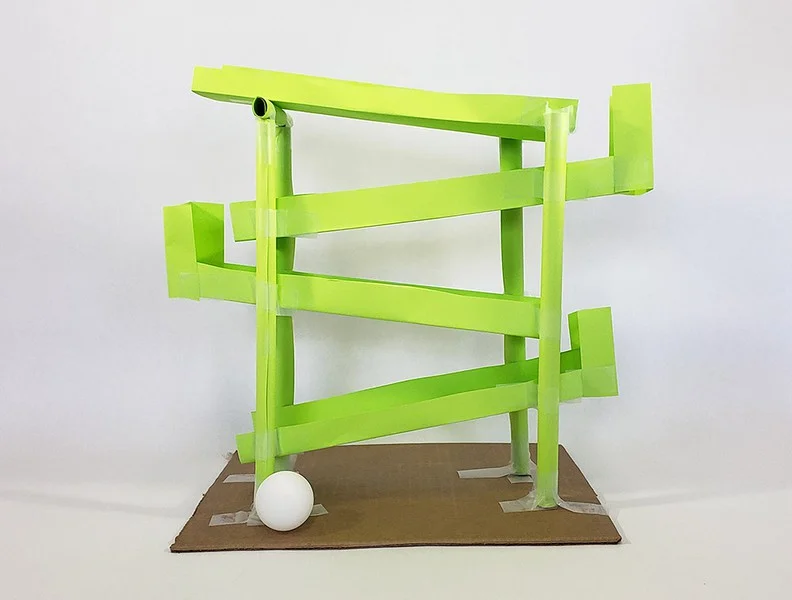
Get ready for a thrilling and creative adventure with the Paper Ball Run Challenge! In this captivating science experiment, you’ll explore the principles of motion, gravity, and engineering as you design and build your very own paper ball run.
21. Flood Barriers
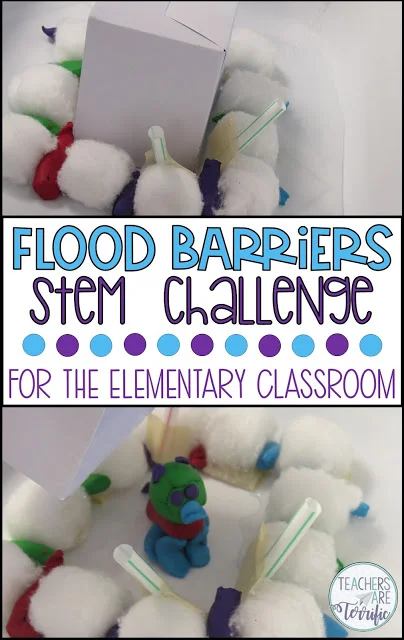
As you construct and evaluate your barriers, you’ll gain a deeper understanding of how floods occur and the importance of finding effective solutions.
Learn more: Teachers are terrific
22. Exploring the Law of Inertia Experiment Using a Fidget Spinner
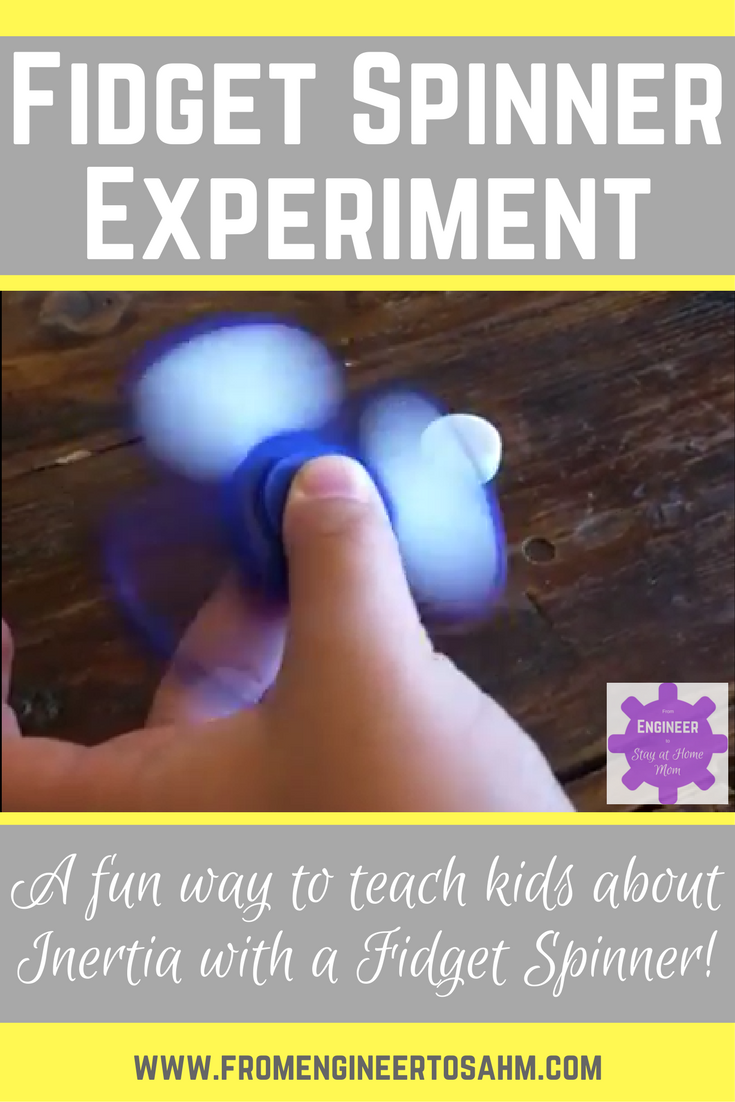
This engaging experiment will help you unravel Sir Isaac Newton’s Law of Inertia in a fun and hands-on way. By using a fidget spinner, you’ll explore how the spinning motion persists due to inertia and how different factors can influence its behavior.
23. Air Pressure Impact on Ping Pong Balls
By investigating the effects of air pressure on these lightweight spheres, you’ll uncover the secrets of flight, aerodynamics, and atmospheric pressure.
24. Rolling Uphill
In this experiment, you’ll witness the baffling phenomenon of a ball seemingly defying gravity by rolling uphill on a specially designed track.
25. Pick Up Ice with a String
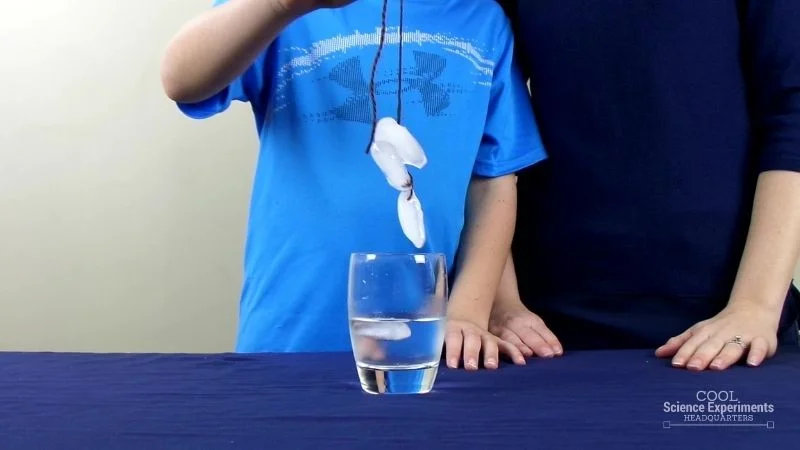
Have you ever wondered if it’s possible to lift ice using just a simple string? In this fascinating experiment, you’ll explore the principles of heat transfer and surface tension as you attempt to defy gravity and lift ice cubes with nothing but a string.
Learn more: Pick Up Ice with a String
26. Keep a Paper Towel Dry Under Water
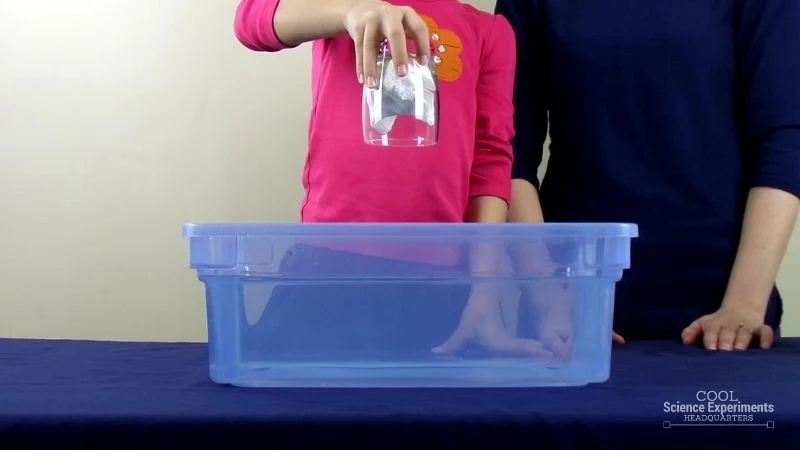
This captivating experiment will unveil the wonders of surface tension and hydrophobicity, as you attempt to create a barrier that defies the conventional wisdom of water soaking through paper.
Learn more: Keep a Paper Towel Dry Under Water
27. Upside Down Glass of Water
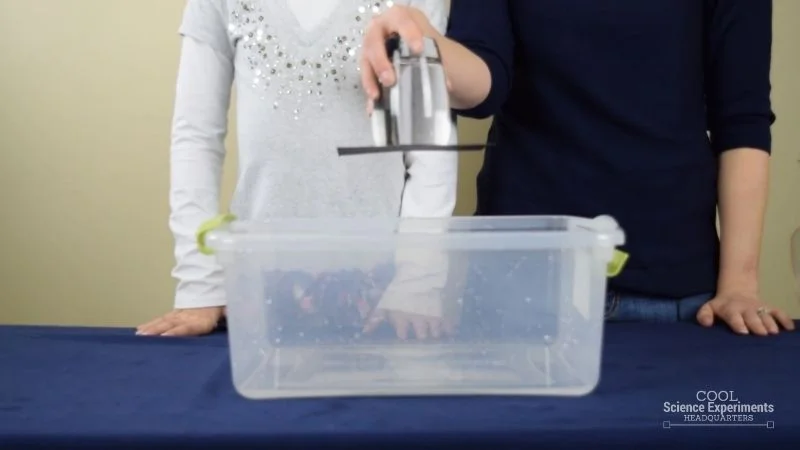
This mesmerizing experiment will unravel the fascinating concept of air pressure and its influence on liquids. As you turn a glass of water upside down and observe the water’s defiance of falling out, you’ll gain insight into the powerful role of air pressure in our everyday lives.
Learn more: Upside Down Glass of Water
28. Make a Wine Glass Sing
Have you ever wondered how to turn a simple glass of wine into a musical instrument? This captivating experiment will introduce you to the fascinating concept of acoustics and how sound waves interact with liquid-filled glasses.
29. Crush a Plastic Bottle
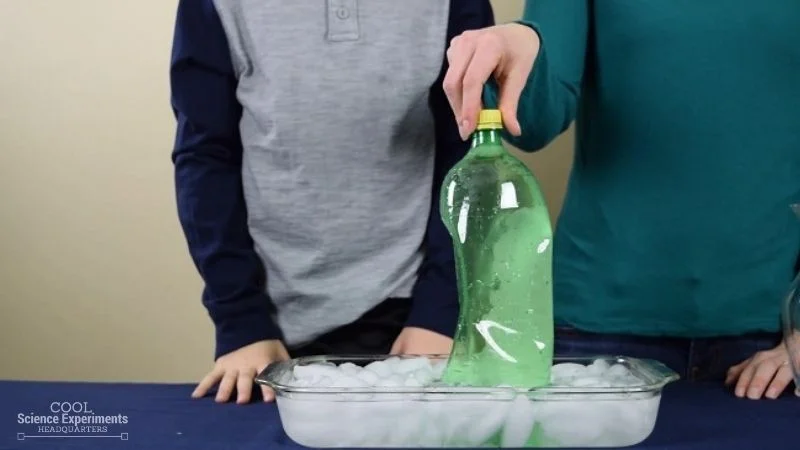
Are you curious about the forces at play when we compress a seemingly indestructible plastic bottle? This captivating experiment will unravel the science behind how pressure and air interact to create this astonishing effect.
Learn more: Crush a Plastic Bottle
30. Ruler Changes Size
Get ready to witness an optical illusion that will challenge your perception of reality. In this captivating experiment, you’ll explore the fascinating phenomenon of light refraction and how it can make objects appear different than they really are.
31. Egg in a Bottle
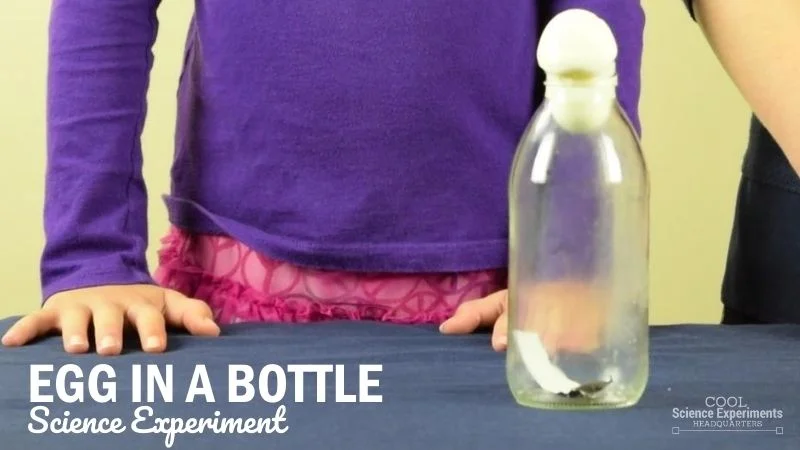
Have you ever wondered how to get an egg into a bottle without breaking it? This mesmerizing experiment will introduce you to the concept of air pressure and how it can be harnessed to achieve the impossible.
Learn more: Egg in a Bottle
32. Water Doesn’t Leak Out Science Experiment
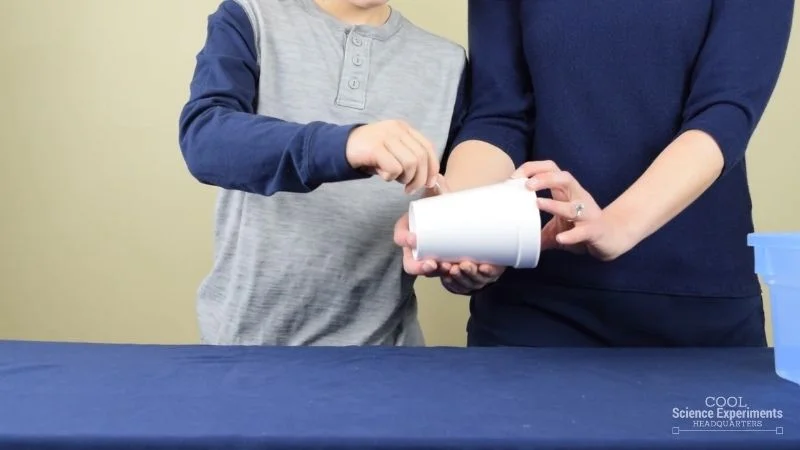
This hands-on activity not only sparks curiosity and amazement but also teaches you about the properties of gases and the laws of physics.
So, get ready to be astounded and dive into the magic of science with the “Water Doesn’t Leak Out” experiment – an entertaining and enlightening adventure that will leave you thirsting for more knowledge!
Learn more: Water Science Experiment
33. Pick Up a Ball with a Jar
This captivating experiment will introduce you to the fascinating concept of air pressure and how it can create a powerful force that defies gravity.
34. Glowing Water Science
This captivating experiment will introduce you to the fascinating properties of fluorescent materials and how they interact with light.
35. Fizzy Cloud Dough
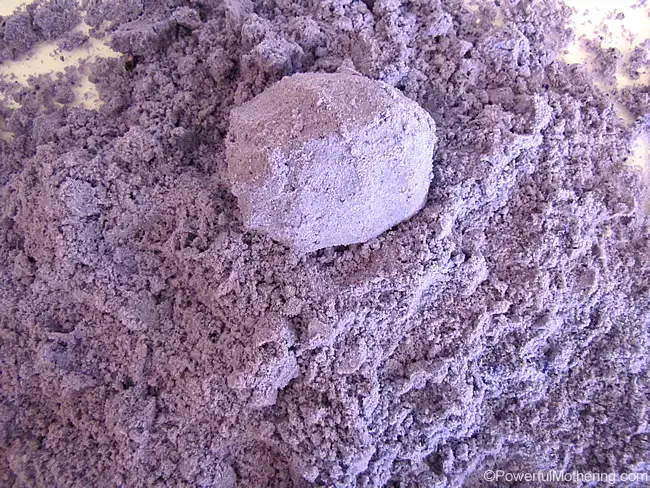
The fizzing reaction not only adds an element of excitement but also provides a great opportunity to explore the science of chemical reactions and the release of carbon dioxide.
Learn more: Fizzy Cloud Dough
36. Underwater Magic Sand
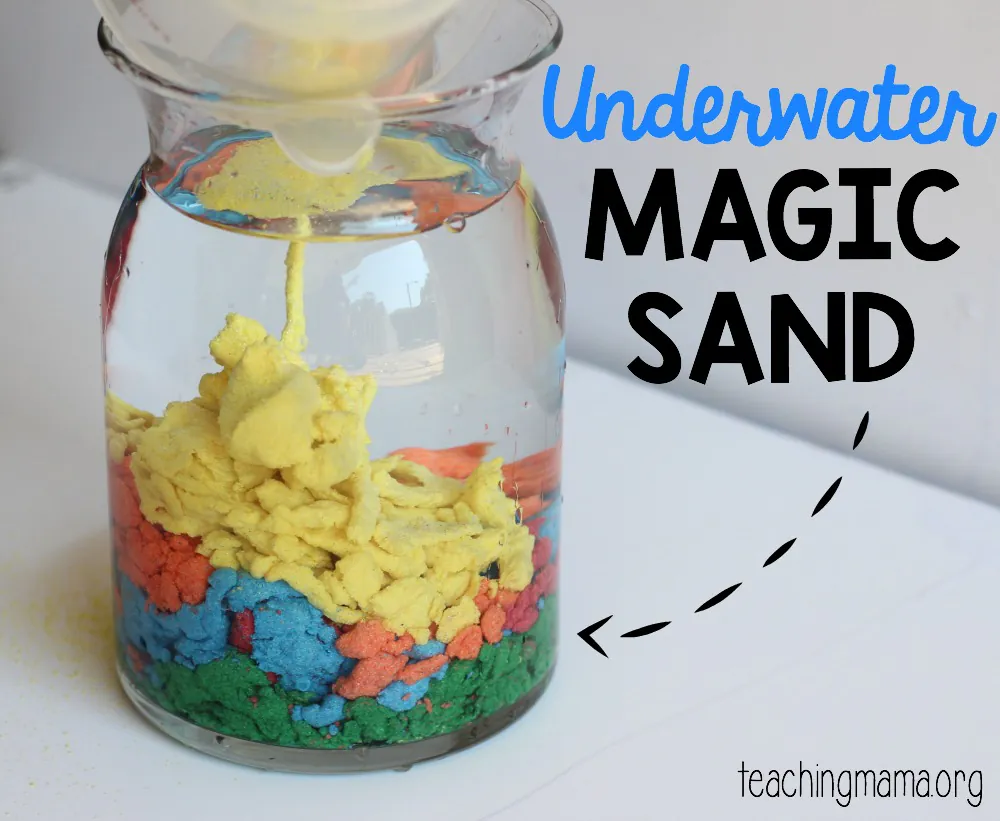
Get ready to witness the marvels of hydrophobic science and explore the secrets of this captivating underwater magic sand experiment.
Learn more: Teaching Mama Org
37. Make Bouncy Polymer Balls
This captivating experiment will take you on an exciting journey into the realm of polymers and chemical reactions.
38. Use a Crayon as a Candle
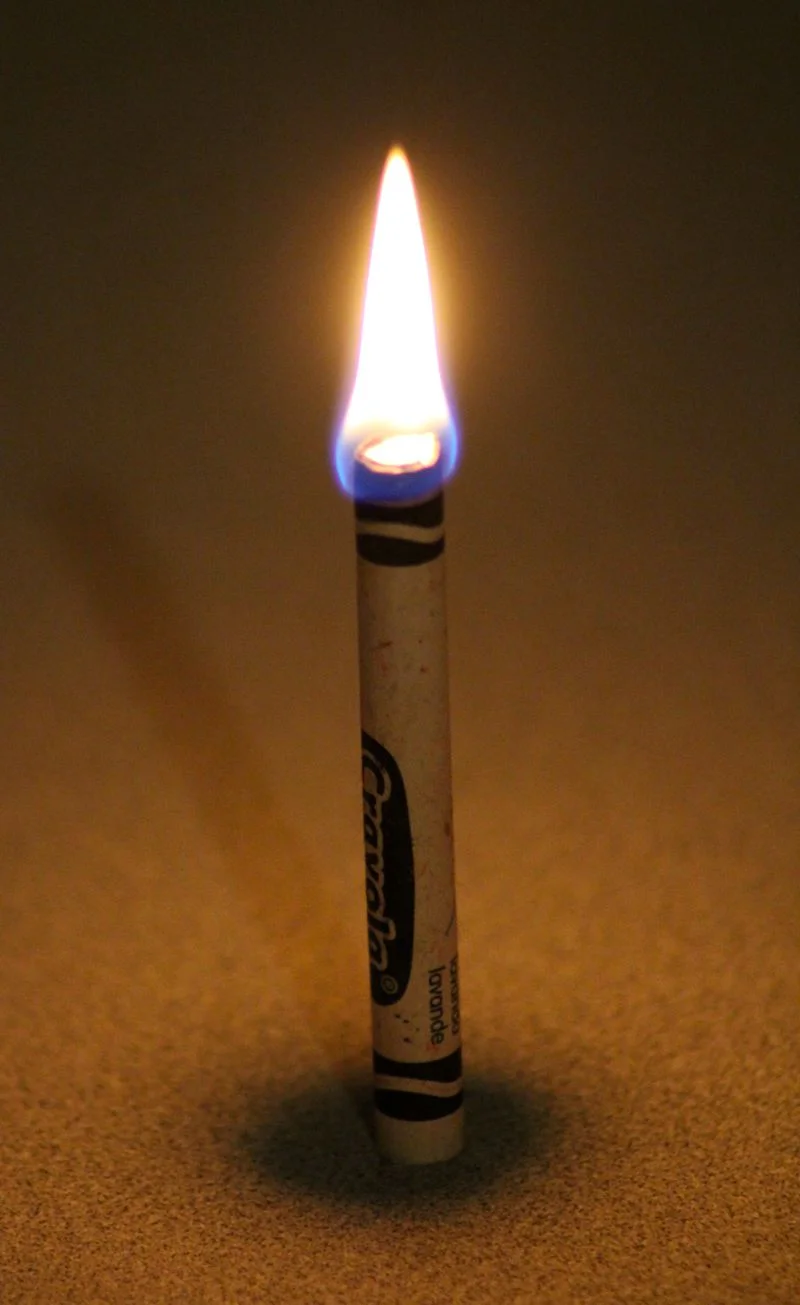
This hands-on activity not only sparks curiosity and excitement but also offers a safe and educational way to explore the science of combustion and the flammability of materials.
Learn more: Crayon Candle
39. Flame Test Colors

Not only does it spark curiosity and wonder but also deepens your understanding of the emission spectra of elements.
So, get ready to illuminate your scientific knowledge with the “Flame Test Colors” experiment – an educational and visually stunning adventure that will leave you dazzled and eager to discover more about the fascinating world of chemistry!
Learn more: Thought Co
40. Grow A Bean Plant
By planting a simple bean seed and providing it with water, sunlight, and care, you’ll witness the fascinating process of germination and watch as your bean seedling sprouts and grows.
Similar Posts:
- 68 Best Chemistry Experiments: Learn About Chemical Reactions
- 37 Water Science Experiments: Fun & Easy
- Top 100 Fine Motor Skills Activities for Toddlers and Preschoolers
Leave a Comment Cancel reply
Save my name and email in this browser for the next time I comment.
51+ Best STEM Project Ideas for Middle School Students
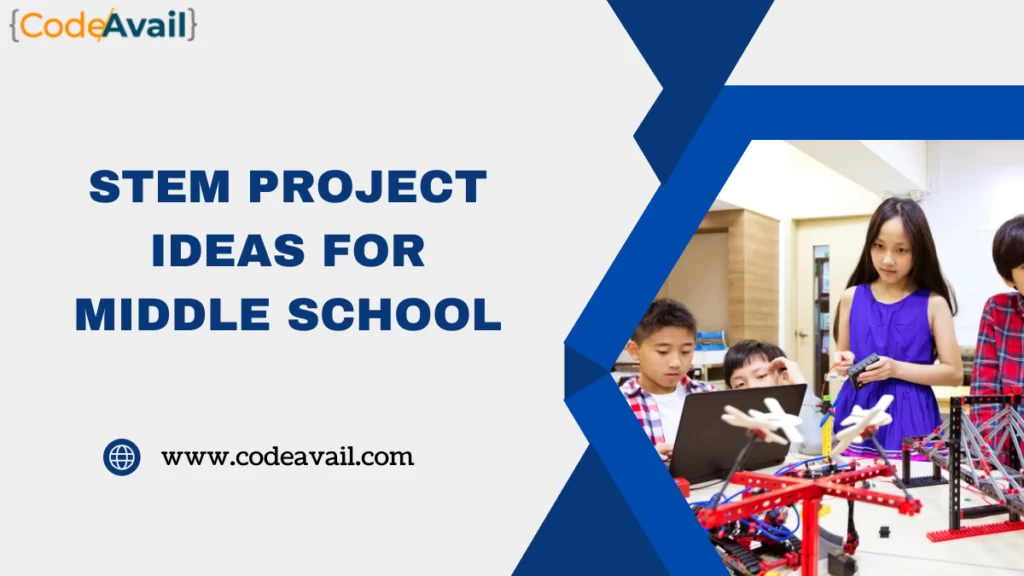
STEM education opens doors to a world of discovery and excitement for middle school students. It’s like unlocking a treasure chest of knowledge in Science, Technology, Engineering, and Mathematics (STEM). These projects aren’t just fun and games; they’re the secret sauce to boost critical thinking and set the stage for future careers in cool stuff like building robots, creating computer programs, and solving real-world problems. If you’re a parent or teacher wondering where to start, you’re in the right place!
This blog is your go-to guide for the best, most awesome STEM project ideas for middle schoolers. Let’s dive into the world of STEM and ignite young minds with creativity and curiosity!
What is a STEM Project?
Table of Contents
A STEM project is a hands-on, interactive learning experience that integrates Science, Technology, Engineering, and Mathematics to solve real-world problems. It goes beyond textbooks, encouraging students to apply theoretical knowledge to practical situations. These projects nurture critical thinking, innovation, and teamwork, essential skills for future success in STEM-related fields. Whether building a robot, conducting scientific experiments, or coding a program, STEM projects engage students in experiential learning, fostering a deep understanding of core subjects and preparing them for the challenges of our technologically advanced world.
Why STEM Matters in Middle School?
Before we dive into the list of STEM project ideas for middle school, you need to know the factors about why STEM matters in middle school. Middle school is a transformative period where students begin to shape their academic interests and career aspirations. Introducing STEM projects during this time is instrumental in:
Developing Critical Thinking Skills
STEM projects require students to analyze problems, think critically, and devise creative solutions. This process cultivates a mindset of inquiry and problem-solving, crucial for academic and real-world challenges.
Fostering Creativity and Innovation
Engaging in STEM projects encourages students to think outside the box. It promotes innovative thinking, enabling them to approach problems with fresh perspectives and creative solutions.
Building a Foundation for Future STEM Careers
Early exposure to STEM projects lays the groundwork for future careers in science, technology, engineering, and mathematics. It sparks interest and passion, setting the stage for more advanced studies and professional pursuits.
Steps to Choosing the Right STEM Project
Selecting an appropriate STEM project is essential for ensuring students remain engaged and derive maximum educational benefits. Consider the following factors:
1. Considering Students’ Interests and Passions
Tailor STEM projects to align with the interests and passions of middle school students. Whether it’s robotics, environmental science, or computer programming, choosing projects that resonate with their curiosity enhances the learning experience.
2. Aligning with Curriculum Goals
Integrate STEM projects with existing curriculum goals. This ensures that while students explore exciting and hands-on projects, they are also meeting educational standards set by the school.
3. Availability of Resources
Assess the availability of resources, both in terms of materials and expertise. Opt for projects that are feasible within the constraints of the school’s resources to guarantee successful implementation.
STEM Project Ideas for Middle School Students
Here is a complete list of STEM project ideas for middle school students in 2024:
1. DIY Solar Oven
In this project, students build a solar oven using simple materials like cardboard, aluminum foil, and plastic wrap. They learn about solar energy and how it can be harnessed for practical applications. The project explores concepts of heat transfer, insulation, and renewable energy sources. Students gain hands-on experience in designing and constructing a functional solar oven while understanding the importance of sustainable energy solutions.
2. Hydroponic Garden Design
This STEM project involves creating a hydroponic garden, allowing students to explore plant growth without soil. They learn about nutrient solutions, plant biology, and sustainable agriculture. This project encourages critical thinking as students design and build their hydroponic systems, fostering an understanding of how technology can revolutionize traditional farming methods.
3. Robotics and Coding Challenge
Students engage in a robotics and coding project where they design, build, and program a robot to perform specific tasks. This project introduces them to the fundamentals of robotics, coding languages, and problem-solving. By working on this project, students enhance their computational thinking skills, creativity, and teamwork, laying the foundation for potential future careers in STEM fields.
4. Water Filtration System
In this hands-on project, students design and construct a water filtration system using everyday materials. This project addresses water pollution issues and teaches students about the importance of clean water. They learn about filtration methods, environmental science, and engineering principles. Through trial and error, students refine their systems, gaining insights into real-world problem-solving.
5. Renewable Energy Model
Students create a model that demonstrates the principles of renewable energy, such as wind or hydropower. This project introduces them to sustainable energy sources, environmental conservation, and engineering design. By constructing a working model, students grasp the concepts of energy conversion, turbine mechanics, and the potential for harnessing natural resources to generate power.
6. 3D Printing Project
In this project, students explore the world of 3D printing by designing and printing objects using computer-aided design (CAD) software. This hands-on experience enhances their understanding of technology, design principles, and precision manufacturing. The project also encourages creativity as students conceptualize and bring their ideas to life through the 3D printing process. However, this is one of the top STEM project ideas for middle school.
7. Microbial Fuel Cells
Students delve into microbiology and energy production by creating microbial fuel cells. This project explores the potential of microorganisms to generate electricity. Students learn about microbial processes, biochemistry, and sustainable energy. The hands-on aspect of building and testing microbial fuel cells allows students to connect theoretical knowledge to practical applications in the field of bioenergy.
8. Weather Station Construction
In this project, students build a weather station to monitor and record local weather conditions. They learn about meteorology, data collection, and instrumentation. This project fosters an understanding of climate science and the importance of accurate weather predictions. Students gain insights into how technology can be used to gather and analyze environmental data, contributing to their knowledge of Earth sciences.
9. Bridge Building Challenge
Students engage in a structural engineering project by designing and building bridges using various materials. This project explores principles of physics, geometry, and material science. Through experimentation and analysis, students learn about load distribution, forces, and the importance of structural integrity. The project encourages creativity and critical thinking as students aim to construct bridges capable of withstanding specified loads.
10. Electricity-Generating Bike
In this hands-on project, students convert a stationary bike into an electricity-generating device. They explore the concepts of energy conversion, electrical circuits, and sustainable transportation. As students pedal the bike, they generate electricity, providing a practical demonstration of human-powered energy. This project not only teaches the principles of electricity but also raises awareness about alternative and renewable energy sources, encouraging a sustainable mindset among students.
11. Solar-Powered Water Desalination
This project involves creating a solar-powered water desalination system. Students explore the challenges of providing fresh water in arid regions by harnessing solar energy to desalinate seawater. They learn about solar cells, heat transfer, and the importance of sustainable solutions to address global water scarcity issues. The project encourages students to think critically about the intersection of technology, renewable energy, and environmental conservation.
12. Biodegradable Plastics Investigation
In this STEM project, students investigate the properties of biodegradable plastics compared to traditional plastics. They learn about polymer chemistry, environmental impact, and waste reduction. Students design experiments to test the decomposition rates of different plastics under various conditions, promoting a deeper understanding of sustainable material choices and their implications for the environment.
13. Astronomy and Star Mapping
Students embark on an astronomy project where they learn about celestial objects and create their star maps. This project introduces concepts such as constellations, celestial coordinates, and observational astronomy. Through research and observation, students develop an appreciation for the vastness of the universe and the methods astronomers use to navigate and understand the night sky. Moreover, it is one of the best STEM project ideas for middle school.
14. Wind Turbine Efficiency Optimization
This project focuses on designing and optimizing the efficiency of a wind turbine. Students explore aerodynamics, energy conversion, and the factors influencing turbine performance. They experiment with blade design, wind direction, and other variables to maximize energy output. The project provides hands-on experience in renewable energy engineering and highlights the importance of innovation in sustainable power generation.
15. Microcontroller-Based Smart Home Project
Students delve into the world of home automation by designing and implementing a microcontroller-based smart home system. They learn about programming microcontrollers, sensor integration, and network communication. The project encourages creativity as students develop solutions for automating tasks within a home environment, providing a practical introduction to the Internet of Things (IoT) and smart technology.
Other STEM Project Ideas for Middle School Students
Discover some other STEM project ideas for middle school students:
- Bio-inspired Robotics Challenge
- Water Rocket Launch
- Food Chemistry and Molecular Gastronomy
- Virtual Reality Exploration
- Magnetic Levitation System
- Green Roof Design and Implementation
- Arduino-Based Weather Station
- Ocean Exploration ROV (Remotely Operated Vehicle)
- 3D Printed Prosthetics
- Biodiversity Mapping with Drones
- Fermentation and Brewing Science
- Internet of Things (IoT) Smart Agriculture
- Energy-Efficient Home Design
- Quantum Computing Basics
- Wearable Health Technology
- Advanced Paper Airplane Design
- Portable Solar Charger
- Mathematics of Origami
- Edible Cell Models
- Exploring Virtual Labs in Chemistry
- Self-driving Car Simulation
- Eco-friendly Transportation Solutions
- Investigating Antibiotic Resistance
- Digital Art and Animation with Coding
- Sustainable Urban Planning
- Building a Miniature Satellite (CubeSat)
- Indoor Air Quality Monitoring System
- Mathematical Modeling of Epidemics
- Exploring Nanotechnology Applications
- Laser Cut Puzzle Design
- Fire Ecology and Controlled Burns
- Behavioral Psychology Experiments
- Advanced Microscopy Techniques
- Renewable Energy-Powered Car
- DIY Geiger Counter Construction
- Virtual Chemistry Experiments
- Plant Genetics and Hybridization
- GPS-guided Autonomous Vehicles
- Human-Powered Water Purification
- Investigating Microplastics in the Environment
In summary, weaving STEM project ideas for middle school education isn’t just about equations and experiments—it’s about nurturing the seeds of innovation. As we conclude this journey into the realm of Science, Technology, Engineering, and Mathematics, it’s evident that these projects are not just educational milestones but catalysts for lifelong curiosity. By introducing students to a spectrum of captivating projects, educators sow the seeds of intellectual enthusiasm, fostering not only academic excellence but also a love for deciphering the mysteries of the world.
So, as you embark on this educational adventure, envision the countless possibilities that STEM offers, and witness the transformative power it has in shaping not just bright minds, but resilient, creative, and future-ready individuals. Embrace the marvels of STEM education, and witness your students bloom into the problem-solvers and innovators of tomorrow.
Related Posts

Science Fair Project Ideas For 6th Graders
When it comes to Science Fair Project Ideas For 6th Graders, the possibilities are endless! These projects not only help students develop essential skills, such…

Java Project Ideas for Beginners
Java is one of the most popular programming languages. It is used for many applications, from laptops to data centers, gaming consoles, scientific supercomputers, and…
- Skip to primary navigation
- Skip to main content
- Skip to primary sidebar
Teaching Expertise
- Classroom Ideas
- Teacher’s Life
- Deals & Shopping
- Privacy Policy
Research Activities For Middle School: Discussions, Tips, Exploration, And Learning Resources
February 6, 2024 // by Josilyn Markel
Learning to research effectively is an important skill that middle-school-aged students can learn and carry with them for their whole academic careers. The students in question will use these skills for everything from reading news articles to writing a systematic review of their sources. With increased demands on students these days, it’s never too early to introduce these sophisticated research skills.
We’ve collected thirty of the best academic lessons for middle school students to learn about sophisticated research skills that they’ll use for the rest of their lives.
1. Guiding Questions for Research
When you first give a research project to middle school students, it’s important to make sure that they really understand the research prompts. You can use this guiding questions tool with students to help them draw on existing knowledge to properly contextualize the prompt and assignment before they even pick up a pen.
Learn More: Mrs. Spangler in the Middle
2. Teaching Research Essential Skills Bundle
This bundle touches on all the writing skills, planning strategies, and so-called soft skills that students will need to get started on their first research project. These resources are especially geared towards middle school-aged students to help them with cognitive control tasks plus engaging and active lessons.
Learn More: Pinterest
3. How to Develop a Research Question
Before a middle school student can start their research time on task, they have to form a solid research question. This resource features activities for students that will help them identify a problem and then formulate a question that will guide their research project going first.
Learn More: YouTube
4. Note-Taking Skills Infographic
For a strong introduction and/or systematic review of the importance of note-taking, look no further than this infographic. It covers several excellent strategies for taking the most important info from a source, and it also gives tips for using these strategies to strengthen writing skills.
Learn More: Word Counter
5. Guide to Citing Online Sources
One of the more sophisticated research skills is learning to cite sources. These days, the internet is the most popular place to find research sources, so learning the citation styles for making detailed citations for internet sources is an excellent strategy. This is a skill that will stick with middle school students throughout their entire academic careers!
Learn More: Educator’s Technology
6. Guided Student-Led Research Projects
This is a great way to boost communication between students while also encouraging choice and autonomy throughout the research process. This really opens up possibilities for students and boosts student activity and engagement throughout the whole project. The group setup also decreases the demands on students as individuals.
Learn More: The Thinker Builder
7. Teaching Students to Fact-Check
Fact-checking is an important meta-analytic review skill that every student needs. This resource introduces probing questions that students can ask in order to ensure that the information they’re looking at is actually true. This can help them identify fake news, find more credible sources, and improve their overall sophisticated research skills.
Learn More: Just Add Students
8. Fact-Checking Like a Pro
This resource features great teaching strategies (such as visualization) to help alleviate the demands on students when it comes to fact-checking their research sources. It’s perfect for middle school-aged students who want to follow the steps to make sure that they’re using credible sources in all of their research projects, for middle school and beyond!
9. Website Evaluation Activity
With this activity, you can use any website as a backdrop. This is a great way to help start the explanation of sources that will ultimately lead to helping students locate and identify credible sources (rather than fake news). With these probing questions, students will be able to evaluate websites effectively.
10. How to Take Notes in Class
This visually pleasing resource tells students everything they need to know about taking notes in a classroom setting. It goes over how to glean the most important information from the classroom teacher, and how to organize the info in real-time, and it gives tips for cognitive control tasks and other sophisticated research skills that will help students throughout the research and writing process.
Learn More: Visualistan
11. Teaching Research Papers: Lesson Calendar
If you have no idea how you’re going to cover all the so-called soft skills, mini-lessons, and activities for students during your research unit, then don’t fret! This calendar breaks down exactly what you should be teaching, and when. It introduces planning strategies, credible sources, and all the other research topics with a logical and manageable flow.
Learn More: Discover Hub Pages
12. Google Docs Features for Teaching Research
With this resource, you can explore all of the handy research-focused features that are already built into Google Docs! You can use it to build activities for students or to make your existing activities for students more tech-integrated. You can use this tool with students from the outset to get them interested and familiar with the Google Doc setup.
13. Using Effective Keywords to Search the Internet
The internet is a huge place, and this vast amount of knowledge puts huge demands on students’ skills and cognition. That’s why they need to learn how to search online effectively, with the right keywords. This resource teaches middle school-aged students how to make the most of all the search features online.
Learn More: Teachers Pay Teachers
14. How to Avoid Plagiarism: “Did I Plagiarize?”
This student activity looks at the biggest faux pas in middle school research projects: plagiarism. These days, the possibilities for students to plagiarize are endless, so it’s important for them to learn about quotation marks, paraphrasing, and citations. This resource includes information on all of those and in a handy flow chart to keep them right!
Learn More: Twitter
15. 7 Tips for Recognizing Bias
This is a resource to help middle school-aged students recognize the differences between untrustworthy and credible sources. It gives a nice explanation of sources that are trustworthy and also offers a source of activities that students can use to test and practice identifying credible sources.
Learn More: We Are Teachers
16. UNESCO’s Laws for Media Literacy
This is one of those great online resources that truly focuses on the students in question, and it serves a larger, global goal. It offers probing questions that can help middle school-aged children determine whether or not they’re looking at credible online resources. It also helps to strengthen the so-called soft skills that are necessary for completing research.
Learn More: SLJ Blogs
17. Guide for Evaluating a News Article
Here are active lessons that students can use to learn more about evaluating a news article, whether it’s on a paper or online resource. It’s also a great tool to help solidify the concept of fake news and help students build an excellent strategy for identifying and utilizing credible online sources.
Learn More: Valencia College
18. Middle School Research Projects Middle School Students Will Love
Here is a list of 30 great research projects for middle schoolers, along with cool examples of each one. It also goes through planning strategies and other so-called soft skills that your middle school-aged students will need in order to complete such projects.
Learn More: Madly Learning
19. Teaching Analysis with Body Biographies
This is a student activity and teaching strategy all rolled into one! It looks at the importance of research and biographies, which brings a human element to the research process. It also helps communication between students and helps them practice those so-called soft skills that come in handy while researching.
Learn More: Study All Knight
20. Top Tips for Teaching Research in Middle School
When it comes to teaching middle school research, there are wrong answers and there are correct answers. You can learn all the correct answers and teaching strategies with this resource, which debunks several myths about teaching the writing process at the middle school level.
Learn More: Teaching ELA with Joy
21. Teaching Students to Research Online: Lesson Plan
This is a ready-made lesson plan that is ready to present. You don’t have to do tons of preparation, and you’ll be able to explain the basic and foundational topics related to research. Plus, it includes a couple of activities to keep students engaged throughout this introductory lesson.
Learn More: Kathleen Morris
22. Project-Based Learning: Acceptance and Tolerance
This is a series of research projects that look at specific problems regarding acceptance and tolerance. It offers prompts for middle school-aged students that will get them to ask big questions about themselves and others in the world around them.
Learn More: Sandy Cangelosi
23. 50 Tiny Lessons for Teaching Research Skills in Middle School
These fifty mini-lessons and activities for students will have middle school-aged students learning and applying research skills in small chunks. The mini-lessons approach allows students to get bite-sized information and focus on mastering and applying each step of the research process in turn. This way, with mini-lessons, students don’t get overwhelmed with the whole research process at once. In this way, mini-lessons are a great way to teach the whole research process!
24. Benefits of Research Projects for Middle School Students
Whenever you feel like it’s just not worth it to go to the trouble to teach your middle school-aged students about research, let this list motivate you! It’s a great reminder of all the great things that come with learning to do good research at an early age.
Learn More: Thrive in Grade Five
25. Top 5 Study and Research Skills for Middle Schoolers
This is a great resource for a quick and easy overview of the top skills that middle schoolers will need before they dive into research. It outlines the most effective tools to help your students study and research well, throughout their academic careers.
Learn More: Meagan Gets Real
26. Research with Informational Text: World Travelers
This travel-themed research project will have kids exploring the whole world with their questions and queries. It is a fun way to bring new destinations into the research-oriented classroom.
Learn More: The Superhero Teacher
27. Project-Based Learning: Plan a Road Trip
If you want your middle school-aged students to get into the researching mood, have them plan a road trip! They’ll have to examine the prompt from several angles and collect data from several sources before they can put together a plan for an epic road trip.
Learn More: Appletastic Learning
28. Methods for Motivating Writing Skills
When your students just are feeling up to the task of research-based writing, it’s time to break out these motivational methods. With these tips and tricks, you’ll be able to get your kids in the mood to research, question, and write!
29. How to Set Up a Student Research Station
This article tells you everything you need to know about a student center focused on sophisticated research skills. These student center activities are engaging and fun, and they touch on important topics in the research process, such as planning strategies, fact-checking skills, citation styles, and some so-called soft skills.
Learn More: Upper Elementary Snapshots
30. Learn to Skim and Scan to Make Research Easier
These activities for students are geared towards encouraging reading skills that will ultimately lead to better and easier research. The skills in question? Skimming and scanning. This will help students read more efficiently and effectively as they research from a variety of sources.

35 Fun Stem Projects for Middle School
Stem projects for middle school are a fantastic way to engage students in hands-on, interdisciplinary learning experiences that promote critical thinking, problem-solving, and creativity.
Whether it’s building a working model, conducting experiments, or designing solutions to real-world challenges, STEM projects provide middle school students with opportunities to explore and apply their knowledge in fun and meaningful ways.
We will explore a variety of engaging STEM project ideas suitable for middle school students , encouraging them to embrace the exciting world of science and technology.
Paper Bridge Engineering:

Challenge students to design and build paper bridges that can support a specified weight using only a limited number of materials like paper, tape, and glue. This project encourages students to apply principles of engineering, physics, and mathematics as they experiment with different bridge designs, considering factors like load distribution, structural stability, and material strength. It’s a hands-on way to introduce them to the world of structural engineering.
Solar-Powered Mini Cars:

Have students construct small, solar-powered vehicles using inexpensive materials like cardboard, small electric motors, and solar panels. This project combines elements of physics, electronics, and renewable energy. Students can learn about solar energy conversion, electrical circuits, and vehicle design as they build and race their solar-powered cars. It’s a great way to introduce them to sustainable energy concepts.
Biome Ecosystems:

Task students with creating mini-ecosystems in glass containers to simulate different biomes like rainforests, deserts, or wetlands. This project integrates biology and environmental science as students research, design, and care for their ecosystems. They can observe how living organisms interact with their environment and understand concepts like food webs, nutrient cycles, and the importance of biodiversity. Related: 20 Fun No Prep Stem Activities & Games
Coding and Game Development:

Introduce students to the world of computer programming by guiding them through the process of creating their own video games or interactive simulations. This project covers aspects of computer science, mathematics, and logic. Students can use platforms like Scratch or Python to code their games, fostering creativity and problem-solving skills while learning the fundamentals of coding.
Water Filtration Challenge:

Engage students in a real-world problem-solving activity by challenging them to design and build water filtration systems. Provide them with contaminated water samples and various materials such as sand, gravel, and activated charcoal. This project combines elements of chemistry, environmental science, and engineering as students work to purify the water. It’s a great opportunity to discuss water quality issues and sustainable solutions.
Rocket Science and Aerodynamics:

Allow students to delve into the world of aerospace engineering by having them design and launch their own model rockets. This project combines physics and engineering principles as students learn about thrust, drag, and stability. They can experiment with different rocket designs and propulsion methods while gaining an appreciation for the science behind space exploration.
Robotics Challenge:

Introduce students to robotics by providing them with robot kits or access to robotics programming platforms like LEGO Mindstorms or VEX. Challenge them to build and program robots to complete specific tasks or navigate obstacle courses. This project integrates technology, engineering, and computer programming, fostering teamwork and problem-solving skills.
3D Printing and Design:

Equip students with 3D printers and guide them through the process of designing and creating 3D-printed objects. This project involves elements of technology, engineering, and creativity as students learn about computer-aided design (CAD) software and the principles of additive manufacturing. They can bring their ideas to life by designing and printing functional objects or artistic creations.
Renewable Energy Showcase:

Task students with researching and presenting on different renewable energy sources such as solar, wind, hydro, and geothermal power. This project combines science, technology, and environmental awareness as students explore the benefits and challenges of each energy source. They can also design and build small-scale models or prototypes to demonstrate how these technologies work.
Math Mystery Investigations:

Engage students in mathematical problem-solving by presenting them with real-world mysteries that require mathematical analysis to solve. These mysteries could involve topics like cryptography, logic puzzles, or mathematical patterns. This project enhances critical thinking and mathematical skills while making math more intriguing and relevant. Related: 25 Best Outer Space Activities for Preschoolers
Weather Station Construction:

Have students build their own weather stations using sensors and simple equipment. This project combines elements of meteorology, data collection, and technology. Students can monitor and record weather conditions such as temperature, humidity, and wind speed, and then analyze the data to make weather predictions and gain insights into climate patterns.
Microbiology Investigation:

Introduce students to the world of microbiology by conducting experiments with microorganisms. They can grow bacteria cultures, observe microscopic organisms under microscopes, and investigate topics like antibiotic resistance. This project encompasses biology and chemistry while promoting scientific inquiry and laboratory skills.
Hydroponic Garden Design:

Challenge students to design and create their own hydroponic gardens. This project combines elements of biology, chemistry, and engineering as students explore plant growth without soil, nutrient solutions, and the optimization of growing conditions. They can experiment with different hydroponic systems and plant varieties, fostering an understanding of sustainable agriculture.
Environmental Cleanup Challenge:

Engage students in environmental science by organizing a cleanup challenge in a local park, beach, or community area. This project involves researching environmental issues, organizing a cleanup event, and analyzing the impact of pollution on ecosystems. It promotes environmental awareness and civic responsibility while integrating science and community engagement.
Innovative Energy-Efficient Home Design:

Task students with designing energy-efficient homes using CAD software or physical models. They can explore concepts like insulation, renewable energy sources, and smart home technology to reduce energy consumption. This project combines architecture, engineering, and sustainability principles, encouraging students to think about environmentally friendly housing solutions.
Astronomy and Star Mapping:

Explore the wonders of the night sky by having students study astronomy and create their own star maps. This project combines science and mathematics as students learn about celestial objects, constellations, and the use of telescopes. They can then document their observations and create their own star charts for different seasons.
Electricity and Circuit Challenges:

Teach students the fundamentals of electrical circuits by challenging them to design and build various electrical devices or gadgets. This project involves hands-on experimentation with circuit components, such as resistors, capacitors, and LEDs. Students can learn about Ohm’s law and circuit design principles while creating functional projects.
Environmental Impact Assessment:

Have students investigate the environmental impact of a local development project or policy change. This project combines environmental science, data analysis, and advocacy skills as students research, collect data, and present findings to assess the potential consequences of the project on the ecosystem and community.
Earthquake Resistant Building Design:

Task students with designing and building model structures to withstand simulated earthquakes. This project combines principles of structural engineering, physics, and mathematics as students experiment with different construction materials and techniques to create earthquake-resistant buildings.
Biomedical Engineering:

Challenge students to explore the field of biomedical engineering by designing and building medical devices or prosthetics. They can create models of prosthetic limbs, artificial organs, or assistive devices for individuals with disabilities. This project combines biology, engineering, and healthcare technology.
Mars Colony Design:

Challenge students to design a hypothetical colony on Mars. This interdisciplinary project integrates space science, engineering, and sustainability concepts. Students can consider aspects like life support systems, habitat design, and resource utilization while exploring the challenges of space colonization.
Wildlife Tracking and Conservation:

Engage students in ecology and conservation by introducing them to wildlife tracking methods. They can design and build tracking devices or use GPS technology to monitor animal movements in their local environment. This project promotes a deeper understanding of ecology and the importance of wildlife conservation.
Alternative Energy Experiments:

Have students conduct experiments to explore alternative energy sources such as wind, solar, or biomass energy. They can build simple renewable energy systems, measure energy output, and analyze the efficiency of each source. This project combines science, engineering, and environmental awareness.
Greenhouse and Plant Growth Study:

Create a greenhouse on the school premises and have students conduct experiments related to plant growth. They can explore factors like light, temperature, humidity, and nutrient levels on plant development. This project combines biology, environmental science, and agriculture.
STEM Inventions and Innovation Fair:

Organize a STEM invention fair where students develop and showcase their own innovative creations. This project encourages creativity, problem-solving, and entrepreneurship. Students can invent solutions to everyday problems or come up with new gadgets, apps, or technologies, presenting their ideas to peers and judges.
Aquaponics System Design:

Challenge students to design and build their own aquaponics systems, combining elements of aquaculture and hydroponics. This project integrates biology, chemistry, and engineering as students create a self-sustaining ecosystem where fish and plants support each other. They can explore nutrient cycles, water quality, and sustainable food production.
Renewable Energy Art Installation:

Encourage students to combine art and technology by creating renewable energy-powered art installations. This interdisciplinary project involves designing aesthetically pleasing pieces that incorporate elements like solar panels, wind turbines, or kinetic energy generators. Students can explore the intersection of art, science, and sustainability.
Virtual Reality (VR) Exploration:

Introduce students to the world of virtual reality by allowing them to create VR experiences or educational simulations. This project combines technology, programming, and creativity as students learn to design and program virtual environments or educational games using VR software and hardware.
Math in Nature Scavenger Hunt:

Take students on a math-focused scavenger hunt in a natural setting like a park or botanical garden. They can identify and measure geometric shapes, collect data on plant growth, and solve math problems related to their observations. This project fosters an appreciation for the mathematical patterns found in the natural world.
Medical Mystery Investigation:

Engage students in medical science by presenting them with fictional medical mysteries to solve. They can research symptoms, conduct experiments, and use deductive reasoning to diagnose the “patients.” This project combines biology, anatomy, and critical thinking while sparking an interest in medical careers. Related: 100 Helpful Science Fair Project Questions
Recommended:
- 25 Teeth Brushing Activities for Preschoolers
- 24 Fun Literacy Activities for Preschoolers
- 23 Fun Shark Activities for Preschoolers
Sohaib Hasan Shah
Sohaib's journey includes 10+ years of teaching and counseling experience at BCSS School in elementary and middle schools, coupled with a BBA (Hons) with a minor in Educational Psychology from Curtin University (Australia) . In his free time, he cherishes quality moments with his family, reveling in the joys and challenges of parenthood. His three daughters have not only enriched his personal life but also deepened his understanding of the importance of effective education and communication, spurring him to make a meaningful impact in the world of education.
50 Mini-Lessons For Teaching Students Research Skills
Please note, I am no longer blogging and this post hasn’t updated since April 2020.
For a number of years, Seth Godin has been talking about the need to “ connect the dots” rather than “collect the dots” . That is, rather than memorising information, students must be able to learn how to solve new problems, see patterns, and combine multiple perspectives.
Solid research skills underpin this. Having the fluency to find and use information successfully is an essential skill for life and work.
Today’s students have more information at their fingertips than ever before and this means the role of the teacher as a guide is more important than ever.
You might be wondering how you can fit teaching research skills into a busy curriculum? There aren’t enough hours in the day! The good news is, there are so many mini-lessons you can do to build students’ skills over time.
This post outlines 50 ideas for activities that could be done in just a few minutes (or stretched out to a longer lesson if you have the time!).
Learn More About The Research Process
I have a popular post called Teach Students How To Research Online In 5 Steps. It outlines a five-step approach to break down the research process into manageable chunks.

This post shares ideas for mini-lessons that could be carried out in the classroom throughout the year to help build students’ skills in the five areas of: clarify, search, delve, evaluate , and cite . It also includes ideas for learning about staying organised throughout the research process.
Notes about the 50 research activities:
- These ideas can be adapted for different age groups from middle primary/elementary to senior high school.
- Many of these ideas can be repeated throughout the year.
- Depending on the age of your students, you can decide whether the activity will be more teacher or student led. Some activities suggest coming up with a list of words, questions, or phrases. Teachers of younger students could generate these themselves.
- Depending on how much time you have, many of the activities can be either quickly modelled by the teacher, or extended to an hour-long lesson.
- Some of the activities could fit into more than one category.
- Looking for simple articles for younger students for some of the activities? Try DOGO News or Time for Kids . Newsela is also a great resource but you do need to sign up for free account.
- Why not try a few activities in a staff meeting? Everyone can always brush up on their own research skills!
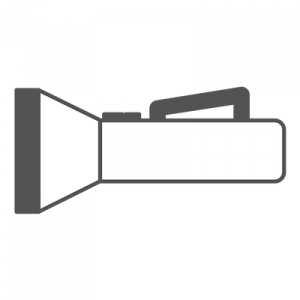
- Choose a topic (e.g. koalas, basketball, Mount Everest) . Write as many questions as you can think of relating to that topic.
- Make a mindmap of a topic you’re currently learning about. This could be either on paper or using an online tool like Bubbl.us .
- Read a short book or article. Make a list of 5 words from the text that you don’t totally understand. Look up the meaning of the words in a dictionary (online or paper).
- Look at a printed or digital copy of a short article with the title removed. Come up with as many different titles as possible that would fit the article.
- Come up with a list of 5 different questions you could type into Google (e.g. Which country in Asia has the largest population?) Circle the keywords in each question.
- Write down 10 words to describe a person, place, or topic. Come up with synonyms for these words using a tool like Thesaurus.com .
- Write pairs of synonyms on post-it notes (this could be done by the teacher or students). Each student in the class has one post-it note and walks around the classroom to find the person with the synonym to their word.

- Explore how to search Google using your voice (i.e. click/tap on the microphone in the Google search box or on your phone/tablet keyboard) . List the pros and cons of using voice and text to search.
- Open two different search engines in your browser such as Google and Bing. Type in a query and compare the results. Do all search engines work exactly the same?
- Have students work in pairs to try out a different search engine (there are 11 listed here ). Report back to the class on the pros and cons.
- Think of something you’re curious about, (e.g. What endangered animals live in the Amazon Rainforest?). Open Google in two tabs. In one search, type in one or two keywords ( e.g. Amazon Rainforest) . In the other search type in multiple relevant keywords (e.g. endangered animals Amazon rainforest). Compare the results. Discuss the importance of being specific.
- Similar to above, try two different searches where one phrase is in quotation marks and the other is not. For example, Origin of “raining cats and dogs” and Origin of raining cats and dogs . Discuss the difference that using quotation marks makes (It tells Google to search for the precise keywords in order.)
- Try writing a question in Google with a few minor spelling mistakes. What happens? What happens if you add or leave out punctuation ?
- Try the AGoogleADay.com daily search challenges from Google. The questions help older students learn about choosing keywords, deconstructing questions, and altering keywords.
- Explore how Google uses autocomplete to suggest searches quickly. Try it out by typing in various queries (e.g. How to draw… or What is the tallest…). Discuss how these suggestions come about, how to use them, and whether they’re usually helpful.
- Watch this video from Code.org to learn more about how search works .
- Take a look at 20 Instant Google Searches your Students Need to Know by Eric Curts to learn about “ instant searches ”. Try one to try out. Perhaps each student could be assigned one to try and share with the class.
- Experiment with typing some questions into Google that have a clear answer (e.g. “What is a parallelogram?” or “What is the highest mountain in the world?” or “What is the population of Australia?”). Look at the different ways the answers are displayed instantly within the search results — dictionary definitions, image cards, graphs etc.
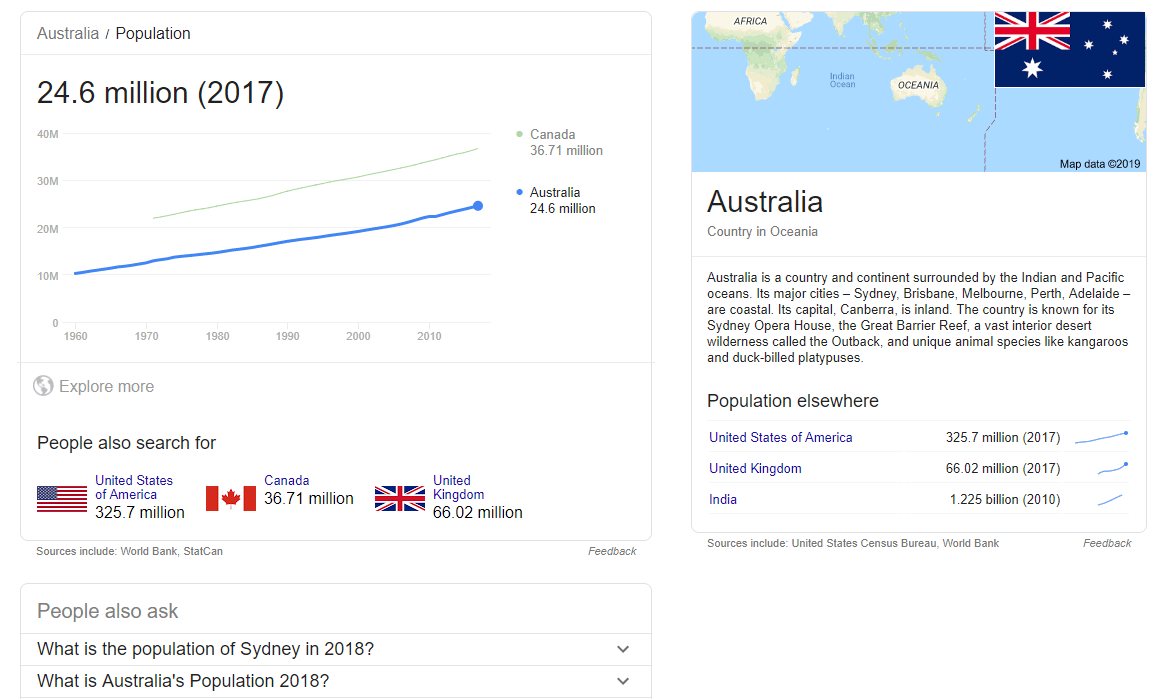
- Watch the video How Does Google Know Everything About Me? by Scientific American. Discuss the PageRank algorithm and how Google uses your data to customise search results.
- Brainstorm a list of popular domains (e.g. .com, .com.au, or your country’s domain) . Discuss if any domains might be more reliable than others and why (e.g. .gov or .edu) .
- Discuss (or research) ways to open Google search results in a new tab to save your original search results (i.e. right-click > open link in new tab or press control/command and click the link).
- Try out a few Google searches (perhaps start with things like “car service” “cat food” or “fresh flowers”). A re there advertisements within the results? Discuss where these appear and how to spot them.
- Look at ways to filter search results by using the tabs at the top of the page in Google (i.e. news, images, shopping, maps, videos etc.). Do the same filters appear for all Google searches? Try out a few different searches and see.
- Type a question into Google and look for the “People also ask” and “Searches related to…” sections. Discuss how these could be useful. When should you use them or ignore them so you don’t go off on an irrelevant tangent? Is the information in the drop-down section under “People also ask” always the best?
- Often, more current search results are more useful. Click on “tools” under the Google search box and then “any time” and your time frame of choice such as “Past month” or “Past year”.
- Have students annotate their own “anatomy of a search result” example like the one I made below. Explore the different ways search results display; some have more details like sitelinks and some do not.
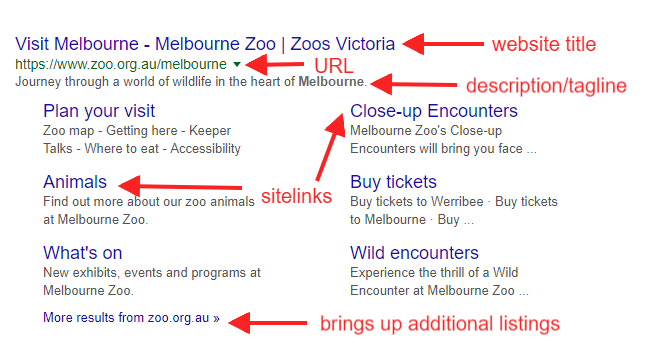
- Find two articles on a news topic from different publications. Or find a news article and an opinion piece on the same topic. Make a Venn diagram comparing the similarities and differences.
- Choose a graph, map, or chart from The New York Times’ What’s Going On In This Graph series . Have a whole class or small group discussion about the data.
- Look at images stripped of their captions on What’s Going On In This Picture? by The New York Times. Discuss the images in pairs or small groups. What can you tell?
- Explore a website together as a class or in pairs — perhaps a news website. Identify all the advertisements .
- Have a look at a fake website either as a whole class or in pairs/small groups. See if students can spot that these sites are not real. Discuss the fact that you can’t believe everything that’s online. Get started with these four examples of fake websites from Eric Curts.
- Give students a copy of my website evaluation flowchart to analyse and then discuss as a class. Read more about the flowchart in this post.
- As a class, look at a prompt from Mike Caulfield’s Four Moves . Either together or in small groups, have students fact check the prompts on the site. This resource explains more about the fact checking process. Note: some of these prompts are not suitable for younger students.
- Practice skim reading — give students one minute to read a short article. Ask them to discuss what stood out to them. Headings? Bold words? Quotes? Then give students ten minutes to read the same article and discuss deep reading.
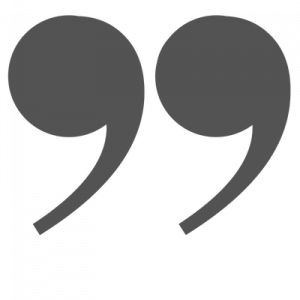
All students can benefit from learning about plagiarism, copyright, how to write information in their own words, and how to acknowledge the source. However, the formality of this process will depend on your students’ age and your curriculum guidelines.
- Watch the video Citation for Beginners for an introduction to citation. Discuss the key points to remember.
- Look up the definition of plagiarism using a variety of sources (dictionary, video, Wikipedia etc.). Create a definition as a class.
- Find an interesting video on YouTube (perhaps a “life hack” video) and write a brief summary in your own words.
- Have students pair up and tell each other about their weekend. Then have the listener try to verbalise or write their friend’s recount in their own words. Discuss how accurate this was.
- Read the class a copy of a well known fairy tale. Have them write a short summary in their own words. Compare the versions that different students come up with.
- Try out MyBib — a handy free online tool without ads that helps you create citations quickly and easily.
- Give primary/elementary students a copy of Kathy Schrock’s Guide to Citation that matches their grade level (the guide covers grades 1 to 6). Choose one form of citation and create some examples as a class (e.g. a website or a book).
- Make a list of things that are okay and not okay to do when researching, e.g. copy text from a website, use any image from Google images, paraphrase in your own words and cite your source, add a short quote and cite the source.
- Have students read a short article and then come up with a summary that would be considered plagiarism and one that would not be considered plagiarism. These could be shared with the class and the students asked to decide which one shows an example of plagiarism .
- Older students could investigate the difference between paraphrasing and summarising . They could create a Venn diagram that compares the two.
- Write a list of statements on the board that might be true or false ( e.g. The 1956 Olympics were held in Melbourne, Australia. The rhinoceros is the largest land animal in the world. The current marathon world record is 2 hours, 7 minutes). Have students research these statements and decide whether they’re true or false by sharing their citations.
Staying Organised

- Make a list of different ways you can take notes while researching — Google Docs, Google Keep, pen and paper etc. Discuss the pros and cons of each method.
- Learn the keyboard shortcuts to help manage tabs (e.g. open new tab, reopen closed tab, go to next tab etc.). Perhaps students could all try out the shortcuts and share their favourite one with the class.
- Find a collection of resources on a topic and add them to a Wakelet .
- Listen to a short podcast or watch a brief video on a certain topic and sketchnote ideas. Sylvia Duckworth has some great tips about live sketchnoting
- Learn how to use split screen to have one window open with your research, and another open with your notes (e.g. a Google spreadsheet, Google Doc, Microsoft Word or OneNote etc.) .
All teachers know it’s important to teach students to research well. Investing time in this process will also pay off throughout the year and the years to come. Students will be able to focus on analysing and synthesizing information, rather than the mechanics of the research process.
By trying out as many of these mini-lessons as possible throughout the year, you’ll be really helping your students to thrive in all areas of school, work, and life.
Also remember to model your own searches explicitly during class time. Talk out loud as you look things up and ask students for input. Learning together is the way to go!
You Might Also Enjoy Reading:
How To Evaluate Websites: A Guide For Teachers And Students
Five Tips for Teaching Students How to Research and Filter Information
Typing Tips: The How and Why of Teaching Students Keyboarding Skills
8 Ways Teachers And Schools Can Communicate With Parents
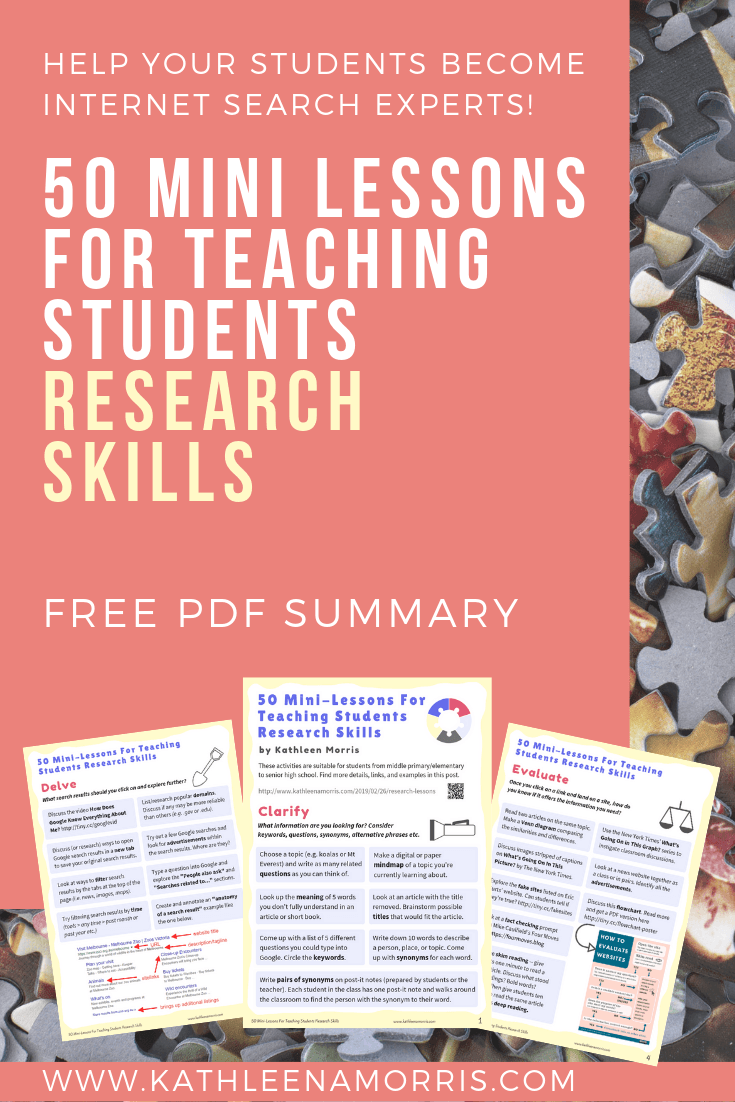
10 Replies to “50 Mini-Lessons For Teaching Students Research Skills”
Loving these ideas, thank you
This list is amazing. Thank you so much!
So glad it’s helpful, Alex! 🙂
Hi I am a student who really needed some help on how to reasearch thanks for the help.
So glad it helped! 🙂
seriously seriously grateful for your post. 🙂
So glad it’s helpful! Makes my day 🙂
How do you get the 50 mini lessons. I got the free one but am interested in the full version.
Hi Tracey, The link to the PDF with the 50 mini lessons is in the post. Here it is . Check out this post if you need more advice on teaching students how to research online. Hope that helps! Kathleen
Best wishes to you as you face your health battler. Hoping you’ve come out stronger and healthier from it. Your website is so helpful.
Comments are closed.
for the Answer!
Kristi Harjo
Adventures in ISTEM
8 Cool Scientific Method Experiments for Middle Schoolers to Try
August 10, 2023 by Kristi
It’s back to school time, and that means it’s time to reintroduce students to key science skills like the scientific method. There are some simple and engaging scientific method experiments you can have your students do where they practice the key steps of the scientific method process.
The scientific method is a process that allows students to figure things out about the world. They can use it to solve problems and learn more about what’s around them.
It starts with making observations. Then, they ask questions about what they are seeing. From there, they make an educated guess as to why the observing the phenomenon and what is causing it. They create a controlled experiment to test their hypothesis where they gather data and more observations. Next, they analyze the data to look for patterns and answers. Finally, they draw their conclusions and share their findings.
Scientific Method Experiment 1: Paper Towel Test Strength
Growing up, for us, it was commercials that were designed to tell us which brand is best and why. Now with Tik Tok and other social media, it is important for students to fact check what they are seeing. I like to show students old paper towel commercials and then have students create scientific method experiments to test the claims.
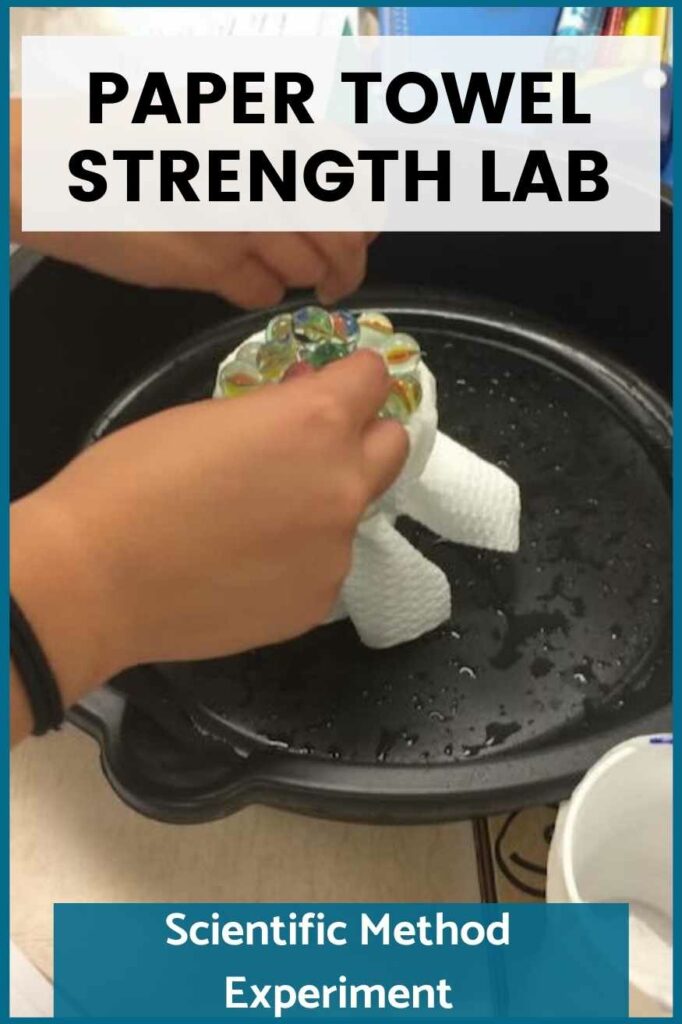
- First, I will show them one or two paper towel commercials that claim their brand is the best for strength and not tearing while it cleans the mess.
- Then, the students turn the commercials claim into a hypothesis.
- From there, they design a test to test the claim. I usually provide four to five different towels, including the brown school paper towel and a generic store brand towel. I also provide different types of weights like marbles, washers, or pennies.
- The students perform their paper towel experiments and collect data.
- They then analyze the data and then use the evidence to determine if the commercial claim is true or false.
Scientific Method Experiment 2: Paper Towel Test Absorbancy
This is just like the strength test, but it focuses on the paper towels ability to absorb a spill. The steps are the same as the other test. You could have half the class doing one test and the other half of the class doing the other test. This way, you are using a lot of the same materials, and students can compare their results. In the end, you could see if they can create a test to determine which is the best paper towel for strength and absorbency.
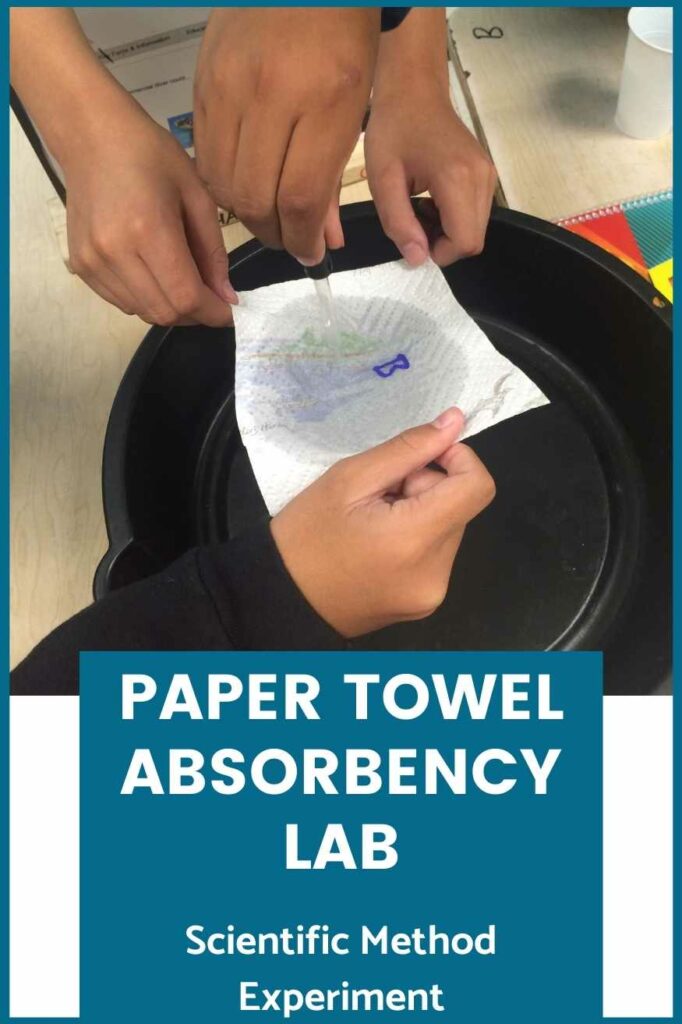
- First, I will show them one or two paper towel commercials that claim their brand is the best for absorbing a mess over the other.
- From there, they design a test to test the claim. I usually provide four to five different towels, including the brown school paper towel and a generic store brand towel.
- The students perform their experiments and collect data.
Scientific Method Experiment 3: Grow that gummy
I find that students love doing labs that involve food. They especially like eating the leftover candies that weren’t used when the experiment is over. For this scientific method experiment , students use gummy candy and different liquids to determine which one will make the gummy candy grow the largest.
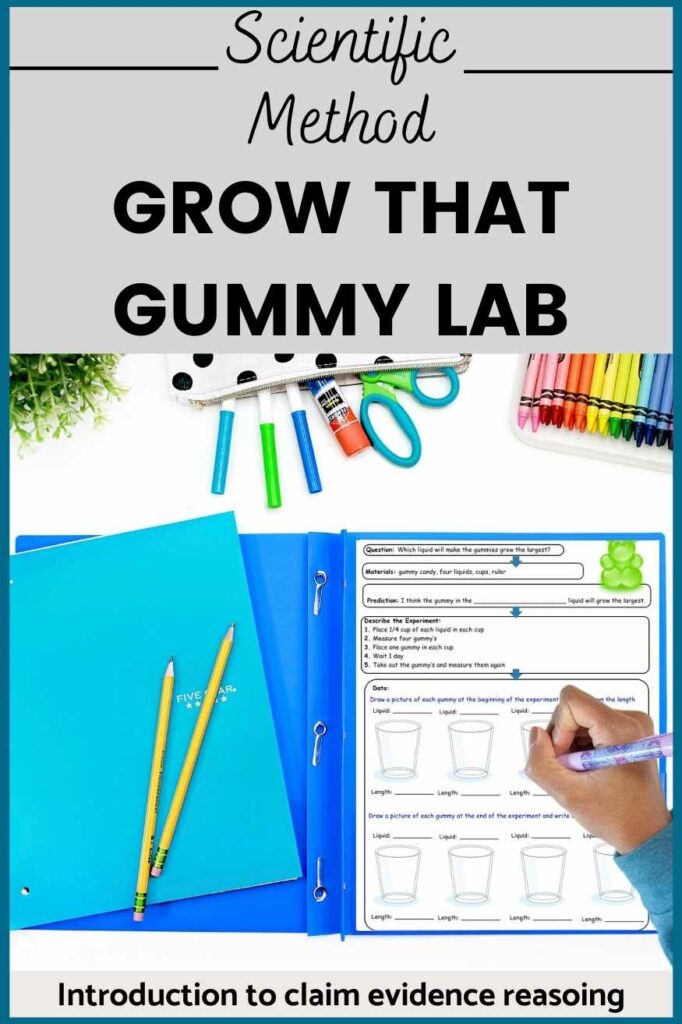
- Start off by having the students make a hypothesis as to which type of liquid will make the gummy candy grow the largest. For liquids, you could use water, salt water, vinegar, milk, soda, juice, and vegetable oil.
- Then have students design an experiment that will test their hypothesis. Have them share ideas for how they will measure the gummy and what factors will need to be controlled.
- Students will conduct the experiment and record their observations.
- They will then analyze the results and draw conclusions as to which liquid made the gummy candy grow the largest.
- Students will then share their results and compare their results and tests with other groups. This step is important because if they created a controlled experiment, they should draw the same conclusions even though the actual data numbers might be different or the way they designed the test might be different.
Scientific Method Experiment 4: Candy Letter Lab
My students are always fascinated by this lab. Students act like magicians as they have the letters on the candy levitate to the top of the liquid without touching the candy.

- Start by using hard candy that has a letter or word stamped on it. If find that Skittles and m&m’s work best for this. You might want to have some groups test Skittles while others test m&m’s to see if they get different results.
- Have students create a hypothesis for which liquid they think will be the best at removing the letter from the candy.
- Next, students will design an experiment that will test their hypothesis.
- They will then analyze the results and draw conclusions as to which liquid was the fastest at removing the letter from the candy.
- Students will then share their results and compare their results and tests with other groups.
Scientific Method Experiment 5: Where did the stripes go?
This is a great lab to do during the winter holidays when candy canes are in more abundance. In this lab, the students design scientific method experiments to see which liquid will remove the stripes from the candy cane the fastest.
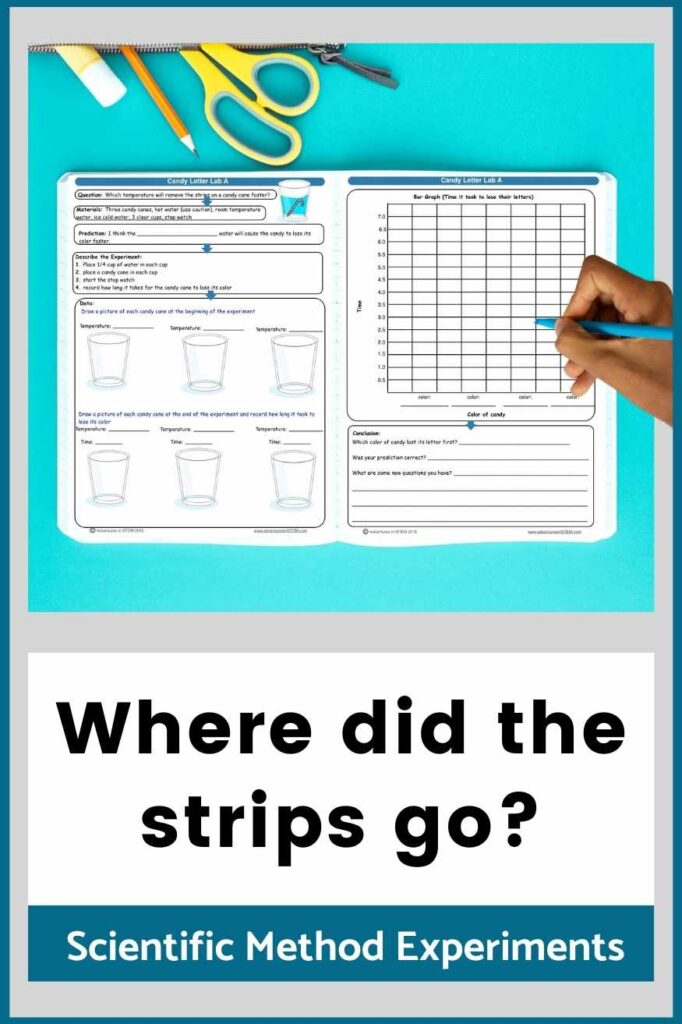
- Start by using a regular candy cane or red and white peppermint candy. I find the mini candy canes work the best and are not that expensive when you buy them in bulk.
- Have students create a hypothesis for which liquid they think will be the best at removing the red stripes from the candy cane.
- They will then analyze the results and draw conclusions as to which liquid was the fastest at removing the stripes from the candy cane.
Scientific Method Experiment 6: Growing plants
One scientific method experiment that is good to do at the beginning of a long unit is growing plants from seeds. This takes a while to see results, so it’s one that you will want to start and then check on periodically over a few weeks.
The best seeds to use for this would be green beans, spinach, lettuce, or radish. They have short germination periods. To start, students can discuss what plants need to grow and thrive. They can come up with a variety of different questions about how different factors might affect plant growth.
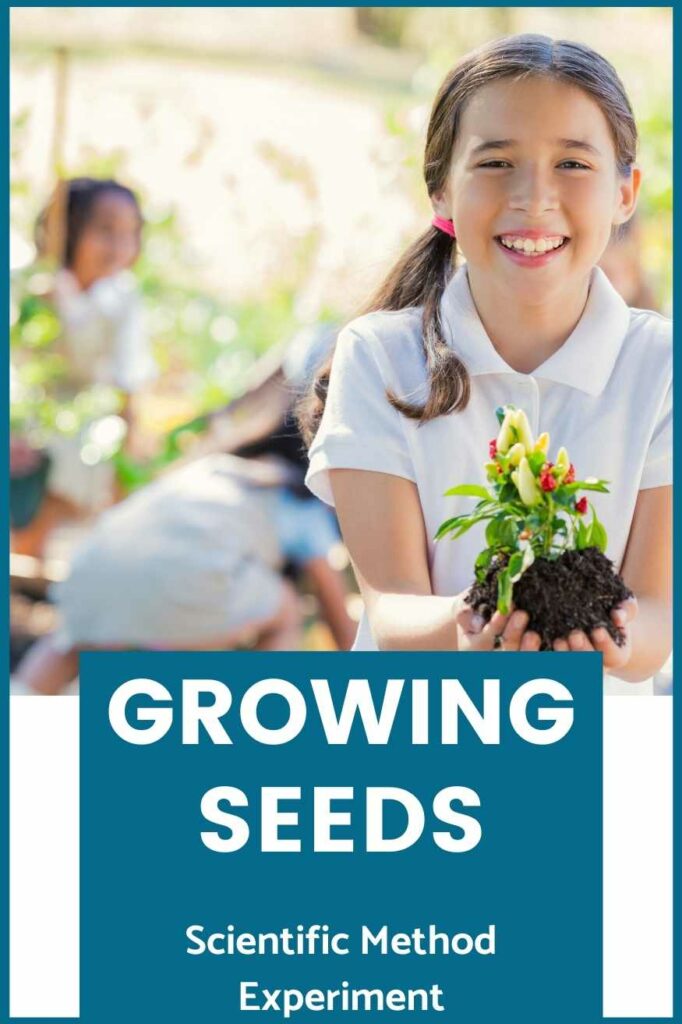
- Have students choose one question they want to test.
- Then, students create a hypothesis for their question.
- They will then analyze the results and draw conclusions to determine if their hypothesis was supported or not supported.
Scientific Method Experiment 7: Pendulum swing
This lab is great for students to determine not only the hypothesis but also the question. You might want to start off with a demonstration of a single pendulum. You can then start an “I Wonder” session. I wonder how adding more weight affects the number of swings? I wonder how adding more weight affects the time it takes a pendulum to swing back and forth 10 times. Have students come up with their own I Wonder questions. Once you have a good list, they can then choose one of them that they would like to test and investigate.
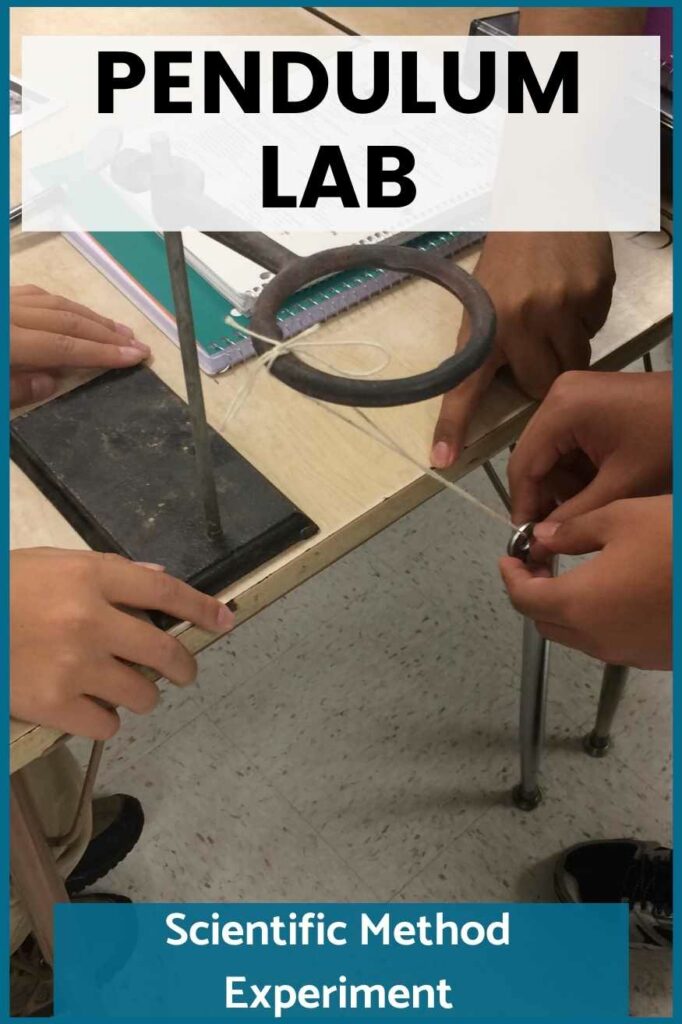
- Have students create a hypothesis for their question.
- Students will conduct the pendulum experiment and record their observations.
Scientific Method Experiment 8: Crystal Growing
This is another lab I like to do before winter break. Students can not only practice the steps of the scientific method, but they can also create ornaments or sun catchers that they can then take home. In this scientific method experiment , students will be given different questions about crystals and decide which question they would like to test.
- Does the type of solution affect the amount of crystal growth?
- Does the type of solution affect the size of the crystals?
- Does the level of saturation affect the amount of crystal growth?
- Does the level of saturation affect the size of the crystals?
- Does the temperature of the solution affect the amount of crystal growth?
- Does the temperature of the solution affect the size of the crystals?
Why Teach the Scientific Method
Having students practice using the steps of the scientific method helps them to develop the soft skills that they will need outside of school and when they enter adulthood.
- Critical thinking skills- Being able to analyze data, draw conclusions, and make evidence-based decisions.
- Problem-solving abilities- approaching challenges using a systematic approach by identifying the problem, forming a hypothesis, and finding solutions.
- Communication skills- communicating effectively their findings and using evidence to support their conclusions.
Practicing the steps of the scientific method provides middle school students with a host of valuable benefits that extend beyond the classroom. Engaging in scientific method experiments such as testing paper towel strength and absorbency, growing crystals, and investigating candy properties helps students develop critical thinking skills, problem-solving abilities, and effective communication.
These skills are vital for their future endeavors, enabling them to make evidence-based decisions, tackle real-life challenges, and express their findings clearly. Embracing the scientific method empowers students to explore the world around them and equips them with essential skills for success in adulthood.
Looking for something?
- Privacy Policy
- Terms of Use
- Flipped Lessons
- Claim Evidence Reasoning
- Science Readings
- Social & Emotional Learning
- Digital Lessons
Join the Newsletter
Get tips & freebies right in your inbox!
- Skip to primary navigation
- Skip to main content
- Skip to primary sidebar
- Skip to footer
Teaching ELA with Joy
Middle School ELA Resources
10 Ideas to Make Teaching RESEARCH Easier
By Joy Sexton 1 Comment
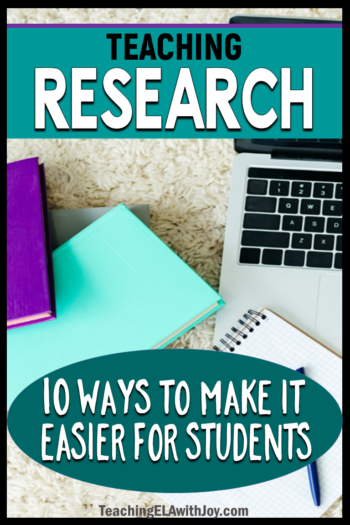
I enjoy diving into research units with my students because they get to learn new things, and I do, too! But teaching research skills is a gigantic task! And one thing’s for certain: I’ll have to break the research process into steps to keep my middle school students from feeling overwhelmed. I want them to have that “I’ve got this” attitude from the moment I introduce the project.
Of course, as teachers, we need to be prepared and have our research assignments clearly-designed. But a big key to making the process easier for me and my students, what makes the most impact I think, is modeling . If you can model what you want students to do (as opposed to just telling them), your expectations become clearer. Not everything can be modeled, but whenever the opportunity arises, it’s powerful!
Here are 10 ideas to make teaching research skills manageable and successful:
1. Make sure students start out with more than one topic option . What I mean is, it helps for each student to have “back up” topics ready to go in case the first choice isn’t panning out. For example, I’ve had students who chose a topic they were very passionate about. But it turned out that once they got searching, not enough information was turning up. In most cases, these students had decided to research very current topics like a YouTuber or a new version of iPhone or even a specific automobile. They searched and searched, but the few sites they located just repeated the same smattering of facts. It REALLY helped that the assignment required three topic choices, with students prioritizing their choices . Instead of getting all stressed out, the students just went with their second choice, and got right into note-taking. Or let’s say you are assigning topics, for example, for Holocaust research. Once they start researching, students may find a certain topic too complex and would feel more supported if they had other options.
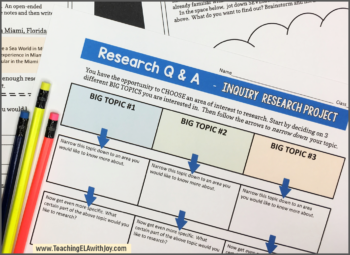
2. Don’t rule out books and other print sources. Now that so many students carry laptops, we’ve come to expect research to be Internet-based. Of course, there’s nothing wrong with that! With just a few clicks, students have access to SO MUCH information. But some of my students come and ask if they can go to the library for printed sources because they prefer taking notes from books. That reminds me that we all learn differently. It might be to our amazement, but library research is alive and well for a portion of our students. Sometimes it’s my struggling learners who go for the printed sources, but I’ve also had more advanced learners hit the books as well. Even if you’ve got kids on their laptops or in the computer lab, find a way to incorporate different types of sources in their search so you differentiate . FYI, the Common Core Standards for W.8 (the research writing) state “Gather information from multiple print and digital sources . . .” So, it looks like using some print sources is still an expectation (but not for every assignment) if you follow Common Core. Definitely let your librarian in on whatever type of research assignment you have going on. They’re usually very eager to provide support !
3. Emphasize the need to narrow search terms . So often, students just want to plop their main topic into the Google search bar, right? Unfortunately, what comes up is usually current information that is not necessarily going to hit what they need. That’s how time gets wasted. You can quickly model this skill for students with an example using a celebrity. Say you are needing information on a certain celebrity’s life—some facts about their rise to fame. Place just the name in the search bar, and what most likely comes up are articles that have been in the news about the person. Then place the name with the word “biography” in the search bar and have students notice the difference.
4. Explain the connection between research and reading . Once they have a topic, students are so ready to start note-taking! But wait, do your students understand that research starts with careful reading? First, they’ll need to preview several websites before taking any notes. I call it “Ten Minutes, Reading Only.” That’s the least they can do to look for sources that not only match their topic but meet their readability needs . Let’s face it, many websites or even printed sources are written well above some of our students’ reading levels. Let them know that if they are finding long sentences with numerous unfamiliar words, it’s time to move on. Then, once they do locate a few good sources, they still need to read! When they come upon information they understand that really hits the topic, BINGO. That’s when note-taking should begin.
5. Model note-taking using a bulleted list of short phrases . One thing is for sure: we don’t want students to copy full sentences, word for word, when they take notes. So modeling this when you’re teaching research skills is huge. I always tell students that they will create their own complete sentences when they are drafting . Note-taking is for short phrases . Just give them a heads up that they have to be able to understand the shortened information! I’ve had students who wrote phrases too short for the complex information they represented. A problem arose, of course, when trying to draft sentences. The students couldn’t remember what was actually meant by the few words they had copied down.
You can easily model note-taking by choosing a paragraph of nonfiction from a website or online encyclopedia. Project it on your whiteboard or pass out copies to the class. You can have students work with a partner to take notes in short phrases on a bulleted list. Students could then exchange papers several times to see what others came up with, and then share out what they noticed. Or, you may prefer to make the notes on your whiteboard with whole-class participation.
6. Show students the citation generator you want them to use and how it works. Teaching research skills always includes citing sources. So if you approve of students having citations created for them, I’m with you! Just be clear on which citation generator to use. I’ve always preferred www.Bibme.org , but now with all the ads on these sites, and Google Docs’ own generator, there are other options. Again, you can do a quick modeling on your Smartboard using a website. It’s a good idea to walk around during note-taking and check that each student is comfortable using the citation generator. Sometimes students are unsure but might not want to ask.
7. Offer creative formats for students to use as their research product. If you can, let them infuse some of their own passion into the topic. Let’s face it, teaching research skills is easier when students are personally invested. Your standards or district curriculum may require a research-based essay , and that’s fine. With lots of scaffolds and modeling, the results can be awesome! But how about having students report out in a newsletter format? They can break the information down into four short articles and give each one a title. Now the assignment becomes more motivating. Or require a slide presentation, with a paragraph of text on each slide along with visuals.
Another creative format is a Q & A page . My students enjoy a short project called Research Q & A , where they choose a topic they’d like to learn more about and create two questions to research. They report their findings on a Q & A sheet, using a template they type into, along with visuals.
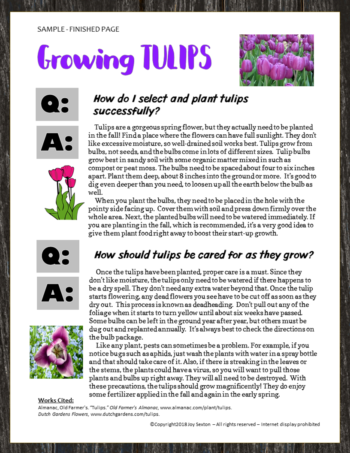
8. Have students color code their notes . This is an incredibly helpful scaffold to producing an organized draft! Once the research is completed, students should look over their notes and on a sheet of paper, list the “sub-topics” they have covered. For example, if they are writing an informational article about an athlete, their list might include childhood, training, early career steps, and best achievements. Then, with 4-5 colored pencils, they underline each sub-topic with a different color. Students then read through their notes, placing a colored bullet to match as they find content corresponding to the sub-topic.
The color coding helps make drafting each paragraph so much easier! Students just focus on all the green information on their notes pages when drafting the first body paragraph, all the purple information when drafting the second, etc.
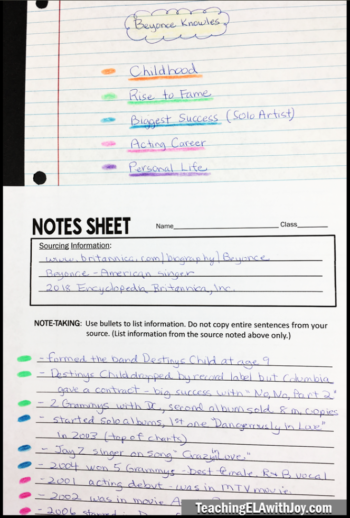
9. Require editing and revising using a different color . As English teachers, we want the revising and editing step to be meaningful. When revisions stand out this way, both students and the teacher get to visibly see a growth process. They understand that they are expected to and can notice weaknesses and make their product better. I always keep red and green pens available. And I sense that kids like using them. Another BIG plus here: individual conferencing becomes quick and easy when you can see by the colored ink which revisions have (or have not!) been made.
10. Work in some peer exchange opportunities . Students benefit from regular check-ins, but you don’t always have the time. So why not have students check in on each other? Decide on a few times in your assignment when students will need to “take stock” of things. That’s when you’ll say, exchange with a partner, and look at x, y, or z. The check can be as simple as the partners write feedback in the margin of each other’s paper, or on a post-it, or have a short discussion. For example, let’s say you allot two periods for research, and you expect three solid pages of notes. When the second class period is drawing to a close, have a partner exchange. Peers have two tasks: rate the quality of the notes on a scale of 1-5 and suggest whether note-taking is complete or more needs to be done as homework.
Students love to read each other’s papers, so work in a peer exchange during revising and editing. Have peers place a question mark in the margin next to any area that doesn’t make clear sense. You could also choose a couple specific topics for their focus, such as capital letters and commas. Students enjoy these roles and checks like these build skills and confidence .
Our goal, of course, is to make research motivating for every one of our students. By using some of these strategies, teaching research skills should become easier! I think your students will experience excitement over all the new learning their efforts bring.
I’ve developed some print-and-go research activities that students enjoy and have success with. They include step-by-step scaffolds and mentor texts to save you time. Just click on the images to have a closer look.
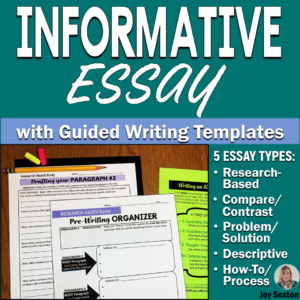
Join the Newsletter
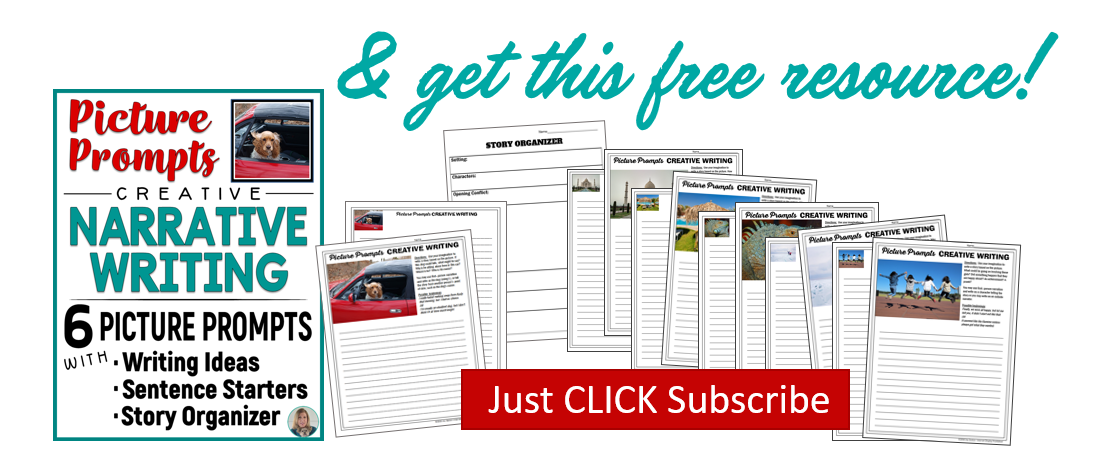
Reader Interactions
April 21, 2021 at 11:47 pm
This looks amazing. I’m so glad I found this article. I am guiding my 7th grader through a year-end research project at home and this is exactly what I needed to help guide me through it first!
Leave a Reply Cancel reply
Your email address will not be published. Required fields are marked *
Save my name, email, and website in this browser for the next time I comment.
Notify me of follow-up comments by email.
Notify me of new posts by email.
This site uses Akismet to reduce spam. Learn how your comment data is processed .

conversations
Conversations » The “Real Game” of Research: An Exploratory Project for Middle School
The “Real Game” of Research: An Exploratory Project for Middle School
Author: mike fishback.
Posted by Alythea
Becoming a Researcher
What does it really mean to be a researcher? When we assign students a research project, how can we make the experience as authentic and engaging as possible?
Critical exploration encourages learners to use their own observations and questions to construct new understandings. This is central to what researchers do. Yet in most conventional “research projects” assigned to middle school students, the focus is on cobbling together what other people have observed and organizing that information into an essay or display. Simply collecting facts and then presenting them in a different form is not the same thing as research.
Harvard professor David Perkins writes of crafting curricula for which students are “playing the real game.”
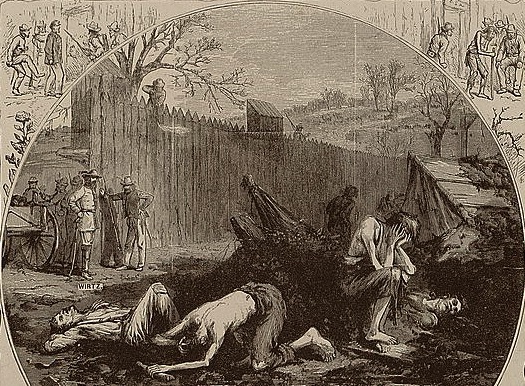
The real game of a researcher involves digging up artifacts, observing them closely, and, as a result, arriving at new ideas and questions about the topic.
Most middle schools expect students to practice gathering information about a topic on their own and organizing ideas into paragraphs. These skills lie at the heart of most research projects and are in fact valuable for students and historians alike, yet these skills alone do not constitute research. What would a research project look like if it involved actual research—if the ideas being organized had been constructed by the students themselves, rather than by editors of textbooks or encyclopedias?
This is the question my colleague Lucia Krul and I set out to answer as we designed a research project this spring for seventh graders studying the American Civil War. Our aim was to infuse the habits and values of critical exploration, which encourages students to “play the real game” of research, into what was otherwise a fairly standard, traditional project for middle school. What follows are some thoughts about how I approached this project in my classroom and what I can imagine doing more effectively the next time around.
Setting the Expectations
As student-centered as critical exploration is, the teacher has important responsibilities: jumping in to see if he or she understands what the learners are thinking; encouraging them to grapple with inconsistencies in their ideas; and providing new artifacts or challenges based on where they seem to be headed. Yet in a traditional research project setting, in which each student follows a unique path, the teacher is not able to be present to fulfill these responsibilities throughout every step of every learner’s journey. Consequently, much of the questioning and seeking out of new artifacts must be done by the individual students themselves.
To prepare my students for this, I first had to engage them in the process. I facilitated a number of critical exploration sessions in the weeks preceding the research project. For example, with only a sparsely labeled map related to the Missouri Compromise of 1820 (the eventual unraveling of which helped precipitate the Civil War), the class built on each others’ noticings and wonderings to figure out the complex terms of the compromise—terms that, when read about in a reference book, are often difficult to conceptualize. Subsequently, the students identified what they might have overlooked or not really understood had they received the information from others rather than constructed the understandings themselves.
Later, as a Civil War unit review, small groups of students encountered various photographs, political cartoons, newspaper clippings, and other images that I had compiled from the era. The students took turns sharing noticings and wonderings about them, calling upon their existing knowledge of the Civil War to help them make better sense of the images and the topic itself. Through this process, they began to develop the mindset they would need for the upcoming research project.
Introducing the Project
For the project, Lucia and I asked each student to research a Civil War-related topic of his or her choice and produce a digital “exhibit” using Adobe’s PDF Portfolio application. After a brief overview of the topic, a student’s exhibit would feature three artifacts, each accompanied by an analysis of how it might enhance our understanding of the topic.
Fortuitously, my school’s librarians, Cathy Farrell and Brian Parry, had spent many years teaching these students the practice of “previewing” resources prior to selecting a research topic. Consequently, the students began this project not by choosing a topic but rather by exploring a variety of Civil War artifacts, generating keywords and questions in order to find additional topic possibilities. The students did consult reference materials such as encyclopedias, but they did so typically as an outgrowth of their initial explorations.
An “artifact” could be any primary source: a photograph or cartoon, newspaper article, speech or letter, map, poem or song, and so on. I allowed for artifacts that were not strictly primary as long as they contained minimal text and had rich exploratory potential; this left room for maps and paintings created long after the war. The students enjoyed learning how to use the library’s subscription databases, Google Advanced Search, specialized websites, and books to find artifacts. The Civil War was a fantastic topic for this type of project because of the wealth of diverse resources.
The analysis accompanying each artifact had to identify some things the student noticed about the artifact, how these noticings led to new understandings through further research, and unanswered questions or “mysteries” arising from the exploration. These requirements served to maintain a focus on discovery, theorizing, and questioning, as opposed to “reporting,” which is often a middle school student’s first instinct in a research project.
The emphasis on further research deriving from an initial exploration helped to establish another important principle of the “real game” of research: the idea that it’s a continuous process that builds over time, rather than a finite period of gathering sufficient information and then reporting it. By requiring students not only to notice and question but then to use their noticings and questions to jump back into the research, I hoped to have the students become, in a sense, their own teachers.
Lucia and I also incorporated the concept of thesis-based argument into the project. After compiling a half-dozen or more promising artifacts, the students were to include only three of them in their exhibits. How were they to choose? Our answer was to ask them to select three that, together, could enhance our understanding of some specific “theme” related to their topic. At the end of each analysis, the students were to explain how the artifact communicated their chosen theme—similar to using evidence to support a thesis. The students’ eventual themes ranged from the general (“The risks of being a spy”) to the particular (“General Sherman’s dislike of the press” or “Doubts about the Anaconda Plan”).
Some students leapt into the challenge enthusiastically, emboldened by their freedom to explore. For those who began more grudgingly, my aim was to steer them to artifacts (and, from there, topics) that might engage them. Once some of the more reluctant students found topics that truly interested them, they emerged as some of the most committed, thoughtful researchers in the class.
For much of the research time, Cathy, Brian, and I circulated around the library, supporting students in their inquiry but trying to avoid the temptation to “push” them in directions in which they were not already headed. Accordingly, my responsibility was similar to that of a teacher during a formal critical exploration session: figuring out which ideas and questions were likely to be the most generative and helping the learners find paths they could explore further.
Assessing Students’ Exhibits
Although I do not subscribe to the common belief that the sole measure of an activity’s value is the extent to which it meets predetermined objectives, this project did indeed have objectives, and they were indeed met. The project’s first objective was for students to develop the mindset of an authentic researcher, and the second was for them to construct new understandings of the Civil War era—whatever those specific understandings may be. The students’ exhibits closely matched these objectives, as demonstrated by these excerpts from their analyses:
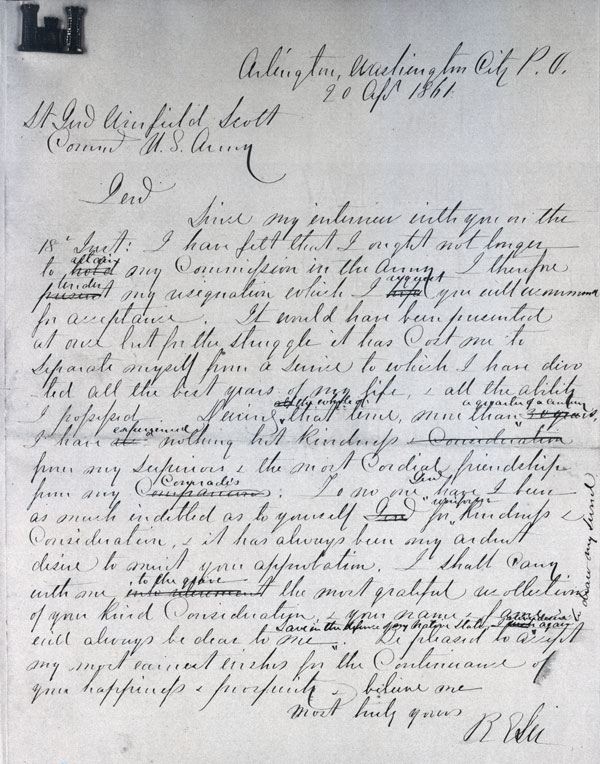
Jack uncovered a hand-edited draft of Robert E. Lee’s 1861 resignation from the U.S. army and wondered about Lee’s commitment to the approaching war: “[The sentence] ‘Save in the defense of my native state, I never desire again to draw my sword,’ strongly suggesting that Lee would fight against the Union, [is] added almost as an afterthought… Had Lee hesitated at first to state his intentions? It’s unclear, but odd to see the words added afterward and in the margin of the letter.”
Ellie , upon discovering a virulently antiwar statement by Clara Barton, researched further and found that Barton’s own father had served in the military: “This makes me wonder how this hatred of fighting came about, or if her father [had been] scared by his time on the battlefield. Did he praise the ‘glory’ of war? Or did he tell his children the truth about fighting?”
Alex , who had critically explored poetry the previous month in my English class, approached an engraving of Andersonville Prison with an eye for symbolism: “The leaves on the trees in the background are gone. Leaves die and fall off trees in the winter. The death of the leaves in the engraving is a symbol of the soldiers dying. Another important thing to notice is that the sky is barren… like the surroundings of the prison.”
Matt , who aspires to be a surgeon one day, fit a number of pieces together once he dug up a letter from a battlefield surgeon recommending shockingly unsanitary practices: “If you combine this fact [that surgeons did not wash their hands] with the fact that surgeons performed surgery with their bare, uncovered hands, then we can deduce that surgeons operated with filthy hands. This is one of the reasons that infection spread so quickly in hospitals, and one of the reasons that soldiers would refuse surgery and medical treatment.”
I included a range of assessment criteria, from timeliness and organization to the relevance of the artifacts to the chosen theme. Yet the central objective of the project—constructing knowledge through research—meant the exhibits succeeded as long as they stayed true to that spirit. I did not evaluate the exhibits on the breadth of their content, keeping in mind David Hawkins’s assertion: “You don’t want to cover a subject; you want to uncover it.” I had to remind myself to care less about which pieces of information a student covered than about which questions a student posed, and how the student went about addressing them.
Developing the Project Further
Unfortunately, the deadlines for this project ran up against the end of the school year, so I did not have time to do justice to what should be its final stage: full-class critical explorations of each other’s artifacts. As I imagine it, the teacher would begin by facilitating an exploration of the most generative artifact and then strategically add more artifacts to the exploration in response to the noticings and wonderings of the group. The student whose artifact is being explored might observe silently at first and later write a reflection comparing his or her own analysis to that of others. I look forward to timing the project more wisely in the future so that my students can reap its full benefits.
Another challenge that emerged for me during the exhibit drafting stage was helping my students to recognize the difference between using artifacts to illustrate newly obtained knowledge and using artifacts to show how new knowledge had been constructed. This project, of course, asked students to do the latter, yet in more than a few cases, analysis drafts essentially started with, “This is a photograph of George McClellan. Now let me tell you all about him…” As I worked with students to revise their drafts, I often encouraged them to focus more intently on using the images, text, and other aspects of their artifacts as anchors of their analysis rather than simply as accompanying illustrations. Next year, if I create opportunities for students to practice this type of analysis more regularly throughout the school year—not just in the weeks prior to the project—they might be more uniformly successful at demonstrating it in their own writing.
This brings me to my last point, which is that we must not expect perfection. We must not expect it of ourselves, the teachers, as we can always identify a time when we offered too much or too little direction. We must not expect it of our students, who necessarily demonstrate varying degrees of sophistication as we ask them to experiment with a method that many adults spend years of higher education attempting to master. And we must not expect it of any assignment or activity, given the expectations and constraints of most schools and curricula. As I wrote at the outset, the aim of this project was not to remake the curriculum but rather to infuse the habits and values of critical exploration into activities that otherwise would not benefit from them. Next year, I will try to align this project even more closely with Eleanor Duckworth’s vision of teaching and learning. And the next year, even more.
And I will learn a lot about the Civil War in the process!
References:
Duckworth, Eleanor. “The Having of Wonderful Ideas.” In “The Having of Wonderful Ideas” and Other Essays on Teaching and Learning. 3rd ed. New York: Teachers College Press, 2006.
Hawkins, David. The Roots of Literacy . Boulder: University of Colorado Press, 2000. p.79.
Perkins, David. Making Learning Whole: How Seven Principles of Teaching Can Transform Education. San Francisco: Jossey-Bass, 2009. p. 9.
Mike Fishback earned his Ed. M. from the Harvard Graduate School of Education in 2006 and currently teaches seventh grade history and English at The Potomac School in McLean, Virginia.
Love the project and would like to try out something similar with my students. I am curious about the assessment end of things. Did any of your students in this research project come up with “incorrect” understandings of the materials they had selected? If so, how did you deal with that in terms of correcting them or assessing them?
Mike Fishback
This is a terrific question. Since the content of the students’ analyses focused on using the artifacts to support their own hypothesizing and wondering rather than reporting facts, there were few opportunities to display inaccurate information. Whenever something in a draft was clearly inaccurate, I simply called the student’s attention to it so it could be corrected; this didn’t really factor into the assessment of the product because it took place during the revision process. However, there were a few instances where I did feel compelled to “correct” a student’s understanding, and in doing so, I tried to stay as true as possible to the values of critical exploration.
For example, one student, in researching General Grant, selected a political cartoon depicting the complicated politics of Reconstruction, which happened after the Civil War and encompassed Grant’s subsequent presidency. Our class had not yet studied Reconstruction, and as a result, this student misunderstood major aspects of the symbolism (at least as I understood it, knowing quite a bit about Reconstruction). I started our conversation by asking him to talk me through his analysis of the cartoon. For someone who hadn’t been exposed to the “correct” context, he really had a strong grasp of how the various components of the cartoon fit together in his mind and what the message of the cartoon was. Yet as he explained it to me, he began to recognize that a few pieces of the logic didn’t make as much sense as he had thought, and consequently, he had trouble bringing his analysis full-circle. To paraphrase Professor Duckworth, something’s not a problem unless it’s a problem. Here, in full view, was this student’s problem! He was now ready to think actively about other possibilities, so I decided to introduce the topic of Reconstruction, giving him a short overview in a few sentences. As I spoke, I could see light bulbs turning on in his head: Ah, this is why that didn’t make sense! Ah, now I get what that person symbolizes! And he was able to explain the whole cartoon, within this new context, right away, because he already was so familiar with every inch of the image and already had a strong sense of the relationships between the depicted characters. He went off and revised his analysis quite successfully.
The main theme here is that it’s the thinking itself, not the accuracy, that we should assess. In my opinion, this student’s thinking was impressive precisely because he was able to use his previous understanding of the artifact to help him make better sense of it once he encountered more of the context.
Hi Mike- This is neat – thanks! I’m wondering about your reflections on having students search through what sounds like a huge trough of potential sources for them to study. In the future, would you put any limiting parameters around the selection of sources? You mention allowing for certain kinds of secondary sources as well as close support from teachers, so I’m curious about other things you might recommend to someone else trying this that might help make sifting through so many sources as productive as possible for students. Thanks! Scott
Thanks for your question, Scott. Regarding the searches themselves, the librarians and I spent a significant amount of time teaching our students how to generate effective keywords for digital searches and how to use the index of a reference or nonfiction book. We provided them with a list of particularly rich websites and databases and collected many Civil War-related books with illustrations and primary source documents that we kept in a cart in the library. Those students who might have felt overwhelmed by the volume of potential sources were able to take advantage of the narrowing we had done in preparation for the project.
As I mention above, one challenge in facilitating this project was getting the students to distinguish between artifacts that illustrate what they already know and those that help them explore further. The fact that many of the potential artifacts were accompanied by captions complicated this task considerably. This is why I emphasized the idea of “mysteries,” as in the question, “What mysteries arise from your observations of this artifact?” One reason I selected Jack’s and Ellie’s excerpts for inclusion above is that they show how this emphasis can expand the parameters of a student’s analysis — from Lee’s priorities to his commitment to them, or from Barton’s worldview to her family influences.
So even though the focus was on primary sources, in truth the type of artifact did not matter as much as how generative it was, how much further one’s thinking could progress by puzzling over the artifact. Most students did end up selecting exclusively primary sources, the main exception being maps and paintings (though even some of these were primary). And in cases where the source was secondary, I often provided feedback that asked who had created the artifact and what relevance the creator’s identity had to the student’s interpretation of it.
In the era of digital teaching, most educators have been focusing on the skill of synthesizing lots of information into a coherent whole, and I believe this skill is incredibly important. Yet another important skill, showcased here, is deciding which websites, texts, and images are most helpful to the type of research or learning you are trying to do. So in a way, the “sifting through,” as you put it, is part of the challenge and the educational experience!
Welcome to our Civil War exploratory research exhibits! « Civil War Exhibits
[…] more information on the project, you may read this article about last year’s version of the project, which was published on the website of Critical Explorers. Like this:LikeBe the first to like this […]
Leave a Reply
Click here to cancel reply.
You must be logged in to post a comment.
Need an account? Register now!
50 Activities for Middle School
Hands-on ideas to engage digital learners in meeting standards and learning goals.
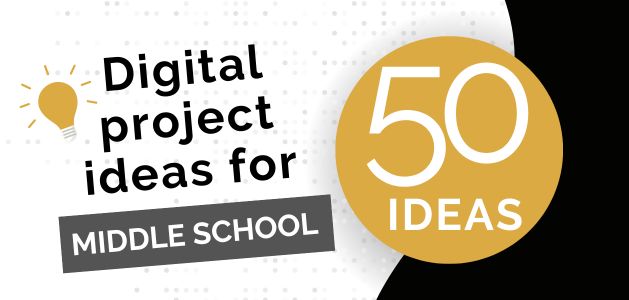
Using a device to fill out a digital worksheet isn't any more compelling than using a pencil to fill out a paper version. Encourage students to show what they know and capitalize on their interest in technology by creating digital projects on classroom topics using media formats that abound in the world around them.
Explore fifty ideas for using a digital approach to help middle school students meet standards and learning goals, divided into sections for:
Language Arts
Social Studies
- Arts & SEL
Use a digital approach to engage middle school students in reading comprehension and provide authentic opportunities for listening, speaking and writing in narrative, informational and argumentative form.
1. Design a new book cover
Have students create a new cover design for a book they are reading to demonstrate comprehension and explore character, plot, setting, symbolism, and conflict.
Explore a Book Cover Design lesson plan
Small, but mindful, changes can move a task beyond remember and retell. For example, replace a typical character trait cluster assignment with the task of developing a coat of arms for a story's protagonist that represents traits of the main character.
Creating a coat of arms provides students with an opportunity to think about objects, colors, symbols, and mottos that reflect a character's personality, passions, strengths, and experiences.
Wixie has a Coat of Arms template that makes it easy to add color, text, and images to show comprehension.
Explore a Character Scrapbook lesson plan
4. Create a Book Trailer
Much like the movie trailers students are familiar with, ask students to create a short, fast-paced book trailer that shares information about characters and events in a way that would motivate others to read the book.
Share the book trailers with the rest of the class or play them on the morning announcements to encourage others to read the books.
Explore a Book Trailer lesson plan
5. Visual Poetry
Blackout Poems
To write a blackout poem, the author covers up words on a page of text until the leftover words form a poem. Digital tools, like Wixie, include blackout poetry templates that contain a page of text from Tom Sawyer ( template ), Shakespeare ( template ), Lewis Carroll ( template ), and more.
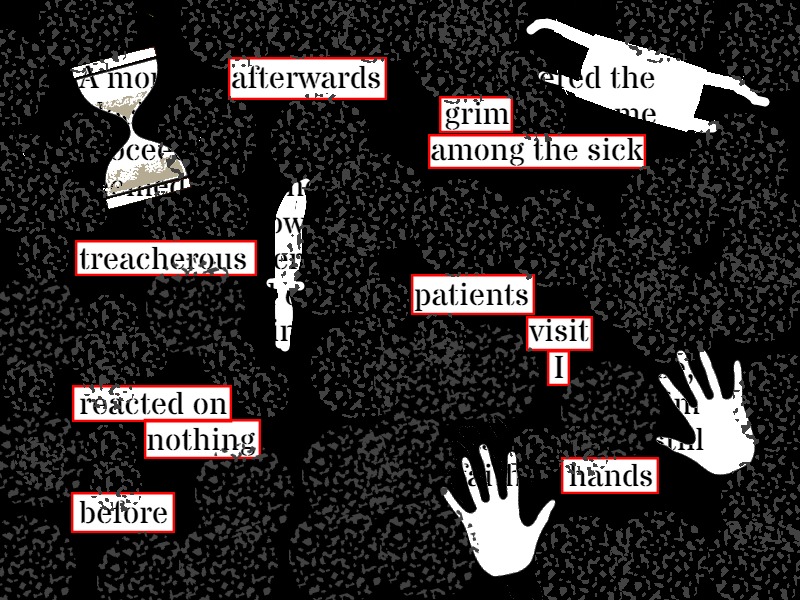
Students read the text and circle words they find interesting, then read them again to hear the resulting poem. Students can circle additional words to fill out the idea and then blackout the rest of the words and add additional decoration.
Video Poetry
Poetry's purposeful word choice encourages close, careful reading. Have students create visual versions of poems to demonstrate their comprehension of the author's word choice and intent.
Ask students to create a project and then type a poem from their favorite poet or one they have written, adding stanzas to each page. Students can add illustrations and record themselves reading it.
Explore a Visual Poetry lesson plan
6. Modernize a Myth or Legend
Rather than merely retelling stories, ask students to adapt, extend, or create new versions of the stories they are reading. Students can modernize an ancient myth to make it more relevant to their lives today, comparing similarities and differences along the way.
7. Cool Word Vocabulary
Visuals help form connections to words and help students better remember the meaning of the word.
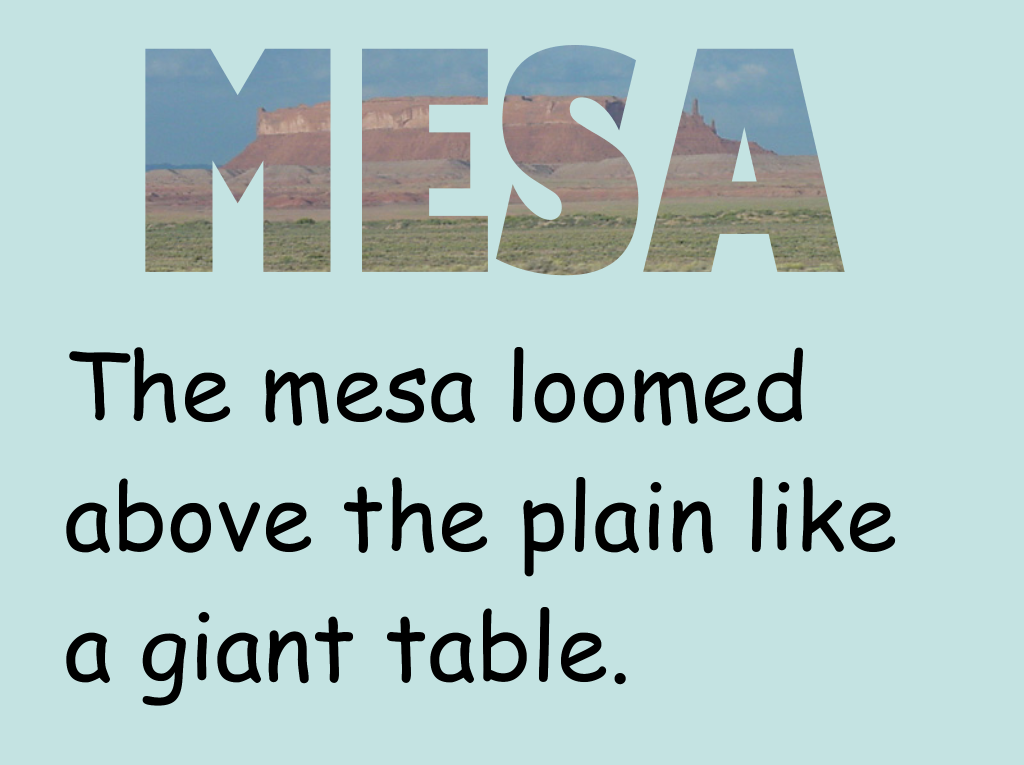
Digital tools make it easy to combine words and pictures and publish flash cards and posters you can use to improve vocabulary.
Explore a Cool Word Vocabulary lesson plan
8. Publish a personification story
Have students personify an object, and then use a digital tool like Wixie to write, illustrate and publish it as an eBook.
Students should brainstorm feelings the object would have to develop the conflict that will drive their story and begin writing. Scaffold their work further by asking them to identify character traits, determine setting, and codify the plot diagram or at a minimum the beginning, middle, and end.
Explore a Personification Stories lesson plan
9. Product: Fictitious Interviews
Creating a digital story in the form of an interview helps you engage students in writing and makes work with informational text come alive. Ask students to craft fictitious interviews between characters in a novel they are reading to demonstrate comprehension of the traits and behaviors.
Fictitious interviews are great ways to summarize and deepen comprehension for informational texts as well, making them perfect for science and social studies classrooms. For example, you can ask students to interview a figure from history, an animal, or even an artifact.
More ideas for conducting interviews
10. Product: Wanted posters
Creating a Wanted poster is a great way to get students thinking about the traits, experiences, and motivations of the characters in the stories they are reading.
It is often the antagonist that makes a story interesting or gives a plot direction. Have students create wanted posters for villains in the stories they are reading to evaluate comprehension and help them consider how they might craft a villain to add impact to their own writing.
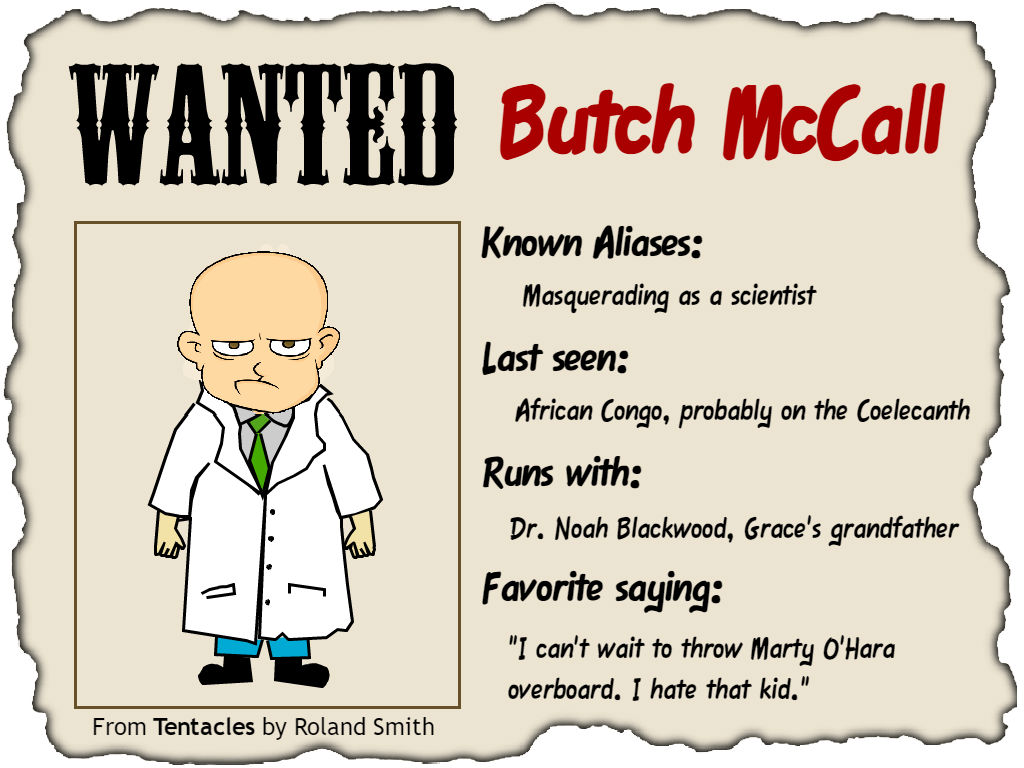
Creating Wanted posters can also help students clarify their thinking about definitions related to math , atomic elements and molecules , and figures from history .
Digital tools can provide a platform for middle school students to apply mathematical thinking and engage in standards of mathematical practice as they practice procedures, create visual models, and solve problems.
11. Work with Ratio and Rate
Use word problems ( ratio and rate ) to give students a sense of the ways that ratio and rate connect to the world around them.
Ask students to extend their understanding by writing their own word problems and challenging peers to solve them using strategies like a double-number line .
12. Putt Putt Polygons
Measuring the perimeter and area of polygons requires knowing and applying formulas like the Pythagorean Theorem. Give students a fun context for practicing by asking them to design a hole for miniature golf!
13. Math Backgrounds
Math can be frustrating for some students, especially when erasing mistakes makes equations or coordinate planes unreadable. This problem only adds to the challenge of tackling complex equations and data.
Use backgrounds like grids , plots , or coordinate planes , and have students use paint tools to write equations, fill areas, or plot lines.
14. Design a Dream Home
Ratio and rate also apply to scale in architectural drawings. Even if they don't want to be an architect, most students would love to dream up a bedroom, a tiny house, or even a mansion design.
Have students use a grid to create architectural designs to scale.
15. Play with Probability
You can teach students the rule of probability, but they will retain the information more if they come up with the mathematical rules on their own.
Have students calculate experimental probability by using dice or a specific spinner to do a task 40 times. Have students tally their results and use the data to calculate the experimental probability.
After establishing experimental probability, challenge students to come up with the theoretical probability for other toys. Bonus if they can generate a mathematical model for predicting probability.
16. Collect, analyze, and showcase data
Using data to make predictions, analyze and communicate information is becoming an essential skill for future success. While there are other steps in the data science process, students need to know how to collect and display data in ways that make it easy to visualize and understand.
Wixie makes this process easy with its design tools and templates, whether students are creating bar graphs (categorical), histograms (numerical), or other data displays.
17. Explore Geometric Transformations Through Tessellations
Tessellations are geometric patterns that repeat forever with no gaps or overlaps. Squares can tessellate easily. The word tessellate comes from the Greek word tesseres, which means four.
Inspire students with the work of M.C. Escher or Islamic tiling, and then have them create their own rotation or reflection tessellations.
Explore a Tessellation lesson plan
18. Online Math Academy
Showcase student expertise by asking them to create tutorials to teach others how to calculate, measure, solve and more.
19. Product: Explainer Video
What can your students teach others? Procedural writing is an excellent way for students to become experts in a topic and feel confident about their ability to share the information with others. This process of deconstructing and reorganizing information helps students cement concepts and provides an opportunity for you to pinpoint misconceptions.
So whether students are sharing content, a process they struggled to understand, or something they are passionate about, a how-to assignment is the perfect task to cement learning and inspire others.
20. Inform with Infographics
Have students research information, conduct surveys, or collect data on a topic. Then, students can create charts and graphs, analyze the information, and develop an infographic to display their findings.
Explore a Creating Infographics lesson plan
Digital tools provide a fun way for students to share ideas and explain scientific understandings for Life, Physical, Earth and Space and Engineering concepts.
21. Body System Beats
Ask students to create a music video to inform others about how a body system works, its functions, and how it interacts with other systems for optimal health.
Explore an It's My Body lesson plan
22. Cell Function Similes
Evaluate student understanding of animal cells by asking them to compare how various cell parts, including the nucleus, cell wall, cell membrane, chloroplast, and mitochondria, function like elements on a farm or parts of a school .
By illustrating these comparisons, students not only gain a deeper understanding of cellular structures and their functions but also develop their ability to make meaningful connections between seemingly unrelated concepts.
23. Model Scientific Processes
Actively engage students in scientific exploration by creating simulations and visual representations that model chemical reactions and scientific processes.
By encouraging them to create visual representations, students can deepen their understanding of complex concepts.
24. Expert Interviews
Students can create expert interview videos that delve into scientific concepts and discoveries. By conducting interviews with scientists or experts in the field, students can explore complex ideas and present their findings in an engaging and accessible format; fostering a deeper understanding of science among their peers.
Don't have access to an expert? Craft a fictitious interview!
25. Write Informational Texts
Ask students to create informational science texts to inform or share learning with others. Through these books, students can convey their understanding of various concepts.
26. Terminology Journals
Students benefit from explicit vocabulary instruction, especially terminology linked to a specific discipline or topic. Collecting, defining and refining are easy with digital terminology journals.
27. Animate a Scientific Process
Labeling and diagramming are great, but modeling a process through animation can help students better understand the macro- and micro- scopic processes. For example, ask students to animate a chemical process or geologic cycle, illustrating the stages and processes involved.
Read more about Animating in Secondary Math and Science
28. Connect Physics to Fun
Help students see physics as more than rules and equations by connecting it to a favorite sport or physical activity.
Explore a Fastballs, Free Throws, and Physics lesson plan
29. Publish Informational Comics
The limited amount of space in a comic's panels requires students to choose key points in a process or important factors in chemical reactions as they work to design and illustrate them.
30. Raise Awareness of Environmental and Health Issues
Students in middle school are starting to have the capabilities and passions to change the world. Have students produce public service announcements (PSAs) to raise awareness, inform, and change behavior.
When developing a public service announcement (PSA), students have a chance to practice and apply persuasive writing skills in a real-world, authentic context. A short PSA targeted at a particular audience also encourages students to focus on writing organization, as well as voice and word choice.
Explore a Here's to Your Health lesson plan
Engaging middle school students in deep thinking about history and community helps to develop citizens who have powerful inquiry and critical thinking skills.
31. Biographies
Using a digital storytelling approach to biographies helps prevent their writing from becoming a list of unrelated facts. Having students combine their research results with imagery, sound, and other media can help them better combine aspects of narrative and informational writing for a more compelling script.
Biographies aren't always books, either. There are even entire cable television channels devoted to biographies. Consider having your students create video biographies, too.
Explore a Video Biography lesson plan
32. Historical Journal
To help students think deeply about how events, circumstances, culture, and leaders in the past affect the lives of human beings, ask students to create a series of fictional journal entries that indicate how events in the past might have affected the life and perspective of a specific person living during that time. ( template )
Explore a Historical Journal lesson plan
33. Make a Map
Have students use paint tools and text labels to create maps to show the geographic features, regions, and/or economy of an area, country, or civilization.
34. Produce the News
Our students have grown up watching shows, but not necessarily the news. Challenge your students to develop a news report they would actually want to watch based on the content they are learning.
Writing a news report requires students to organize and summarize information and use new vocabulary and terminology in context.
Explore a News Broadcast lesson plan
35. Interview a Community Leader
Ask students to interview a community member to expand their knowledge and experience, as well as encourage listening, curiosity, and empathy skills.
Encourage students to change the order of questions or the order of the answers shared so that the story " unfolds a lesson learned ." In other words, what is the moral of this person's story, or what can it teach the rest of us?
36. Explore the Issues
Students in middle school are idealistic and often passionate about current issues. While they may simply want to proclaim their ideas on a billboard , use this opportunity to ask them to back up their opinions with claims and evidence .
37. Develop a Virtual Museum
Have students design an online museum, displaying artifacts and stories to engage others in the heritage of their community or a specific region.
Explore a Virtual Museum lesson plan
38. Host a Tourism (Geography) Trade Show
To help students better understand the unique features of a place, have them develop materials for a virtual tourism trade show where students promote and pitch that location to attract visitors.
Explore a Tourism Tradeshow lesson plan
39. Publish a Historical Newspaper
Have students create a newsletter or newspaper to show what they have learned about the events, politics, and cultures of a different time in history.
Newspaper creation helps students better understand the perspectives of those in different times and cultures.
Explore a Day in the Life lesson plan
40. It's a Postcard Point of View
After learning something new, have students tell someone else using a postcard! They could write a postcard from a specific time in history or a unique geographic or cultural destination.
Arts and Social-Emotional Learning
Wixie provides a canvas for students to set goals, explore emotions, and express themselves through art and music.
41. Set SMART goals
The simple act of writing down your goals makes you more likely to achieve them, so have students take some time to set personal goals to accomplish this school or calendar year. Developing goals that are SMART (specific, measurable, attainable, relevant, and timely) can help even more.
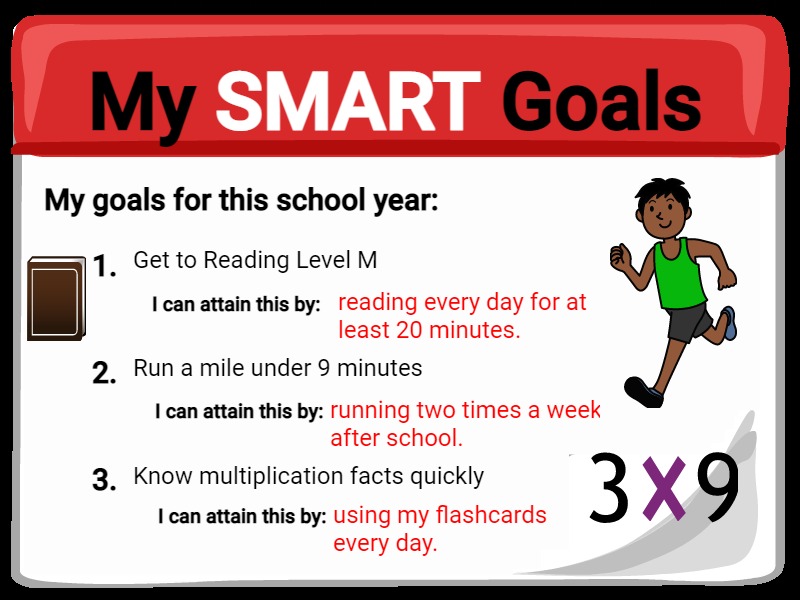
Have students use the goals as a home screen on their devices so they see a daily reminder of what they are working to achieve.
Explore a SMART Goals lesson plan
42. Design a Vision Board
A vision board provides inspiration and motivation to reach dreams and goals. Students can choose a goal and add pictures of what they think achieving them looks and feels like.
Digital tools, like Wixie, make it easy to combine images. When vision boards are complete, print or export an image so you can post to a place you are everyday, like on a desk or phone lock screen, for a daily motivator.
Explore a Vision Boarding lesson plan
43. Create an Arcimboldo-inspired self-portrait
Giuseppe Arcimboldo is an Italian Renaissance painter known for his portraits of people that use objects like fruit and books. Challenge students to create Arcimboldo-style self-portraits by combining clip art images in an imaging tool.
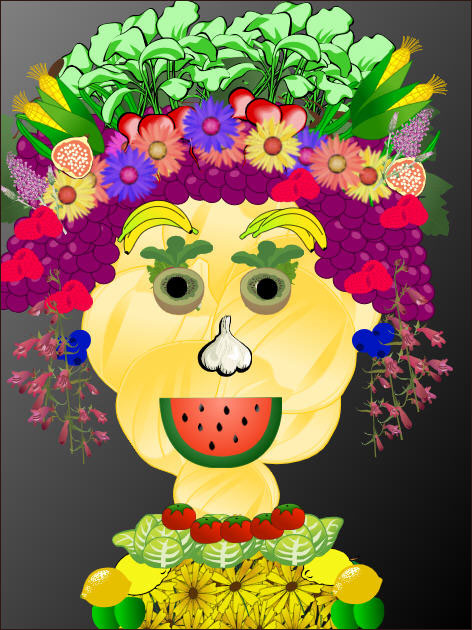
Explore an Arcimboldo-Inspired Self-Portraits lesson plan
44. Play Music
While you may not be teaching music theory, expressing one's feelings and emotions through music is both fun and therapeutic. You can try the online keyboard below or give students options like:
- a xylophone
- percussion tubes
45. Write a Classroom Constitution
Involving students in creating a class constitution makes them part of the process of government, giving them a vested interest and responsibility in following and upholding the laws they have determined.
Explore a Classroom Constitution lesson plan
Inform students about surrealism. You might inspire them by reading a book like Pish, Posh, Hieronymus Bosch .
Have students use paint tools to illustrate bizarre creatures juxtaposed around a normal self-portrait and then write a poem about the way the surrealism makes them feel.

This example takes advantage of the mirror symmetry options for the paint brush in Wixie .
Explore a Surreal Symmetry lesson plan
47. Explore Collaboration Skills
In All in the Same Boat by Wilkie Martin, a greedy rat is shown how no one wins when success is achieved at the expense of others.
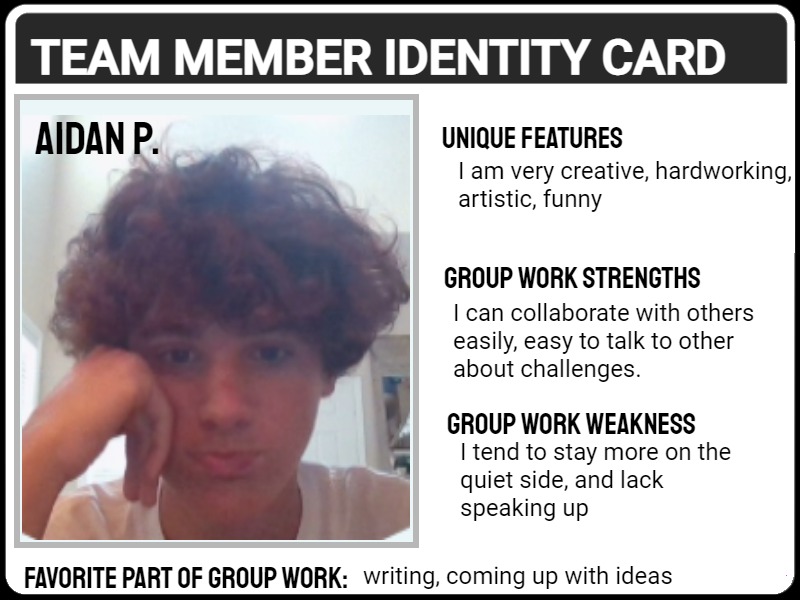
Discuss what makes a great teammate and then ask students to create their own Team Member ID Card to let future group members know a bit about how they work collaboratively.
48. Send a virtual compliment
Show your appreciation for a classmate, family member, or friend with a compliment card. This is a great idea for a random acts of kindness promotion.
Tools like Wixie let you print multiple copies or pages onto a single sheet of paper, making it easy to print, fold, and then drop in a classmate's lunch box or backpack.
49. Make a playlist for your future
Students likely already have playlists for their favorite songs, and many have playlists for different moods. Use this as a jumping-off point to ask them to "audiolize" what their future sounds like by creating a playlist .
Students can add songs they know or create new artists and bands and write descriptions for them.
50. Compose a melody
Use music production or notation software to have students compose their own music.
Have students record themselves singing their melody or playing their compositions on a recorder or keyboard.
Once they have experience with digital projects, let students choose the product or way they will demonstrate understanding… simply make them argue their case before they begin. No matter what you or they choose, transfer as much responsibility as possible to students to motivate and empower them to control their own learning.

by Melinda Kolk
Melinda Kolk ( @melindak ) is the Editor of Creative Educator and the author of Teaching with Clay Animation . She has been helping educators implement project-based learning and creative technologies like clay animation into classroom teaching and learning for the past 15 years.
Get the latest from Creative Educator
Creative classroom ideas delivered straight to your in box once a month.
Create a Graphic Organizer

Need a thought web, timeline, flowchart, or other graphic organizer for a lesson?
Popular Topics
Digital Storytelling
21st Century Classrooms
Project-based Learning
- Hero's Journey Lesson Plan
- Infographics Lesson Plan
- Design a Book Cover Lesson Plan
- Informational text projects that build thinking and creativity
- Classroom constitution Lesson Plan
- Set SMART Goals Lesson Plan
- Create a visual poem Lesson Plan
- Simple surveys and great graphs Lesson Plan
- Embrace action research

Six ways to implement digital storytelling
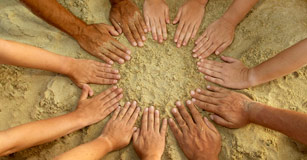
Get the most out of collaboration during student project work

The glorious, wonderful, empty page
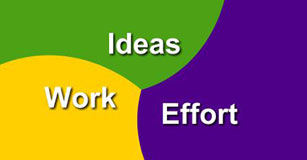
Make It Matter! Move from projects to project-based learning
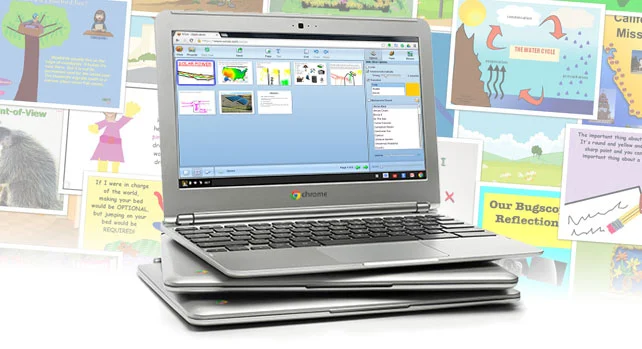
More sites to help you find success in your classroom

Share your ideas, imagination, and understanding through writing, art, voice, and video.

Rubric Maker
Create custom rubrics for your classroom.

Pics4Learning
A curated, copyright-friendly image library that is safe and free for education.

Write, record, and illustrate a sentence.
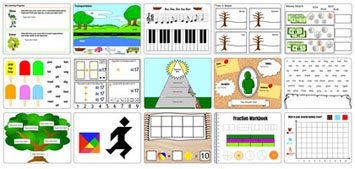
Interactive digital worksheets for grades K-8 to use in Brightspace or Canvas.
Professional Learning

Teaching and Learning
Informational Text
English Language Aquisition
Visual Arts
© 2024 Tech4Learning, Inc | All Rights Reserved | Privacy Policy
© 2024 Tech4Learning, Inc | All Rights Reserved | https://www.thecreativeeducator.com
Add me to the Creative Educator email list!

Exploring Exciting Research Topics for Middle School Students
Are you searching for the best research topics for middle school? If yes, then your search ends here with the best ever research topics for middle school.
Research is an essential aspect of learning, and it is never too early to introduce it to students. Middle school is an excellent time for students to start learning how to conduct research and develop critical thinking skills. By engaging in research projects, students can explore various topics in-depth and develop a deeper understanding of them.
Additionally, research projects can help students develop crucial skills such as time management, organization, and communication. This guide will provide examples of research topics for middle school students and offer tips on how to identify research topics and access scholarly sources. With this guide, students can discover the exciting world of research and the many benefits it offers.
Importance of research topics for middle school students
Table of Contents
Have a close look at the importance of research topics for middle school students.
Develop critical thinking skills
Research topics encourage students to analyze information, think critically about issues and topics, and make informed decisions. This helps them develop their ability to assess evidence and draw conclusions.

Enhance academic skills
Research projects help students develop essential academic skills such as reading, writing, and critical thinking. These skills are critical for success in high school, college, and beyond.
Prepare for high school and beyond
Research projects prepare students for the more in-depth research assignments they will encounter in high school and beyond. It also prepares them for the rigors of college-level research.
Foster creativity
Research projects can provide students with opportunities to explore creative ways of presenting information and engaging with their topic. This can include using technology, art, or multimedia presentations to showcase their findings.
Encourage curiosity
Research projects can encourage students to ask questions, investigate, and discover new information about topics that interest them. This helps them develop a love of learning and become lifelong learners.
Develop time management skills
Research projects require planning and organization, and can help students develop time management skills. This prepares them for managing their time and workload in high school, college, and beyond.
Promote collaboration
Research projects can be done individually or in groups, allowing students to collaborate, share ideas, and learn from one another. This helps them develop teamwork skills and learn to appreciate diverse perspectives.
Increase engagement
Research topics that are relevant and interesting to students can increase engagement and motivation in learning. This can help students become more invested in their education and develop a deeper understanding of the topic.
Improve communication skills
Research projects can help students develop communication skills, such as presenting findings and participating in discussions. This helps them become better communicators and prepares them for future academic and professional pursuits.
Encourage lifelong learning
Research projects can foster a love of learning and encourage students to continue exploring new topics throughout their lives. It helps them develop a sense of intellectual curiosity and a desire for continued personal growth.
Benefits of engaging in research projects
Have a close look at the benefits of engaging in research projects.
Enhances critical thinking skills
Research projects not only require students to gather information but also to analyze, synthesize, and evaluate it from various sources. These skills are essential for developing critical thinking skills, which are crucial for academic and real-life situations.
Promotes problem-solving skills
By engaging in research projects, students learn to identify problems, develop hypotheses, and test them. Through this process, they acquire problem-solving skills, which are essential for academic success and life beyond school.
Develops creativity
Research projects often require students to think outside the box and come up with innovative solutions. This encourages creativity, which is a valuable skill for success in many areas of life, from science to the arts.
Improves communication skills
Research projects often require students to present their findings in written or oral form, which helps improve their communication skills. The ability to communicate effectively is crucial for academic and professional success.
Boosts confidence
Successfully completing a research project can give students a sense of accomplishment and boost their confidence in their abilities. This, in turn, can lead to greater motivation and engagement in learning.
Provides hands-on learning experiences
Research projects allow students to apply what they have learned in the classroom to real-world situations, providing hands-on learning experiences. This can help students connect what they learn in school to the world around them.
Encourages independent learning
Research projects require students to work independently and take ownership of their learning, which encourages self-directed learning. This is a valuable skill that can help students become lifelong learners.
Builds research skills
Engaging in research projects helps students build research skills, such as conducting literature reviews, designing research studies, and analyzing data. These skills are essential for success in college and many careers.
Prepares for college and career
Research projects provide valuable experience that can prepare students for college and careers that require research and critical thinking skills. These skills are highly valued by colleges and employers.
Fosters a love of learning
Engaging in research projects can foster a love of learning and curiosity about the world around us. This can lead to a lifelong passion for learning and exploration.
Research Topics for Middle School
Have a close look at research topics for middle school.
STEM Research Topics
Here are some STEM research topics that middle school students can explore:
- Renewable energy sources and their impact on the environment
- The effects of pollution on local ecosystems
- Investigating the properties of different types of soils
- Building and testing a simple machine or robot
- The effects of different types of fertilizers on plant growth
- The relationship between exercise and heart rate
- The chemistry of food preservation
- The physics of roller coasters and amusement park rides
- Investigating the efficiency of different types of insulation materials
- The effects of music on the brain and body
How to Identify a STEM Research Topic
Have a close look at how to identify a stem research topic.
Identify your interests
Think about what subjects interest you in STEM, such as biology, chemistry, physics, engineering, or computer science.
Explore current events
Look at recent news articles or scientific journals to see what topics are currently being researched and discussed in STEM fields.
Consider problems and challenges
Think about problems or challenges in the world that could be addressed with STEM research, such as climate change, renewable energy, or medical advancements.
Brainstorm ideas
Write down any ideas that come to mind based on your interests and the topics you have explored. Consider how you could approach these topics from a STEM perspective.
Research existing studies
Look at existing research studies in your area of interest to see what has already been done and what gaps still exist that you could explore.
Consult with experts
Seek guidance from teachers, professors, or professionals in STEM fields to help you identify potential research topics and provide resources.
By following these steps, you can identify a STEM research topic that aligns with your interests and has the potential to contribute to the field.
Benefits of STEM Research Projects
Engaging in STEM research projects can offer a variety of benefits for middle school students, including:
Development of critical thinking skills
STEM research projects require students to analyze data, identify patterns, and draw conclusions, which enhances their critical thinking abilities.
Hands-on learning experiences
STEM research projects provide opportunities for students to apply what they have learned in the classroom to real-world situations, which offers hands-on learning experiences.
Preparation for future careers
STEM research projects can prepare students for careers in science, technology, engineering, and math, as they develop skills relevant to these fields.
Fostering creativity
STEM research projects often require students to think outside the box and come up with innovative solutions, which fosters creativity.
Development of research skills
Engaging in STEM research projects helps students build research skills, such as designing experiments, collecting and analyzing data, and drawing conclusions.
Collaboration
STEM research projects can be done individually or in groups, allowing students to collaborate, share ideas, and learn from one another.
Improvement of communication skills
STEM research projects often require students to present their findings in written or oral form, which helps improve their communication skills.
Boosting self-confidence
Successfully completing a STEM research project can give students a sense of accomplishment and boost their self-confidence in their abilities.
Encouragement of lifelong learning
STEM research projects can foster a love of learning and encourage students to continue exploring new topics throughout their lives.
Social Science Research Topics
Examples of social science research topics for middle school students:
- The impact of social media on mental health.
- Gender inequality in education and the workplace.
- The effects of poverty on child development.
- The relationship between stress and physical health.
- The role of parenting styles in child behavior.
- The effects of bullying on mental health and social relationships.
- The impact of immigration policies on families.
- The influence of media on body image and self-esteem.
- The relationship between personality and academic achievement.
- The effects of technology on social relationships.
How to identify a social science research topic:
To identify a social science research topic, you can follow these steps:
Identify a broad area of interest
Begin by thinking about the general field of social science that interests you the most. This could be psychology, sociology, anthropology, economics, political science, or any other related field.
Narrow down the focus
Once you have identified a broad area of interest, narrow down your focus to a specific topic or issue within that field. For example, if you are interested in psychology, you might focus on a specific mental health condition or treatment.
Consider current events
Look at current events or issues that are receiving a lot of attention in the news or media. Consider how you can apply social science research methods to study these topics in more depth.
Talk to your teachers, professors, or other experts in the field to get ideas for research topics. They may be able to provide you with valuable insights and suggestions.
Conduct a literature review
Conducting a literature review involves reading published research studies, articles, and books related to your topic. This will help you understand what research has already been done in the field and identify any gaps or areas that need further exploration.
Refine your research question
Once you have identified a topic of interest, refine your research question by making it more specific and focused. This will help you to develop a clear research plan and stay on track during your project.
Benefits of social science research projects
Have a close look the benefits of social science research topics.
Improved critical thinking skills
Social science research projects require students to analyze and evaluate information from various sources, which helps develop their critical thinking skills.
Enhance problem-solving skills
Through research, students can identify problems and find solutions by gathering and analyzing data, developing hypotheses, and testing them.
Develop empathy
Social science research projects often require students to explore topics related to human behavior and interactions, which can help them develop empathy and understanding for others.
Foster a love of learning
Engaging in social science research projects can foster a love of learning and curiosity about the world around us.
Develop research skills
Social science research projects allow students to develop important research skills such as conducting literature reviews, designing research studies, and analyzing data.
Enhance communication skills
Social science research projects often require students to present their findings in written or oral form, which can help improve their communication skills.
Promote civic engagement
Social science research projects can encourage students to become active and engaged citizens by exploring issues related to society and government.
Expand cultural awareness
Social science research projects can help students understand and appreciate different cultures, beliefs , and perspectives.
Prepare for college and career
Social science research projects provide valuable experience that can prepare students for college and careers that require research, critical thinking, and communication skills.
Humanities Research Topics
Examples of humanities research topics for middle school students:
- The impact of art and music on society
- The history and cultural significance of traditional dress
- The role of religion in shaping world events
- The influence of ancient civilizations on modern society
- The significance of oral history in preserving cultural traditions
- The portrayal of gender roles in literature and media
- The impact of social media on interpersonal communication
- The role of government in promoting human rights
- The significance of historical landmarks in shaping national identity
- The portrayal of mental health in literature and media.
How to identify a humanities research topic
Have a close look at how to identify a humanities research topics.
Brainstorm topics
Begin by brainstorming ideas that interest you or your students. This can include topics related to literature, history, art, philosophy, or culture.
Narrow down the ideas
Once you have a list of potential topics, start narrowing them down by considering the available resources, the level of complexity, and the relevance to current events or personal interests.
Conduct preliminary research on the narrowed-down topics to ensure that there is enough information available and that the topic is suitable for a research project.
Consider different perspectives
Humanities topics often involve multiple perspectives and interpretations, so it’s essential to consider different viewpoints and debates related to the topic.
Consult with teachers or librarians
Ask for input from teachers or librarians who specialize in humanities subjects. They may have ideas for topics, recommended resources, or can help guide students towards a suitable topic.
Refine the topic
Once a suitable topic has been identified, refine it further by clarifying the research question, determining the scope of the project, and outlining the research methodology.
Benefits of humanities research projects
Have a close look at the benefits of humanities research projects.
Developing critical thinking skills
Humanities research projects require students to analyze information, form opinions, and develop arguments, which helps them to think critically.
Enhancing creativity
Humanities research projects often require students to think creatively about how they present their findings and engage with their topic.
Improving communication skills
Humanities research projects often involve written or oral presentations, which help students to develop their communication skills.
Encouraging curiosity
Humanities research projects can encourage students to ask questions and explore new topics, fostering their curiosity.
Developing empathy
Humanities research projects often involve examining different perspectives and cultures, which can help students to develop empathy and understanding for others.
Preparing for higher education
Humanities research projects provide students with valuable research skills and a foundation for more advanced research projects in high school and college.
Increasing engagement
Research topics that are relevant and interesting to students can increase engagement and motivation in learning.
Encouraging lifelong learning
Humanities research projects can foster a love of learning and encourage students to continue exploring new topics throughout their lives.
| : |
Interdisciplinary Research Topics
Examples of interdisciplinary research topics for middle school students:
- How does climate change affect biodiversity?
- The impact of technology on society and culture.
- The role of music in mental health.
- How do food and nutrition affect brain development and academic performance?
- The history and science of flight.
- How does social media influence body image and self-esteem?
- The connection between art and science in creating visual illusions.
- The impact of sports on physical and mental health.
- The psychology and biology of addiction.
- The history and science of ancient civilizations.
How to identify an interdisciplinary research topic
Have a close look at how to identify an interdisciplinary research topic.
Look for common themes or issues
Think about topics that overlap between different subjects. For example, climate change is a topic that can be explored in science, social studies, and literature.
Identify the questions
Once you have identified a common theme or issue, think about the questions that arise from it. What do you want to learn or investigate about this topic?
When exploring interdisciplinary topics, it’s important to consider different perspectives from different subjects. For example, if you’re researching climate change, you might want to explore the scientific causes and effects, the social and economic impacts, and the ethical and moral considerations.
Brainstorm possible connections
Consider how the different subjects you’re interested in can connect to the topic you want to explore. For example, if you’re interested in exploring the history of music, you might look at how different historical events influenced music and how music, in turn, influenced history.
Refine your topic
Once you have some possible connections, refine your topic by focusing on a specific aspect or question. This will help you narrow your focus and make your research more manageable.
If you’re having trouble identifying an interdisciplinary research topic, consider consulting with your teachers or librarians. They may be able to offer guidance or suggest resources that can help you identify a topic.
Benefits of interdisciplinary research projects
Have a close look at the benefits of interdisciplinary research projects.
Encouraging creativity and innovation
Interdisciplinary research topics often require students to approach problems from different angles and find creative solutions by combining knowledge from different fields.
Enhancing critical thinking and problem-solving skills
Interdisciplinary research requires students to analyze and synthesize information from various sources, think critically, and solve complex problems.
Promoting collaboration and teamwork
Interdisciplinary research often involves working in teams, which fosters collaboration, communication, and teamwork skills.
Providing a broader perspective
Interdisciplinary research allows students to gain a more comprehensive understanding of a topic by examining it from multiple perspectives.
Developing research skills
Interdisciplinary research projects help students develop research skills, such as conducting literature reviews, collecting and analyzing data, and presenting findings.
Preparing for future academic and career opportunities
Interdisciplinary research projects provide students with valuable experience and skills that can prepare them for future academic and career opportunities that require interdisciplinary approaches.
Resources for Conducting Research
There are various resources available for middle school students to conduct research. Here are some examples:
School Library
The school library is a great resource for finding books, academic journals, and other resources on a wide range of topics. Librarians can also provide guidance on how to find and evaluate sources.
Online Databases
There are several online databases that provide access to academic journals, magazines, and other scholarly sources. Examples include JSTOR, Project MUSE, and Academic Search Premier.
Google Scholar
Google Scholar is a search engine that allows you to find scholarly articles, books, and conference papers. It can be a useful tool for finding academic sources on specific topics.
Public Library
Public libraries also offer access to a wide range of resources, including books, databases, and other materials. They may also offer research assistance and guidance.
Government Websites
Government websites can be a great resource for research on topics such as history, social studies, and science. Examples include the Library of Congress, the National Archives, and the National Science Foundation.
Online Archives
Many organizations and institutions maintain online archives of historical documents, images, and other resources. Examples include the Smithsonian Institution, the National Archives, and the Digital Public Library of America.
Interviews and Surveys
Conducting interviews and surveys can be a valuable way to gather information for research projects. This can involve reaching out to experts in a particular field or surveying individuals to gather data.
Online Learning Platforms
Online learning platforms, such as Coursera and edX, offer courses on a wide range of topics. These courses often provide access to readings, videos, and other resources that can be useful for research projects.
How to access scholarly sources
Accessing scholarly sources can be done through various means, including:
Using academic search engines
There are several academic search engines available that provide access to scholarly sources. Some popular examples include Google Scholar, JSTOR, and PubMed. These search engines allow users to search for academic articles, journals, and other research papers.
Using academic databases
Many universities and libraries offer access to academic databases, such as EBSCO and ProQuest, which contain a vast collection of scholarly sources. Students can check with their school or local library to see if they have access to such databases.
Checking library catalogs
Most libraries have a catalog that contains information about the books and other materials they have available. Students can use these catalogs to search for scholarly sources, such as books, journals, and other publications.
Contacting experts
Students can contact experts in their field of study or a related field to ask for recommendations for scholarly sources. Experts may be able to suggest relevant academic articles, books, or other resources.
Using interlibrary loan services
If a student cannot find a specific scholarly source at their own library, they can use interlibrary loan services to request the material from another library. This service allows libraries to share materials with one another, giving students access to a wider range of scholarly sources.
It is important to note that some scholarly sources may require payment or subscription access. However, many sources are available for free or can be accessed through a library’s subscription.
In conclusion, research projects provide middle school students with an opportunity to explore various subjects in depth, develop their critical thinking skills, and gain a better understanding of the world around them.
STEM, social sciences, humanities, and interdisciplinary research topics offer a broad range of options for students to choose from, and there are various resources available for conducting research, including online databases and access to scholarly sources.
By engaging in research projects, students can improve their academic performance, enhance their problem-solving abilities, and gain valuable experience that will benefit them in the future.
Therefore, we encourage all middle school students to take advantage of these opportunities and engage in research projects that interest them.
Frequently Asked Questions
What is the purpose of research topics for middle school students.
The purpose of research topics for middle school students is to encourage students to explore their interests, develop critical thinking skills, and learn how to conduct research. It also helps them to understand the importance of research in various fields and how it can contribute to solving real-world problems.
How do I choose a research topic for middle school?
Choosing a research topic for middle school involves identifying your interests, brainstorming ideas, and considering the resources available to you. You can start by thinking about a subject that you are curious about or passionate about, and then narrowing down your focus to a specific aspect or question you want to investigate.
What are some tips for conducting research as a middle school student?
Some tips for conducting research as a middle school student include developing a research question, finding reliable sources, taking thorough notes, organizing your information, and citing your sources properly. It’s also important to plan your time wisely and seek help from teachers or librarians if you need assistance.
Can middle school students access scholarly sources online?
Yes, many scholarly sources are available online and can be accessed by middle school students through databases provided by their school or public libraries. Some popular databases for middle school students include JSTOR, ProQuest, and EBSCOhost.
How can research projects benefit middle school students in the long term?
Research projects can benefit middle school students in the long term by developing important skills such as critical thinking, problem-solving, communication, and time management. It also prepares them for future academic endeavors, and exposes them to potential career paths or fields of interest.
Similar Articles

13 Best Tips To Write An Assignment
Whenever the new semester starts, you will get a lot of assignment writing tasks. Now you enter the new academic…

How To Do Homework Fast – 11 Tips To Do Homework Fast
Homework is one of the most important parts that have to be done by students. It has been around for…
Leave a Comment Cancel Reply
Your email address will not be published. Required fields are marked *
This site uses Akismet to reduce spam. Learn how your comment data is processed .

- Services Paper editing services Paper proofreading Business papers Philosophy papers Write my paper Term papers for sale Term paper help Academic term papers Buy research papers College writing services Paper writing help Student papers Original term papers Research paper help Nursing papers for sale Psychology papers Economics papers Medical papers Blog

206 Middle School Research Topics: Original Ideas List
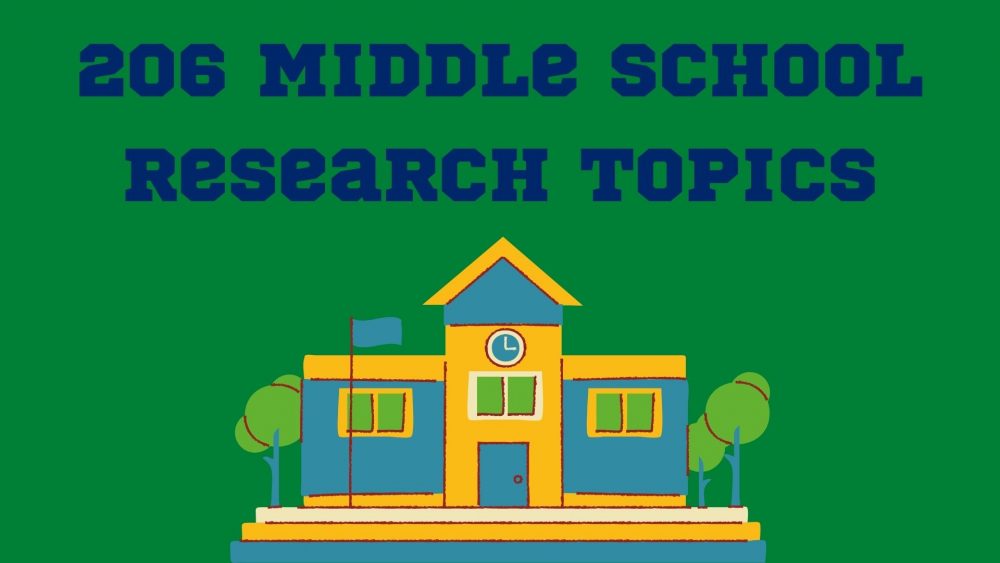
As middle schoolers prepare to go to high school, they are introduced slowly to essay and research writing. They are sometimes given homework that involves picking suitable topics and writing on them. However, it should be noted that i t is not easy to write a research paper for a high grade. Middle schoolers in their preteen age are taught how to be creative, air out their opinions and conduct little research. It helps make them critical thinkers and prepares them for more writing tasks as they advance in their education. This article will help middle schoolers understand what is expected of them when asked to write an essay or research on a topic. It will also expose them to different areas where they can write and many research topics for middle school they can pick from.
What Should Be In A Middle School Research Paper?
Middle school research papers are often not required to be extended. They are in a unique position where they move from writing simple pieces to more detailed essays and research papers. This is the foundation where they learn to write excellent papers as they transcend to high school and eventually college. Writing an essay in middle school is not very different from writing in other stages. Some steps to get you started are
- Understanding the Assignment :Before you begin, you should understand your teacher’s expectations when turning in your finished work.There will be rules and procedures to follow. Know the format the essay is supposed to be written in, and keep the due dates in mind. If you do not understand any aspect of the assignment, please ask for clarification, as this will help you deliver a clear and concise essay at the end.
- Do Your Pre-Writing :Start with brainstorming on middle school research topics to determine what you would like your essay to be about. There are many options to pick from and several general subjects to break down into topics you want.
Pick up to three topics when you first brainstorm. From there, you can select the best one to write on. When you find a topic, start writing all you know about it. Create a rough paper where you jot down information from your research that will be useful in your essay. Feel free to write freely, as this will be your first draft, and you have the chance to edit it as you go.
- Edit Your Work : Editing is essential. It helps give your paper structure. From your rough work, take out parts that are not necessary and add details you think you missed. This is where you should be detailed and try to make your work as neat and correct as possible. You are almost at the end of writing the paper.When you are sure your paper is good, it is time to proofread. Check for spelling and punctuation errors. One expert way to do this is to read the report from the bottom up, and this can help you spot any spelling errors.
- Citations and References : Your teacher would have given you a format to write references for your work. Ensure that you are following the prescribed format.References will highlight the sources of the information gathered to make your essay.
What Can Middle Schoolers Write About?
There are many general subjects that middle schoolers can write about in their assignments. Streaming from what they have been taught in the classroom or their experiences outside class. Some issues that can create good middle school research paper topics include:
Science : This broad aspect covers earth science, geology, physical science, life science, and genetics. Science research paper topics for middle school will encourage the students to be interested in growth and learning how things work. Social Studies : This will involve learning about their history, other people’s cultures, human interaction, family, etc. This will create fun research topics for 6th graders, learning about life and how relationships work. Literature : This is the best time to learn about books and works of art. The literature will provide many topics to research for middle school students.
There are many more aspects that middle school students can research and write papers on. Discover more than 200 interesting research topics for middle school students below. However don’t worry if the assignment seems too difficult for you. You are only at the beginning of the path and our cheap research writing service will be happy to get you through with your paper.
Good Research Topics For Middle School
Students who have no experience writing papers and are looking for good research topics to work on are in luck. The topics below are suitable for all middle schoolers and can create detailed essays.
- Should students be compelled to wear a specific uniform?
- Textbooks or tablets: which is better to read from?
- Obesity in American youth: Causes and solutions.
- Should boys and girls be allowed to play on the same athletics team?
- Should young people be allowed to play violent video games?
- Impact of continuously playing violent video games.
- When can we say someone is spending too much time in front of the screen?
- Listening to music during class: Does it disturb concentration?
- How to recognize harmful content on the internet?
- Should all businesses be compelled to recycle?
- What is the appropriate punishment for students who engage in cyberbullying?
- Should school hours be adjusted to later in the morning?
- Should our scientists be allowed to test drugs on animals?
- Why do people’s behavior change in different settings?
- Is sex education important?
- Different types of poetry and how they came about.
- What to do if you are being bullied on the internet.
- How to have healthy self-esteem.
- Why does the human body need sleep?
- Insect repellents, are they helpful?
- Why did dinosaurs go extinct?
- What is skateboarding?
- The effects of tobacco on the body.
- Artificial tanning: Risks and benefits.
- What is spam email? Where does it come from, and how can we stop it?
- What is a desert mirage? How does it affect people?
- What are penguins? Where do they stay, and what do they eat?
- When and how was America created?
- Who are some well know and inspirational women?
- Who are some famous inventors?
- What famous inventions helped in shaping human existence?
- Steps you can take to protect yourself from scammers online.
- What is a cryptocurrency, and why is it so popular?
- What did the invention of the mobile phone do to change the world?
- How to handle stress from school.
- How can issues in the family affect a child?
- Is your school working hard enough to prevent bullying?
- Should we use mobile phones and tablets in class?
- Does technology make you smarter?
- What is an unhealthy life, and what are the effects?
- Is there any benefit of doing homework?
- What is video game addiction, and how to stop it?
- What is a museum, and what can be found in it?
- What can we do to reduce climate change?
- Is soda suitable for children?
- Does everyone have to go to college?
- Comparing homework and class assignments.
- What is physical education?
- How the internet has changed our life
- What is peer pressure?
- What effect has global warming had on the environment?
- What is racism?
- What is a healthy diet?
- Should students be able to pick what they learn?
- Do movies depict what happens in real life?
- Is arts a vital part of the school curriculum?
- What are the challenges students face?
- How do we conserve energy in our homes?
- What is pop culture?
- Should parents monitor their children’s social media?
Fun Research Topics for Middle School
Writing an essay shouldn’t always be stressful or tedious. These topics will make writing papers fun. The topics below can hold the researcher’s attention for a long time as they work on completing their project.
- How should celebrities who break the law be punished?
- What is bulletproof clothing made of?
- All there is to know about hip-hop.
- What do we know about ninjas?
- Do lie detector tests work?
- What are the ingredients contained in a hotdog?
- Sharks, how do they hunt, and what do they eat?
- How do search engines work?
- Some fascinating extinct animals, and what happened to them?
- How to manage time effectively.
- How does insufficient sleep affect the brain?
- How to let go of bad habits?
- How do parents help us grow?
- How to become a better writer.
- Are dogs and cats enemies?
- Why do parents punish children for bad behavior?
- What is the best punishment for naughty kids?
- Is magic real?
- How to save money effectively?
- What is self-development?
- How to motivate yourself to be a better student?
- When should you begin to earn money?
- What’s the secret of having a successful life?
- How not to become a game addict.
Middle School Research Project Ideas
Research shouldn’t always end as essay writing. Sometimes, you need hands-on projects to keep the middle schooler busy. The list below can serve as an ideal hub for research ideas for middle school students and work as interesting essay topics.
- Investigating what life is like inside a beehive.
- Steps in creating a movie.
- How do our brains store memories and retrieve them when we need them?
- What is a landform?
- What are some important holidays around the world, and who celebrates them?
- What are some significant symbols used in world holidays?
- Creating an ecosystem: what’s the process involved?
- Research on some exotic underwater creatures.
- What is a meteor?
- How to build a crossword puzzle.
- What is advertising: create a short advertisement campaign.
- Write the story of your life.
- Create a calendar highlighting critical events in your life.
- Create your family tree.
Science Research Topics for Middle School
Science is an exciting part of our lives. Because of science, the quality of our lives has increased, and there are many more inventions to come. These topics can engage the curious mind of the youngster and introduce them to science-related subjects to work on.
- Earthquakes: Its causes and effects.
- Computer viruses. What are they, and how do they spread?
- Evolution of human beings.
- Are human beings still evolving?
- What is alchemy?
- What is a black hole? How is it formed?
- What is a submarine? Who uses them, and how do they work?
- What is the cause of tornadoes?
- What is a sinkhole, and how do they form?
- Research on one of the planets in the solar system.
- Understanding glaciers and icebergs.
- What are volcanoes, and how do they form?
- The different types of volcanoes and what causes them.
- Who are the most famous scientists, and what are they famous for?
- What are the components of airplanes that make them fly?
- What are fossils, and what do they teach us?
- How do genetics and DNA affect how we look?
- Why does the moon change color and shape sometimes?
- What is a Lunar eclipse?
- What is pollution?
- The different types of pollution and what can be done to curb them?
- Can fruits play a part in medicine?
- What is flooding?
- What is an ecosystem?
- What measures do butterflies take to defend themselves?
- Different types of butterflies.
- What is a skeleton, and why is it an essential part of the body?
- How many bones are in a skeleton? Which are the most important?
- Who is a marine biologist?
- What is the connection between a marine biologist and the weather?
- What are the risks marine biologists face when they dive?
- Different types of fossils?
- Are whales still hunted?
- What is scientific research, and who conducts it?
- What is the job of the nervous system?
- Understanding the concept of hibernation?
- What are the necessities plants need to grow?
- Who are the people who study dinosaurs?
- Mammals and reptiles: Similarities and differences.
- Why don’t human beings float?
- What is a prism, and what does it do?
- What gives humans the ability to lift heavy things?
- What factors can cause earthquakes?
- How is wind measured?
- What differentiates a planet from a star?
- What is a galaxy? What galaxy is the earth?
- Who is an astronaut, and what is their job?
- What is a waterfall?
- Do plants drink water?
- Why do oil and water not mix?
- What is microbiology?
- How can we preserve our natural resources?
- Discuss the advantages and disadvantages of exploring space.
- What are bacteria, and how useful is it to humans?
- The similarities between temperature and heat.
Other Topics to Research for Middle School
We cannot run out of topics for middle schoolers, as several aspects are available to look at. Here are some other topics that can jump-start your essay writing process.
- Is it advisable for students to be with their cell phones all day?
- Should the minimum age for getting a driving license be raised?
- The differences between homeschooling and standard schooling: which is better?
- Does social media have a positive or negative impact on teenagers?
- Going vegan, is it good for your health?
- Who is a Monk, and what is his lifestyle/routine?
- How did humans domesticate cats and dogs, and why?
- How is America helping endangered animals?
- How is climate change affecting us?
- What are the effects of video games on teenagers and children?
- Do Athletes make good models?
- Who is to blame for the number of homeless people in America?
- Should we have shorter school weeks?
- Should parents monitor websites visited by their children?
- What is cybercrime?
- What can we don’t protect our environment?
- Instant messaging, do they affect literacy?
- What are the most effective ways of achieving academic excellence?
- What is a good movie that influenced us in 2023?
- Are tests a good way of judging a student’s intelligence?
- How does music help us feel better?
- How to choose the best research project ideas for middle school students.
- Why is it important to learn multiple languages?
- Do learning techniques affect behavior?
- Bullying and its effects on mental health.
- All you need to know about distant learning
- Should prayer be part of school activities?
- Do we need math formulas in real scenarios?
- When should students start undergoing leadership training?
- How to write a good essay.
- How does night vision work?
- What is the solar system?
- What is Nasa, and what do they do?
- What is a natural disaster, and what can cause one to happen?
- What is the process of becoming a president of the United States?
- How many presidents has the United States had?
- What are some of the responsibilities and privileges of the president?
- Learning about Vice Presidents and First Ladies of the United States.
- Is social media dangerous for children?
- Does the location where you grow up affect who you become?
- What is a participation trophy? Is it necessary?
- Should there be a screen time limit for children?
- What are the responsibilities of a government to its citizens?
- What is a curfew, and why do kids have them?
- Is grounding an effective punishment?
- Should physical education be necessary for everyone?
- What are some advantages of knowing how to read?
- How can cell phones be used productively while in class?
- What are the qualities of a good leader?
- What are hobbies, and what do they do for us?
- Should less homework be given to students?
- What is summer school? Does it help students?
- What age is appropriate for children to be left alone at home?
If You Need Paper Writing Help
There are many ways to brainstorm ideas for your middle school homework. The research project ideas for middle school and the topics listed above will make it easier to begin. After picking a suitable topic, the next step is writing the entire paper. This will involve a lot of research and fact-finding to get accurate information for your paper. It doesn’t end at research, as you still have to write a great essay to score high marks. This could be a daunting task for many students. Don’t be afraid to get research paper help from our professional writers. After attending class, you may not have adequate time to write your essay yourself, if this is your situation, it’s okay to search for help on the internet. A quick google search for “write my paper” will result in several websites promising to write the best essay for you. However, you need to make your research before hiring an online writer for your assignment. If you need someone to write your assignment, we can be of help. We provide fast, reliable, custom paper writing services that can be completed online. Our services are available to every student, including university, middle school, high school, and college students. Our team of writers consists of professionals and teachers who are always available to ensure that you meet your deadlines. Contact us with a message “ do my research paper for me ” and enjoy the perfect result!

Leave a Reply Cancel reply
Your email address will not be published. Required fields are marked *
Save my name, email, and website in this browser for the next time I comment.
Terms & Conditions Loyalty Program Privacy Policy Money-Back Policy
Copyright © 2013-2024 MyPaperDone.com

Suggested Searches
- Climate Change
- Expedition 64
- Mars perseverance
- SpaceX Crew-2
- International Space Station
- View All Topics A-Z
Humans in Space
Earth & climate, the solar system, the universe, aeronautics, learning resources, news & events.

NASA’s Hubble, Chandra Find Supermassive Black Hole Duo

NASA to Test Telemedicine, Gather Essential Health Data with Polaris Dawn Crew

What’s Up: September 2024 Skywatching Tips from NASA
- Search All NASA Missions
- A to Z List of Missions
- Upcoming Launches and Landings
- Spaceships and Rockets
- Communicating with Missions
- James Webb Space Telescope
- Hubble Space Telescope
- Why Go to Space
- Commercial Space
- Destinations
- Living in Space
- Explore Earth Science
- Earth, Our Planet
- Earth Science in Action
- Earth Multimedia
- Earth Science Researchers
- Pluto & Dwarf Planets
- Asteroids, Comets & Meteors
- The Kuiper Belt
- The Oort Cloud
- Skywatching
- The Search for Life in the Universe
- Black Holes
- The Big Bang
- Dark Energy & Dark Matter
- Earth Science
- Planetary Science
- Astrophysics & Space Science
- The Sun & Heliophysics
- Biological & Physical Sciences
- Lunar Science
- Citizen Science
- Astromaterials
- Aeronautics Research
- Human Space Travel Research
- Science in the Air
- NASA Aircraft
- Flight Innovation
- Supersonic Flight
- Air Traffic Solutions
- Green Aviation Tech
- Drones & You
- Technology Transfer & Spinoffs
- Space Travel Technology
- Technology Living in Space
- Manufacturing and Materials
- Science Instruments
- For Kids and Students
- For Educators
- For Colleges and Universities
- For Professionals
- Science for Everyone
- Requests for Exhibits, Artifacts, or Speakers
- STEM Engagement at NASA
- NASA's Impacts
- Centers and Facilities
- Directorates
- Organizations
- People of NASA
- Internships
- Our History
- Doing Business with NASA
- Get Involved
NASA en Español
- Aeronáutica
- Ciencias Terrestres
- Sistema Solar
- All NASA News
- Video Series on NASA+
- Newsletters
- Social Media
- Media Resources
- Upcoming Launches & Landings
- Virtual Guest Program
- Image of the Day
Sounds and Ringtones
Interactives.
- STEM Multimedia
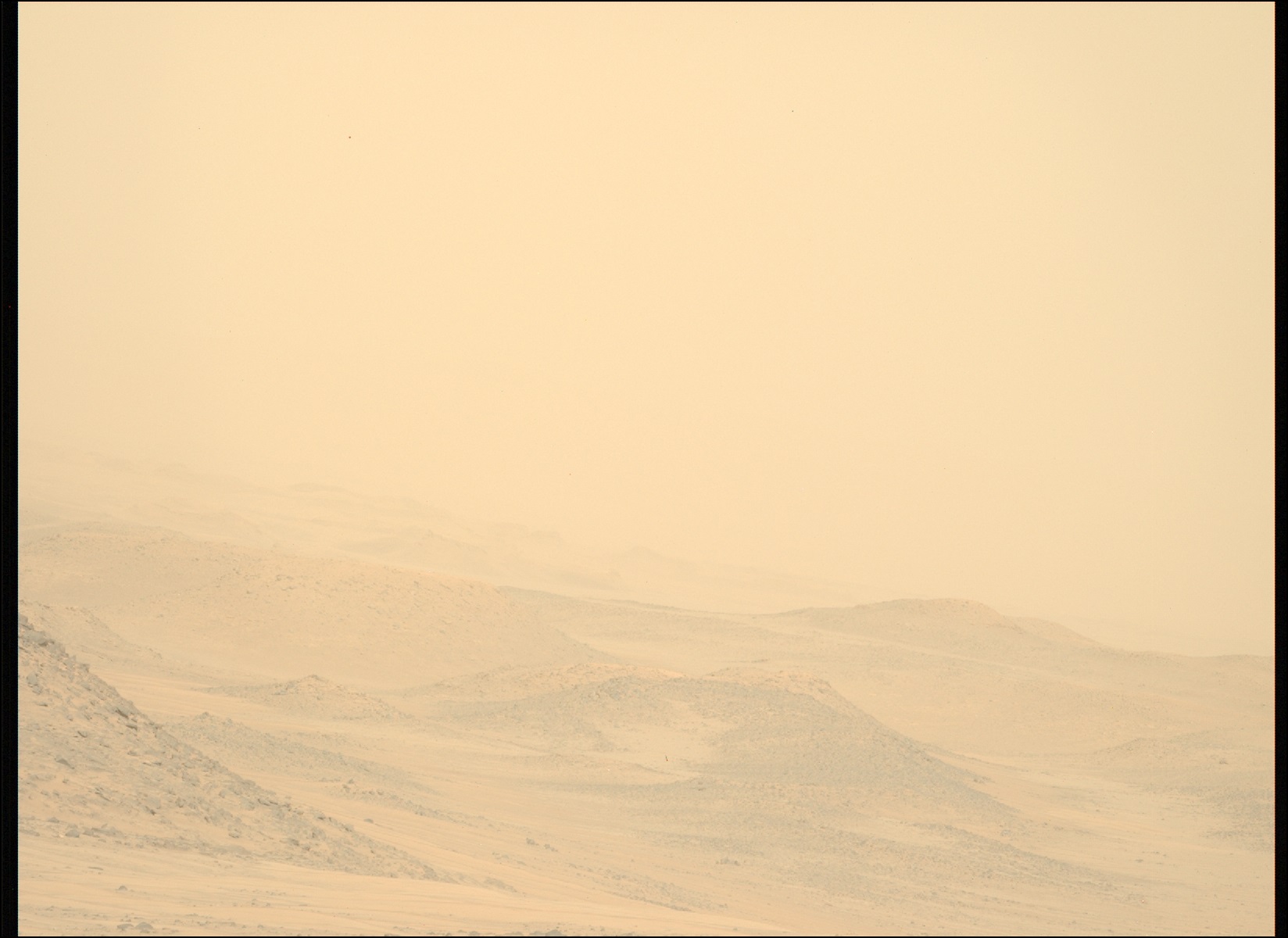
Persevering Through the Storm

NASA’s Hubble, MAVEN Help Solve the Mystery of Mars’ Escaping Water

NASA’s SpaceX Crew-9 to Conduct Space Station Research
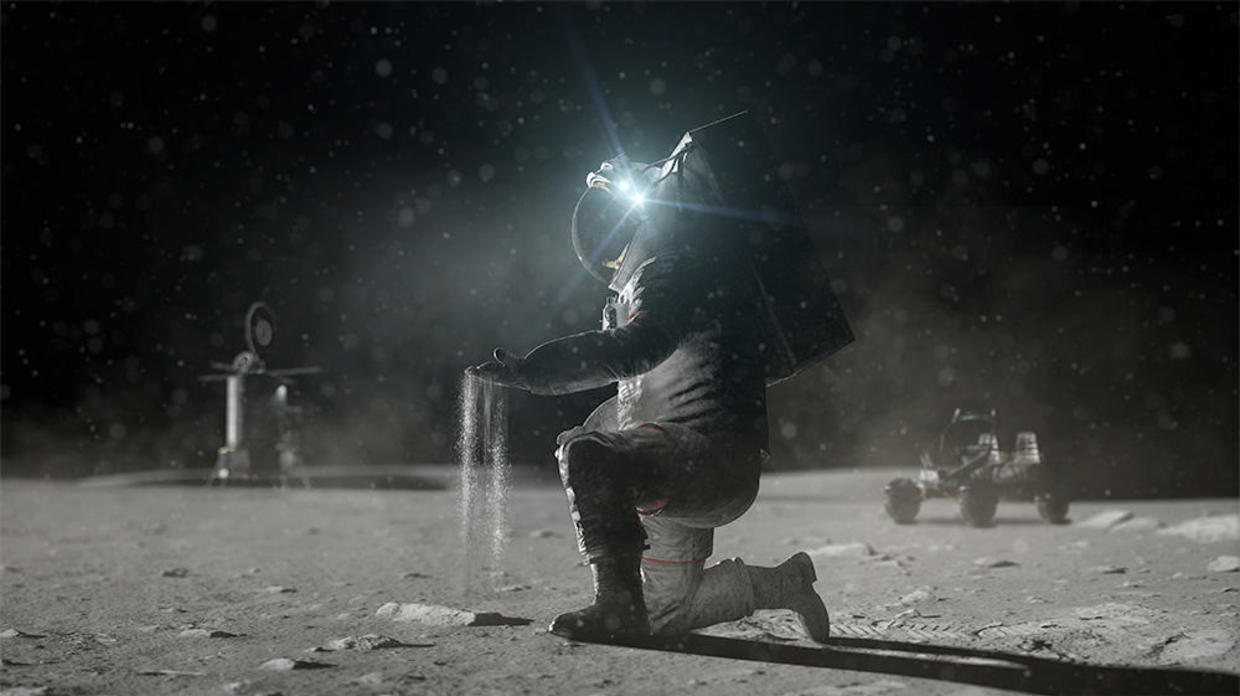
9 Phenomena NASA Astronauts Will Encounter at Moon’s South Pole

Gateway Space Station in 3D

NASA Finds Summer 2024 Hottest to Date

Childhood Snow Days Transformed Linette Boisvert into a Sea Ice Scientist
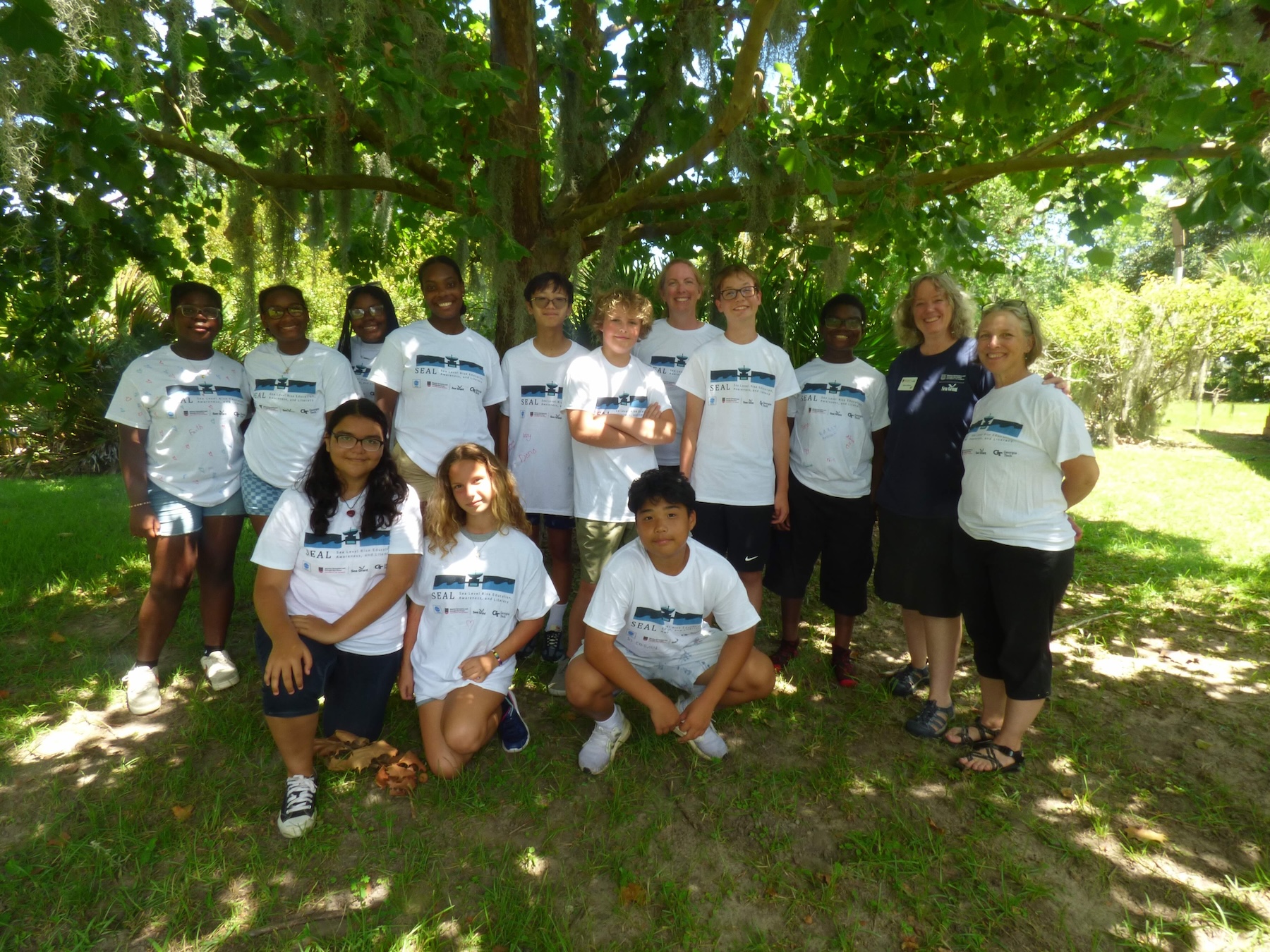
NASA Summer Camp Inspires Future Climate Leaders

NASA to Develop Lunar Time Standard for Exploration Initiatives

The Next Full Moon is a Partial Lunar Eclipse; a Supermoon; the Corn Moon; and the Harvest Moon

NASA’s Webb Peers into the Extreme Outer Galaxy
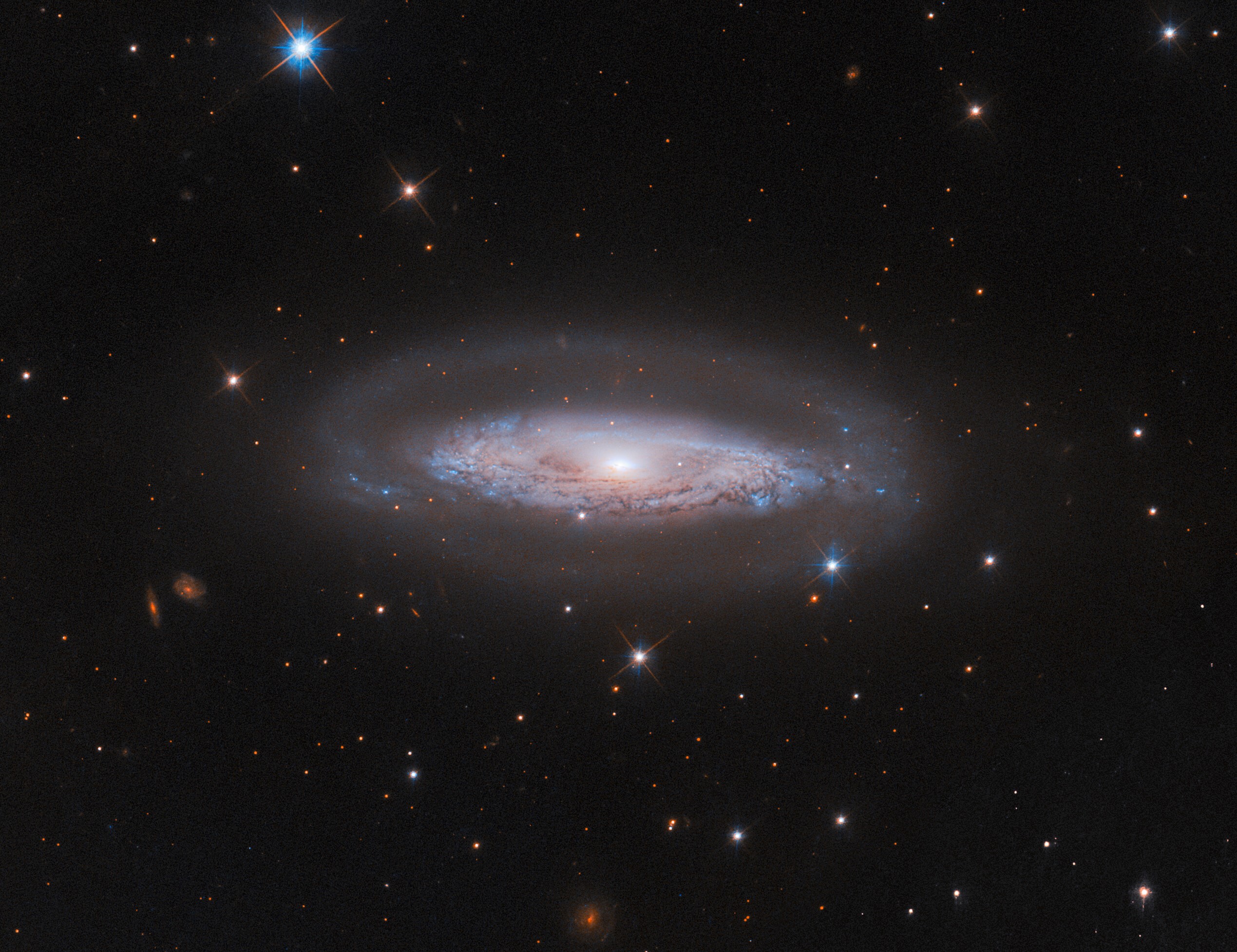
Hubble Examines a Busy Galactic Center

Amendment 46: Several Changes to D.15 LISA Preparatory Science
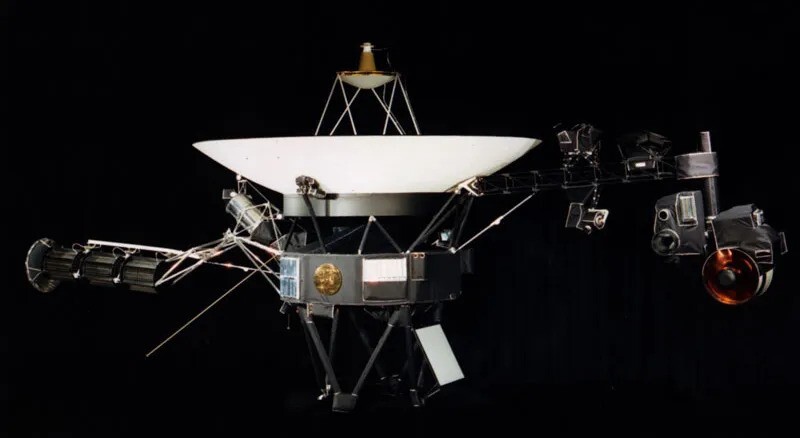
Voyager 1 Team Accomplishes Tricky Thruster Swap

NASA Tunnel Generates Decades of Icy Aircraft Safety Data

Research Plane Dons New Colors for NASA Hybrid Electric Flight Tests

NASA G-IV Plane Will Carry Next-Generation Science Instrument

Printed Engines Propel the Next Industrial Revolution

OSAM-1 Partnership Opportunity: Request for Information
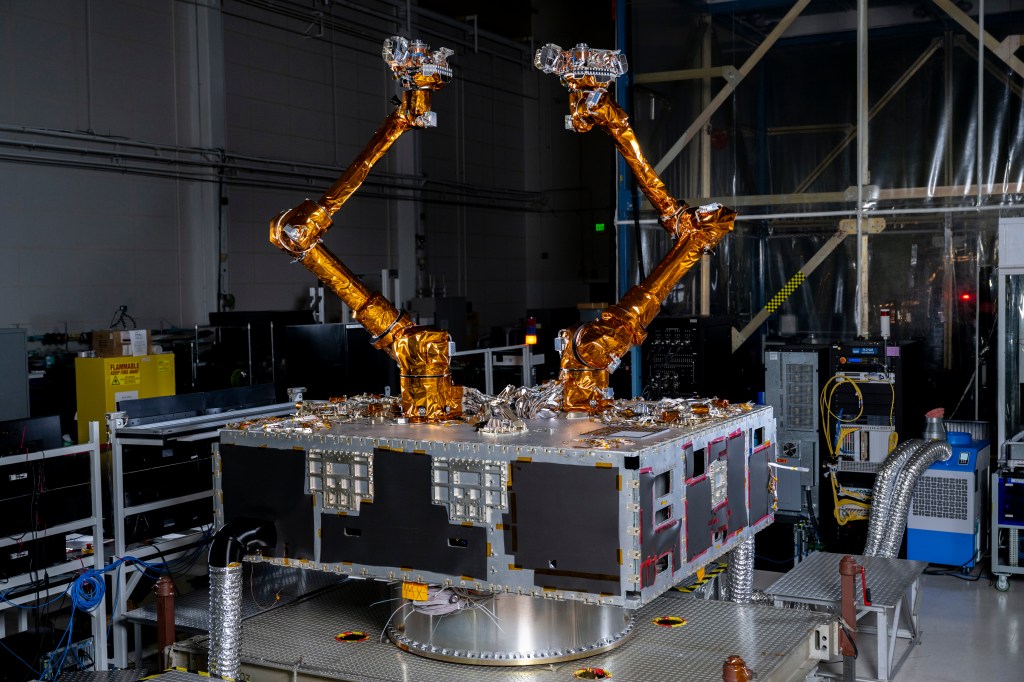
NASA to Support DARPA Robotic Satellite Servicing Program
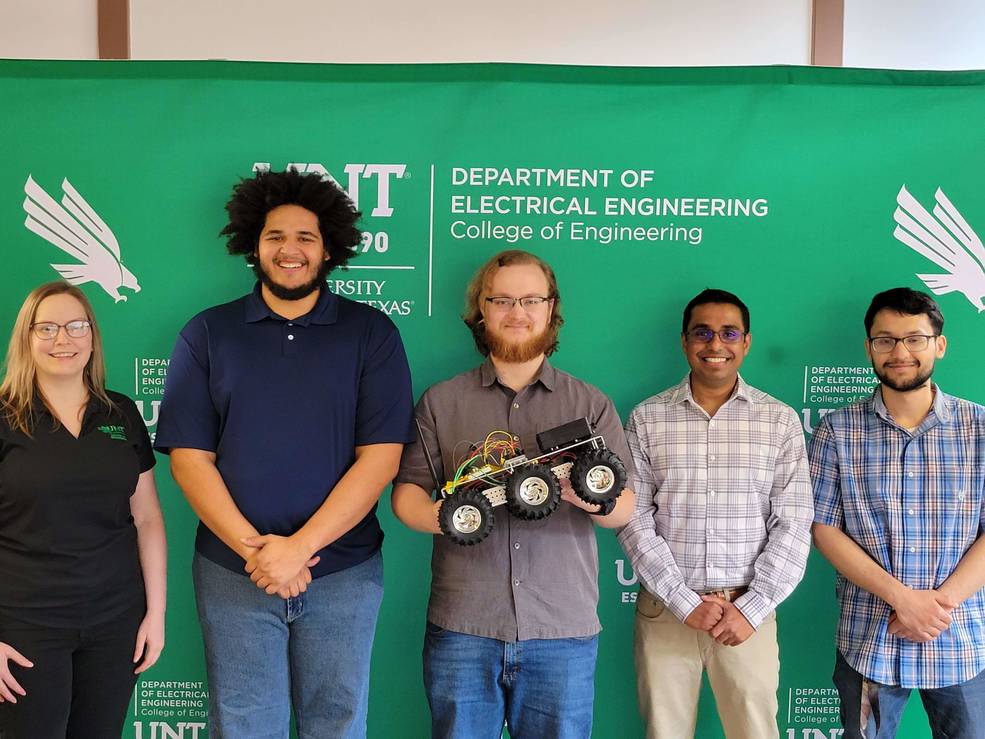
How to Apply to the NASA MINDS Challenge

About NASA MINDS
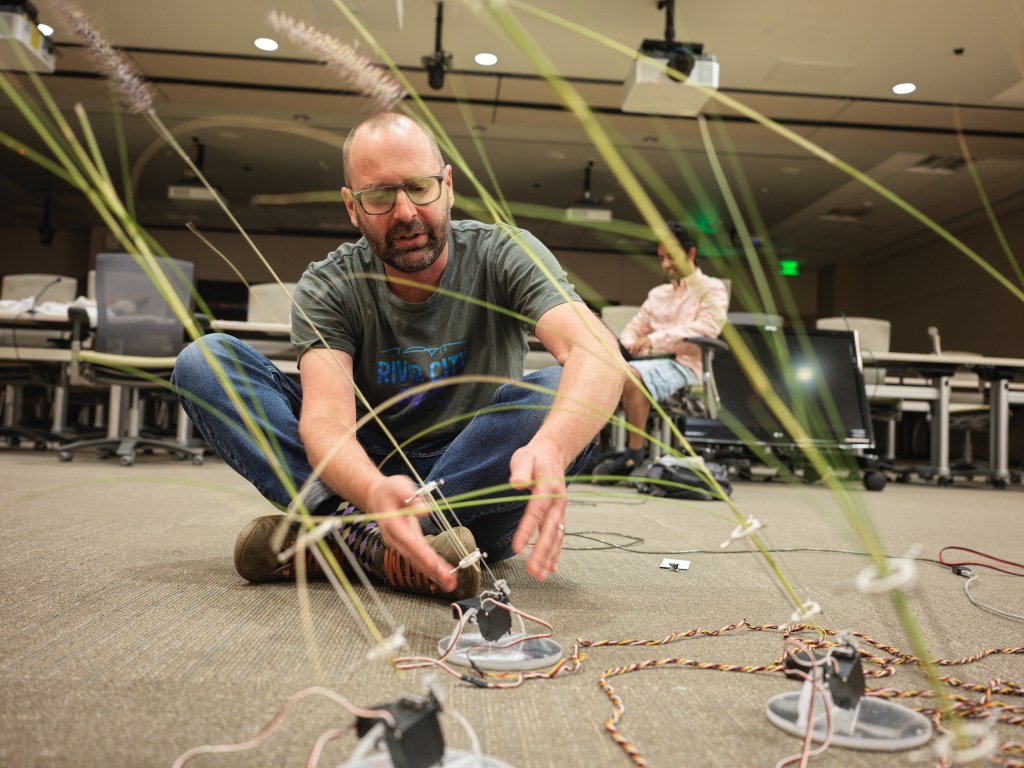
NASA JPL Scientists, Engineers Collaborate With Artists for Exhibition
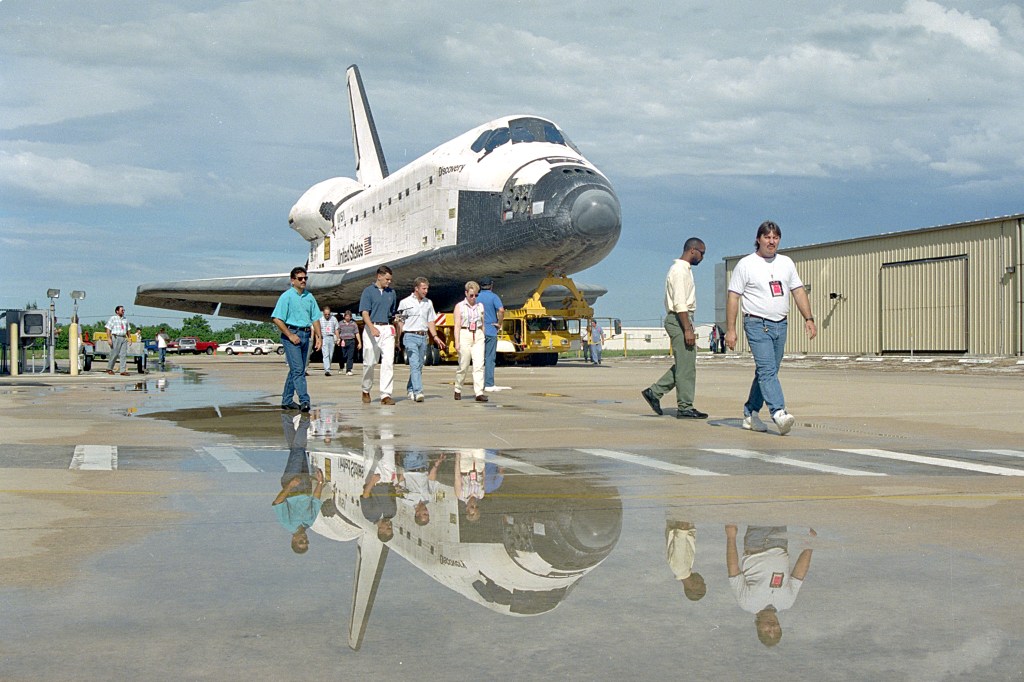
30 Years Ago: STS-64 Astronauts Test a Spacewalk Rescue Aid

La NASA invita a los medios al lanzamiento de Europa Clipper

El X-59 de la NASA avanza en las pruebas de preparación para volar

La NASA invita a creadores de las redes sociales al lanzamiento de la misión Europa Clipper
For students grades 9-12.
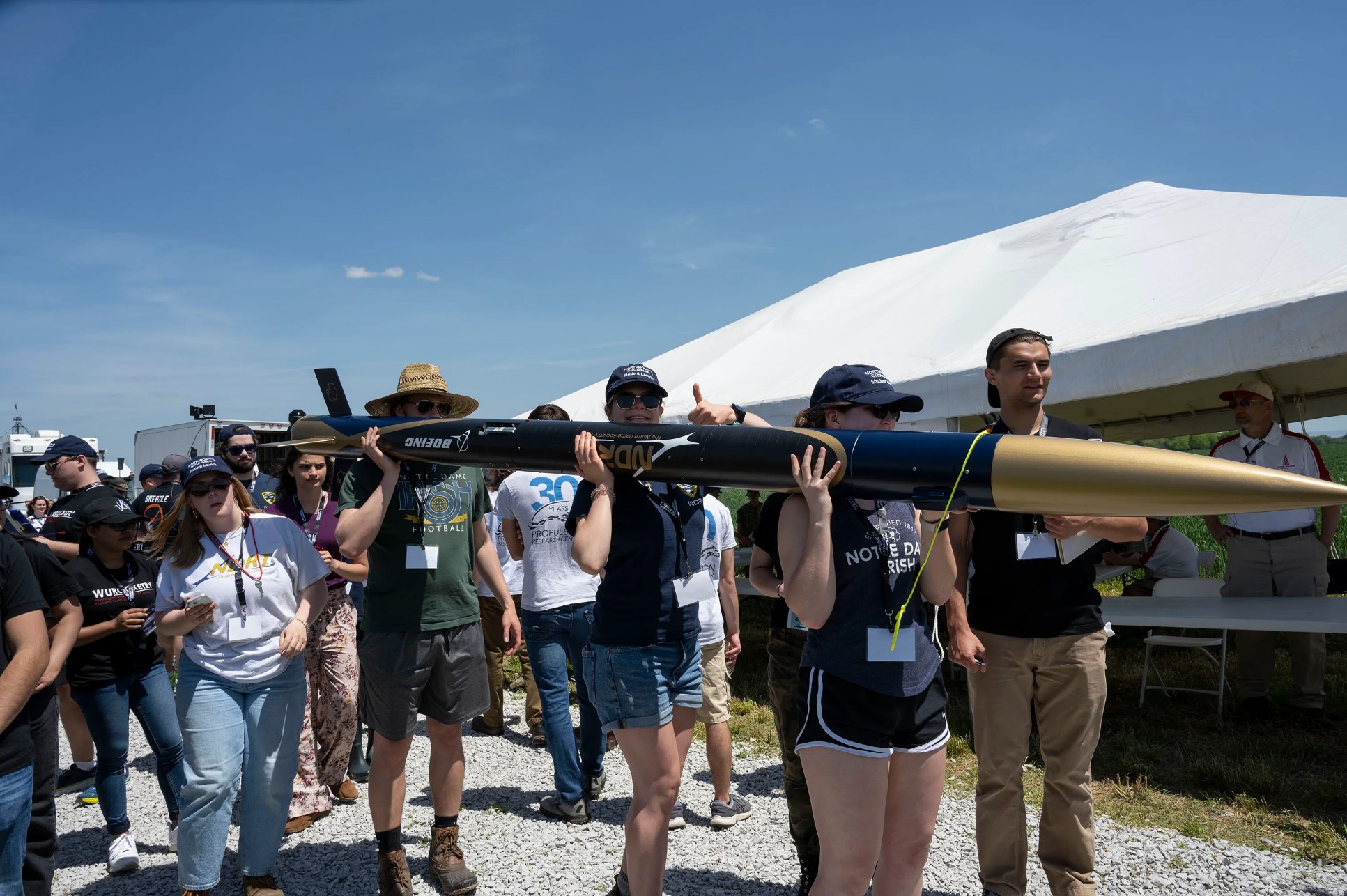
Save the Date: International Observe the Moon Night
You are invited to join observers around the world in learning about lunar science and exploration, making celestial observations, and honoring cultural and personal connections to the Moon. This annual, worldwide public engagement event takes place when the Moon is close to first quarter – a great phase for evening observing. Event Date: Sept. 14
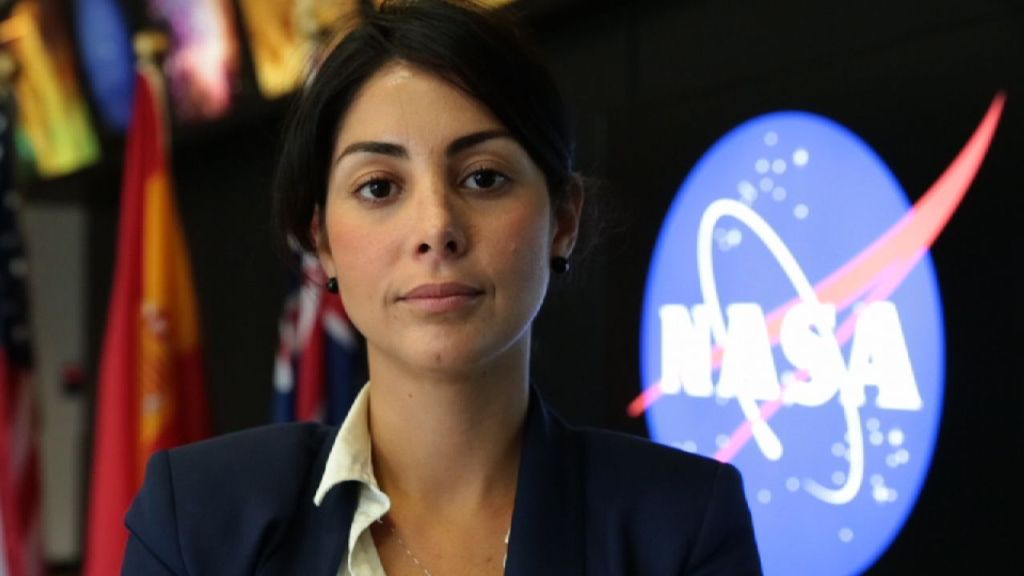
Celebrate Hispanic Heritage Month With NASA Internships
Join NASA internship specialists for a virtual event showcasing the vibrant and diverse next generation STEM workforce. Featured speaker Diana Trujillo will share her experience as the first NASA flight director from a Spanish-speaking country and her work on multiple Mars missions. Event Date: Sept. 19
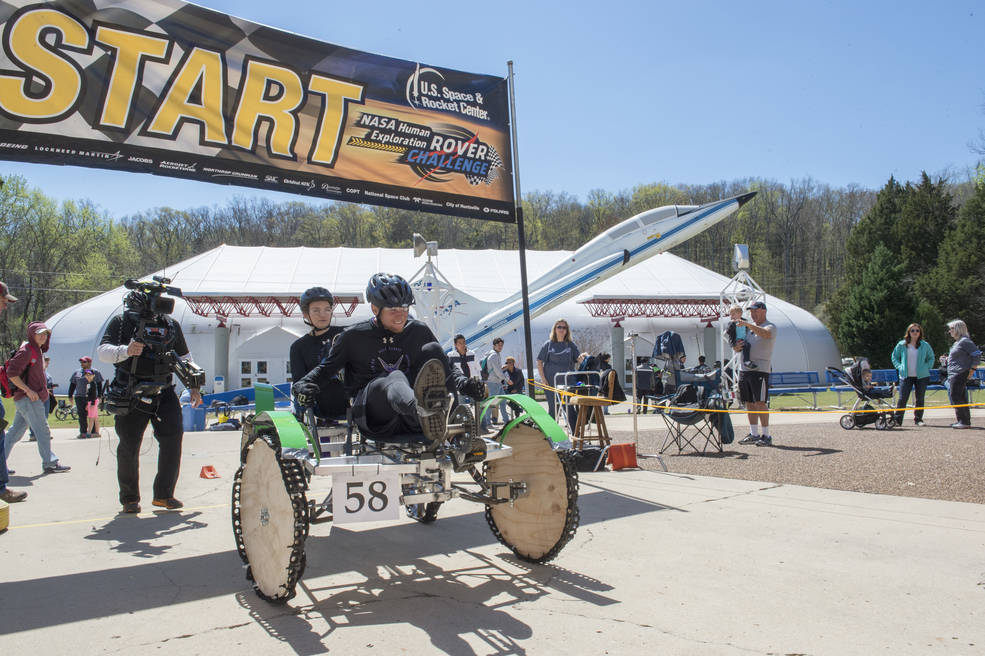
2025 NASA Human Exploration Rover Challenge
NASA’s Human Exploration Rover Challenge (HERC) is accepting proposals for its 2025 competition that will be held in Huntsville, Alabama. HERC encourages research and development of new technologies for future mission planning and crewed space missions to other worlds. Proposal Deadline: Sept. 19

NASA TechRise Student Challenge: Virtual Field Trip
Join the NASA TechRise Virtual Field Trip to hear from NASA astronaut Jessica Watkins and participate in a live Q&A session. Learn about high-altitude balloons and how your school can win $1500 by submitting an experiment idea to the NASA TechRise Student Challenge. Event Date: Sept. 20
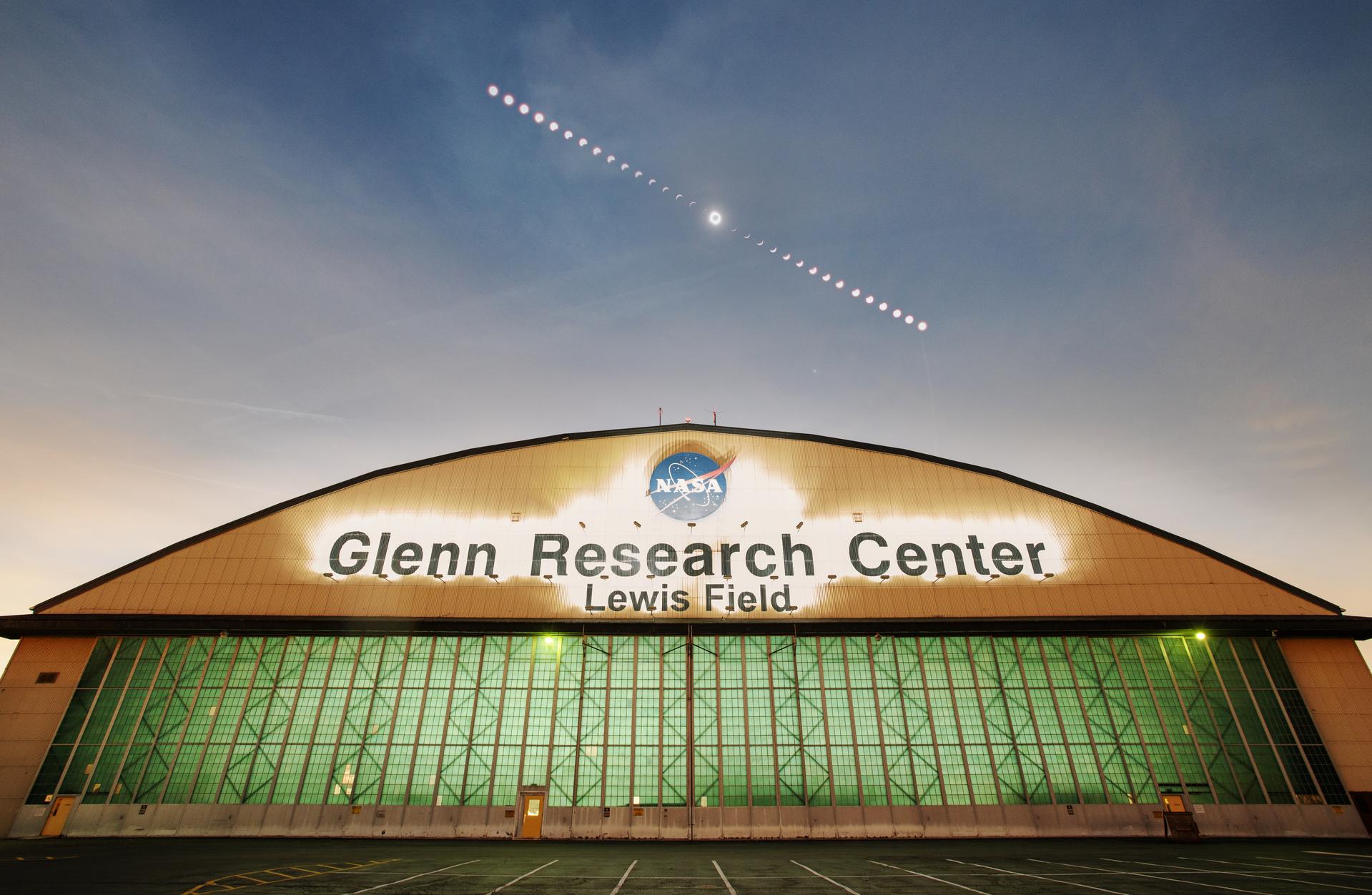
Virtual Event: University Day at NASA's Glenn Research Center
NASA’s Glenn Research Center in Ohio is hosting a virtual University Day event designed to inspire high school, graduate, and undergraduate students. Attendees will learn how to apply for a NASA internship, take part in a live virtual workshop, and participate in a Q&A panel with NASA interns and Glenn experts. Registration Deadline: Sept. 20

Watch the Crew-9 Launch!
Join us virtually for the launch of NASA’s SpaceX Crew-9 mission! This mission will carry NASA astronauts Commander Zena Cardman, Pilot Nick Hague, and Mission Specialist Stephanie Wilson, and Roscosmos cosmonaut Mission Specialist Aleksandr Gorbunov to the space station to conduct a wide-ranging set of operational and research activities for the benefit of all. Launch Date: No earlier than late September

Cover Art Contest: Scientific Ballooning Handbook – 50th Anniversary Edition
The NASA Balloon Program Office is organizing an update to the Scientific Ballooning Handbook and inviting students to design the cover. Entries may be submitted by individuals or students working together in teams. Entry Deadline: Oct. 1
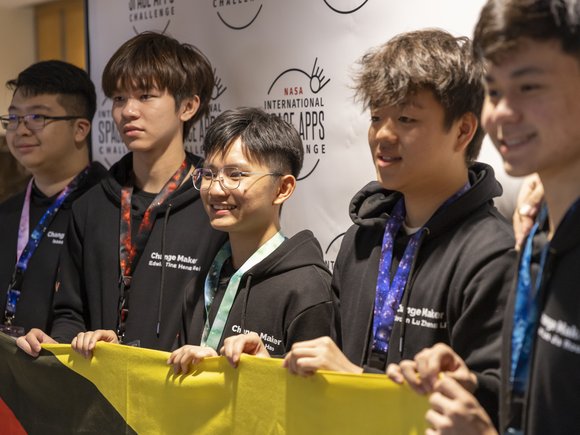
2024 NASA International Space Apps Challenge Hackathon
The NASA International Space Apps Challenge is a hackathon for coders, scientists, designers, storytellers, makers, technologists, and innovators around the world to come together and use open data from NASA and its Space Agency Partners to create solutions to challenges we face on Earth and in space. Registration opened July 18. Event Date: Oct. 5-6
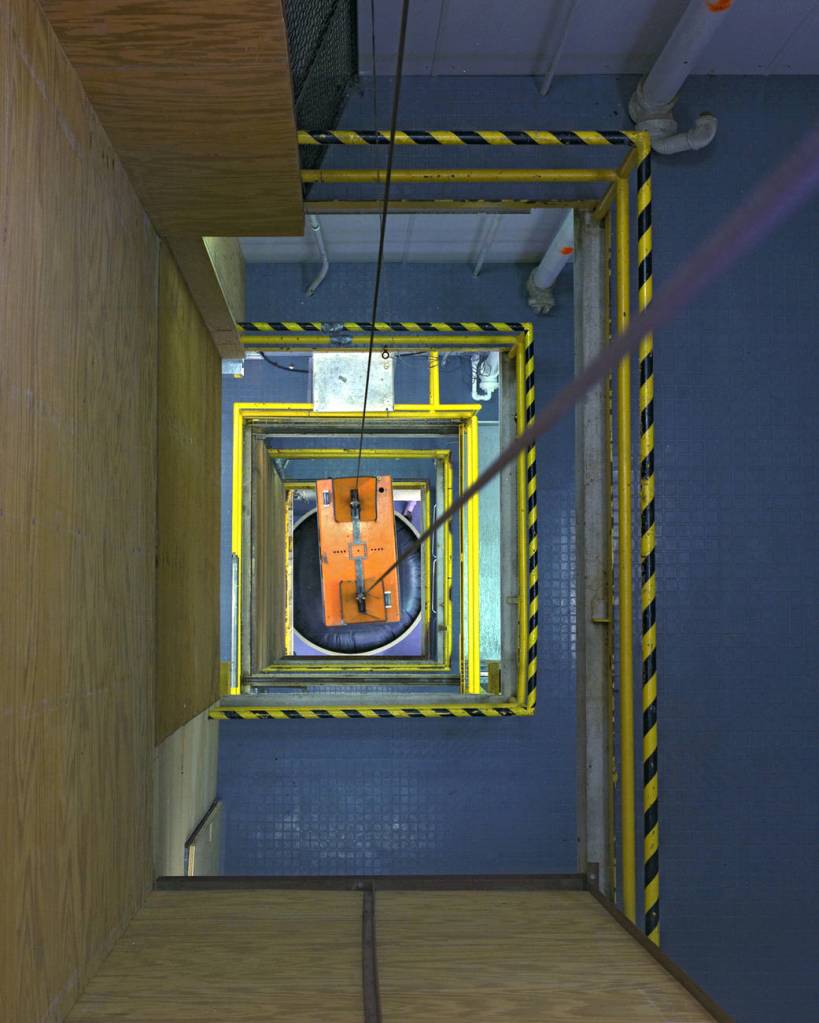
2025 Drop Tower Challenge – Paddle Wheel
Student teams are invited to design and build paddle wheels that will turn in water because of the wetting properties of their surfaces when they are exposed to microgravity. Paddle wheels from selected teams will be tested in the 2.2 Second Drop Tower at NASA’s Glenn Research Center in Ohio. Proposal Deadline: Oct. 31
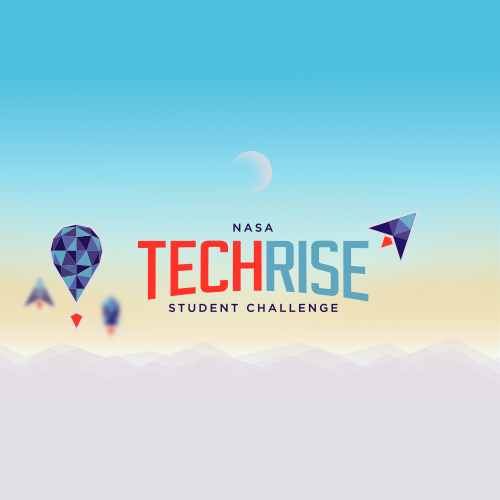
NASA TechRise Student Challenge
The NASA TechRise Student Challenge invites student teams to submit science and technology experiment ideas to fly on a high-altitude balloon. Entry Deadline: Nov. 1
Exploring Careers @ NASA
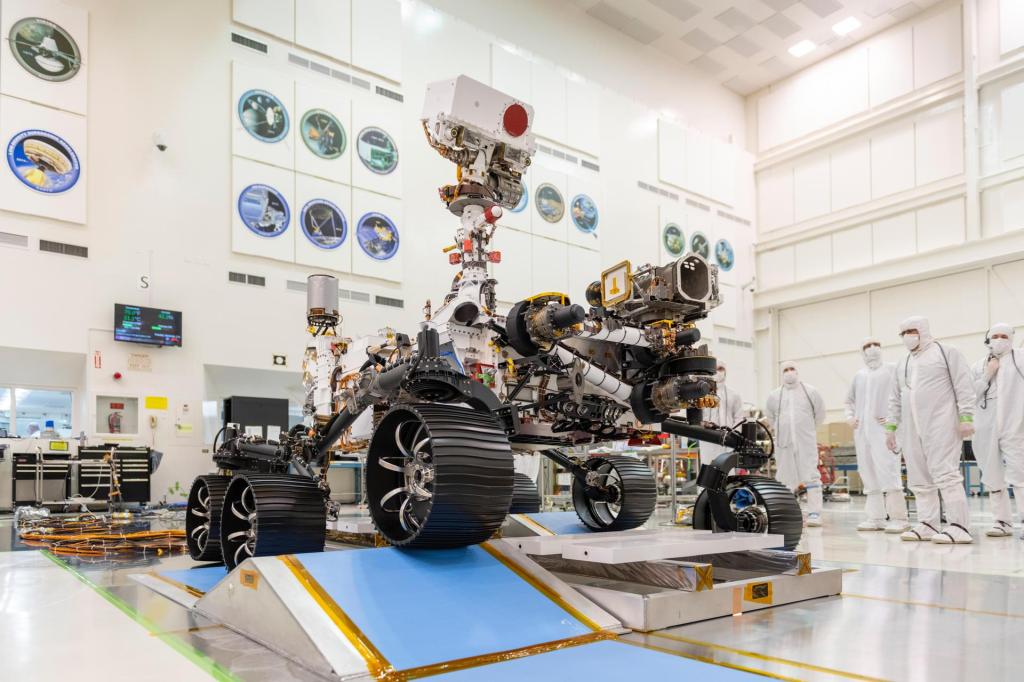
What Type of Engineering is Right for You?
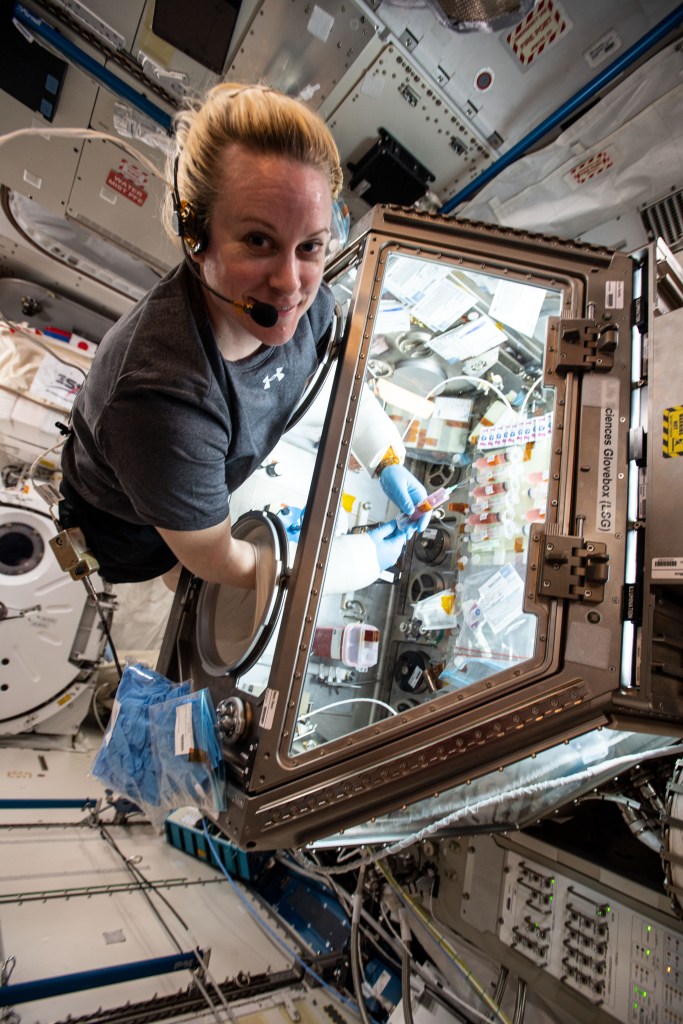
How To Be an Astronaut
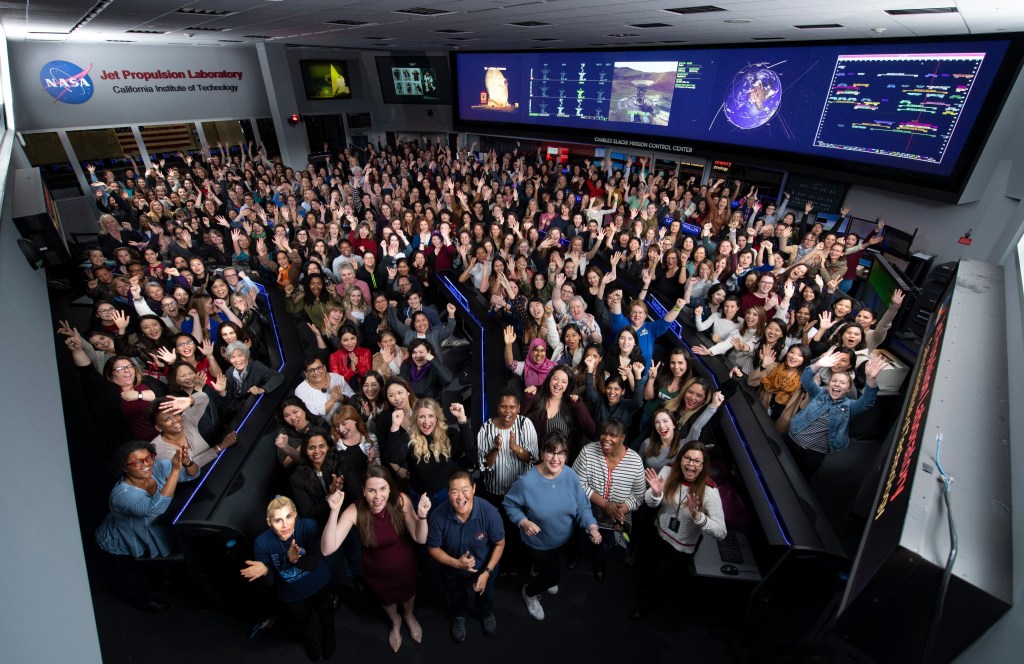
NASA People

Meet Our NASA Interns
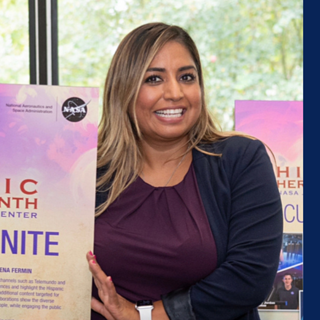
Women in STEM
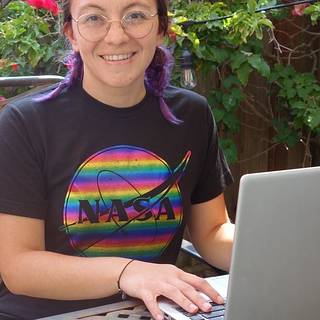
Fostering Inclusivity at NASA
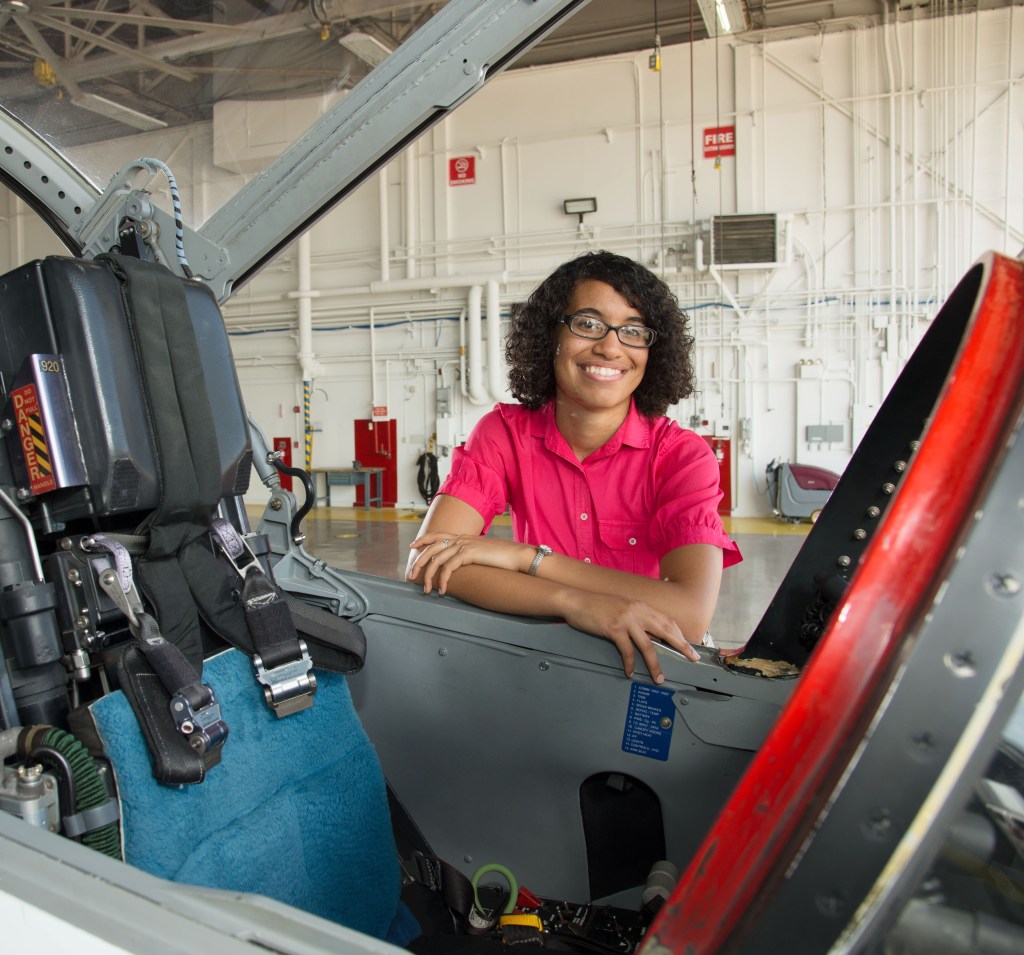
Pathways Program at NASA
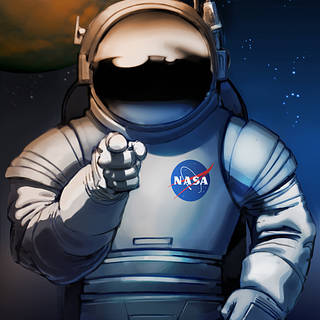
NASA Job Openings
Be a nasa intern.
NASA offers paid internships that provide an opportunity for high school and college-level students to contribute to agency projects.
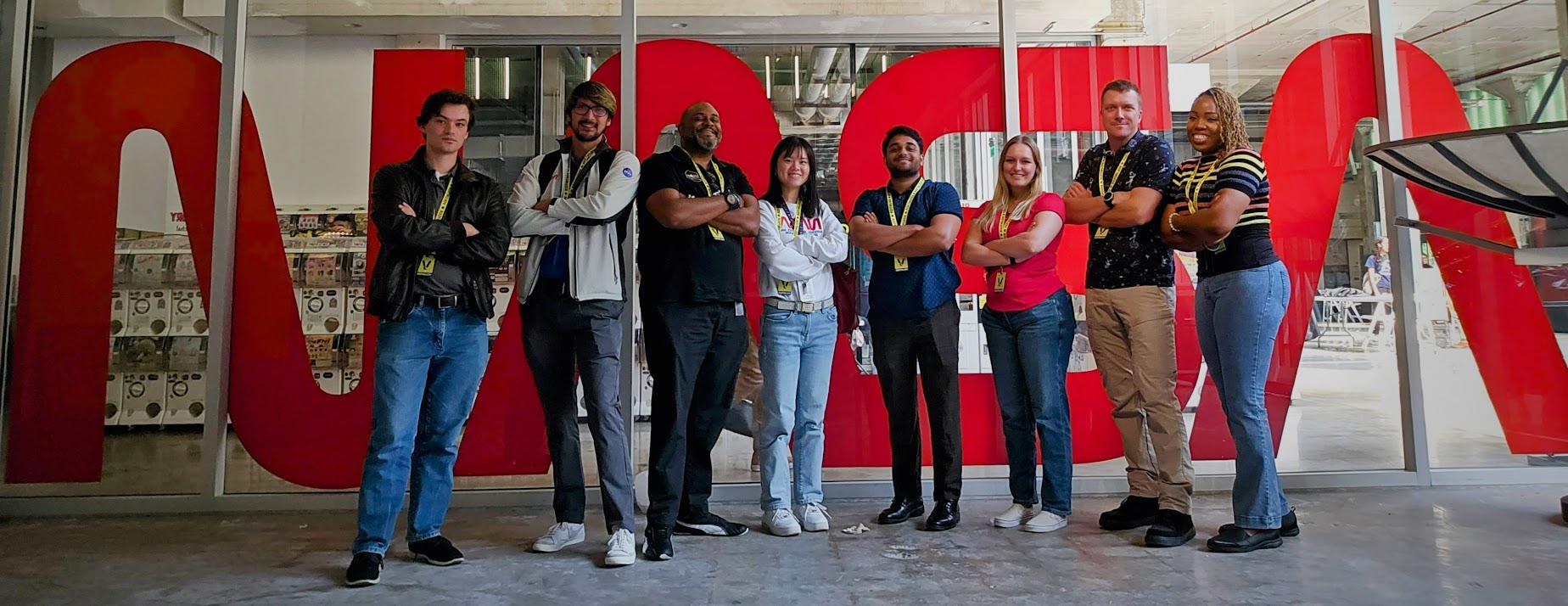
Celebrate NASA Astronaut Don Pettit's Soyuz Launch
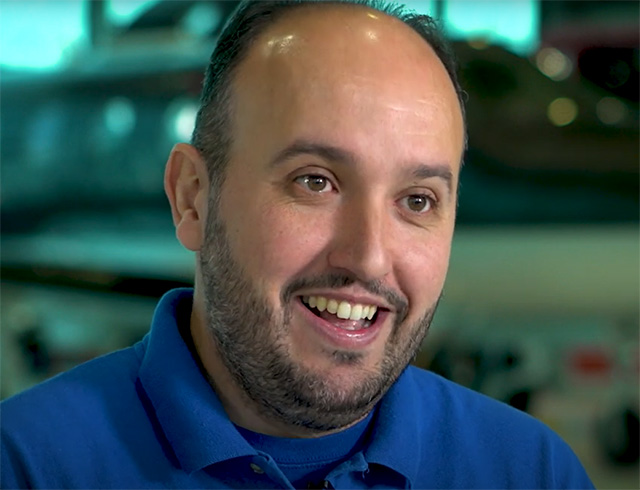
Surprisingly STEM: Memory Metal Engineer
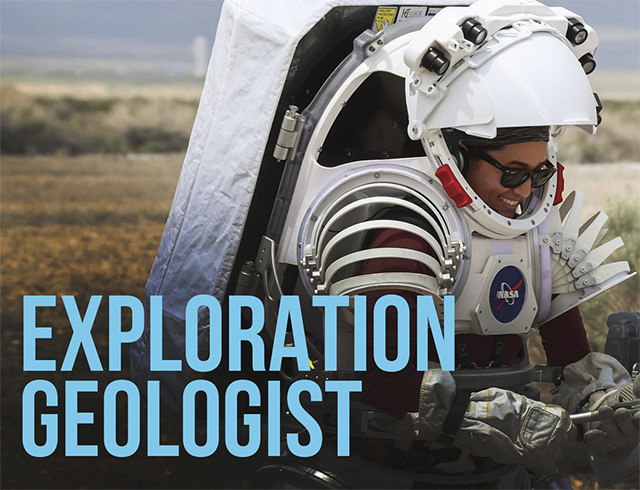
Surprisingly STEM: Exploration Geologist
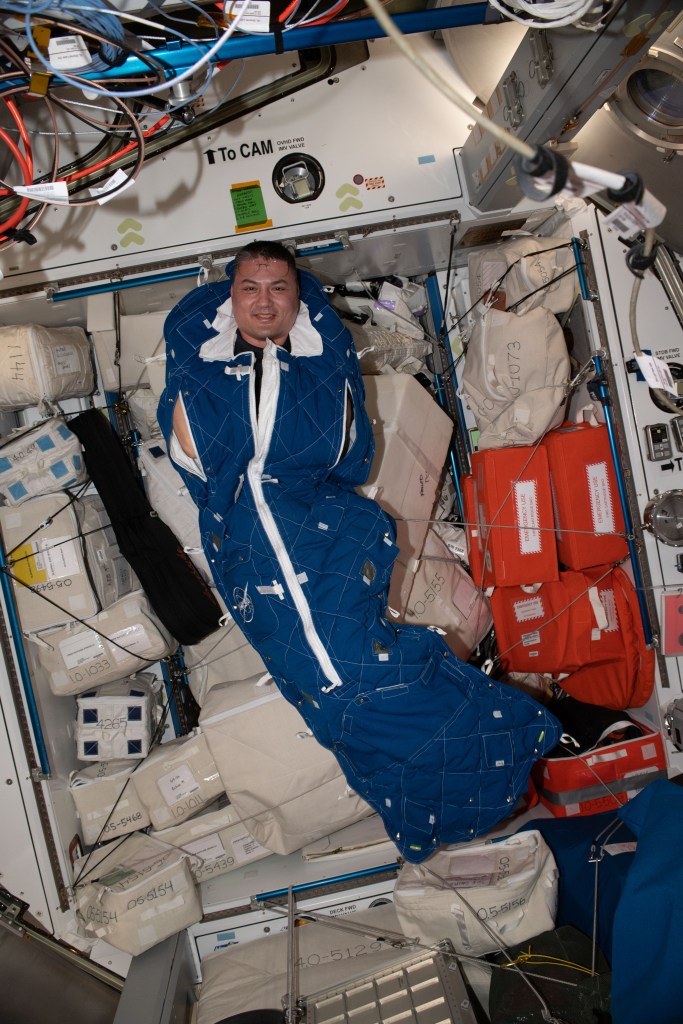
What Does a NASA Human Factors Engineer do?

Surprisingly STEM: Space Food Scientist
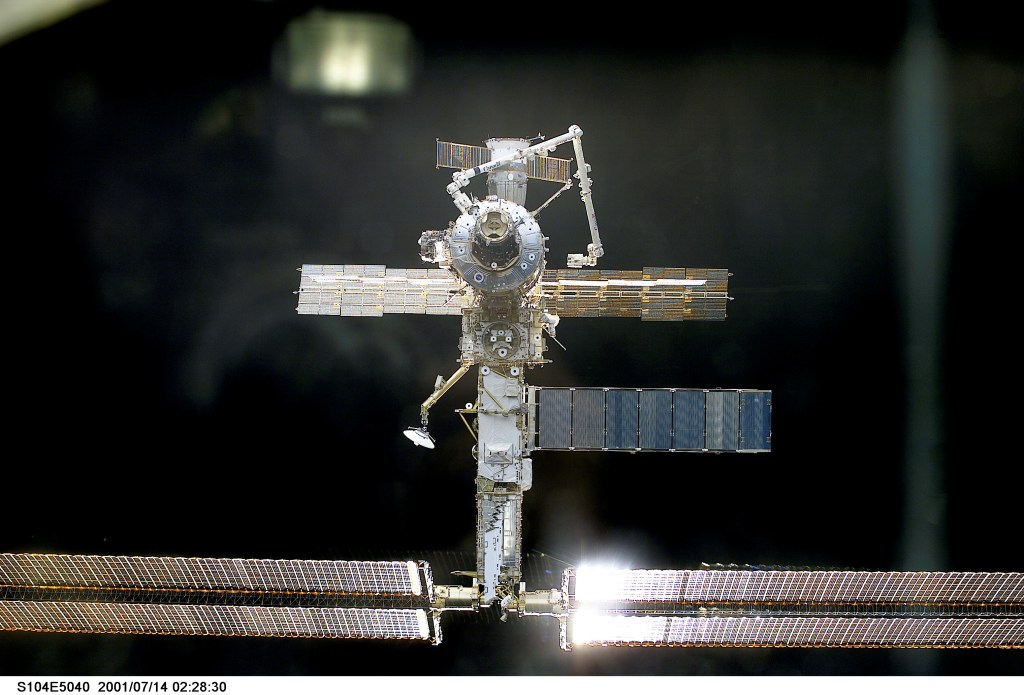
ISS@25: What We Learn

Cosmic Careers: Neutral Buoyancy Laboratory Diver
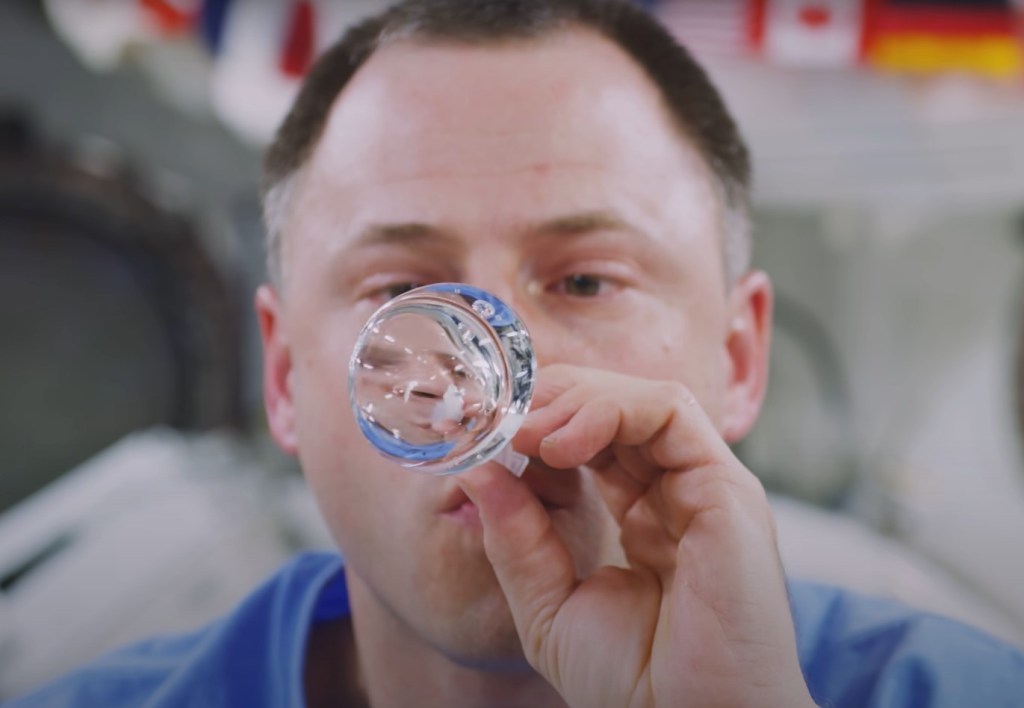
Moving Water in Space – 8K Ultra HD
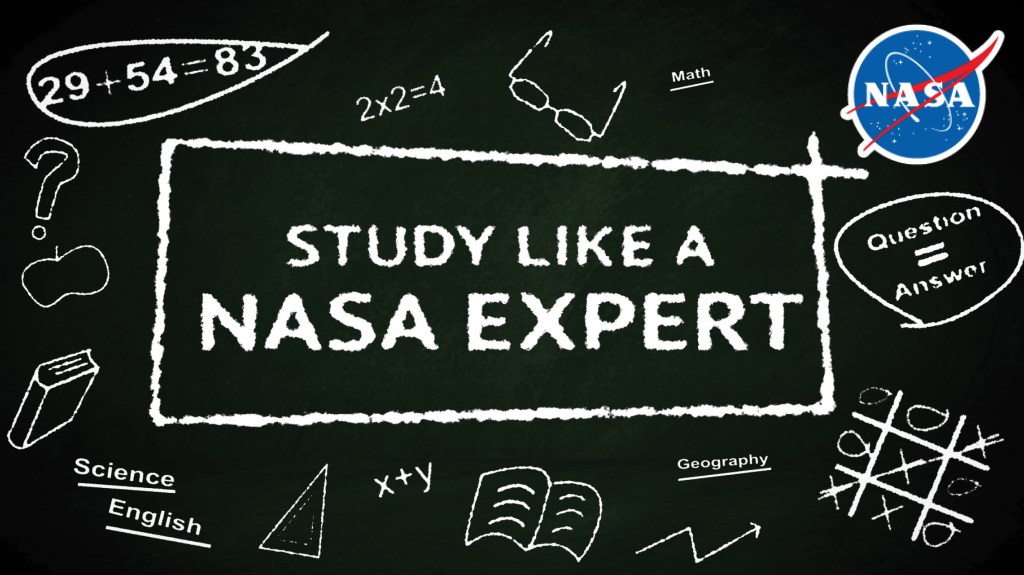
NASA Experts Share Their Best Study Tips!
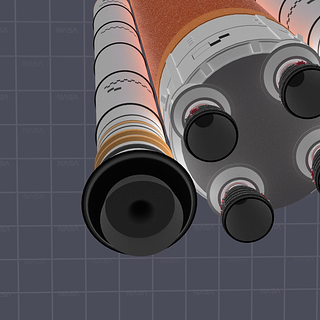
Facts and Figures From the Artemis I Mission
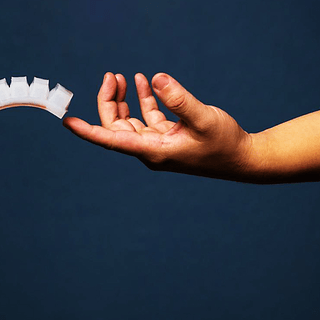
Surprisingly STEM: Soft Robotics Engineering
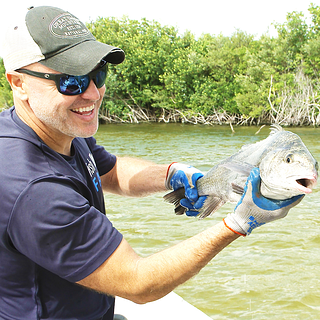
Surprisingly STEM: Marine Biologists
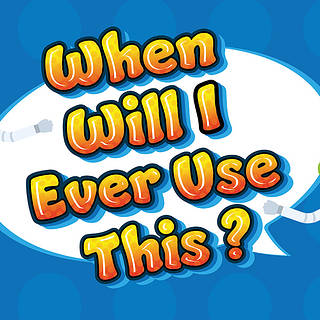
NASA Experts Answer "When Will I Ever Use This?"

5 Things: Black Holes
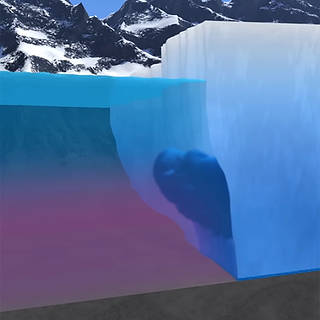
Animation: How a Glacier Melts

Getting Sick in Space
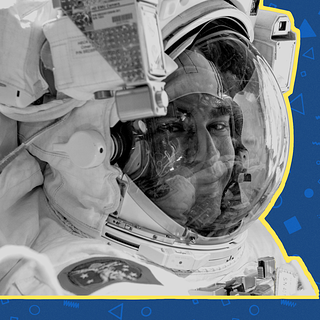
How do Astronauts Communicate Nonverbally in Space?
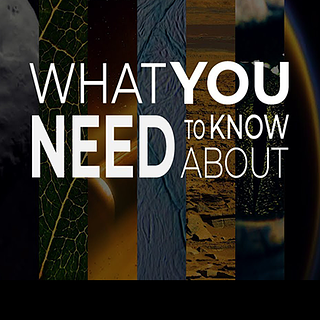
Our Home Planet and Beyond
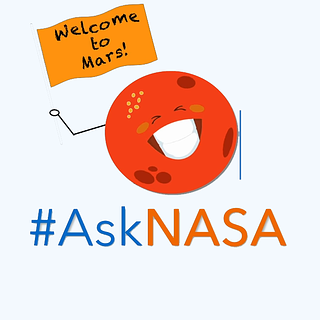
You Asked, We Answered!
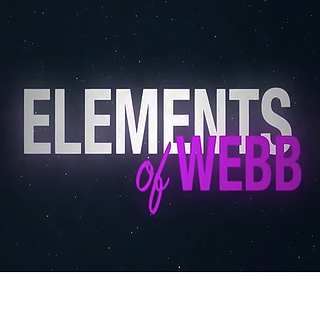
The Materials That Made the Webb Space Telescope

‘E.Z. Science’ Video Series

We Asked a NASA Expert
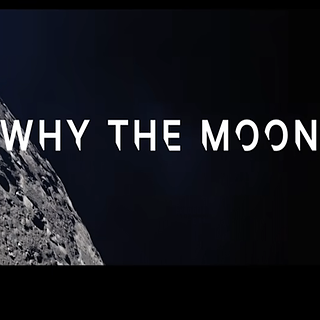
Why We're Going Back
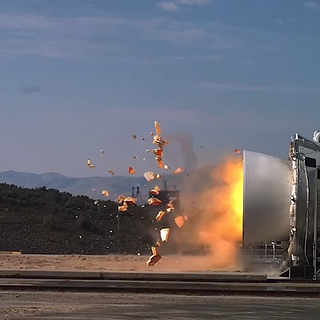
Rocket Science Video Series
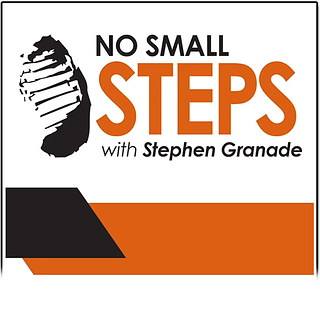
The Space Launch System
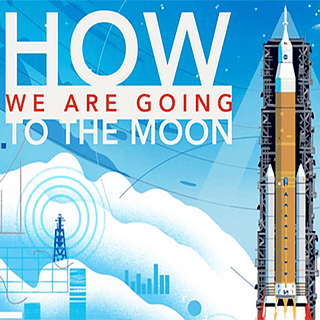
Getting Back to the Moon
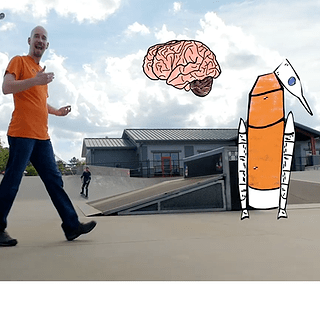
The Brains of NASA’s SLS Rocket
Now Available: NASA+, a new ad-free, no-cost, family-friendly streaming service that embeds you into our missions through new original video series.
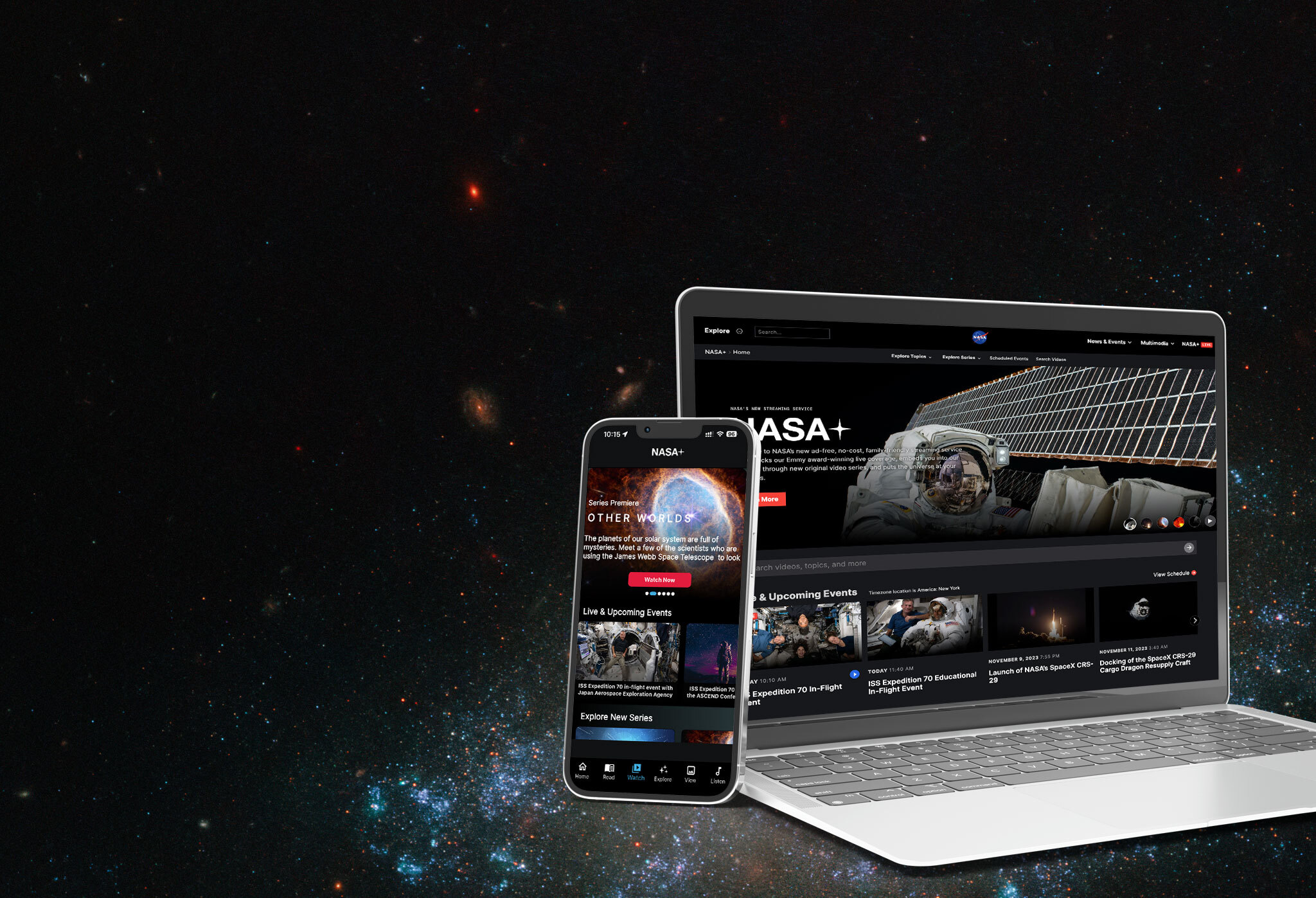
Make a Corsi-Rosenthal Filter
During wildfire events, smoke can enter your home even if your windows and doors remain closed. This can lead to respiratory issues, itchy eyes, and illness. If you’re concerned about your indoor air quality due to wildfire smoke in your area an easy-to-make Corsi-Rosenthal Box can help clean your air. These homemade air filters can also help remove virus particles.
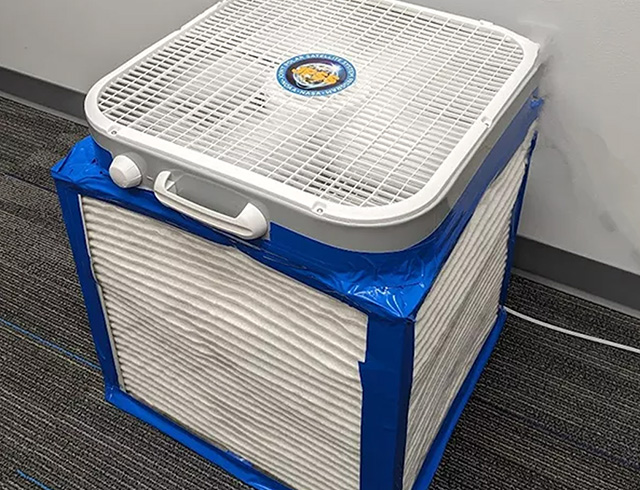
Trace Space Back to You!

Test Your Nebulae Knowledge
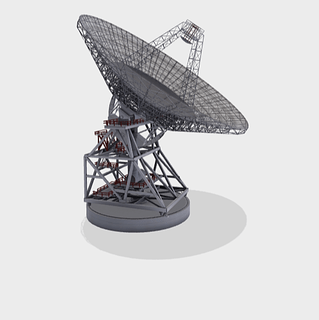
Models by JPL
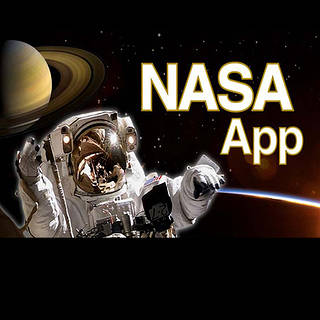
What Kind of Exoplanet Explorer Are You?
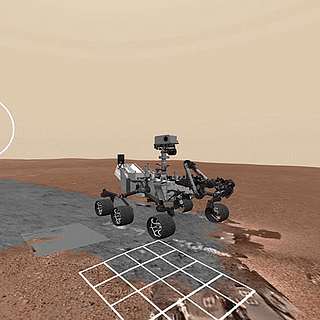
WebVR: Access Mars
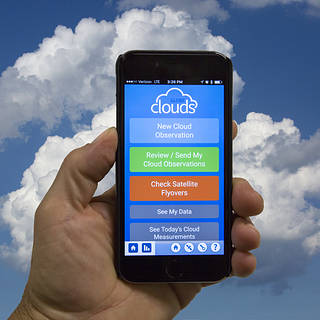
Get the GLOBE Observer App
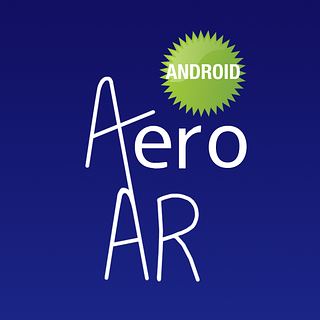
Aeronautics AR (Android)
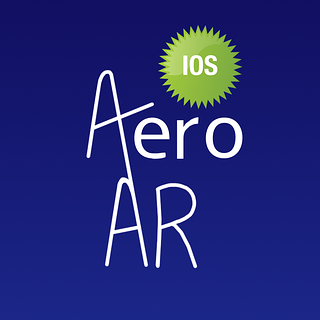
Aeronautics AR (IOS)
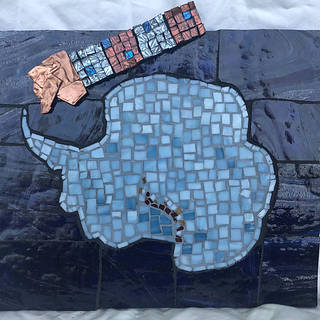
Make and Share Arts and Crafts Inspired by Landsat
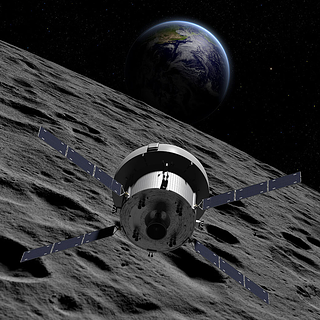
Build the Orion Spacecraft

Take a Virtual Trip to Mars
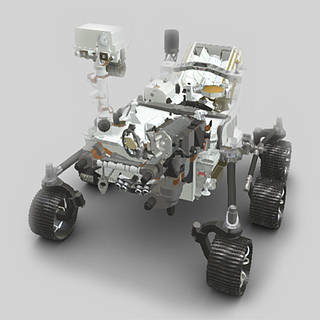
Interactive 3D Rover Experience
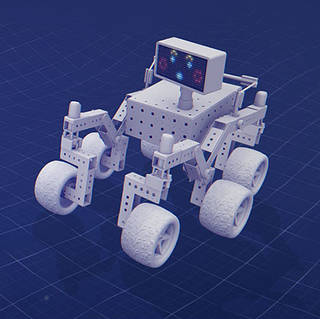
Build Your Own Mars Rover
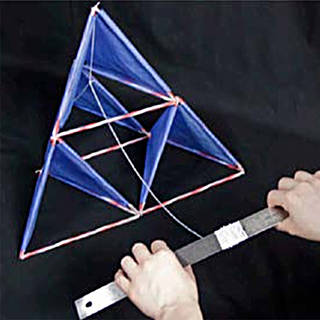
Build a Tetrahedral Kite

Female Space Science Heroes Featured in New Interactive App
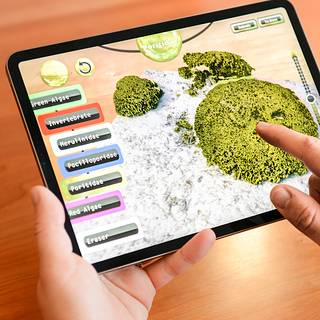
NASA Calls on Gamers, Citizen Scientists to Help Map World’s Corals
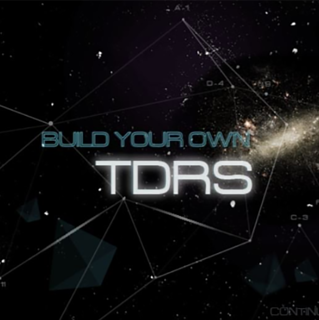
Tracking and Data Relay Satellite Game
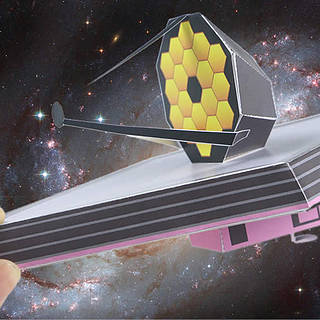
Download, Print and Build Paper Spacecraft Models
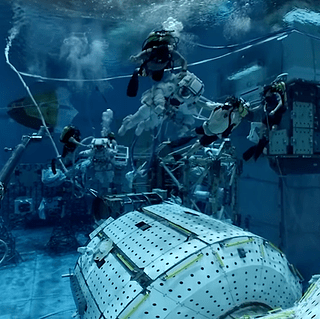
Virtual Reality Tours of Commercial Crew Facilities
Explore the universe and discover our home planet with NASA through a collection of sounds from historic spaceflights and current missions.
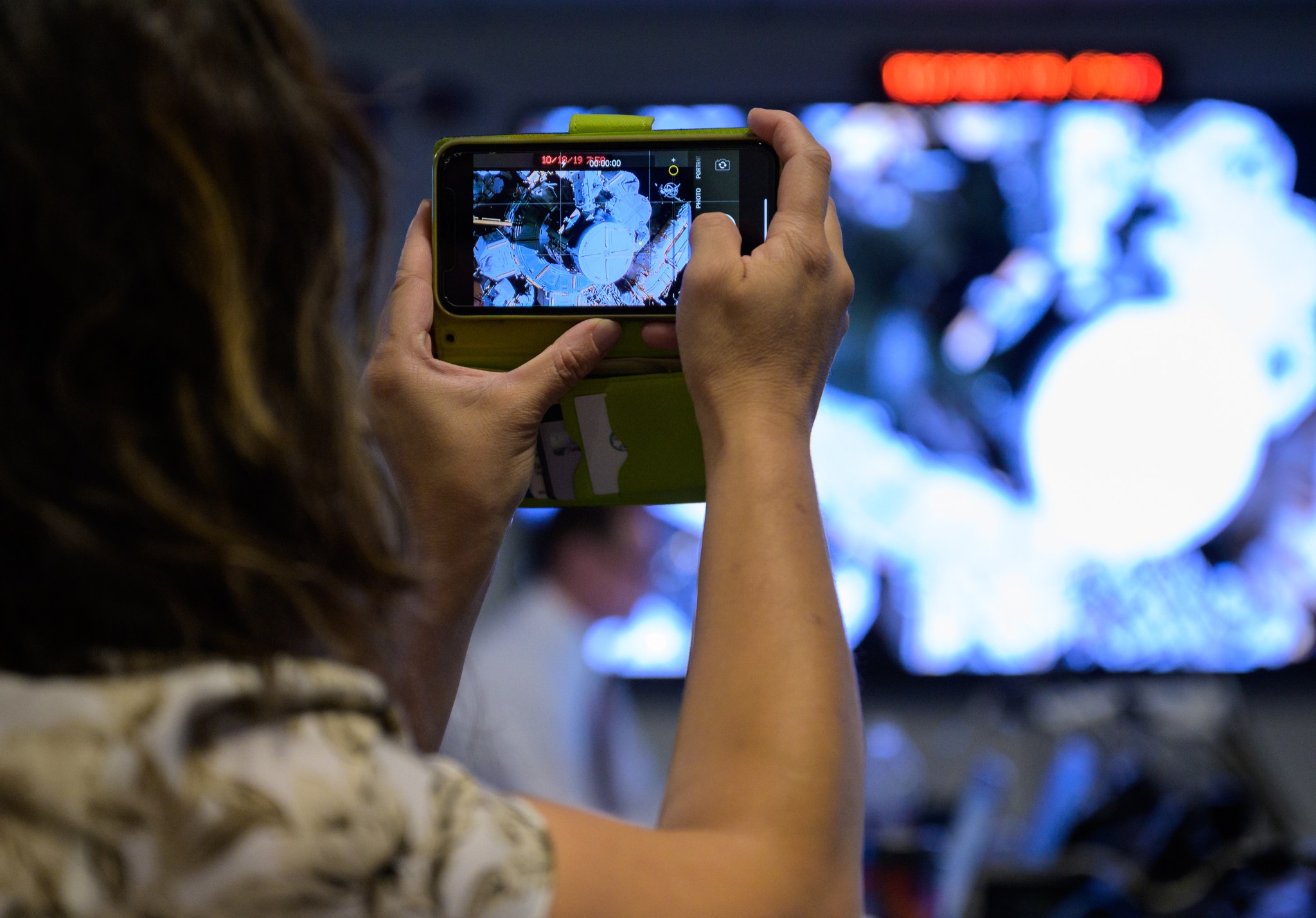
Read the Latest Issue of Astrobiology: The Story of Our Search for Life in the Universe
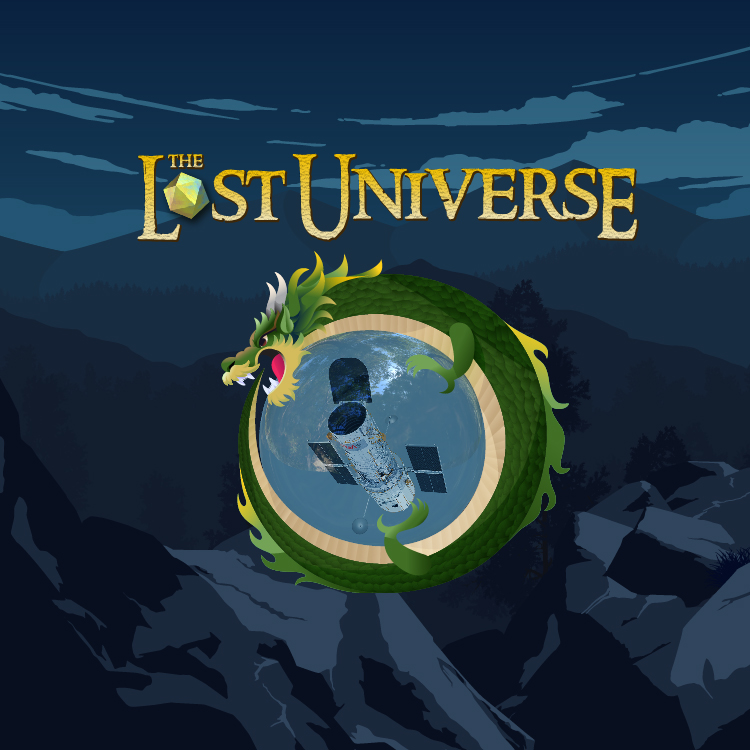
Calling All Adventurers!
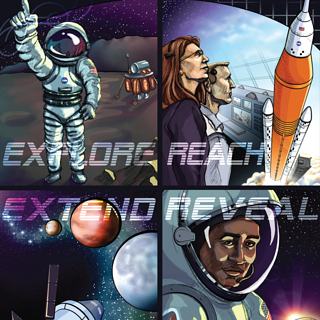
Decorate Your Space With Artemis
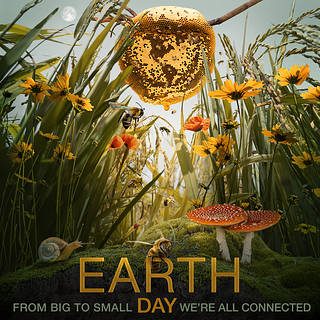
Download Earth Day Posters

Aeronautics Virtual Backgrounds

NASA Image Galleries
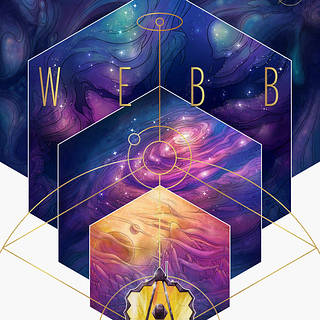
Download a Poster of NASA's James Webb Space Telescope

Virtual Backgrounds
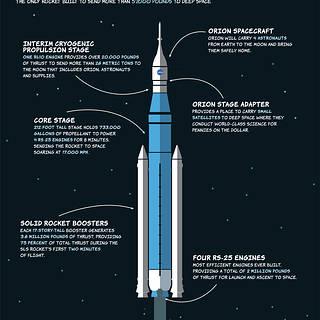
Space Launch System Infographics

Hubble Resource Gallery
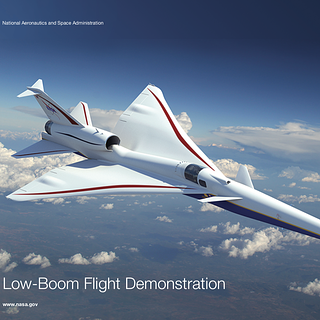
Aero Tech Mini Posters
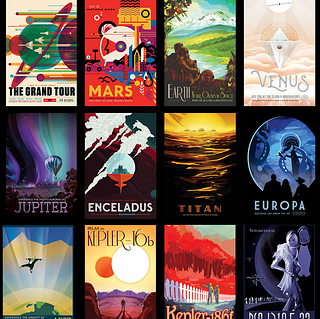
Space Tourism Posters
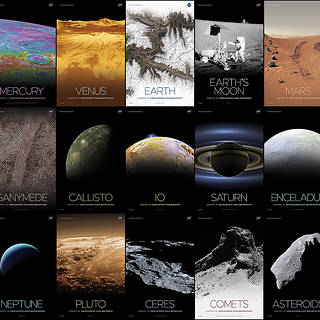
Solar System and Beyond Poster Set
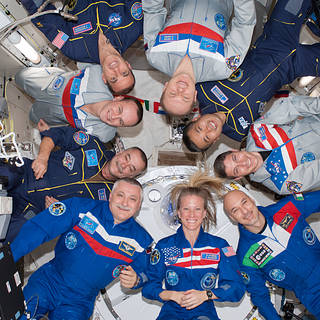
Astronaut Posters
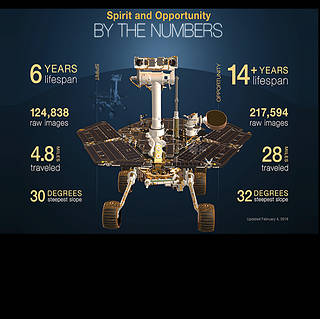
Create or Download an Infographic
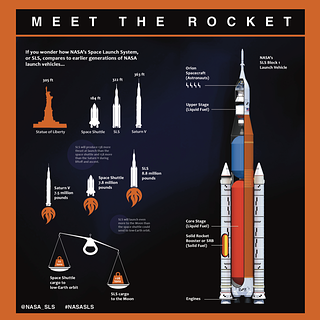
Poster: Meet the Rocket

NASA-Themed Pumpkin-Carving Templates and Stencils
Join the artemis mission to the moon.
Make, launch, teach, compete and learn. Find your favorite way to be part of the Artemis mission.

Get Social With NASA
Social Media at NASA
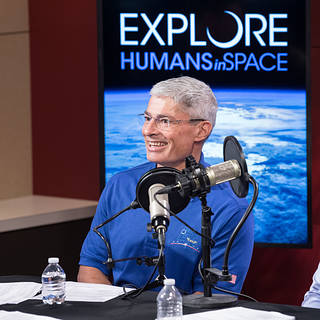
NASA Podcasts
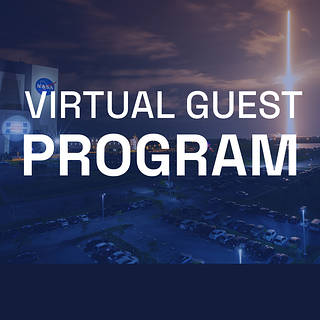
Be NASA's Virtual Guest!
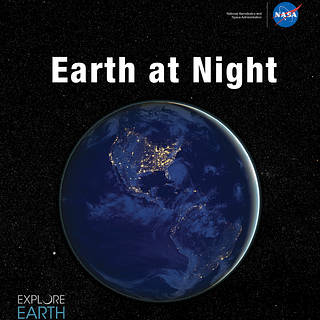
NASA e-books

From longform interviews with astronauts and engineers to narrative shows that take you on a tour of the galaxy, NASA’s diverse podcast portfolio lets you experience the thrill of space exploration without ever leaving Earth.
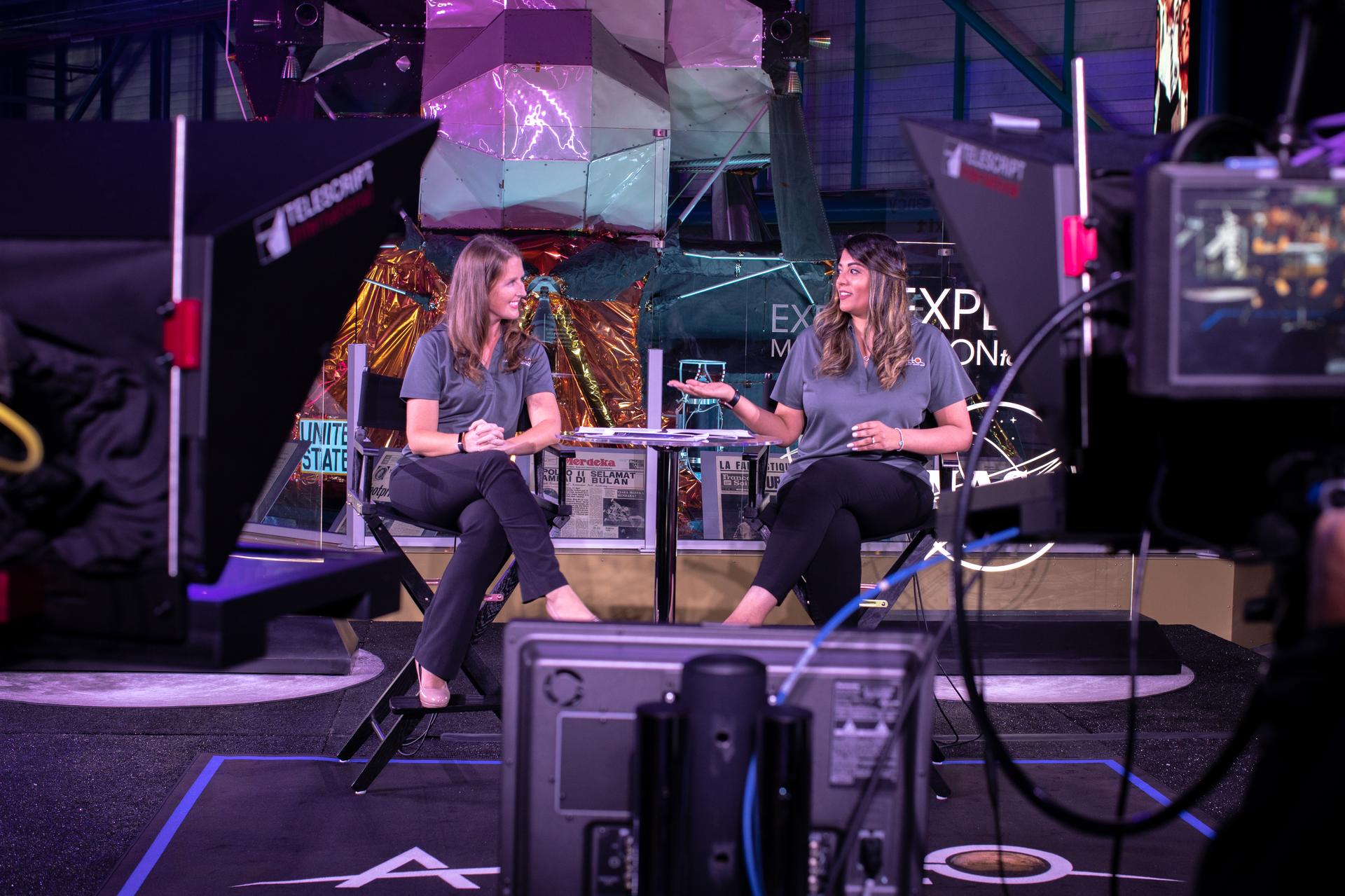
get social with nasa stem engagement

NASA STEM YouTube
NASA STEM Flip

NASA STEM Pinterest
NASA STEM X

NASA STEM Facebook
Discover more topics from nasa.
NASA STEM Opportunities and Activities For Students
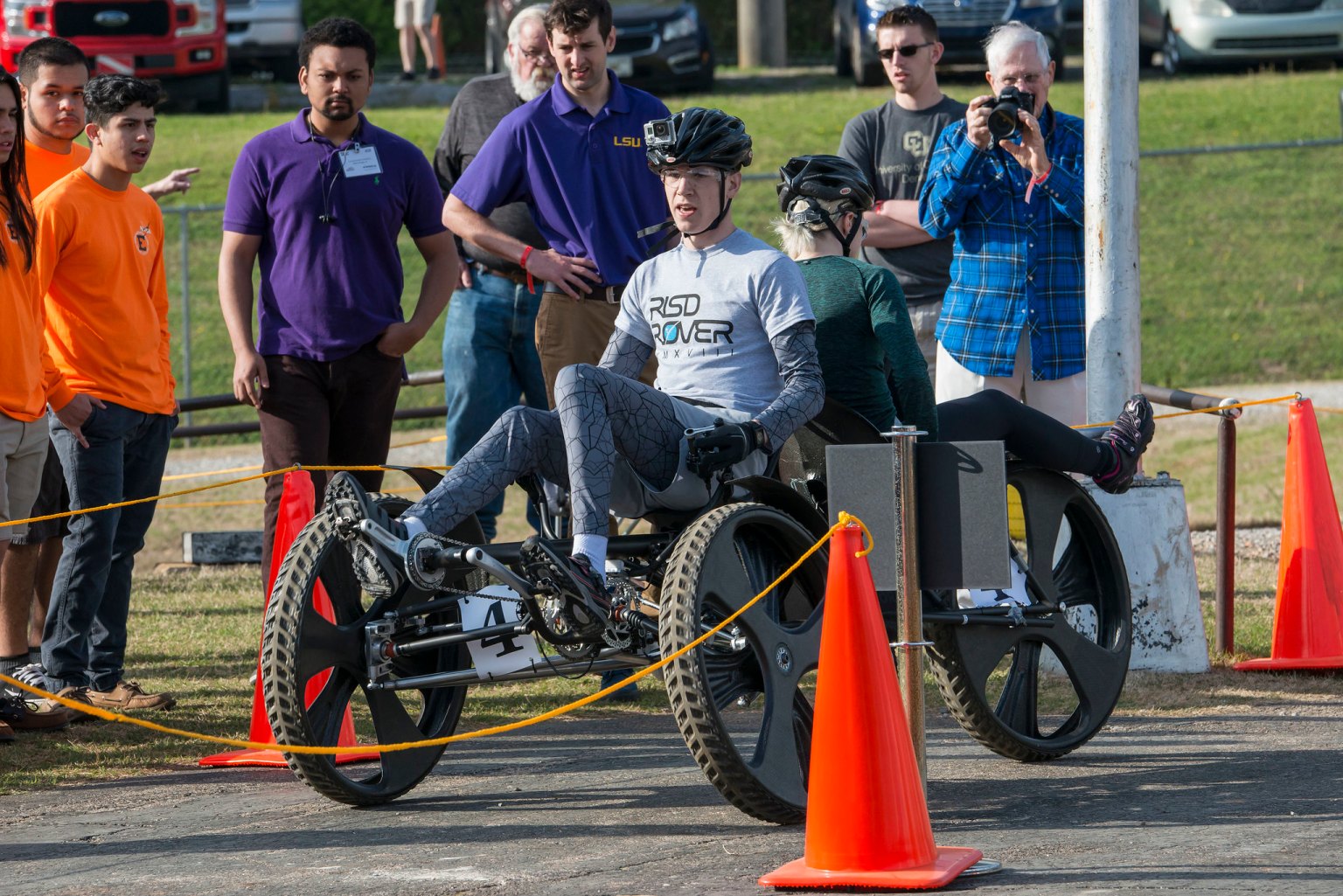
Latest STEM News and Features
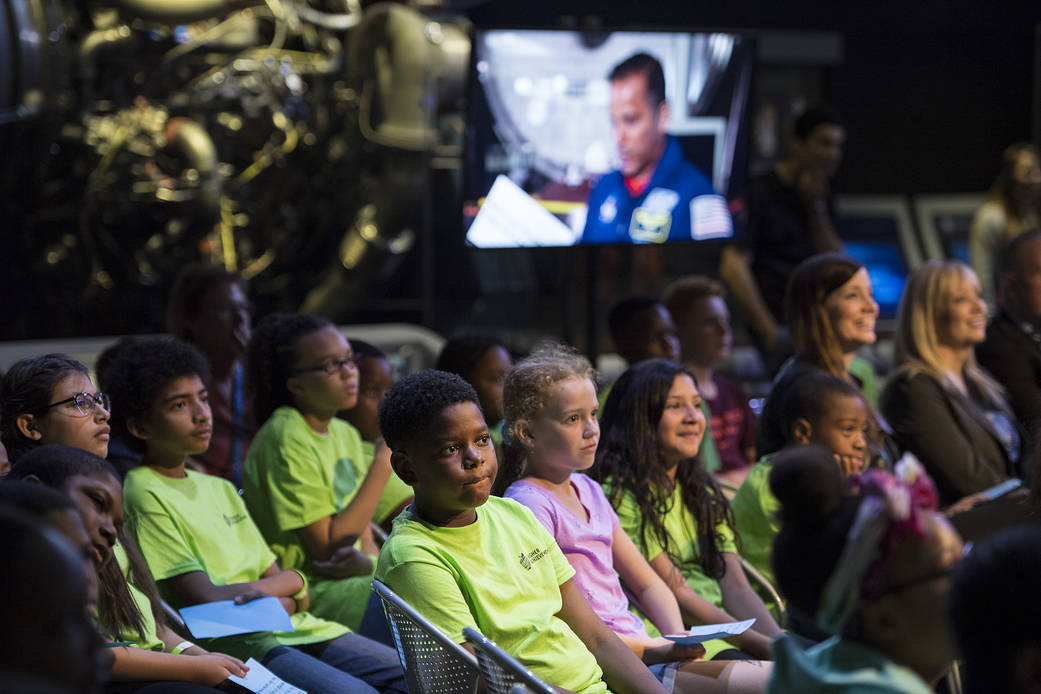
NASA Centers and Facilities

Infusing the Engineer Design Process into Education
- August 2024
- Science Insights Education Frontiers 23(2):3725-3727
- 23(2):3725-3727
- CC BY-NC 4.0
- This person is not on ResearchGate, or hasn't claimed this research yet.
Discover the world's research
- 25+ million members
- 160+ million publication pages
- 2.3+ billion citations
- Özlem Gökşen

- Nagihan Tanık Önal

- Ying-Tien Wu
- Yi-Ting Hsu

- Pei-Ling Lin

- Nor Rosliana Mohd Hafiz

- Cynthia J. Atman
- Robin Adams

- Stefanie Robinson

- Michael Barnett
- Recruit researchers
- Join for free
- Login Email Tip: Most researchers use their institutional email address as their ResearchGate login Password Forgot password? Keep me logged in Log in or Continue with Google Welcome back! Please log in. Email · Hint Tip: Most researchers use their institutional email address as their ResearchGate login Password Forgot password? Keep me logged in Log in or Continue with Google No account? Sign up
- Skip to global NPS navigation
- Skip to this park navigation
- Skip to the main content
- Skip to this park information section
- Skip to the footer section

Exiting nps.gov
Alerts in effect, national day of learning.
| To assist educators in overcoming the challenges of teaching 9/11, and to inspire the next generation with the Flight 93 Story, we have created programming that can be used in grades 6-12 around the globe. This virtual program is a mix of pre-recorded videos, interactive live distance learning sessions from the memorial on 9/11, digital resources, and lesson suggestions.
In anticipation for Wednesday, September 11th, participants are encouraged to review the educational materials related to Flight 93 to get the most out of the tour. These materials are designed to assist educators overcome the complex challengers that come with teaching the events of 9/11 to all ages. ; Designed for students grades 4-12 to learn and discover about Flight 93 and September 11th. These activities will allow students to use critical thinking and negotiate the difficult topics of 9/11. On this page you will find specific content for each grade level along with questions that help classroom conversation.A way to commemorate and honor the 40 Passengers and Crew through an orientation of 9/11 and the reading of their names. A video series designed to highlight the main aspects of Flight 93 National Memorial Click here to find grade specific content for your class to teach about Flight 93 Designed to encourage students to write stories focused on lessons learned from Flight 93 Story and the passengers and crew members. Explore the stories and people of Flight 93 and September 11 in more depth. per page |
Park footer
Contact info, mailing address:.
P.O. Box 911 Shanksville, PA 15560
814 893-6322
Stay Connected
Mother of murder victim blames CPS for enrolling MS-13 suspect in Maryland school
by CHRIS PAPST | Project Baltimore

EDGEWOOD, Md. (WBFF) — Project Baltimore is learning new information about how an MS-13 gang member, and murder suspect, was able to enroll and attend a Maryland public school. The mother of the victim is largely blaming Harford County Child Protective Services.
Tammy Nobles is on a mission to effect change. On Tuesday, Nobles testified before the U.S. House Judiciary Committee in Washington, DC, about her daughter, Kayla Hamilton’s, murder.
“(I came here today) to make sure that what happened to Kayla doesn't happen to anyone else's family,” said Nobles. “I want people to see her as a living person with hopes and dreams, and that they were taken from her.”
In July of 2022, the 20-year-old was killed by Walter Martinez who strangled her with a phone cord. He was also charged, but not convicted, of first-degree rape. In August, he was sentenced to 70 years in jail.
“After she was deceased, Martinez tied her up and sexually assaulted her,” Nobles explained to the Committee. “This is not a political issue. This is a safety issue for everyone here living in the United States.”
Nobles testimony centered on a recent Project Baltimore investigation which found Martinez, an MS-13 gang member illegally in the country, was allowed to enroll and attend a Maryland public school after police identified him as the primary murder suspect. And the school was not informed.
“This was also confirmed by their reporter with Fox 45 Project Baltimore, who got an actual confirmation from Edgewood High School,” stated Nobles before the Committee.
During her Congressional testimony, Nobles revealed additional details about how Martinez was able to enroll at Edgewood High School. Nobles explained under oath that, she believes, much of the fault lies with Harford County Child Protective Services – which took custody of Martinez as Aberdeen Police investigated Kayla’s murder.
“The Aberdeen Police Department asked CPS to put him in a secure location because of the crimes - being what he did. And they agreed to put him in a secure location,” said Nobles. “CPS did not let the Aberdeen Police Department know that they moved him from the group home to a foster home and enrolled him in high school.”
That is a powerful statement. Nobles is saying CPS knew Martinez was dangerous and they still enrolled him in a public school.
Project Baltimore contacted the Maryland Department of Human Services, which oversees CPS. They declined an interview but said in a statement, “We are unable to disclose information about child welfare cases. DHS uses all information provided and known to us to determine the most appropriate placement setting for any child under our care and supervision.”
In reading this statement, it appears CPS is saying, ‘the most appropriate placement’ for Martinez, an MS-13 gang member and murder suspect, was Edgewood High School.
“They put other children at risk,” Nobles told Project Baltimore, following her testimony. “They put adults at risk. Everyone that was in that school was a risk to end up just like Kayla Hamilton.”
Nobles is now calling for Maryland, and the entire country, to change laws concerning student safety.
“He should not have been in society at all. He should have been in a secure location where he had access to virtual school,” said Nobles.
Nobles believes if a school-aged person has been identified as a suspect in a felony, law enforcement should have the ability to prohibit that suspect from attending school in-person until the investigation is complete. Or, if that person does attend class, the school should be made aware of the alleged felony crimes.
On Wednesday, Project Baltimore sent an email to all 188 state lawmakers in Annapolis asking if they would “support one or both of these proposed changes in law.”
We also asked why, according to Nobles, it always, “seems to take a tragedy before action is taken to protect public school students?” And, if lawmakers believe Annapolis, “prioritizes protecting juvenile offenders over students in school?”
“Just because Kayla received justice doesn't mean this stops with Kayla. I am going to continue sharing her story, continue fighting for, for changes at the federal and state level. So, I could help save other children's lives. And to share what is actually happening,” concluded Nobles.
Follow Project Baltimore's Chris Papst on X and Facebook. Send news tips to [email protected]
- Future Students
- Current Students
- Faculty/Staff

News and Media
- News & Media Home
- Research Stories
- School’s In
- In the Media
You are here
Stanford gse partners with biology department to bring bay area science teachers into the lab.

When Jose Lopez moved to the Bay Area from Los Angeles earlier this year, he was looking for a way to grow as a teacher and reconnect with his lost love for science.
“I think it’s really easy as a teacher, despite what we do, to feel very disconnected from science research,” said Lopez, who teaches physics at San Mateo High School and participated in Stanford Graduate School of Education’s (GSE) Hollyhock Fellowship for high school teachers in 2022.
“I’ve done a lot of teaching-related professional development, and through Hollyhock I really started to think about the science part of my science teaching job, which I honestly really hadn’t been in touch with.”
It’s why he applied to the BioRETs INSPIRE program at Stanford, a collaboration between the GSE’s Center to Support Excellence in Teaching (CSET) and the Department of Biology at the Stanford School of Humanities and Sciences . The program, supported by the U.S. National Science Foundation (NSF), connects Bay Area middle and high school teachers with Stanford scientists for research experiences and teaching support.
Through INSPIRE, teachers spend a summer working in science labs with Stanford biologists, develop their teaching skills with CSET, and build community with other educators.
“Programs like INSPIRE are important because they give teachers the opportunity to enhance their research skills, content knowledge, and pedagogical approaches by spending extended time immersed in laboratory experiences,” said GSE Associate Professor Janet Carlson , who co-directs the program.
“As scientists and researchers, it’s our responsibility to engage the broader public with what we’re doing because we’re using taxpayer dollars to do science,” said Lauren O’Connell , an assistant professor of biology at Stanford and co-director of INSPIRE. “We wanted to focus on teachers because the impact of our time spent is much more given the number of students they’re teaching.”

2024-2025 INSPIRE cohort members Jaime Vasquez, MA '22 (left), Jesus Rojas (center), and Jose Lopez (right) work together in the lab in June. (Photo: Jennifer Ray)
Bringing research to practitioners
O’Connell got the idea to start INSPIRE at Stanford after seeing that the NSF offered grants to institutions of higher learning and other nonprofits to provide research experience for teachers (RETs) within a department.
“I thought this was perfect because it was a chance to have eight teachers in labs across the whole department, while building a great community and engaging with CSET to do professional learning,” she said.
As part of INSPIRE, teachers spend six weeks working with Stanford biology researchers on campus and meet weekly to work on educational transfer plans (ETPs), which outline how they will translate their lab experiences into classroom use.
CSET staff and faculty also introduce them to key research findings related to how students learn, ideas to encourage academic discussion in the classroom, ways to support student understanding, and strategies to integrate state and national science education standards into their lessons.
“The goal of the program is really to bridge classroom teachers with biology research experience in ways that transform their teaching for students,” said Rachel Zulick, a professional development facilitator with CSET and program coordinator for INSPIRE.
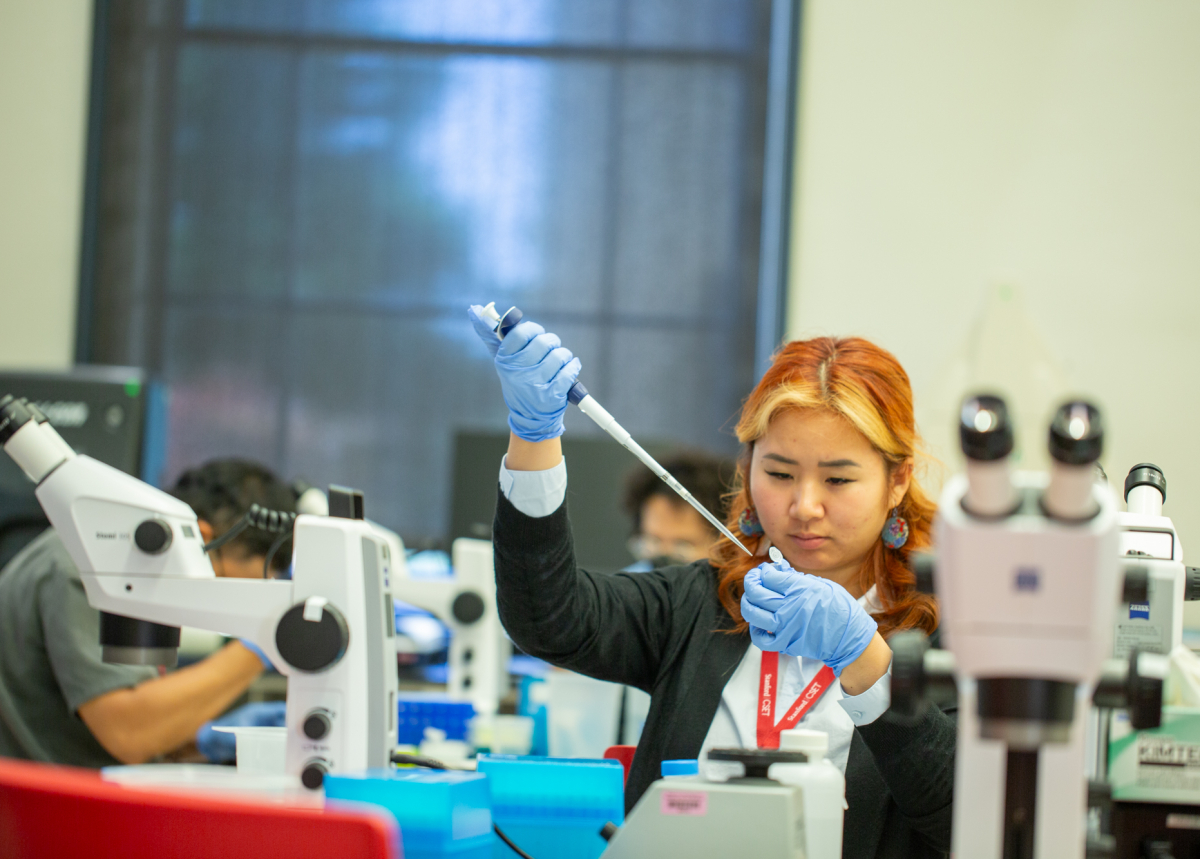
Lia Kim, MA '23, a recent graduate of the Stanford Teacher Education Program (STEP), says that INSPIRE reconnected her to her love for science, something she plans to pass on to her students. (Photo: Jennifer Ray)
Bringing teachers to the lab
For Lia Kim, MA ’23, a ninth-grade biology teacher at James Logan High School in Union City, joining INSPIRE this summer was a way for her to tap back into research.
“The ability to work with a Stanford professor to conduct research in the biological realm is what really attracted me to the program,” said Kim, who has been teaching for about a year. “My interest in science came before my desire to become a teacher, which is why INSPIRE is a dream come true.”
Although she says she’s still in “the honeymoon phase” of teaching, Kim says that INSPIRE — and the support it affords her and her cohort, which includes stipends paid throughout the program — has encouraged her to pursue teaching for the long haul.
“If this is what it feels like to be a teacher — being plugged into resources, having a support system that encourages and helps to fund our classrooms — then this is the greatest job in the world for me,” she said.

The 2024-2025 cohort of the INSPIRE program includes Aayesha Nangia, MA '22, (bottom left), an eighth-grade science teacher at Dolores Huerta Middle School; Lia Kim, MA '23 (bottom center), a ninth-grade biology teacher at James Logan High School; Jaime Vazquez, MA '22 (bottom right), a biology teacher at East Palo Alto Academy; Jesus Rojas, MA '20 (top right), a science teacher at Hillview Middle School; Jose Lopez (top center), a physics teacher at San Mateo High School; and Tess Carlson, MA '20, (top left), a science teacher at Mission Bay Hub.
Bringing the lab to the classroom
Once the summer portion of the class is complete, teachers continue to get professional support the following school year in the form of a stipend to cover some classroom supplies and a visit to their classrooms from Stanford biology researchers, who talk about their work with the students.
“The researchers who came in did a really good job of collaborating with me to make it interactive for the students and we picked topics that the students were interested in,” said Shannon Mueller, a biology teacher at Berkeley High School in Berkeley, Calif., who was part of INSPIRE’s first cohort last year. “A couple of the students afterward were asking about what it’s like to be a researcher and began considering that as part of their career path.”
Enasia McElvaine, a middle school biology and earth science teacher at Westlake Middle School in Oakland, Calif., said that the visits from researchers sparked students’ curiosity and helped them realize that what they were learning in class was relevant to real-world science applications.
“Researchers came in and spoke to the class about cancer, which was relevant as it had affected some people they knew,” said McElvaine, who was also in INSPIRE’s first cohort. “They were very receptive to the researchers coming in, and it was a great experience for them.”
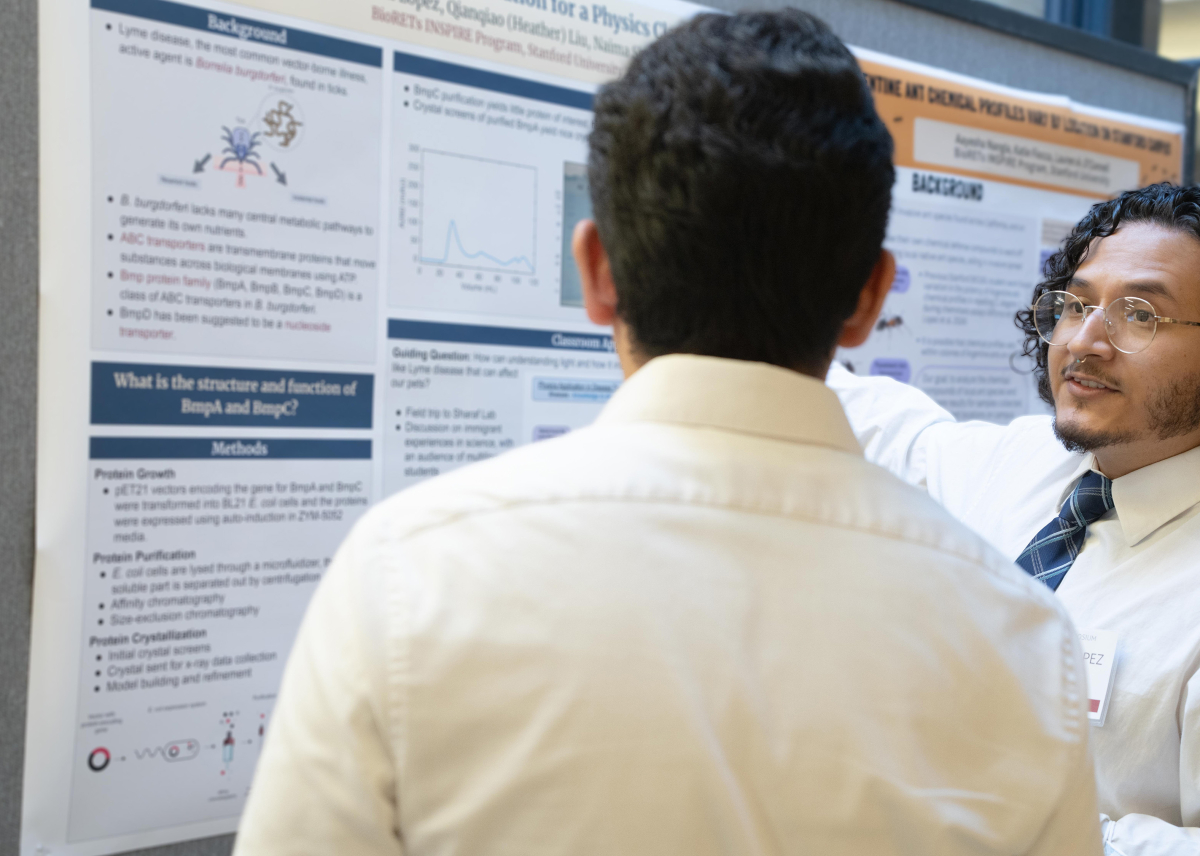
Jose Lopez (right) presents his project, which involved research on proteins in the bacteria in ticks infested with Lyme disease, at the poster presentation on Aug. 29. (Photo: Joleen Richards)
Bringing science to the broader community
The INSPIRE program’s summer activities culminate with a poster presentation at the end of August, where the cohort presents research findings along with Stanford biology students.
At the science fair–style event, students, family, friends, and community members can ask questions about the individual projects.
Mueller, whose project studied how herbivores and drought affect oak trees, says she still shares her project poster with students.
“I think programs like this are beneficial because they allow teachers to better understand applications for what they’re teaching, and it translates into something we can pass on to students,” she said.
Zulick, INSPIRE’s program coordinator, said she particularly enjoys seeing teachers build their confidence in conducting scientific research and then relate it to their teaching.
“There’s something really beautiful about seeing teachers be inspired and connected to science, to feel like scientists again,” she said. And it immediately transitions to them wanting their students to feel this way too.”
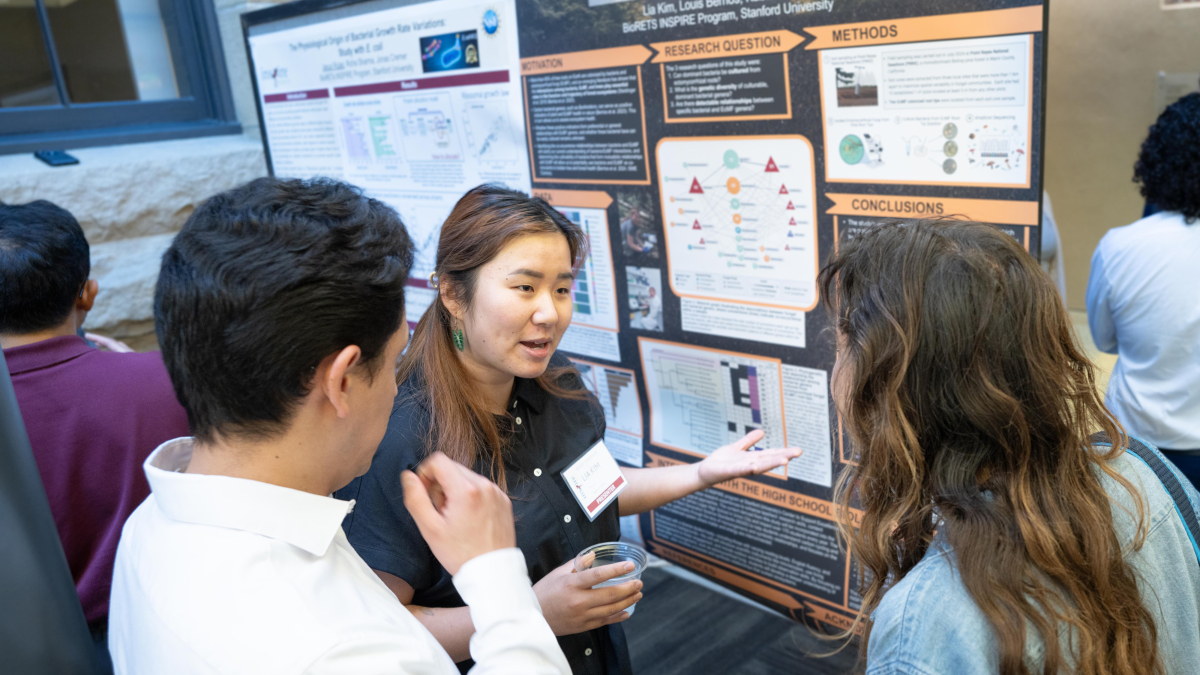
Lia Kim (center) presents her project, which involved research on fungal associations in the root structure of a specific portion of the Bishop Pine Forest, at the poster presentation on Aug. 29. (Photo: Joleen Richards)
More GSE News
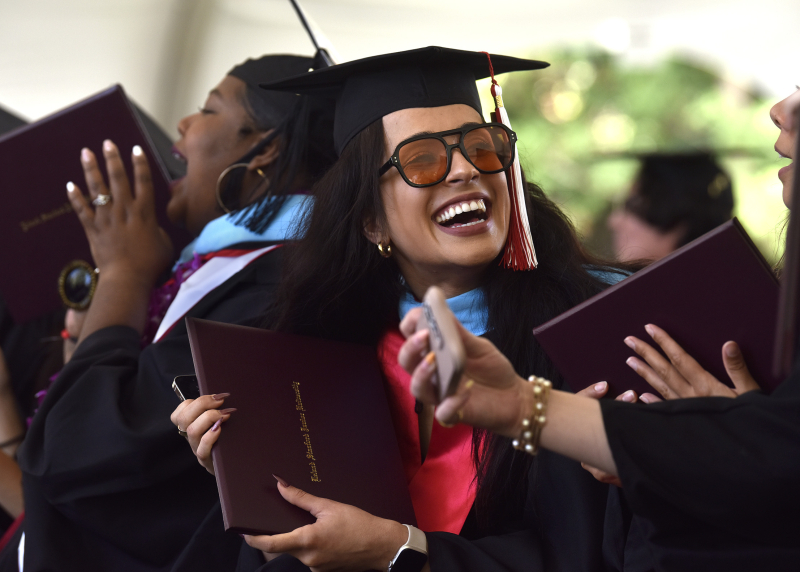
⟵ Go to all GSE News
Get the Educator
Subscribe to our monthly newsletter.
Stanford Graduate School of Education
482 Galvez Mall Stanford, CA 94305-3096 Tel: (650) 723-2109
- Contact Admissions
- GSE Leadership
- Site Feedback
- Web Accessibility
- Career Resources
- Faculty Open Positions
- Explore Courses
- Academic Calendar
- Office of the Registrar
- Cubberley Library
- StanfordWho
- StanfordYou
Improving lives through learning

- Stanford Home
- Maps & Directions
- Search Stanford
- Emergency Info
- Terms of Use
- Non-Discrimination
- Accessibility
© Stanford University , Stanford , California 94305 .
Med School Scientist Receives Prestigious NSF Award for Inflammation Research
Associate Professor Justine Tigno-Aranjuez will use a five-year grant of more than $1 million to study how influences on the production of lipid mediators to better understand impacts on inflammation.
By Eric Eraso | September 12, 2024
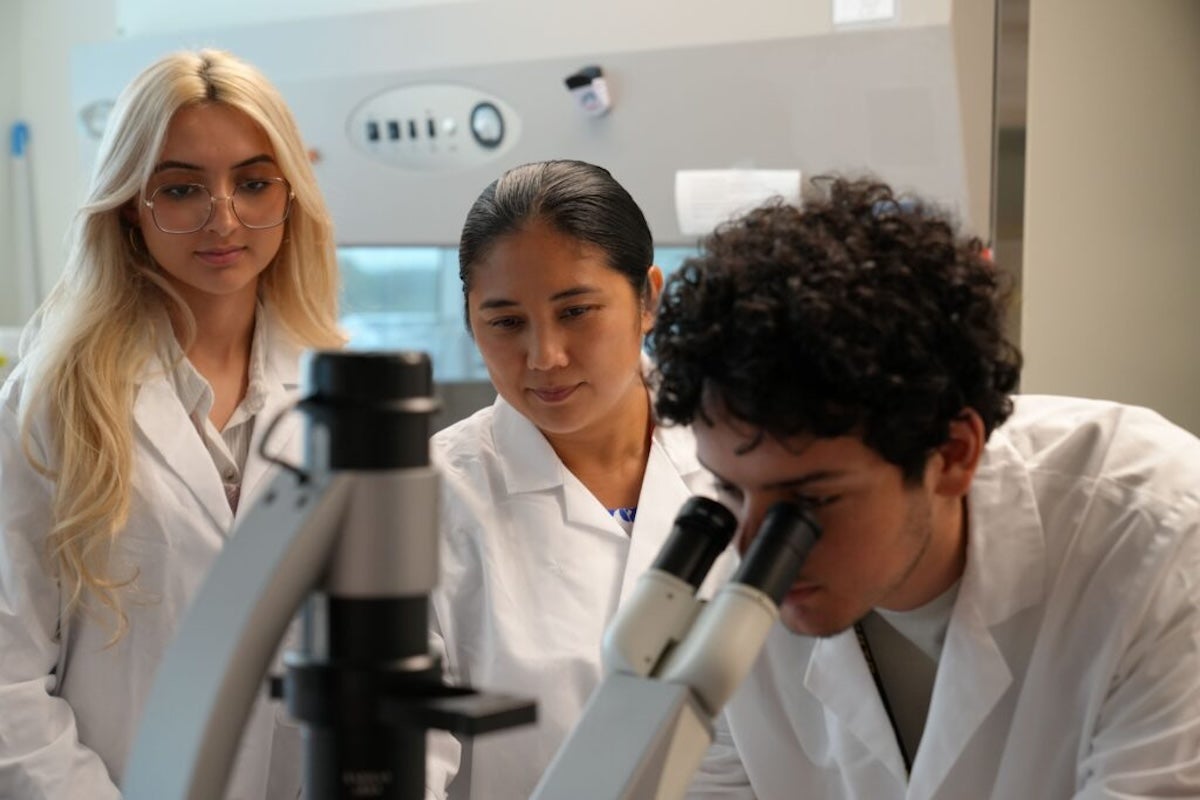
A College of Medicine researcher has received a prestigious U.S. National Science Foundation CAREER Award to support her research into the cellular causes of inflammation, discoveries that could be pivotal for treating conditions like Crohn’s disease and arthritis.
Justine Tigno-Aranjuez’s lab has been researching lipid mediators — bioactive lipids the body produces in response to stimuli such as microorganisms or microbial products. Scientists have long known that lipid mediators can influence both the initiation and resolution of inflammation. However, the exact mechanisms by which this happens are still not completely understood.
She will use her five-year grant of more than $1 million to study how a specific receptor and cellular signaling pathway, known as NOD2, influences the production of lipid mediators with the goal of better understanding its impact on inflammation.
“The NOD2 pathway has been widely studied, in part, because of its well-known genetic links with inflammatory diseases like Crohn’s Disease and Early Onset Sarcoidosis,” Tigno-Aranjuez says. “Most of the focus has been on the events which promote the production of inflammatory cytokines, another type of protein-based signaling molecule. There are very few studies looking into how exactly activation of the NOD2 pathway can lead to the production of lipid mediators. Our hope is that by understanding the molecular events important for the production of such lipid mediators, we can guide therapies in the future that either prevent inflammation or promote its resolution.”
Today, nearly 35% of US adults suffer from chronic inflammatory disease. Inflammation occurs as a part of the body’s natural immune response. When a foreign substance like a virus or bacterium enters your body, it cues production of cytokines and lipid mediators that recruit inflammatory cells to control the infection. Later, the body produces other to promote healing and the clearance of dead cells.
However, if the body incorrectly starts inflammation when no foreign object is present, or doesn’t stop the inflammatory process once the danger is over, patients can develop chronic illness.
“In the past, researchers believed that when something caused inflammation, let’s say you get poked with something or infected with a microbe, when you take that away, everything will go back to normal,” Tigno-Aranjuez says. “But what researchers have found out is there are a lot of factors that go into bringing us back to baseline, including the active production of certain classes of lipid mediators and that’s why it’s important that we understand how they are produced.”
Every year, hundreds of researchers apply for the NSF’s CAREER Award which support early-career faculty who they see as potential role models in education and research. With only about 50 given out this year, Tigno-Aranjuez says she was honored and grateful for the award.
“This was one of my long-standing pet projects. It wasn’t the original focus of the lab when I started, but it was something that I was really interested in pursuing and taking further. So, to see it now funded and recognized is really important.” she says.
This grant will also offer UCF undergraduates a sustained research experience to prepare them for future careers in the sciences and in medicine.
“The grant will support a Sustained Research Initiative, which I am hoping will open up a lot of opportunities for undergraduates to get hands-on research in a controlled setting.” she says. “Students will be working both as individuals and as a team in research labs, and, if they do really well, will have the opportunity to serve as an instructor for future students.”
Tigno-Aranjuez immigrated to the United States from the Philippines to conduct her graduate and postdoctoral training at Case Western Reserve University in Cleveland. She joined UCF in 2015 and focuses her research on innate immune signaling pathways involved in chronic inflammatory diseases.
More Topics
Pegasus magazine.

For a decade, UCF-based nonprofit Limbitless Solutions has transformed kids’ lives through bionic limbs.

The Winter cohort application deadline is November 24, 2024.
Click here to apply.

Featured Posts

12 Summer Programs for High School Students in Ohio

8 Summer Nursing Programs for High School Students in Texas
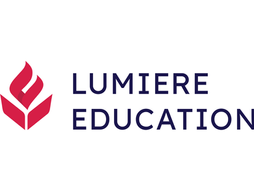
8 Summer Law Programs for High School Students in Texas

Why Networking Matters for College Applications
10 Free Summer Programs for Middle School Students
In the absence of coursework and extracurricular activities, the summer after your academic year can be a vital period for middle school students to explore career-opening options. Not only can these opportunities provide you with new experiences and knowledge, but can also supplement your CV as a middle schooler and help you prepare for university . Getting started early on research and college preparation before you enter high school can help you stand out while applying to college, or rigorous research programs for high school students.
In this blog, we have covered 10 free summer programs for middle school students.
Location : MIT Campus
Dates : August 14 - August 18, 2024 (rising 6th/7th graders) | August 21 - August 25, 2024 (rising 8th/9th graders)
Deadline : March 10, 2024
Eligibility : Rising 6th, 7th, 8th, or 9th grades
DynaMIT is an exciting, free summer program hosted by MIT aimed at stimulating interest in STEM among middle school students. Participants can expect an immersive experience that blends hands-on activities with engaging educational challenges in a collaborative environment. The program is designed to inspire curiosity and foster problem-solving skills through interactive projects and real-world applications of STEM principles.
Participants might find themselves on exploratory trips to cutting-edge labs on the MIT campus or engaging in group projects that culminate in presentations to peers and mentors. These components, along with the chance to experience life in one of the world's leading technical institutes, makes the program a wonderful opportunity, promising you a glimpse into what makes MIT’s culture truly special.
2. The Lumiere Junior Explorer Program
The Lumiere Junior Explorer Program is a program for middle school students to work one-on-one with a mentor to explore their academic interests and build a project they are passionate about . Our mentors are scholars from top research universities such as Harvard, MIT, Stanford, Yale, Duke and LSE.
The program was founded by a Harvard & Oxford PhD who met as undergraduates at Harvard. The program is rigorous and fully virtual. We offer need-based financial aid for students who qualify. You can find the application in the brochure !
To learn more, you can reach out to our Head of Growth, Khushi Malde, at [email protected] or go to our website.
Multiple rolling deadlines for JEP cohorts across the year, you can apply using this application link ! If you'd like to take a look at the cohorts + deadlines for 2024, you can refer to this page!
Financial aid is available!
3. Purdue University’s Physics Inside Out
Location : Purdue University Campus
Dates : June 25 - June 28, 2024
Deadline : May 1, 2024
Eligibility : Current students in grades 7 and 8
Purdue University's Physics Inside Out program offers an exhilarating opportunity for middle school students to delve deep into the world of physics. The program is structured to provide a hands-on, exploratory learning experience where participants engage in experiments and activities that reveal the principles of physics in everyday life. Students can expect to be challenged intellectually while enjoying the thrill of discovery and experimentation in a supportive and enriching environment.
One of the highlights of Physics Inside Out is the access participants get to Purdue’s renowned physics laboratories and research facilities. These visits allow students to see real-world physics applications and meet with university researchers and professors, providing a glimpse into the professional world of scientific inquiry. Additionally, the program includes special demonstration events and team projects that encourage collaboration and critical thinking.
4. NYU College and Career Lab (CCL)
Location : College & Career Lab
Dates : July 8 – August 2, 2024
Deadline : March 31, 2024
Eligibility : Students currently enrolled in the 7th or 8th grade at a New York City public school.
NYU College and Career Lab provides middle school students an explororation of future career paths and college life at an early age. This program is meticulously designed to offer a blend of academic enrichment, career exploration, and personal development. Participants engage in workshops and activities that cover a wide range of subjects, from arts and sciences to business and technology, facilitated by NYU’s expert faculty and staff.
A standout feature of the NYU College and Career Lab is the series of field trips to prominent New York City landmarks and institutions, which relate directly to the curriculum and offer practical insights into various professions. In addition, you'll connect with industry professionals and experience what it's like to be an immigration lawyer, physical therapist, and more. If a diverse summer experience is what you want, then CCL’s multidisciplinary approach should suit what you’re looking for.
5. Columbia University State Pre-College Enrichment Program (S-PREP)
Location : Columbia University campus
Dates : July 8, 2024, to August 2, 2024
Deadline : May 15, 2024
Eligibility :
Students enrolled in Grades 7 to 12.
A New York State Resident or a Permanent Resident residing in the state.
Economically disadvantaged*, or Black/African American, Hispanic/Latino, Alaskan Native or American Indian; and will benefit from academic enrichment.
Columbia University's State Pre-College Enrichment Program is an intensive academic enhancement program designed for students from underrepresented backgrounds who are interested in pursuing careers in medicine or related STEM fields. Their BRAINYAC program (Brain Research Apprenticeships In New York At Columbia) provides students an interest in biomedical and specifically neuroscience research with mentored research experience in a CUIMC neuroscience lab during the summer. Participants can expect a rigorous curriculum that includes science coursework, lab sessions, and workshops on college readiness and career exploration. The program aims to build foundational skills, enhance academic credentials, and provide insights into the medical and STEM professions through a structured series of classes and activities.
Notably, S-PREP includes several in-person components that enrich the learning experience, such as tours of Columbia’s medical facilities and research labs where students can observe real-world applications of their studies. Participants also have the opportunity to interact with Columbia University faculty, medical students, and professionals during special guest lectures and panel discussions.
6. Harvard University Summer Explorations
Location : Harvard Ed Portal
Dates : TBA
Deadline : TBA
Eligibility : Current 6th to 8th grade Harvard Ed Portal member (or Ed Portal eligible) who meets the age/grade requirements.
Harvard University Summer Explorations offers middle school students a way to dive into a variety of academic disciplines through interactive learning experiences directly on Harvard's campus. This program is designed to foster intellectual curiosity and academic growth by exposing students to a range of subjects including science, humanities, and the arts, all taught by Harvard-affiliated instructors. Admitted students will engage in stimulating coursework that encourages critical thinking and creative problem-solving, setting a foundation for future academic pursuits.
Students will have the opportunity to visit Harvard's extensive network of museums and libraries, gaining access to rare collections and research materials. Additionally, the program often includes guided tours of historical Boston, offering students a rich cultural experience alongside their academic activities. This is a perfect chance for students who are eager to learn more about Harvard’s culture of intellectual curiosity and engagement!
7. NYU Sounds of New York City (SONYC)
Location : NYU Campus
Dates : July 8 - August 4, 2024
Deadline : April 14, 2024
Eligibility : Eligible applicants will be students who live in New York City and are currently age 12 by the start of the program but not older than 14 on the day program begins.
NYU Sounds of New York City (SONYC) is an amazing program for middle schoolers to engate with the urban soundscape of New York City through the lens of science and technology. Participants will explore how sound impacts urban environments and learn to use cutting-edge technology to collect and analyze audio data.
SONYC includes field trips around New York City that are integral to its curriculum, providing real-world contexts for the concepts learned in the classroom. Luckily for those who value hands-on experience, students will participate in sound walks and site visits to various neighborhoods to record sounds that define the city’s auditory landscape. These activities not only enhance their technical skills in sound analysis but also foster a deeper appreciation for the environmental and social workings of urban life. This combination of technology, environmental science, and urban studies is a rare opportunity for many middle school students, who may choose to further study this area in their high school and college curriculum.
8. CMU Summer Engineering Experience (SEE)
Location : Carnegie Mellon University Campus
Dates : June 24 - June 28, 2024
Deadline : April 10, 2024
Eligibility : Rising 8th and 9th graders who are able to commit to attending the program from 9 AM - 3 PM.
Carnegie Mellon University's Summer Engineering Experience (SEE) provides a dynamic platform for middle school students to pursue engineering through immersive, hands-on projects. The program is designed to give participants a comprehensive introduction to the various engineering disciplines, including mechanical, electrical, and computer engineering, facilitated by CMU’s distinguished faculty. Students can expect to engage in exercises that simulate real-world engineering problems, fostering both their analytical and creative skills.
What makes SEE particularly interesting is its tours of cutting-edge research facilities and labs on the CMU campus, where students can see innovative engineering projects in action. These tours are complemented by guest lectures and workshops led by industry experts and faculty, providing students with insights into potential career paths in engineering. The opportunity to interact with professionals at the forefront of technological advancement, coupled with access to state-of-the-art facilities, makes SEE a compelling choice for aspiring engineers.
9. North Carolina State University Step Up to STEM
Location : North Carolina State University Campus
Dates : July 7-12, 2024 (ECSU) | July 14-19, 2024 (NCSSM-Durham)
Deadline : February 8, 2024
Eligibility : Current eighth grade students who are residents of North Carolina.
North Carolina State University's Step Up to STEM is an innovative summer program designed specifically for underrepresented minority students entering ninth grade, aiming to spark interest in the fields of STEM. Participants will be immersed in a curriculum that combines interactive STEM workshops, hands-on experiments, and collaborative projects, all facilitated by NC State's esteemed faculty and student mentors.
For rising ninth graders, they will be engaged in an interdisciplinary science, mathematics, and biomedical engineering curriculum supported by a writing component. The program will also dive into biological systems and associated cellular processes. Enrichment activities outside of class time further develop students’ social and academic learning through on- and off- campus events and field trips. Past activities have included planetarium shows, hip hop writing workshops, attending baseball games, visits to labs, board game nights, sports, STEM career panels, ice cream socials, and tours of university campuses.
10. Women's Alliance in STEM and Humanities Summer Research Institute
Location : Virtual / In-person TBD
Dates : Once a week for six weeks, ranging from the end of June to the first week of August.
Deadline : June 30, 2024
Eligibility : Students identifying as female in grades 6-12.
The Summer Research Institute at Women's Alliance in STEM and Humanities is a remarkable program designed to encourage high school girls to explore their interests in science, technology, engineering, arts, and humanities. Participants engage in an intensive research experience where they work alongside university faculty and graduate students on ongoing projects, gaining hands-on experience and insights into academic research.
This summer, the WASH SRI is offering three possible tracks to student researchers: microbiology & epidemiology, finance & cs, and quantum physics. Middle school students may have trouble finding such specific research opportunities elsewhere! During the program, students can expect once a week workshops ranging from 2-3 hours, covering everything from the fundamentals to the latest applications of each technology. At the end, mentors will grade each research project, and assist students with possible publication/continuation options.
11. Stanford Middle School Scholars Program (SMSSP)
Location : Virtual
Dates : July 8 - 26, 2024
Deadline : March 29, 2024
Eligibility : Low-income students in grades 6 or 7 who reside in and attend school in the United States.
The Stanford Middle School Scholars Program offers an educational experience designed to engage and challenge advanced middle school students. Through this program, participants dive deep into intellectually stimulating courses that cover a broad range of subjects, from “Democracy & Dissent” and “U.S. Social Movements through Graphic Novel” to “Real-Life Applications to Mathematics”. The courses are taught by Stanford-affiliated instructors who are committed to fostering a collaborative and enriching learning environment.
A particularly motivating aspect of SMSSP is the program’s emphasis on building a supportive community among young scholars. Students have the opportunity to connect with like-minded peers from diverse backgrounds, fostering friendships and collaborative networks that can last after summer ends. For students looking for a chance to challenge themselves academically, signing up for SMSSP may be the right fit for you.
Our Thoughts
As you can see, there is a rich variety of academic and personal growth opportunities for middle school students in the summer. Each program is uniquely designed to not only enhance the educational experience through rigorous coursework and hands-on learning but also to cultivate a deeper understanding and appreciation of different academic fields. They not only foster critical thinking skills but also empower you by making you consider real-world applications and potential career paths, thus broadening your horizons as you venture into high school and beyond.
Lydia is currently a junior at Harvard University, studying Molecular and Cellular Biology and Economics. In high school, she was the captain of her high school’s Academic Decathlon team and attended the Governor's School of Engineering and Technology. She aims to become a life sciences consultant after graduation.
Image Source: Purdue University logo
- pre-college program
- middle school students
Bridging Research and Practice: Translational Research in Professional Development with the Professional Learning and Leading Collaborative

In the rapidly evolving world of education, bridging the gap between research and practice is essential for fostering meaningful and lasting improvements in teaching and learning. The Professional Learning and Leading Collaborative (PLLC) at the William and Ida Friday Institute for Educational Innovation, part of the NC State University College of Education, exemplifies this approach through translational research, turning theoretical insights into practical, actionable strategies for educators. At the core of PLLC’s work are four guiding principles: Transformative Expertise, Tailored Professional Development, Future Readiness and a Proven Record of Success. These principles are not just theoretical concepts—they are deeply rooted in research-based practices that have been shown to drive significant change in education.
Transformative Expertise: Applying Knowledge in Real-World Contexts
The effectiveness of professional development (PD) is significantly enhanced when led by knowledgeable and experienced coaches. Our expert coaches are more than just educators—they are seasoned professionals who bring a wealth of experience and knowledge to the table. With a deep understanding of the dynamic landscape of education, our team ensures that the guidance we provide is not only grounded in theory but also proven in real-world applications.
For example, in one North Carolina school district, PLLC experts worked directly with instructional technology facilitators to implement data-driven decision-making in classrooms. By using real-time student data, these educators were able to adjust instruction on the fly, enhancing engagement and improving learning outcomes. This demonstrates the principle of transformative expertise, as we not only bring research-based methods but support the application of them in real-world teaching environments, making the impact tangible for educators.
Tailored Professional Development: Customizing Learning for Impact
Effective PD centers on teaching strategies associated with particular curriculum areas , allowing educators to engage in learning that is directly applicable to their classrooms. The PLLC understands that each educator’s journey is unique, and so are their professional development needs. We specialize in creating customized learning experiences that align with the specific goals and challenges of the educators and institutions we work with. Whether the goal is to enhance classroom engagement or refine leadership skills, PLLC’s tailored professional development ensures that every educator receives the personalized support necessary to succeed.
The PLLC customizes professional development to meet the specific needs of different schools and districts. For example, in rural North Carolina schools, PLLC has provided professional development focused on integrating digital tools into traditional instruction, tailored specifically to the limited resources and infrastructure of these communities. Educators were able to explore tools and methods that were directly applicable to their unique challenges, ensuring that the professional development was immediately relevant and effective in their context. This customization of learning experiences highlights PLLC’s commitment to tailoring professional development for maximum impact.
Future Ready: Leading Educational Innovation
Research underscores the importance of sustained and innovative professional development, with effective PD providing sufficient time for educators to learn, practice, implement and reflect on new strategies. PLLC is committed to ensuring that our professional development offerings are not only relevant but also forward-thinking. Our team stays up-to-date with the latest strategies and methodologies, integrating them into our PD programs to prepare educators for future challenges. By maintaining a future-ready focus, PLLC ensures that educators are equipped to meet the demands of tomorrow’s classrooms. As part of its commitment to future readiness, PLLC collaborated with districts across North Carolina to integrate innovative STEM programs, such as coding and robotics, into K-12 curricula. In one pilot program, PLLC worked with educators to develop a robotics curriculum that not only aligned with state standards but also encouraged critical thinking and problem-solving skills in students. By introducing educators to cutting-edge instructional strategies and preparing them to implement emerging technologies in the classroom, PLLC ensures that both teachers and students are equipped for the demands of a rapidly evolving educational landscape.
Proven Record: Demonstrating Impact Across Education
Collaboration, active learning and regular feedback are crucial to build capacity . The PLLC’s success is evidenced by the transformative results achieved in schools and districts across North Carolina and beyond. Our commitment to research-based practices and customized support has led to significant improvements in teaching and learning. By creating opportunities for educators to share ideas, engage in authentic learning experiences and receive ongoing feedback, PLLC fosters a culture of continuous improvement that leads to lasting change in education.
For example, in one school district, following PLLC’s professional development program, there was a significant increase in student engagement and achievement in mathematics. Teachers reported higher confidence in using differentiated instruction techniques, and test scores showed a marked improvement over the course of the school year. This evidence of impact, backed by data and feedback from educators, demonstrates PLLC’s ability to foster sustained improvement through its research-based, collaborative approach to professional learning.
Supporting Research-Based Professional Development
Research consistently highlights the key features of effective professional development, including a focus on content, active learning, collaboration, models of effective practice, coaching, feedback and sustained duration. The PLLC at the Friday Institute embodies these elements, integrating them into every aspect of our work, ensuring that our professional development offerings are not only grounded in research but also tailored to meet the unique needs of educators. By bridging the gap between research and practice, PLLC empowers educators to achieve real-world success and contribute to the ongoing evolution of education.
We are committed to translating research into practice, empowering educators at every level to succeed in an ever-changing educational landscape. By focusing on transformative expertise, tailored professional development, future readiness and a proven record of success, PLLC is shaping the future of education one educator at a time.
If you’re looking to enhance educator success through tailored, research-based professional development, the PLLC is here to help. Reach out to the Professional Learning and Leading Collaborative to learn how we can support your organization’s journey toward impactful, future-ready education solutions.

- Professional Learning
- professional development
- professional learning
More From William & Ida Friday Institute for Educational Innovation

It’s Summer—Do Teachers Really Take a Break?
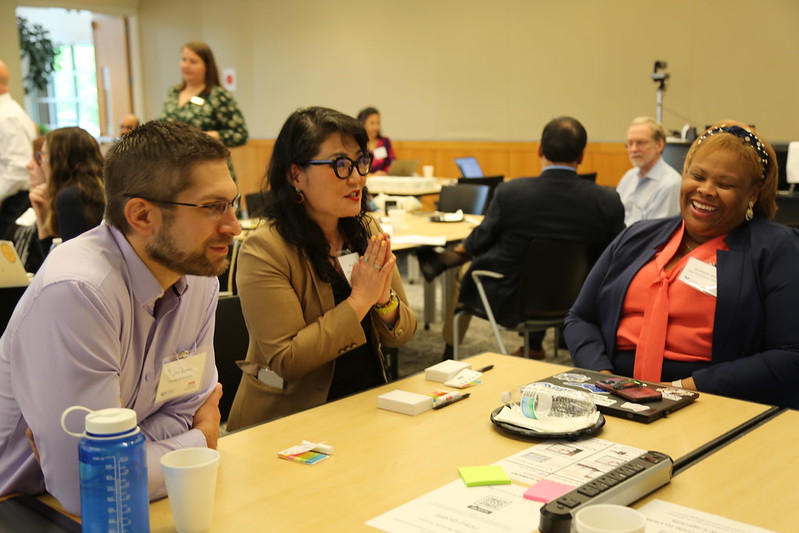
Educators and Researchers Working Together to Shape the Future of AI

Engaging Students in Middle School: The Promise and Challenge of Project-Based Inquiry

IMAGES
VIDEO
COMMENTS
Our middle school projects are written and tested by scientists and are specifically created for use by students in the middle school grades. Students can choose to follow the science experiment as written or put their own spin on the project. For a personalized list of science projects, middle schoolers can use the Science Buddies Topic ...
Check out these awesome STEM projects that are perfect for middle school to cultivate the next generation of scientific, technological, engineering, and mathematical innovators! 1. Scaling Up Candy Wrappers. Teach your kids about increasing the scale of an image by using grids. This activity works well with candy wrappers or cartoon characters ...
Middle school is the perfect time to start exploring the fascinating world of research, especially if you're passionate about STEM and the humanities. Engaging in research projects now not only feeds your curiosity but also develops critical thinking, problem-solving skills, and a love for learning.
2. Design a Bridge. This is a classic to add to your middle school STEM activities. It's a fun way of using simple machines and various materials, students design bridges that can hold 100 pennies for 30 seconds without collapsing, teaching them fundamental principles of physics.
Here are a few engineering-related STEM projects for middle school kids that are both fun and educational. Popsicle Stick Bridges: Provide popsicle sticks and glue. Instruct students to design and build bridges using the sticks, aiming to make them sturdy enough to hold weight. Hydraulic Lifts: Provide syringes, plastic tubes, and water.
Learn more: Solar Oven. 5. Build a Helping Hand. In this captivating middle school science experiment, students will have the opportunity to construct their very own "Helping Hand" device. Learn more: Science Buddies. 6. DIY Lung Model. Make a Lung Model - STEM activity. Watch on.
Through research and observation, students develop an appreciation for the vastness of the universe and the methods astronomers use to navigate and understand the night sky. Moreover, it is one of the best STEM project ideas for middle school. 14. Wind Turbine Efficiency Optimization.
Middle School Research Projects Middle School Students Will Love. Here is a list of 30 great research projects for middle schoolers, along with cool examples of each one. It also goes through planning strategies and other so-called soft skills that your middle school-aged students will need in order to complete such projects.
Our middle school projects are written and tested by scientists and are specifically created for use by students in the middle school grades. Students can choose to follow the science experiment as written or put their own spin on the project. For a personalized list of science projects, middle schoolers can use the Science Buddies Topic ...
35 Fun Stem Projects for Middle School. December 13, 2023 by Sohaib Hasan Shah. Stem projects for middle school are a fantastic way to engage students in hands-on, interdisciplinary learning experiences that promote critical thinking, problem-solving, and creativity. Whether it's building a working model, conducting experiments, or designing ...
Follow the Flow: 2017 Engineering Challenge. Harvest Water from Fog Science Project. Uncover the inner workings of reactions, mixtures, and chemical phenomena through exciting experiments. Discover the perfect middle school science experiment in this huge collection of age-appropriate science investigations.
Encouraging middle school students to undertake research projects requires a strategic approach to ensure sustained interest and meaningful outcomes. Here are some methods educators can employ: Mentorship and Support: Pairing students with teacher mentors who can guide them through the research process, provide feedback, and encourage critical ...
It also includes ideas for learning about staying organised throughout the research process. Notes about the 50 research activities: These ideas can be adapted for different age groups from middle primary/elementary to senior high school. Many of these ideas can be repeated throughout the year.
Scientific Method Experiment 2: Paper Towel Test Absorbancy. This is just like the strength test, but it focuses on the paper towels ability to absorb a spill. The steps are the same as the other test. You could have half the class doing one test and the other half of the class doing the other test.
Here are 10 ideas to make teaching research skills manageable and successful: 1. Make sure students start out with more than one topic option. What I mean is, it helps for each student to have "back up" topics ready to go in case the first choice isn't panning out. For example, I've had students who chose a topic they were very ...
Math Passion Projects. 1. Researching and presenting on the history and development of a specific branch of mathematics. 2. Investigating the mathematics behind cryptography and creating their own coded messages. 3. Creating a mathematical art project using geometric shapes and patterns.
1. Lumiere Junior Explorer Program. The Lumiere Junior Explorer Program is an 8-week program for middle school students to work one-on-one with a mentor to explore their academic interests and build a project they are passionate about. Our mentors are scholars from top research universities such as Harvard, MIT, Stanford, Yale, Duke and LSE.
The real game of a researcher involves digging up artifacts, observing them closely, and, as a result, arriving at new ideas and questions about the topic. Most middle schools expect students to practice gathering information about a topic on their own and organizing ideas into paragraphs. These skills lie at the heart of most research projects ...
Wixie provides a canvas for students to set goals, explore emotions, and express themselves through art and music. 41. Set SMART goals. The simple act of writing down your goals makes you more likely to achieve them, so have students take some time to set personal goals to accomplish this school or calendar year.
In conclusion, research projects provide middle school students with an opportunity to explore various subjects in depth, develop their critical thinking skills, and gain a better understanding of the world around them. STEM, social sciences, humanities, and interdisciplinary research topics offer a broad range of options for students to choose ...
This will create fun research topics for 6th graders, learning about life and how relationships work. Literature: This is the best time to learn about books and works of art. The literature will provide many topics to research for middle school students. There are many more aspects that middle school students can research and write papers on.
2. Lumiere Junior Explorer Program. The Lumiere Junior Explorer Program is an 8-week program for middle school students to work one-on-one with a mentor to explore their academic interests and build a project they are passionate about. Our mentors are scholars from top research universities such as Harvard, MIT, Stanford, Yale, Duke and LSE.
NASA's Glenn Research Center in Ohio is hosting a virtual University Day event designed to inspire high school, graduate, and undergraduate students. Attendees will learn how to apply for a NASA internship, take part in a live virtual workshop, and participate in a Q&A panel with NASA interns and Glenn experts. Registration Deadline: Sept. 20
In the fall semester of the 2022-2023 academic year, this STEM activity based on the engineering design process was planned for Friction force and water resistance in the 5th-grade middle school ...
To register your classroom or school for Teach to Remember 9/11. Registration will include the following LIVE features: Welcome and Introduction 9:35 AM; Moment of Remembrance 9:45 AM - 10:30 AM; Q&A with Rangers 1:00 PM - 1:30 PM & 3:00 PM - 3:30 PM; In addition, you will have access to several videos to aid in your 9/11 and Flight 93 curriculum.
EDGEWOOD, Md. (WBFF) — Project Baltimore is learning new information about how an MS-13 gang member, and murder suspect, was able to enroll and attend a Maryland public school. The mother of the ...
The 2024-2025 cohort of the INSPIRE program includes Aayesha Nangia (bottom left), an eighth-grade science teacher at Dolores Huerta Middle School; Lia Kim (bottom center), a ninth-grade biology teacher at James Logan High School; Jaime Vazquez (bottom right), a biology teacher at East Palo Alto Academy; Jesus Rojas (top right), a science teacher at Hillview Middle School; Jose Lopez (top ...
Every year, hundreds of researchers apply for the NSF's CAREER Award which support early-career faculty who they see as potential role models in education and research. With only about 50 given out this year, Tigno-Aranjuez says she was honored and grateful for the award. "This was one of my long-standing pet projects.
Location: MIT Campus. Dates: August 14 - August 18, 2024 (rising 6th/7th graders) | August 21 - August 25, 2024 (rising 8th/9th graders) Deadline: March 10, 2024. Eligibility: Rising 6th, 7th, 8th, or 9th grades. DynaMIT is an exciting, free summer program hosted by MIT aimed at stimulating interest in STEM among middle school students.
For example, in one North Carolina school district, PLLC experts worked directly with instructional technology facilitators to implement data-driven decision-making in classrooms. ... Supporting Research-Based Professional Development. ... Engaging Students in Middle School: The Promise and Challenge of Project-Based Inquiry . Friday Institute ...